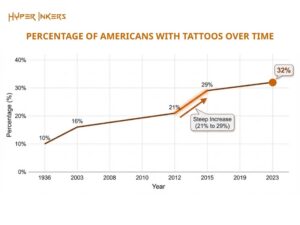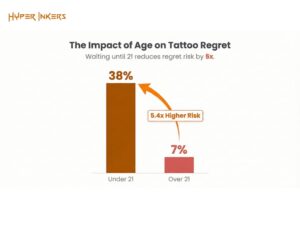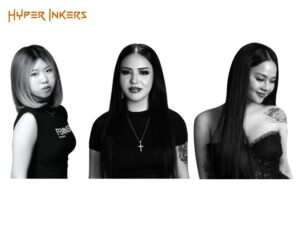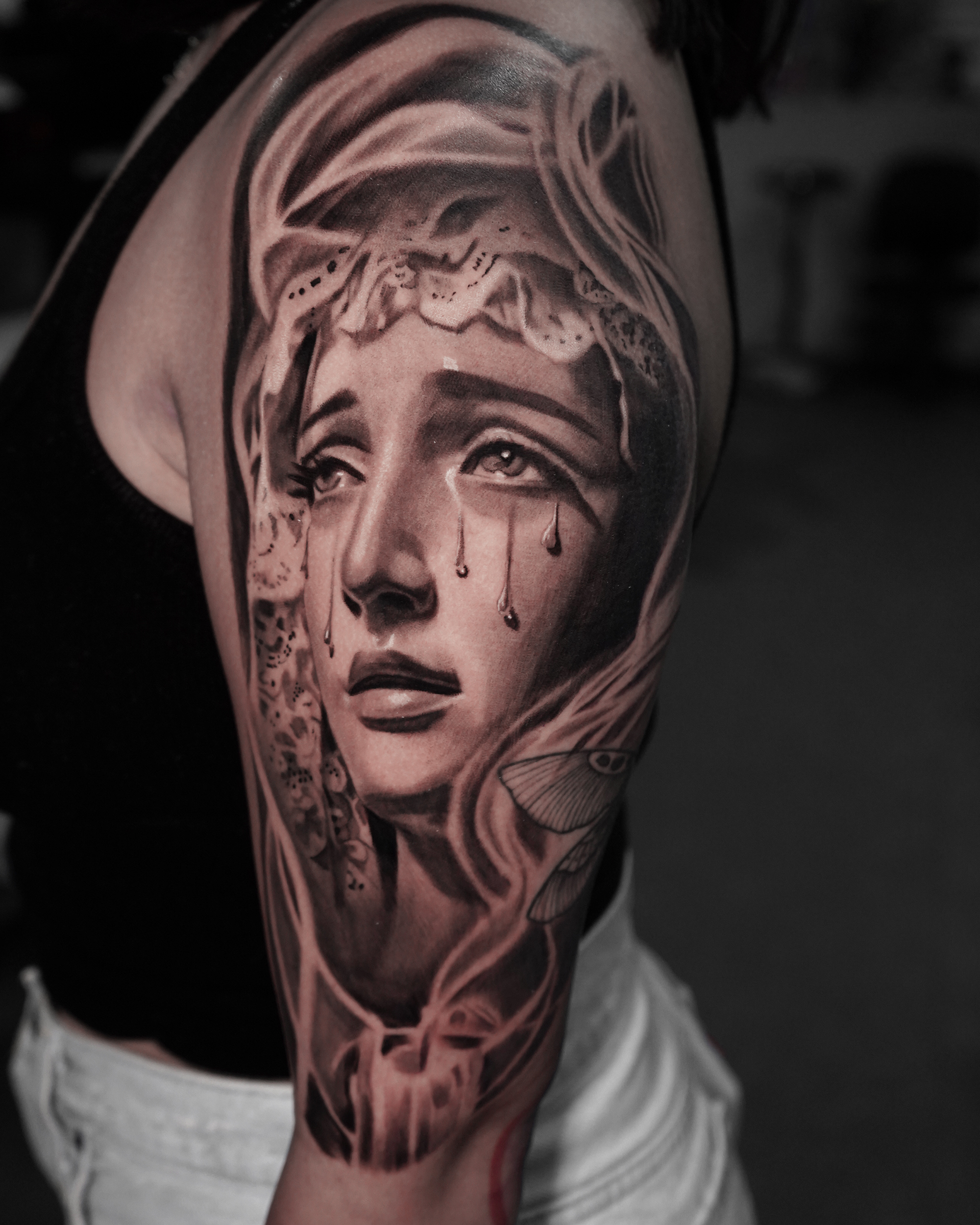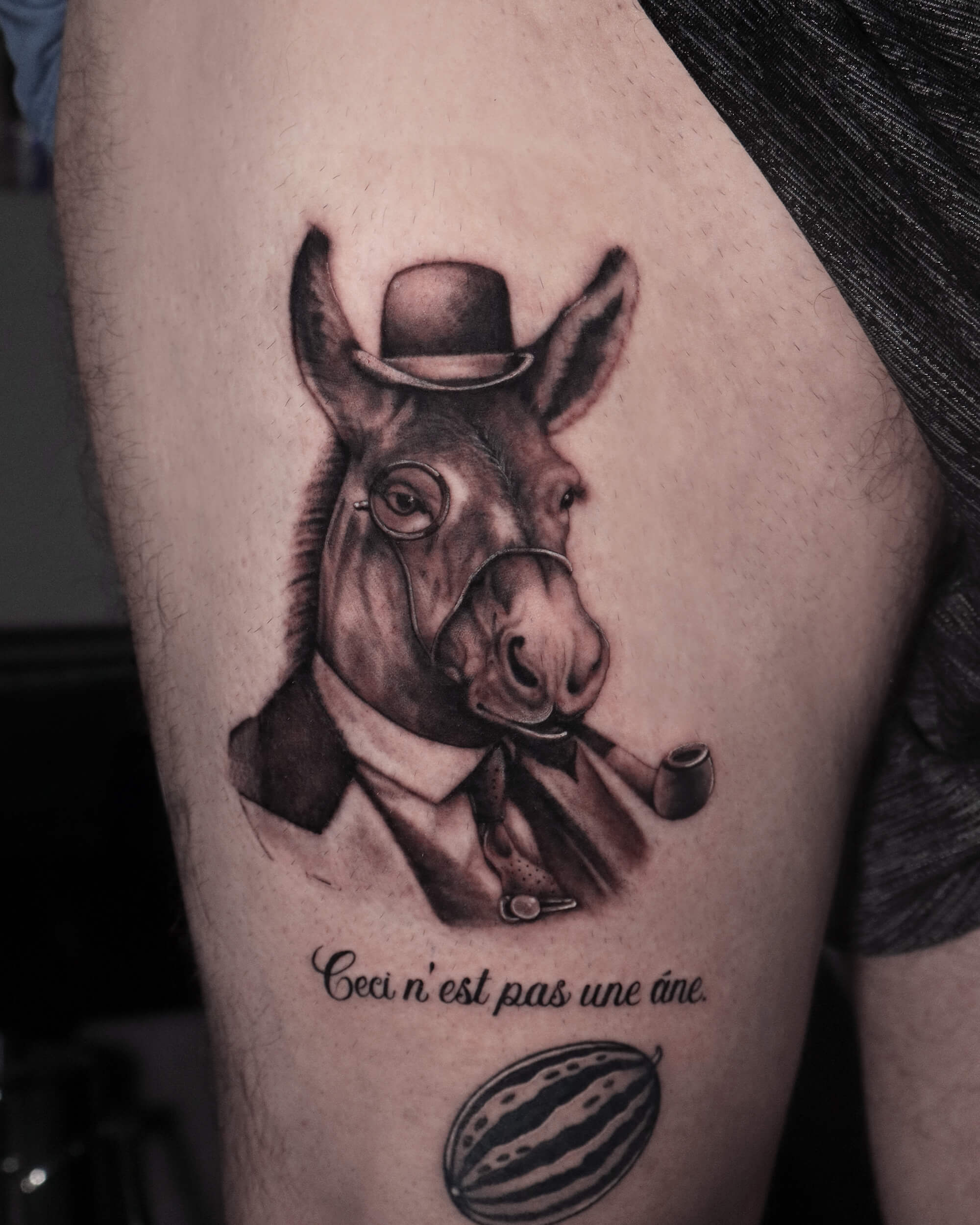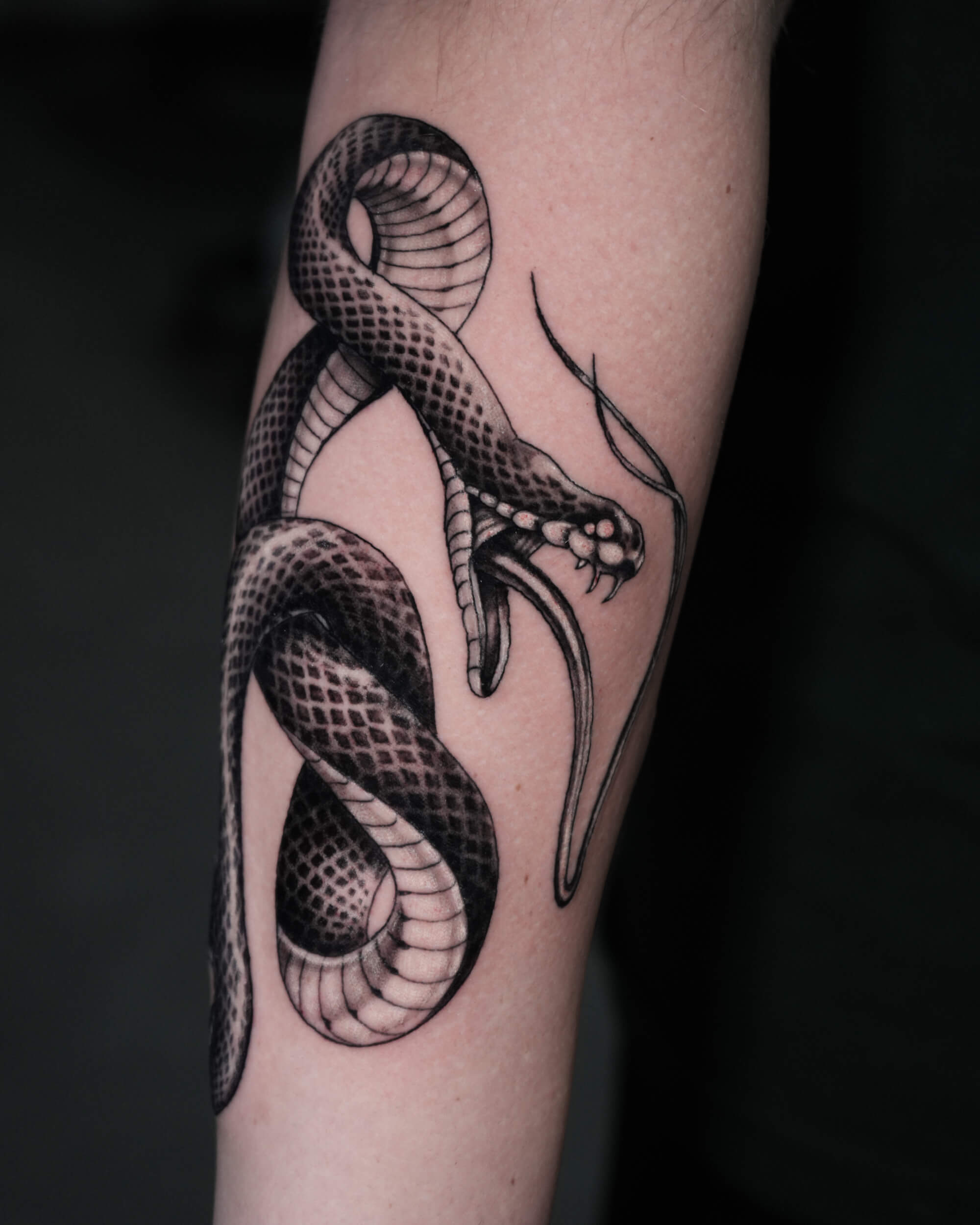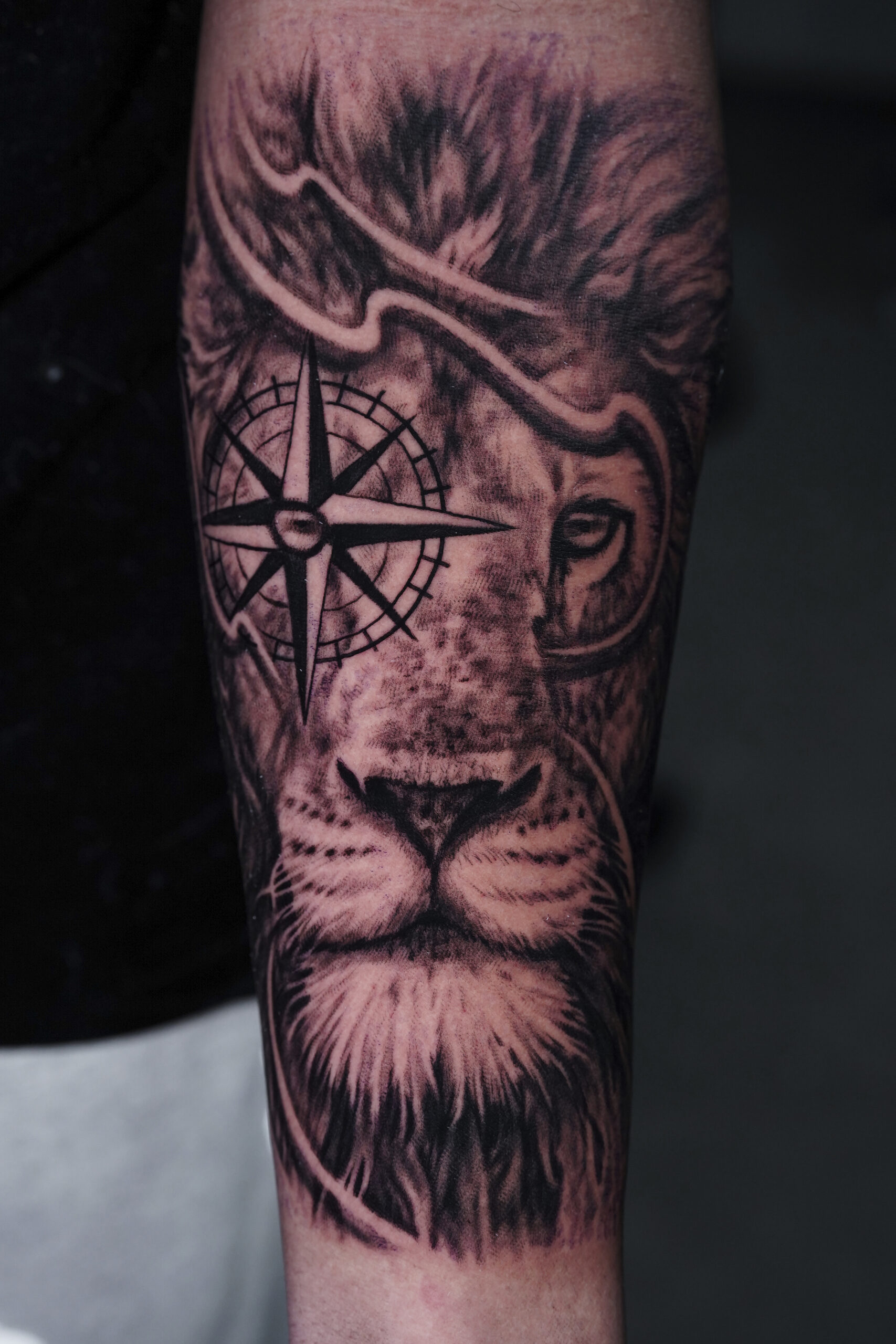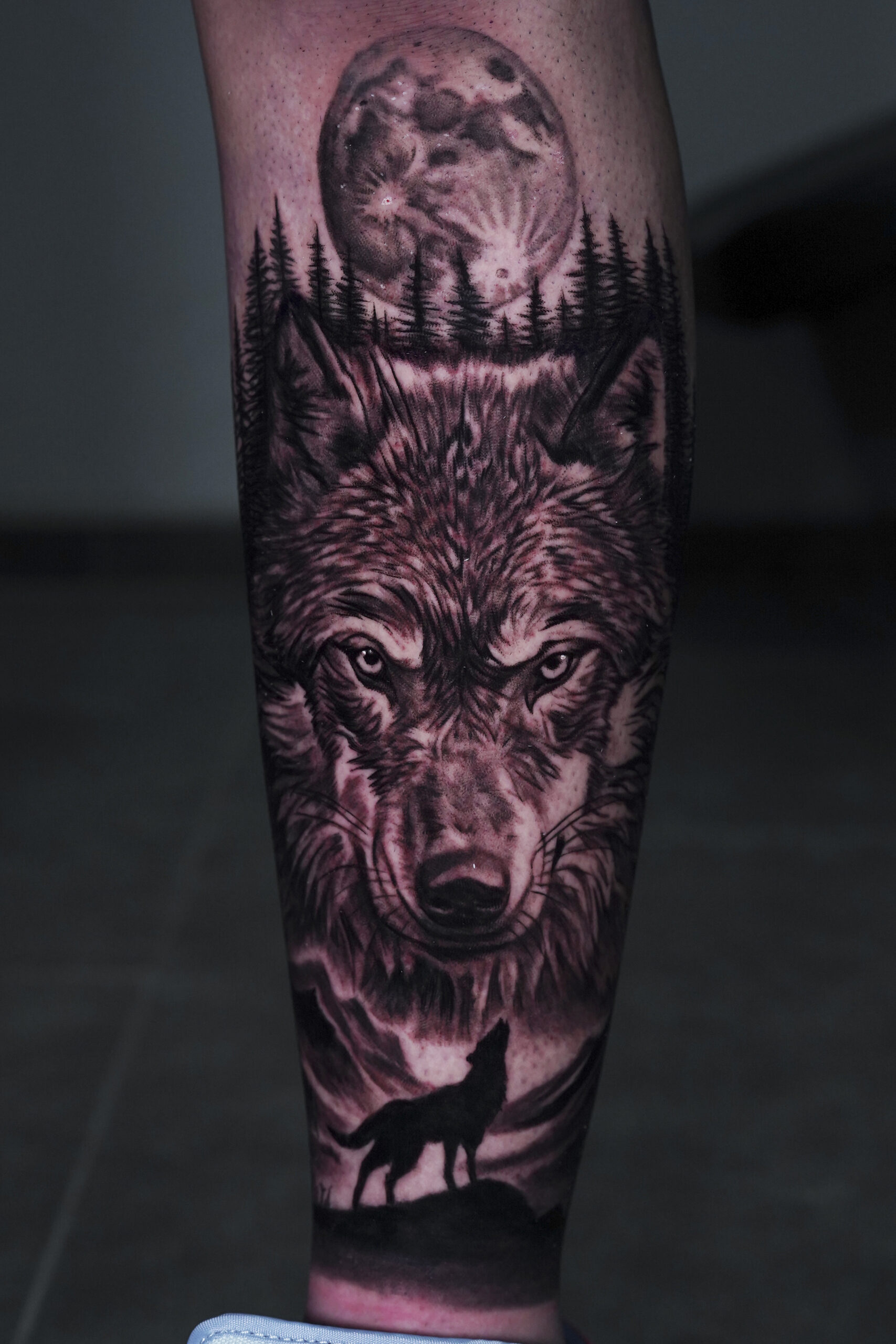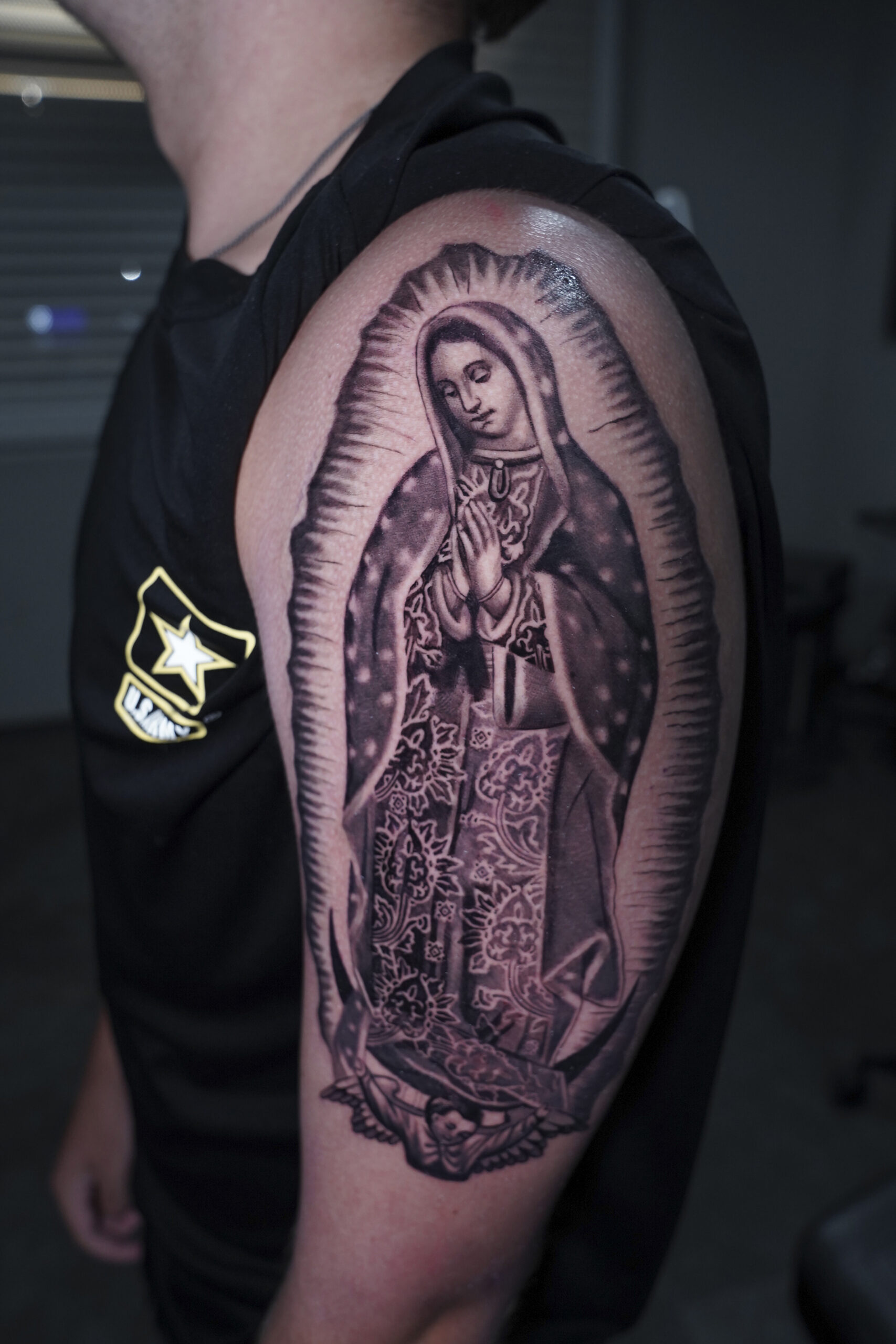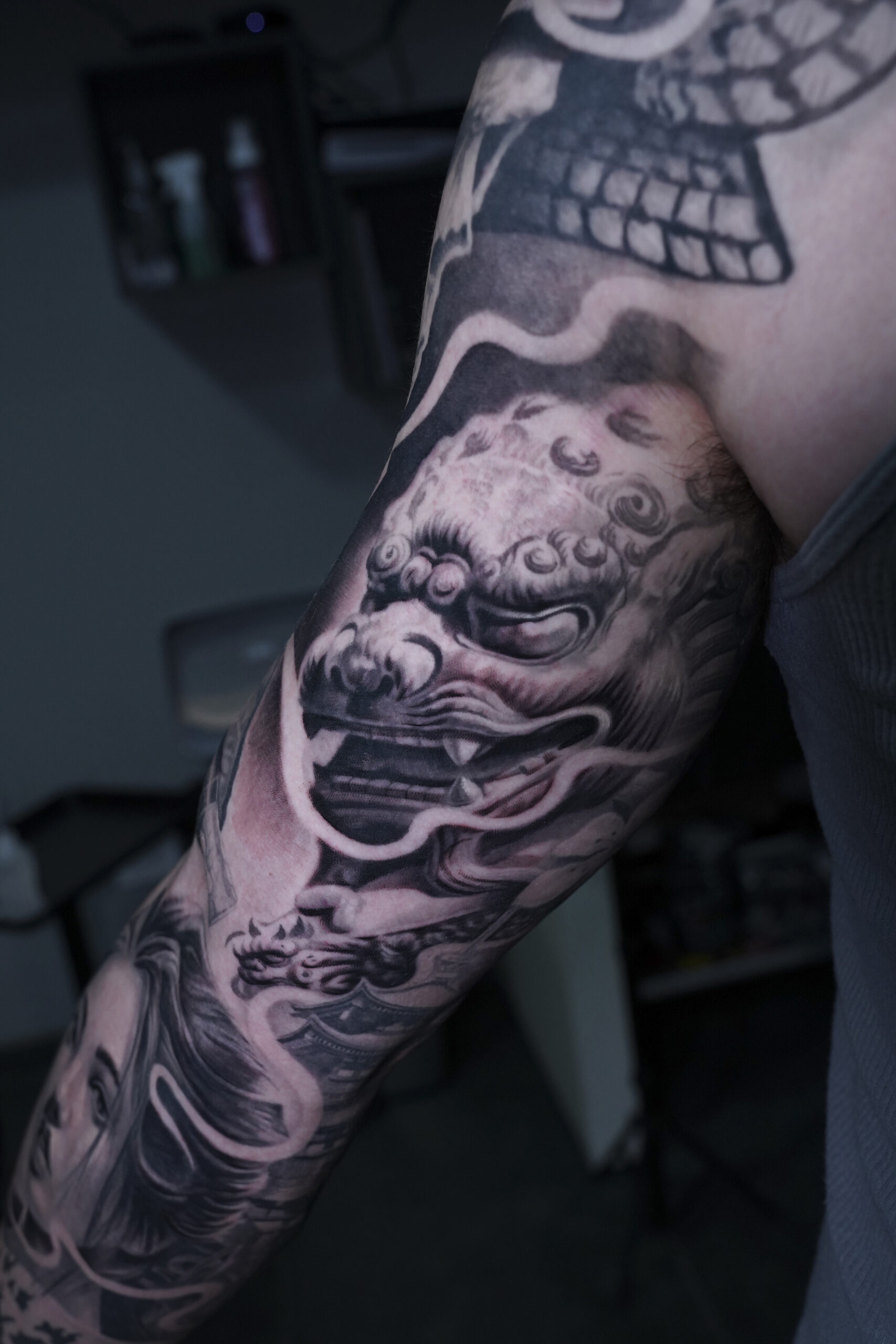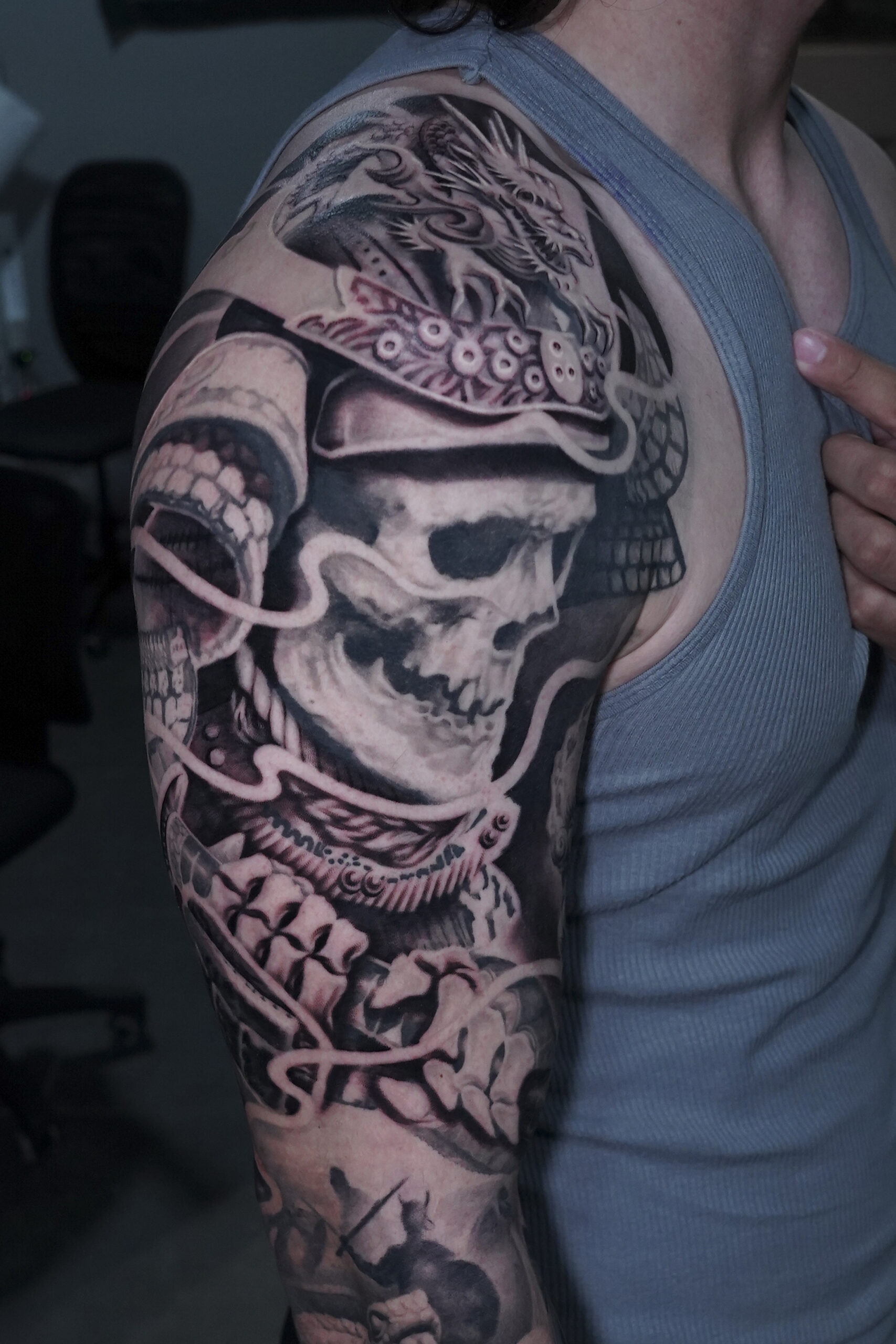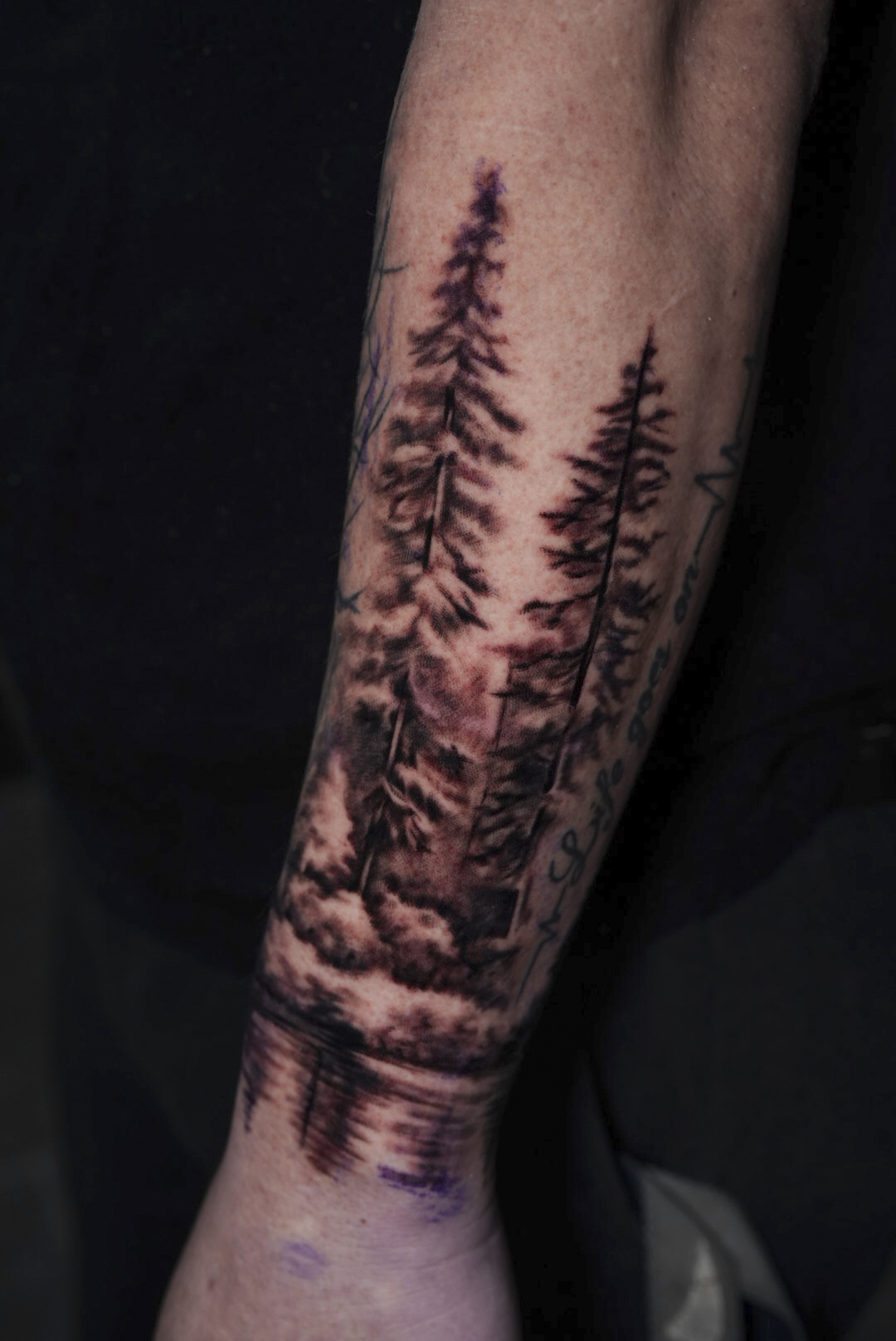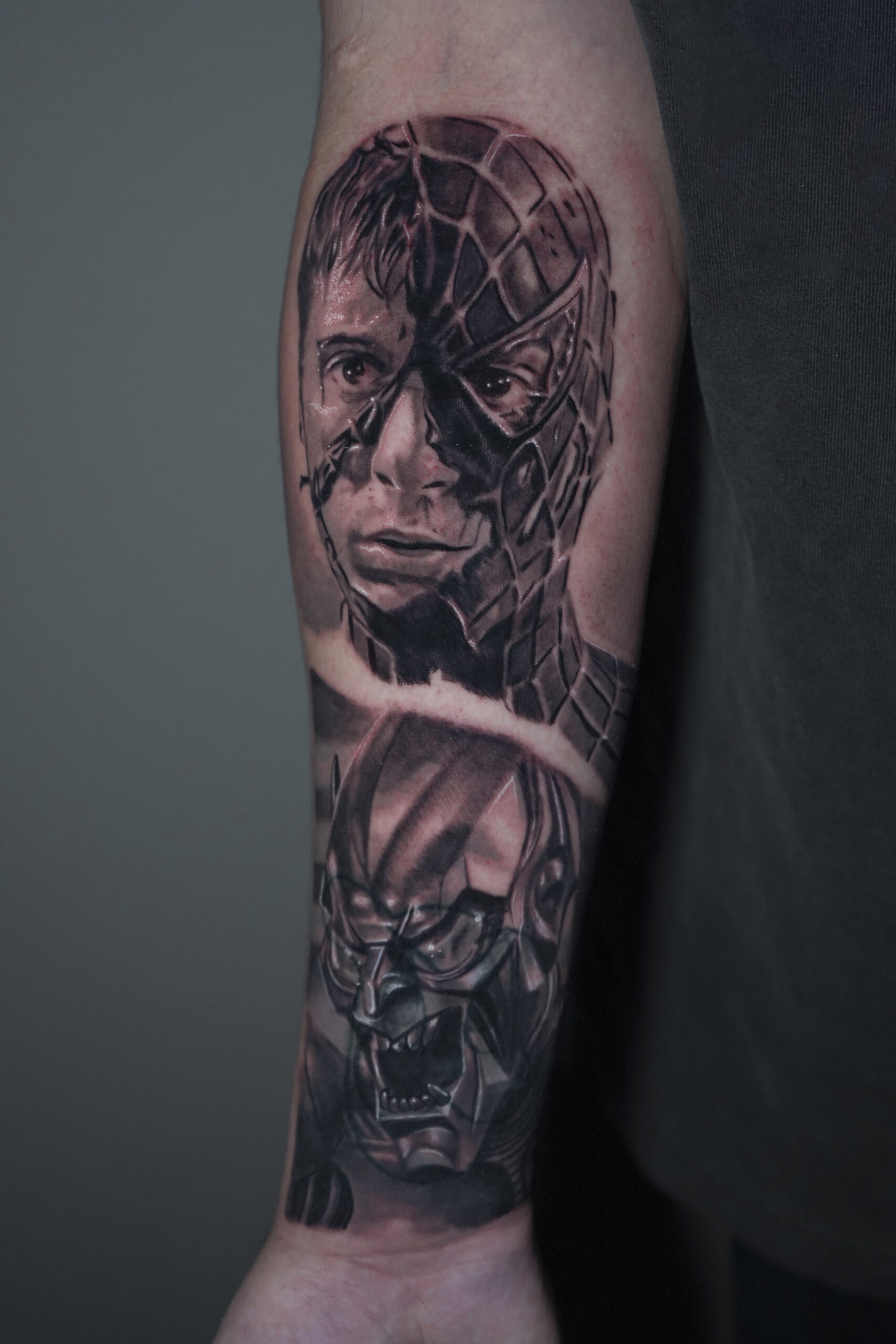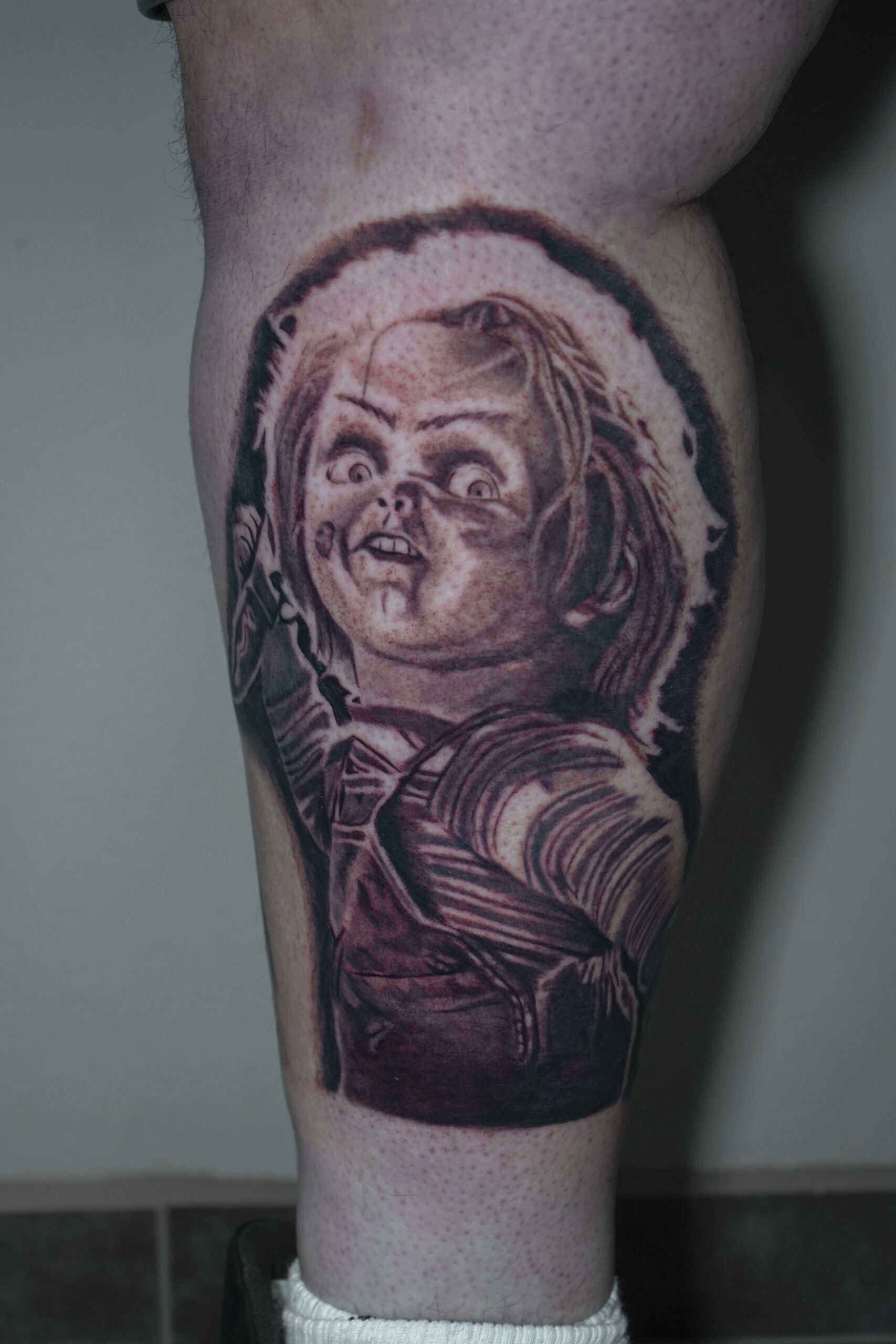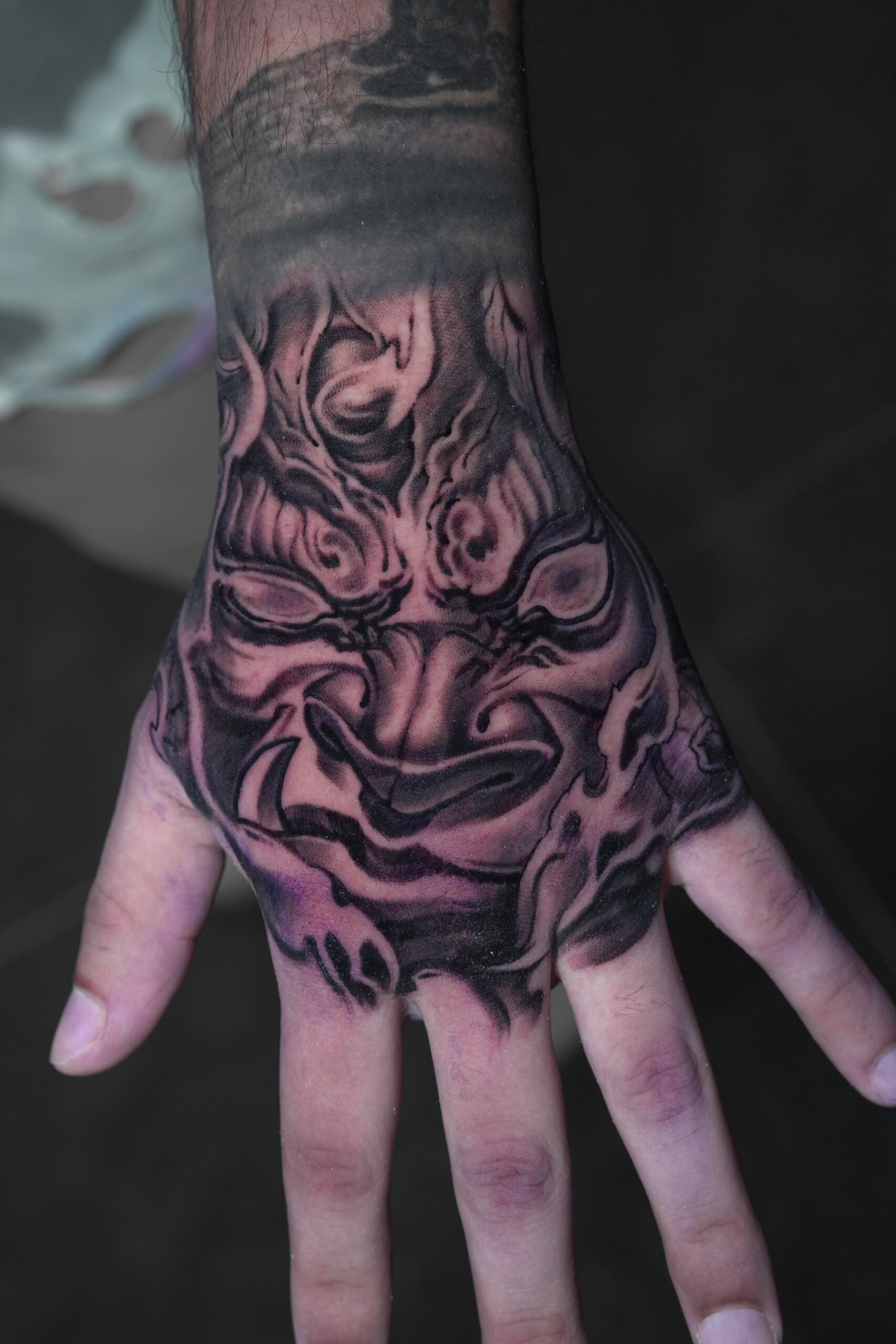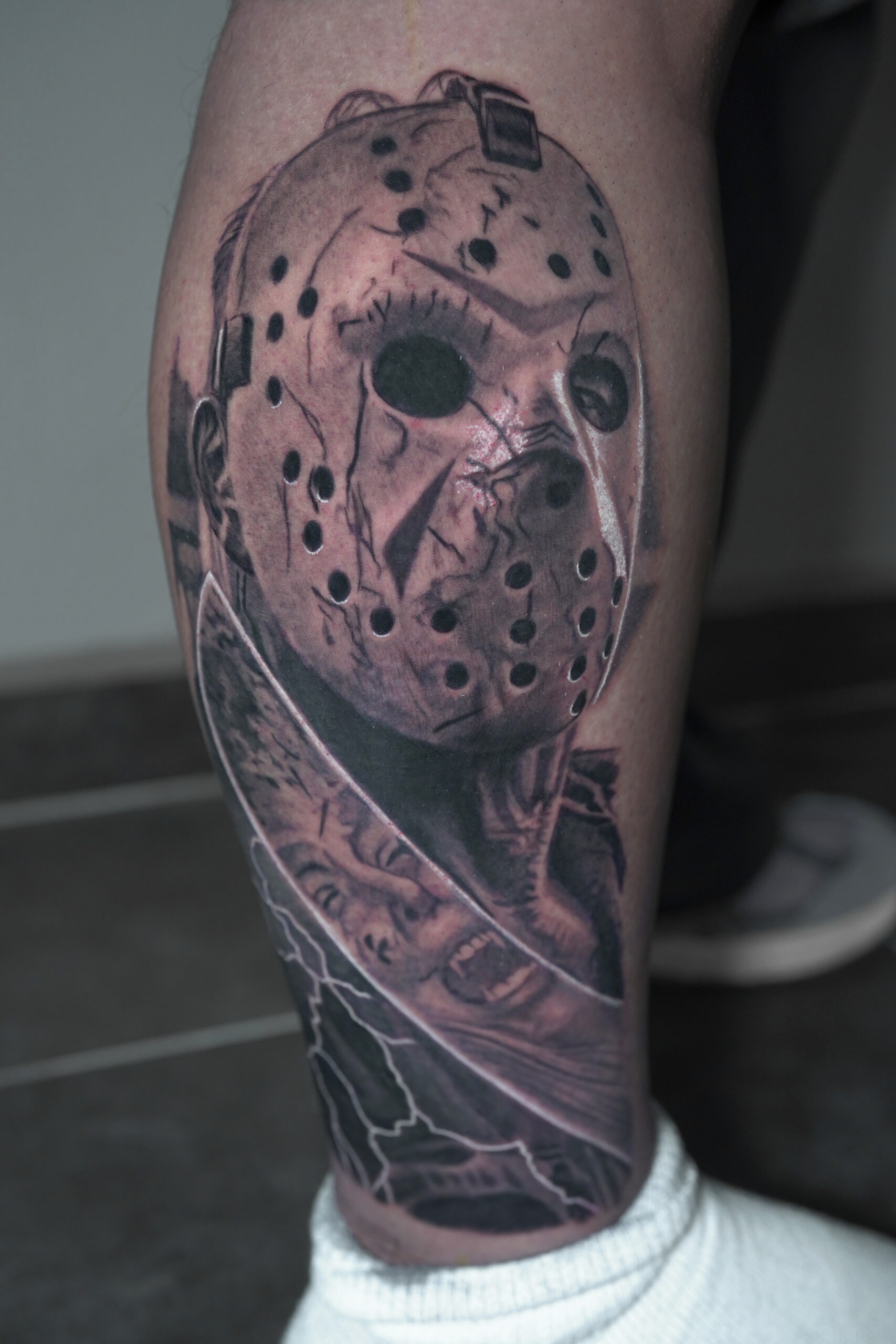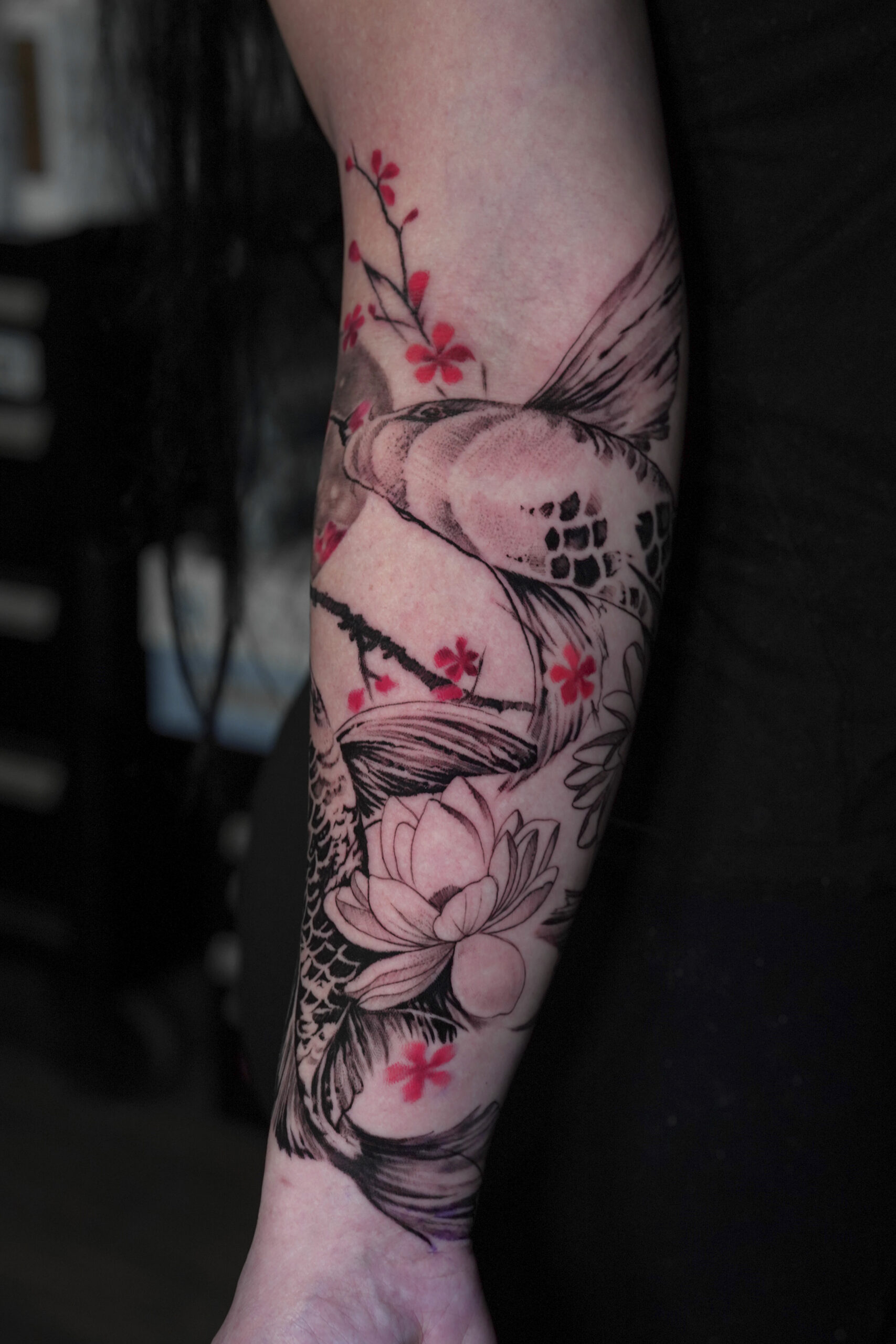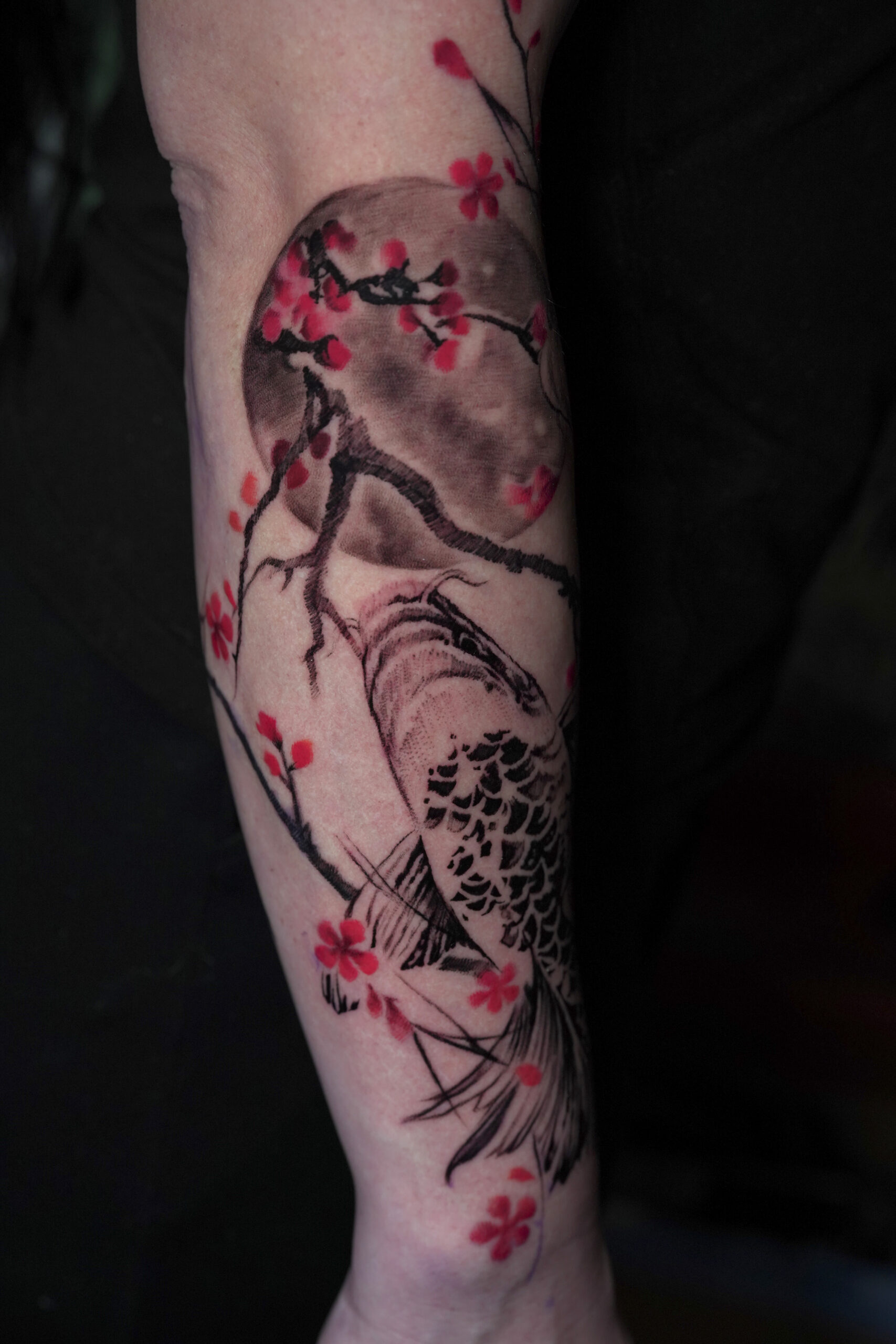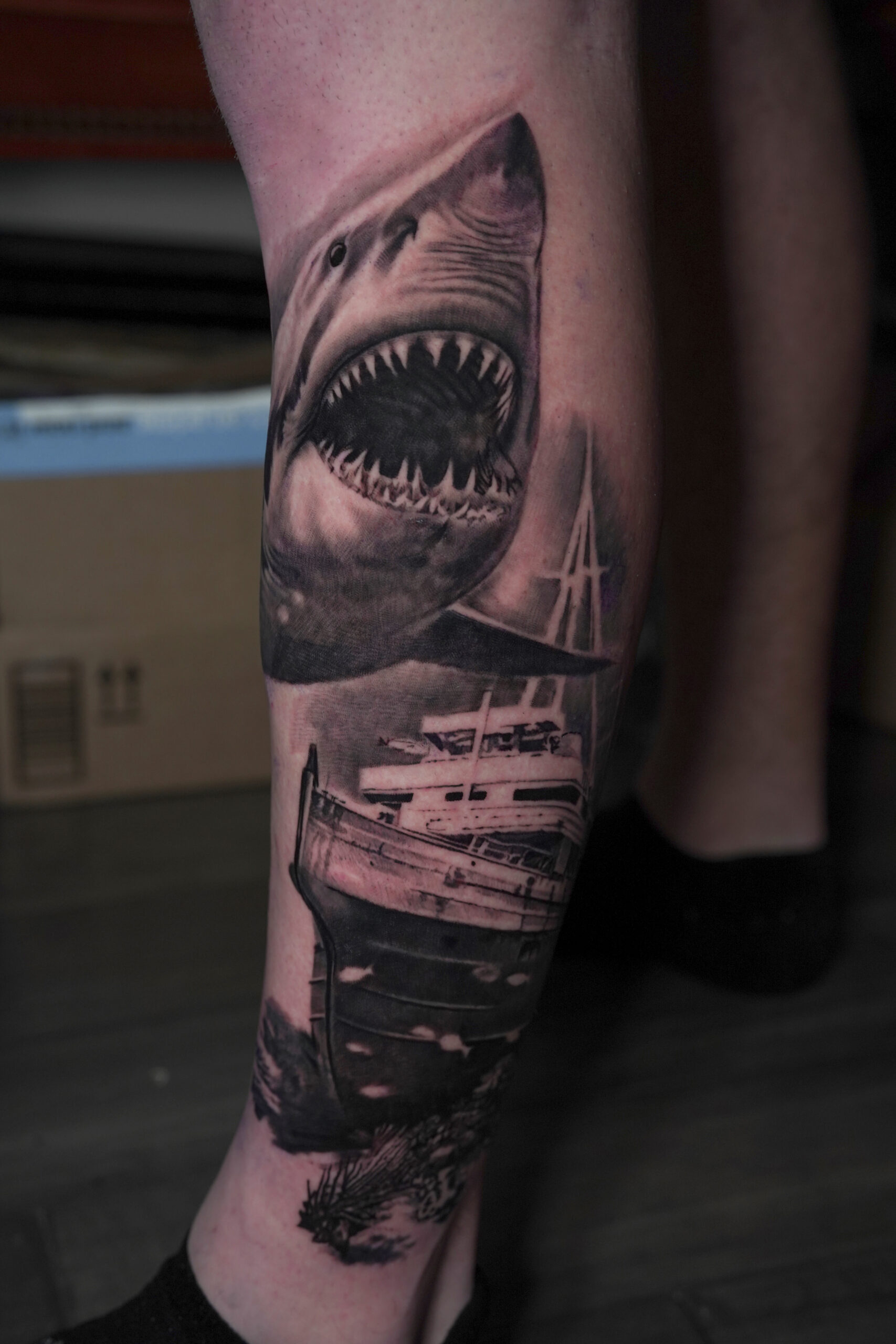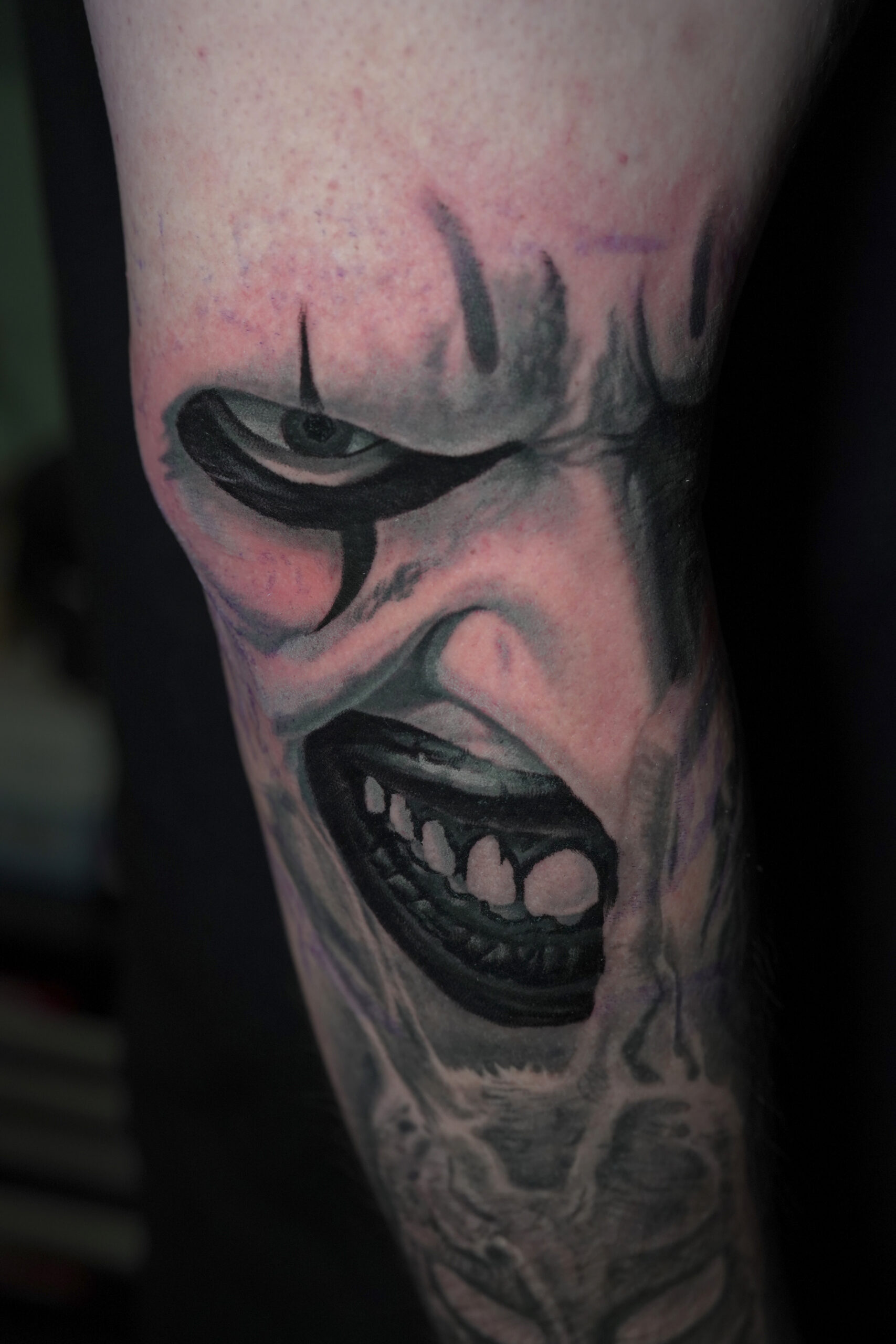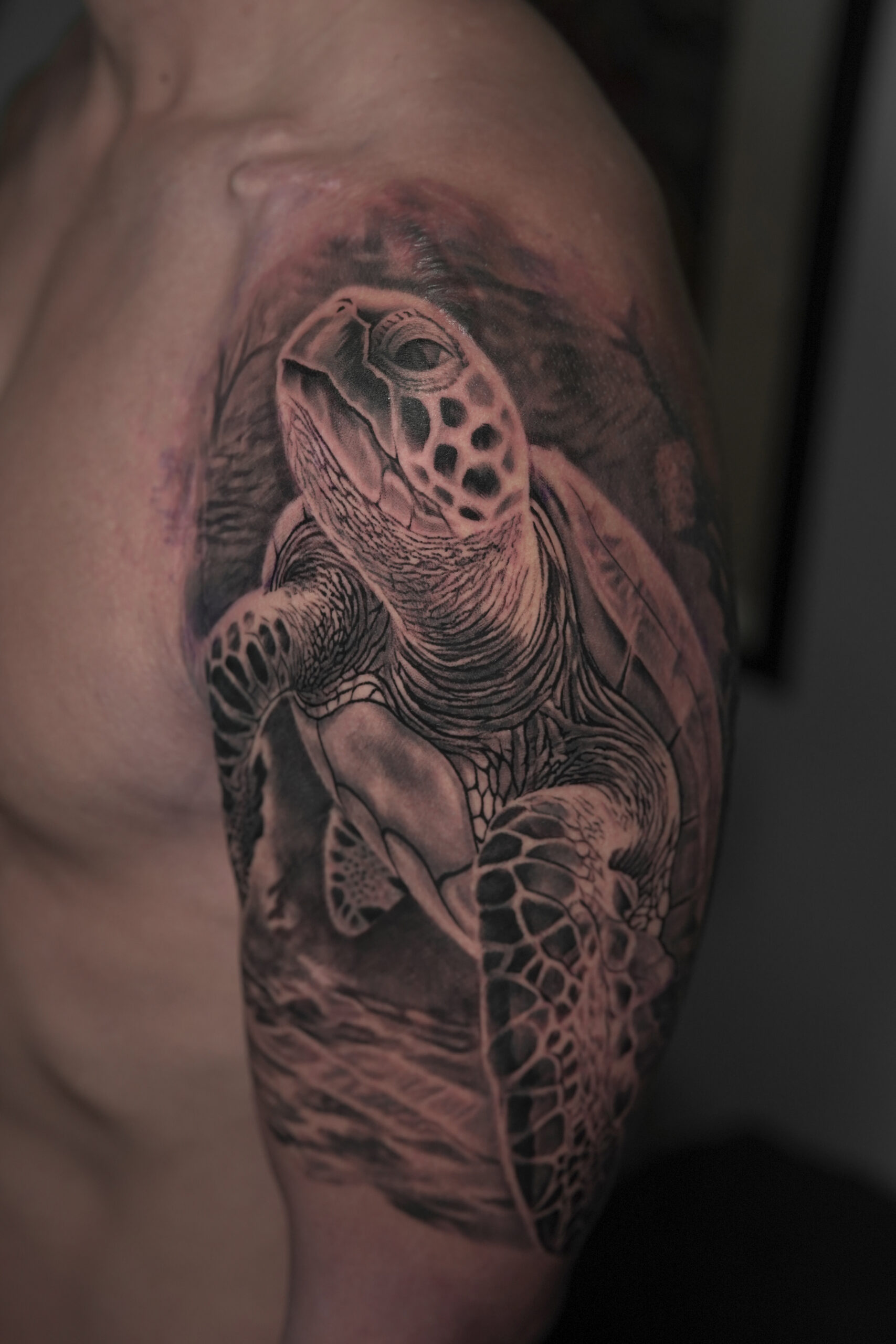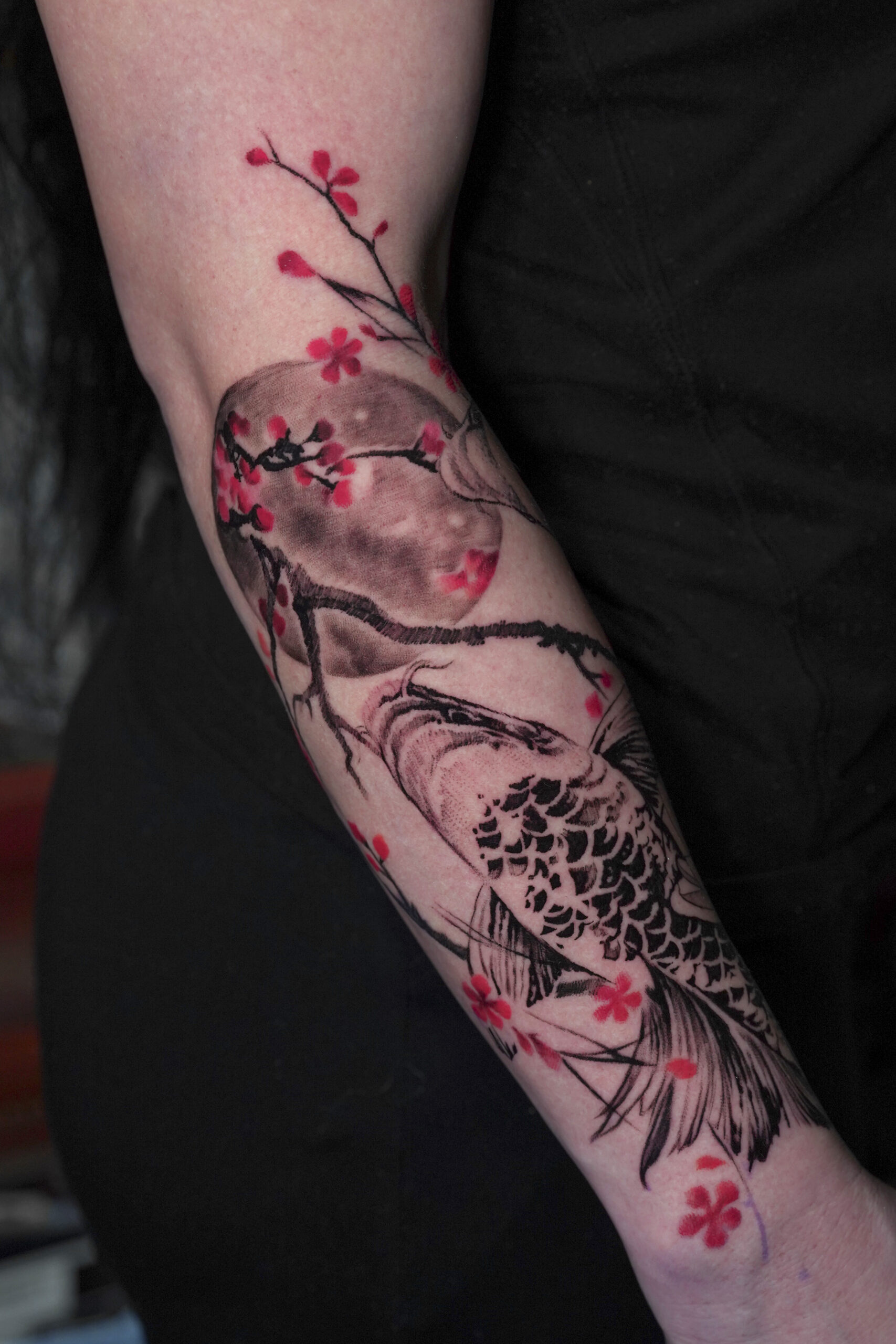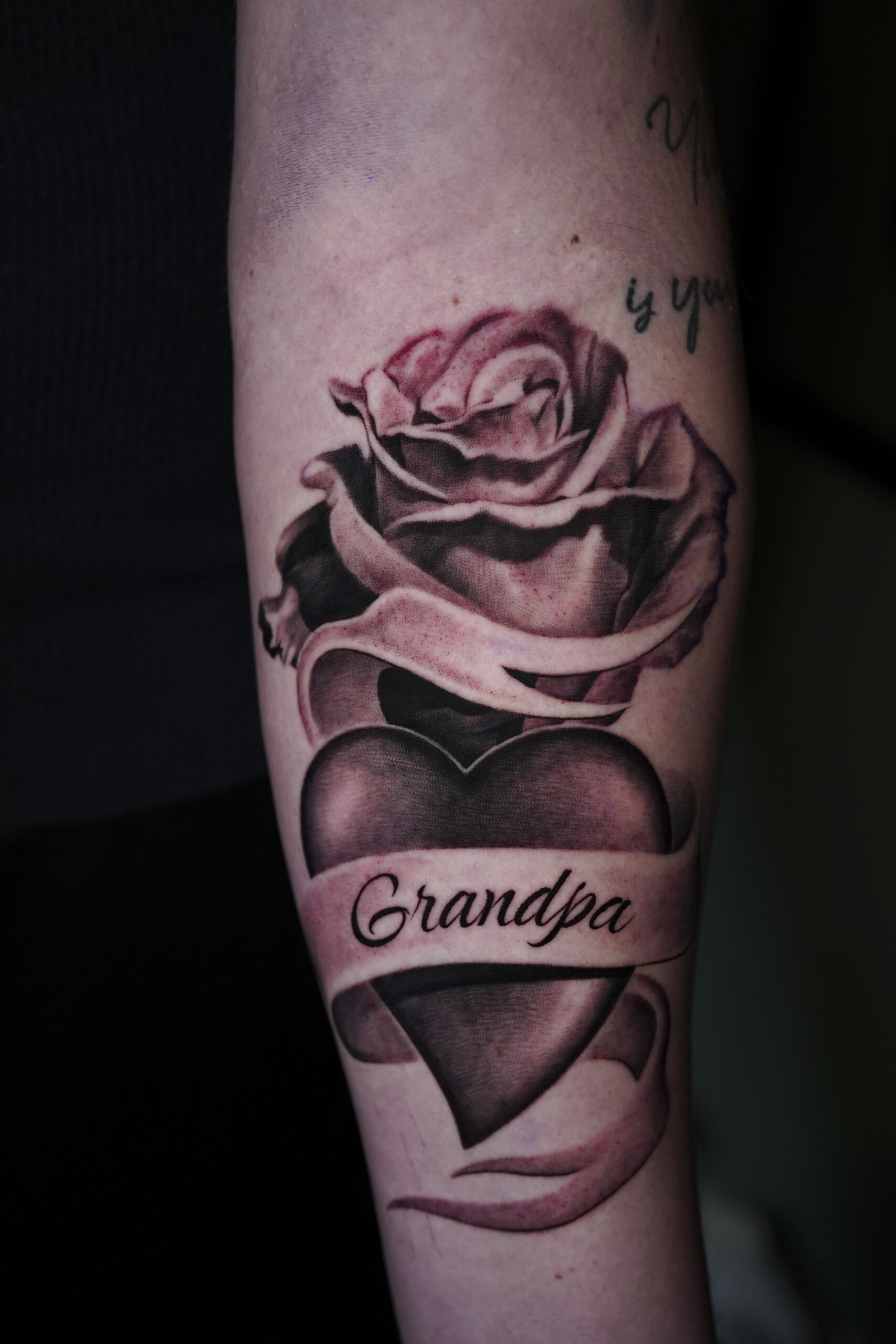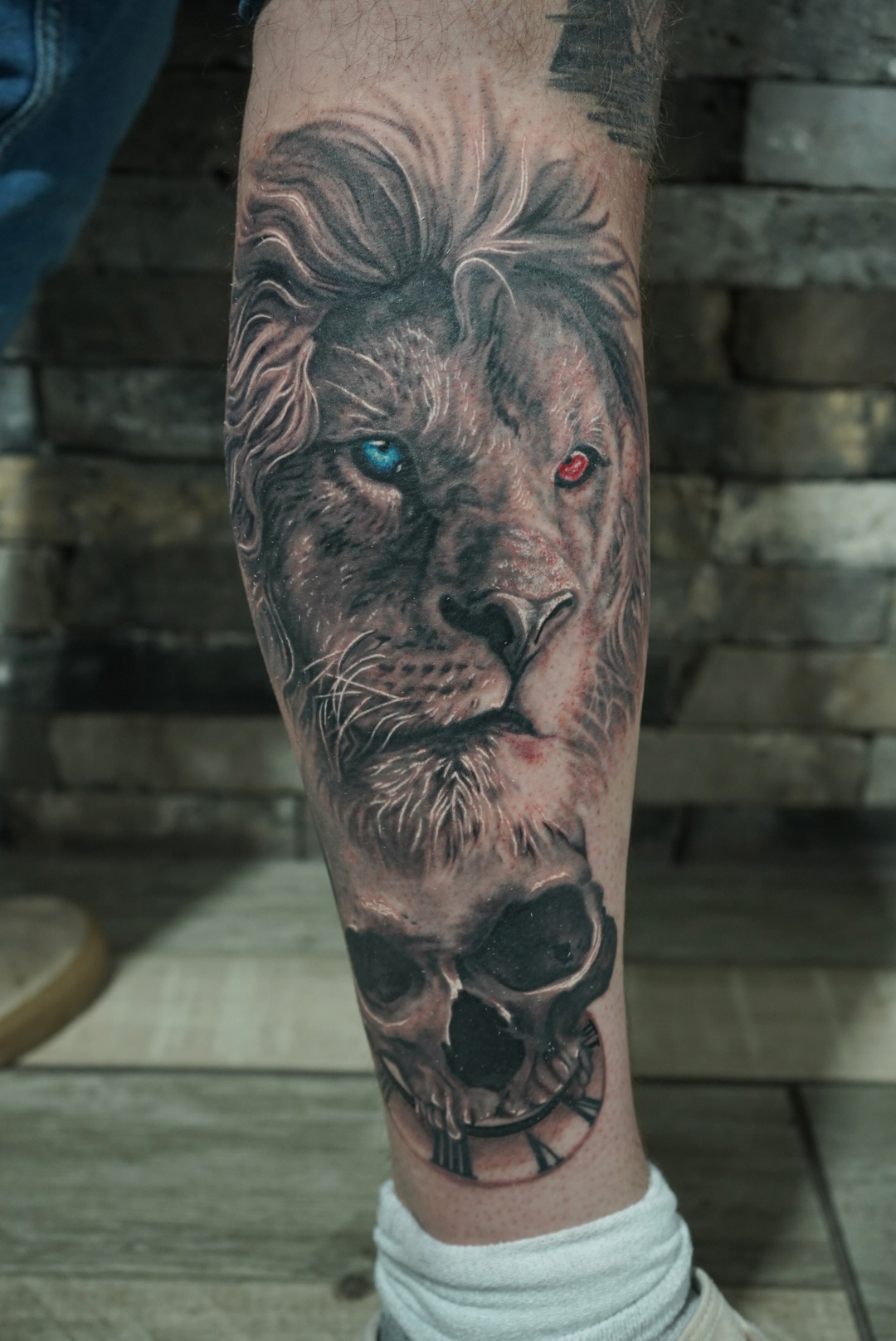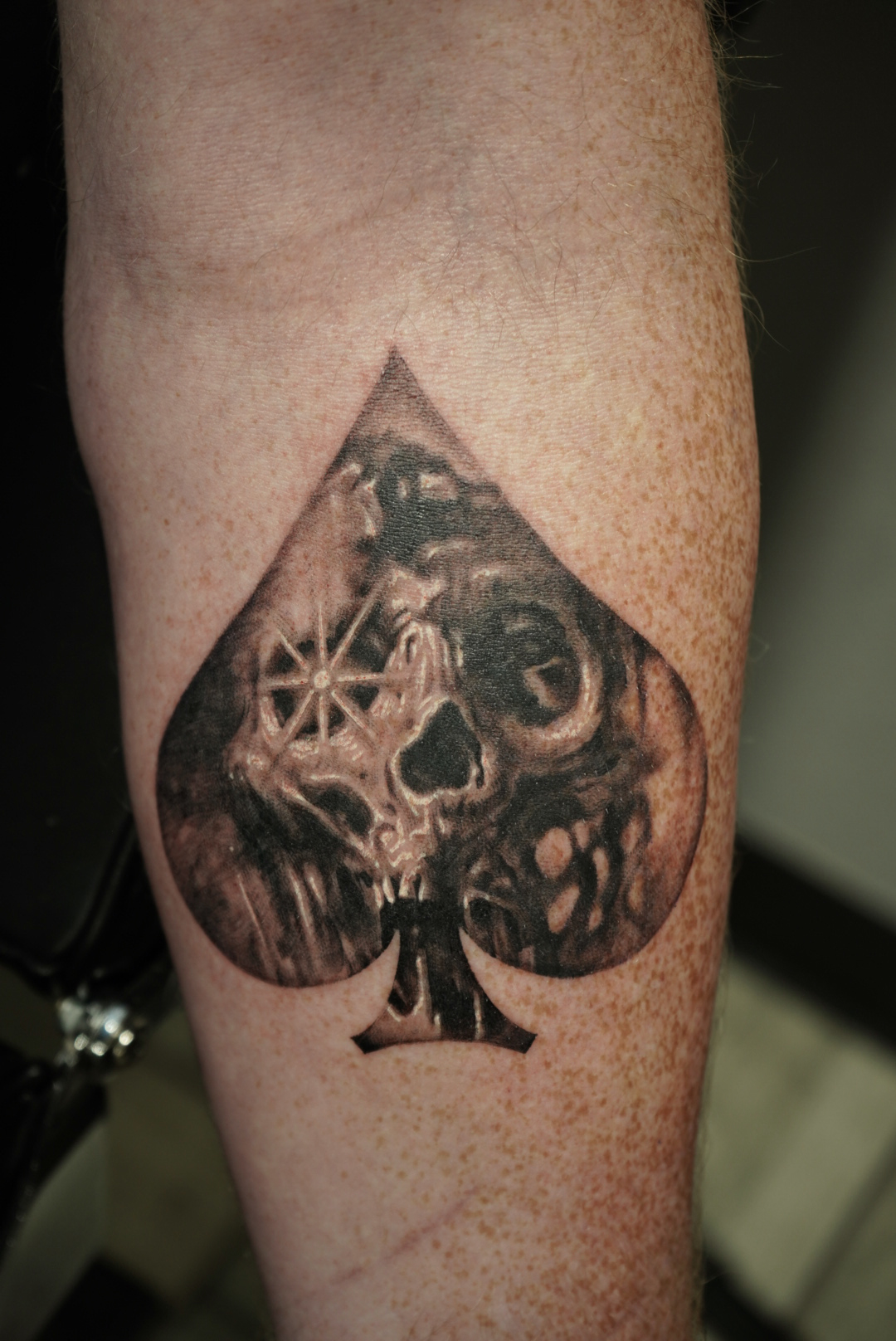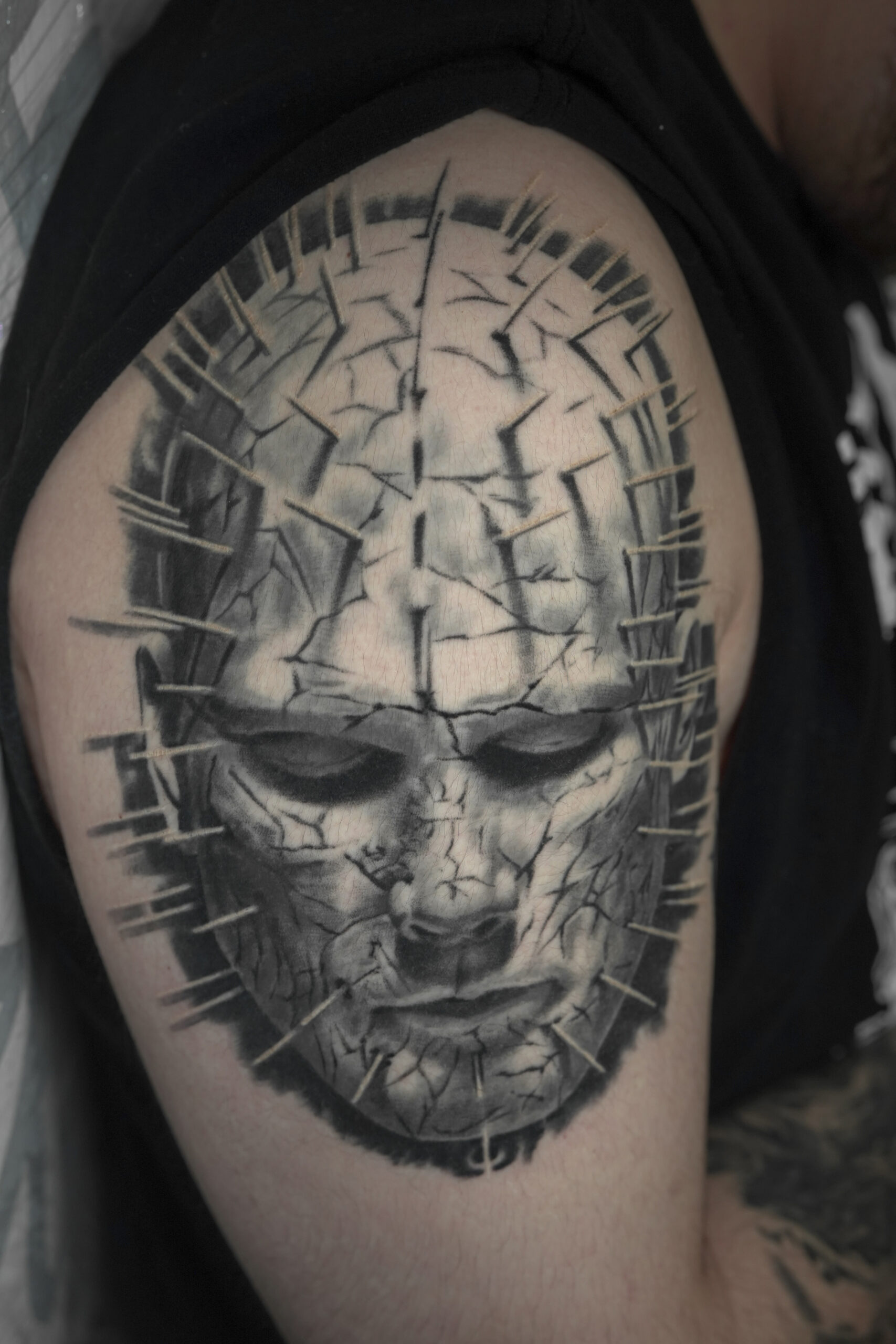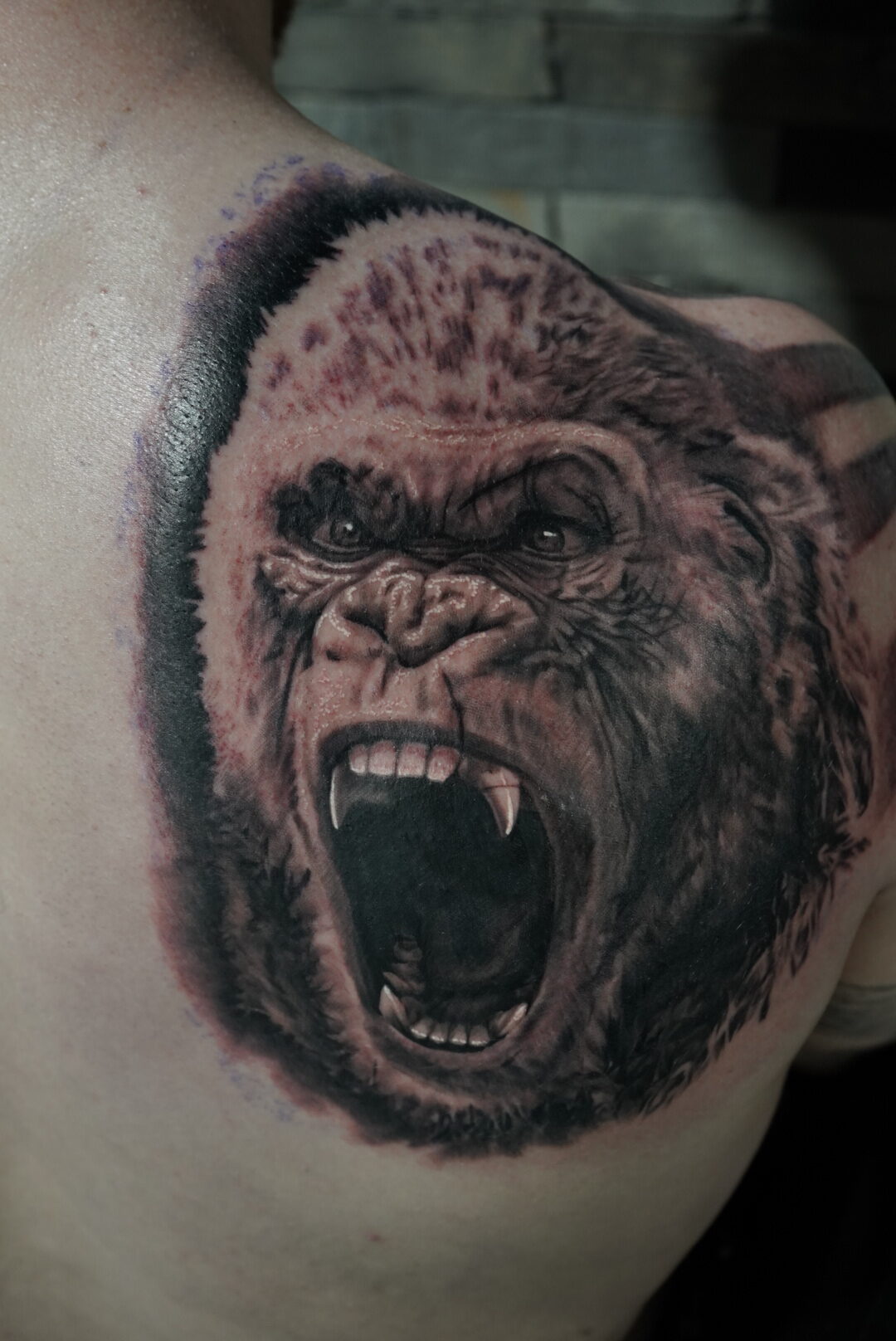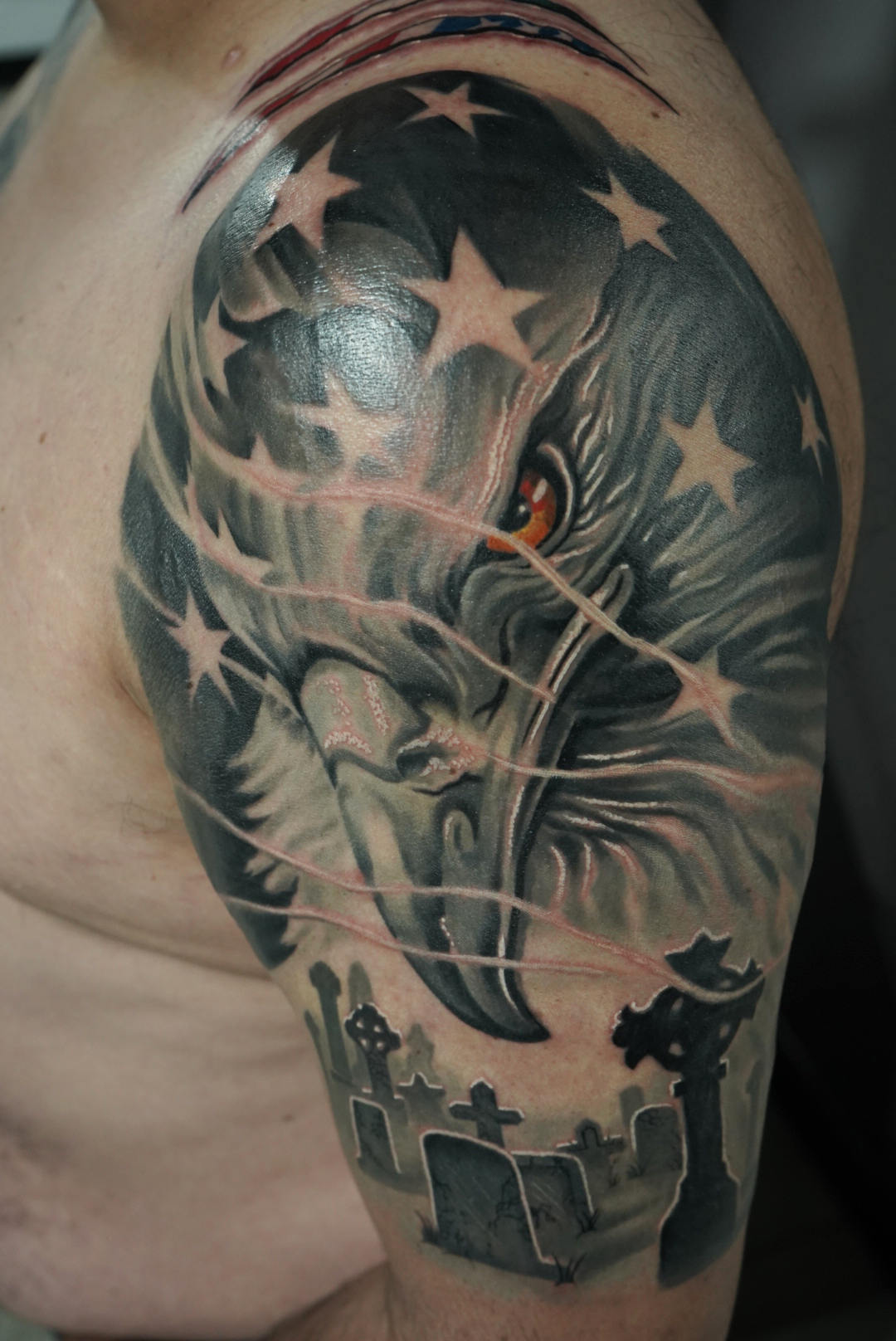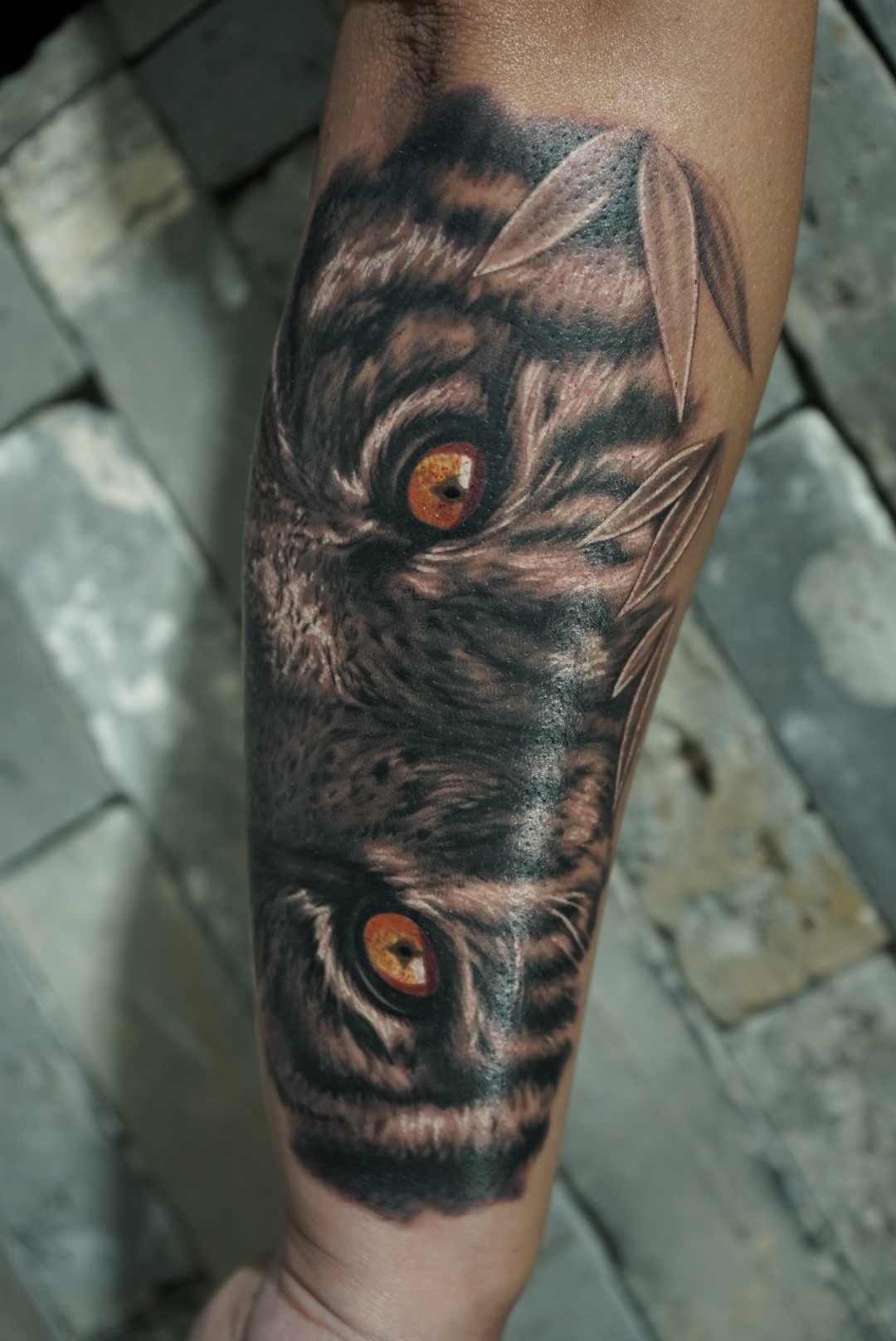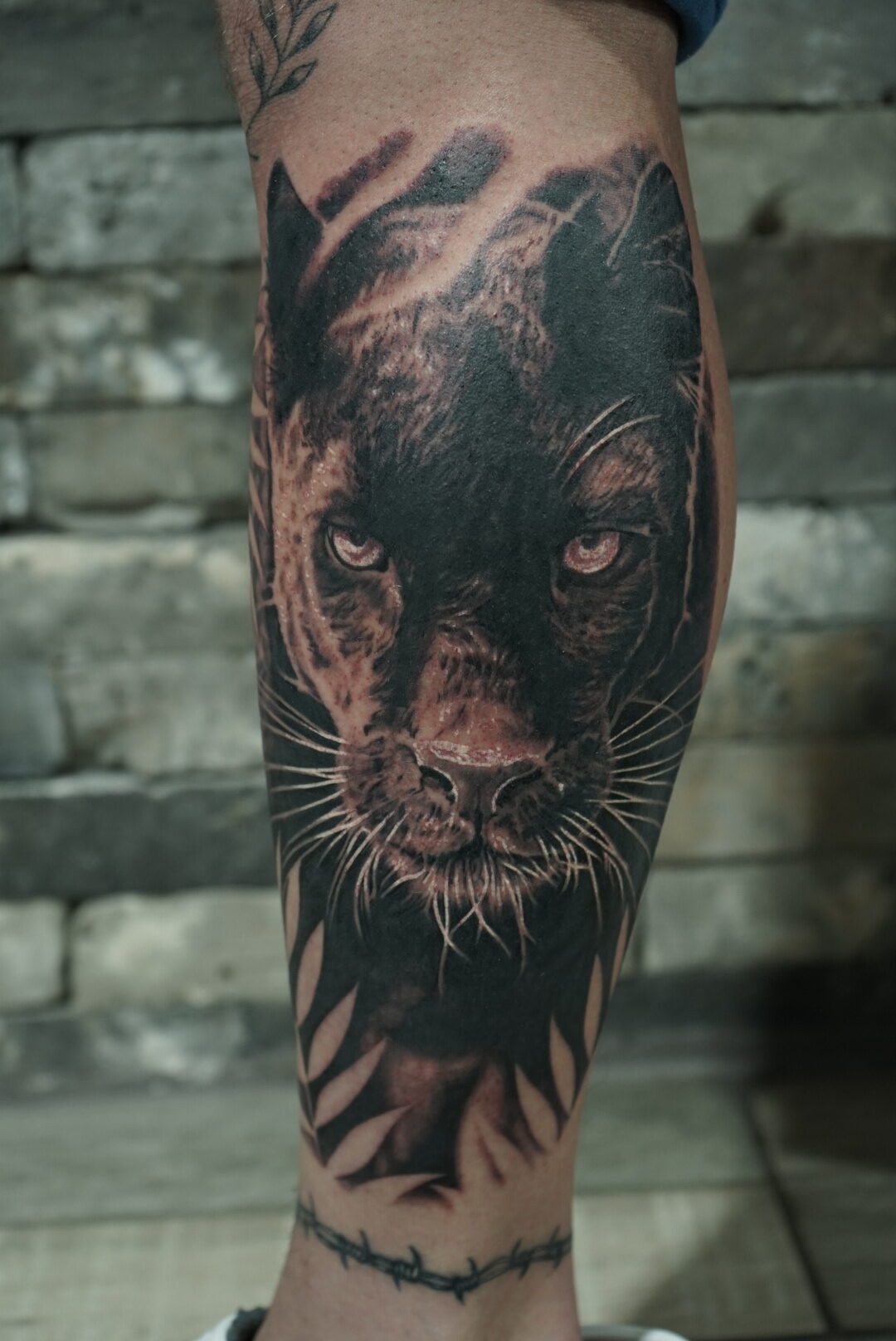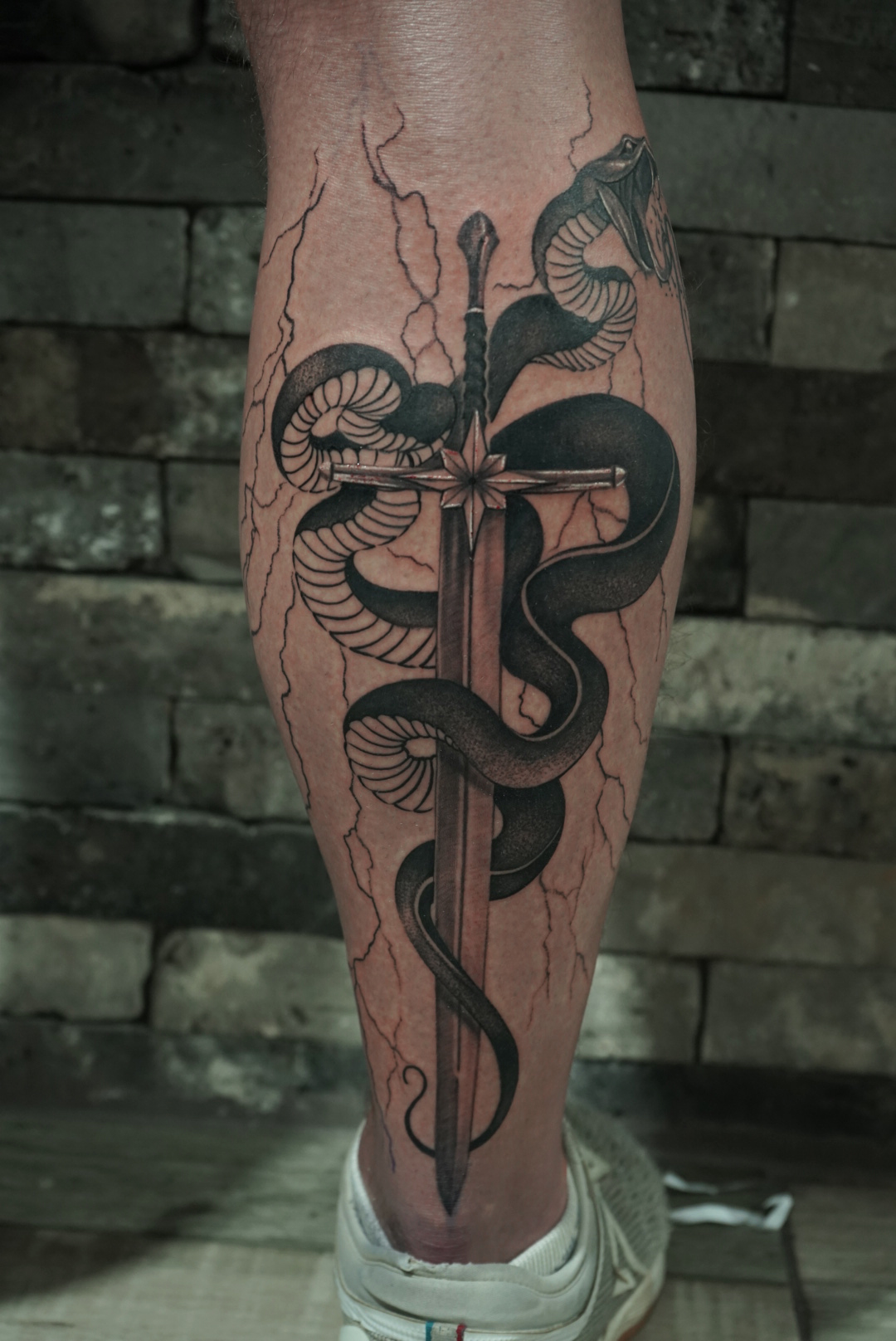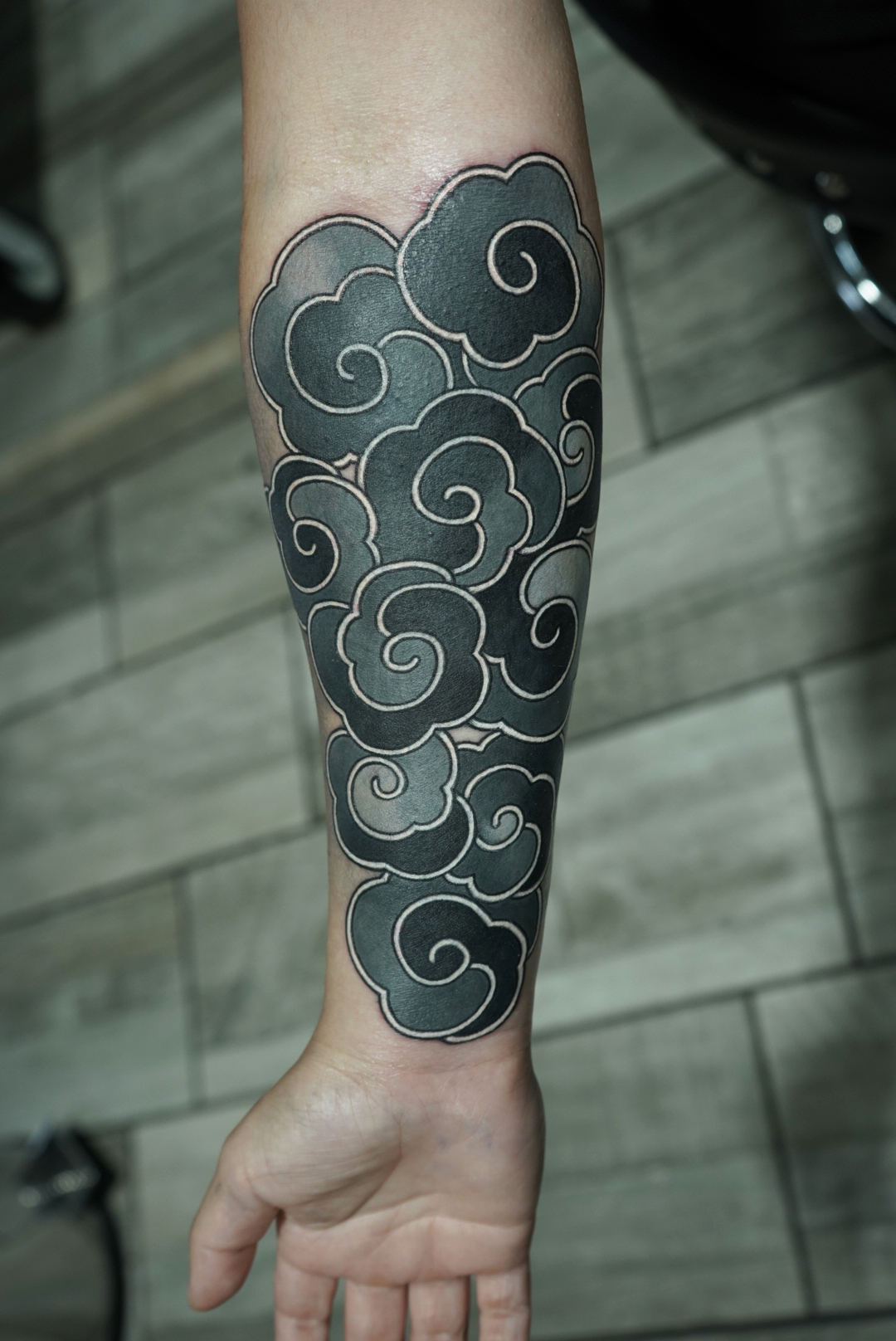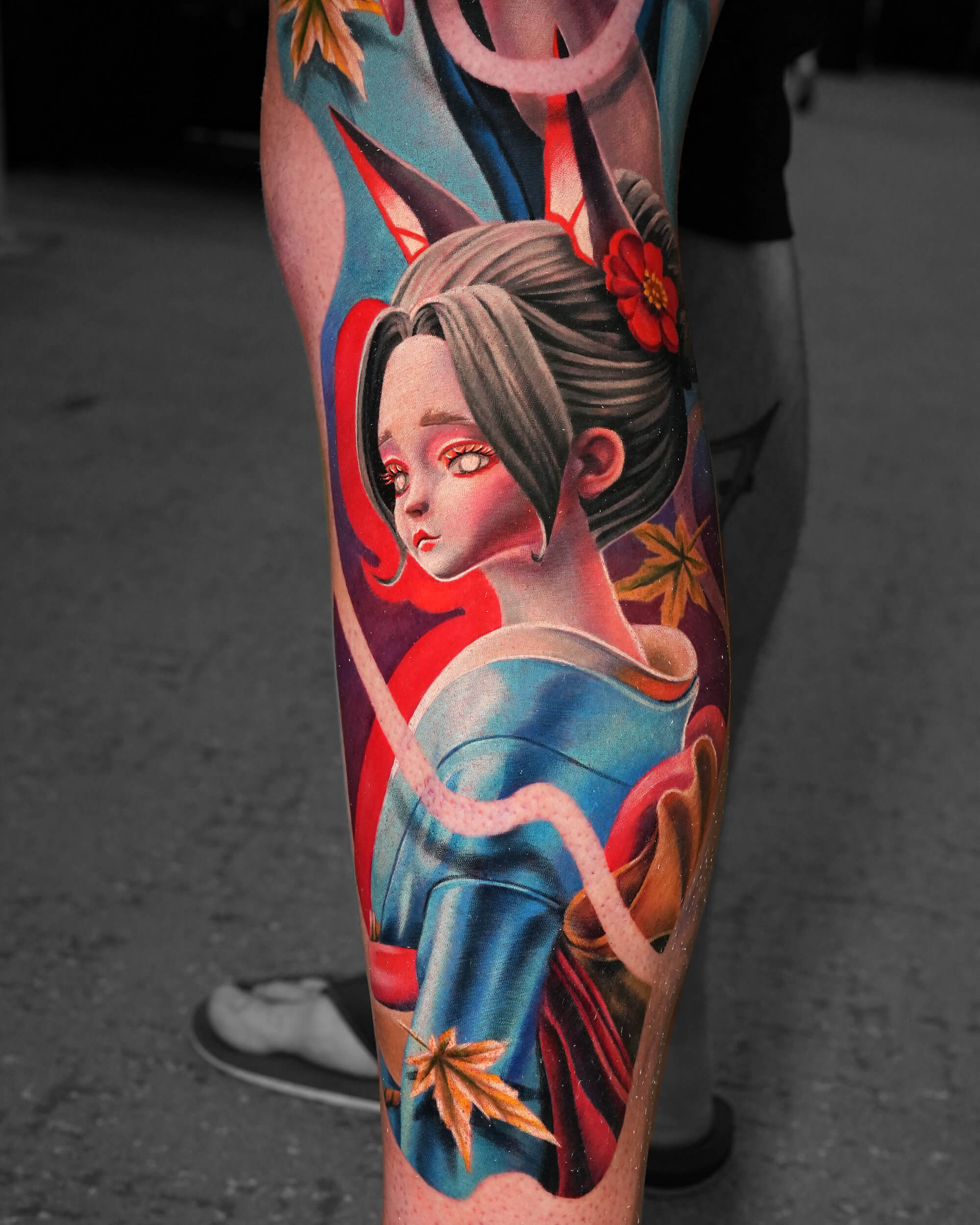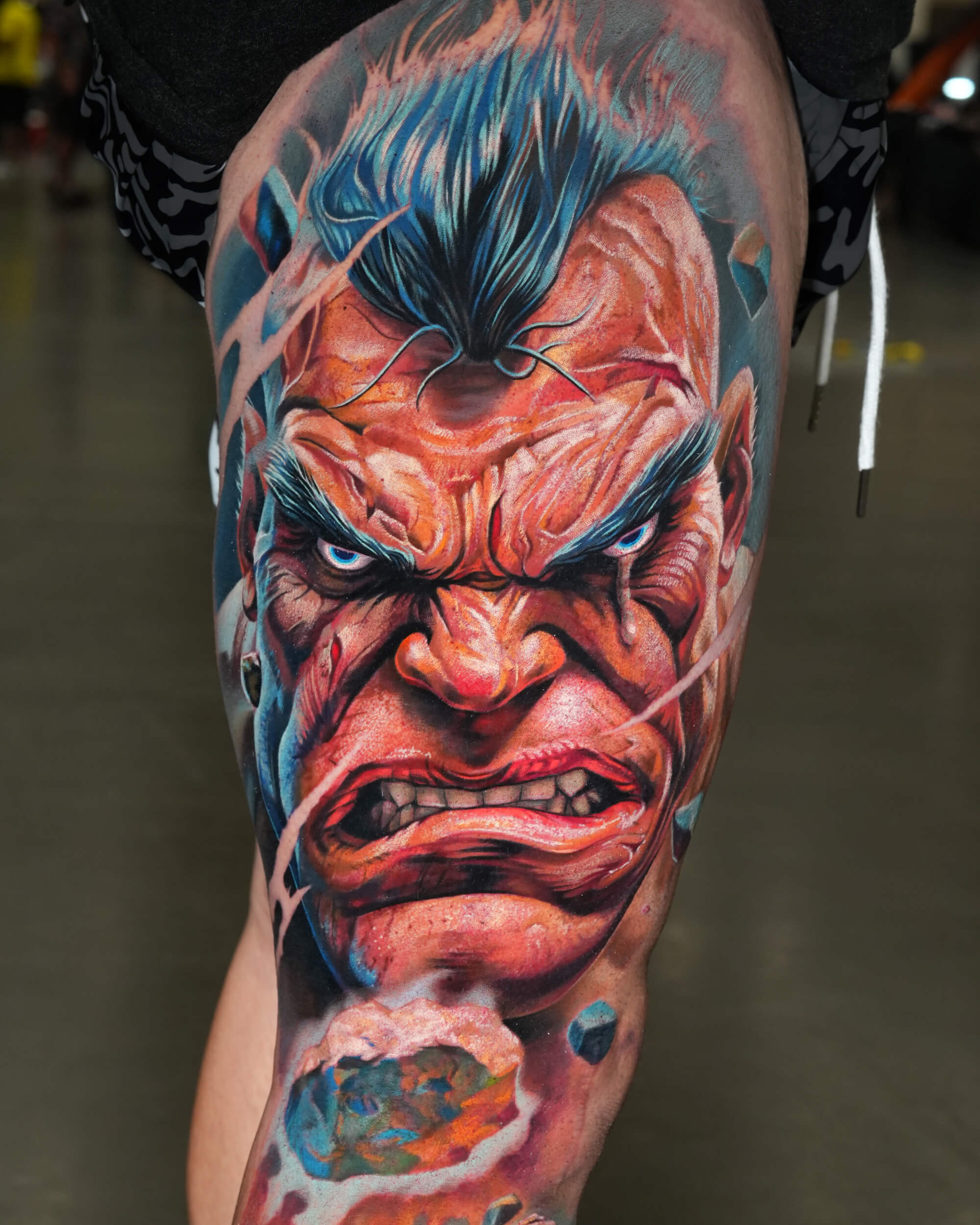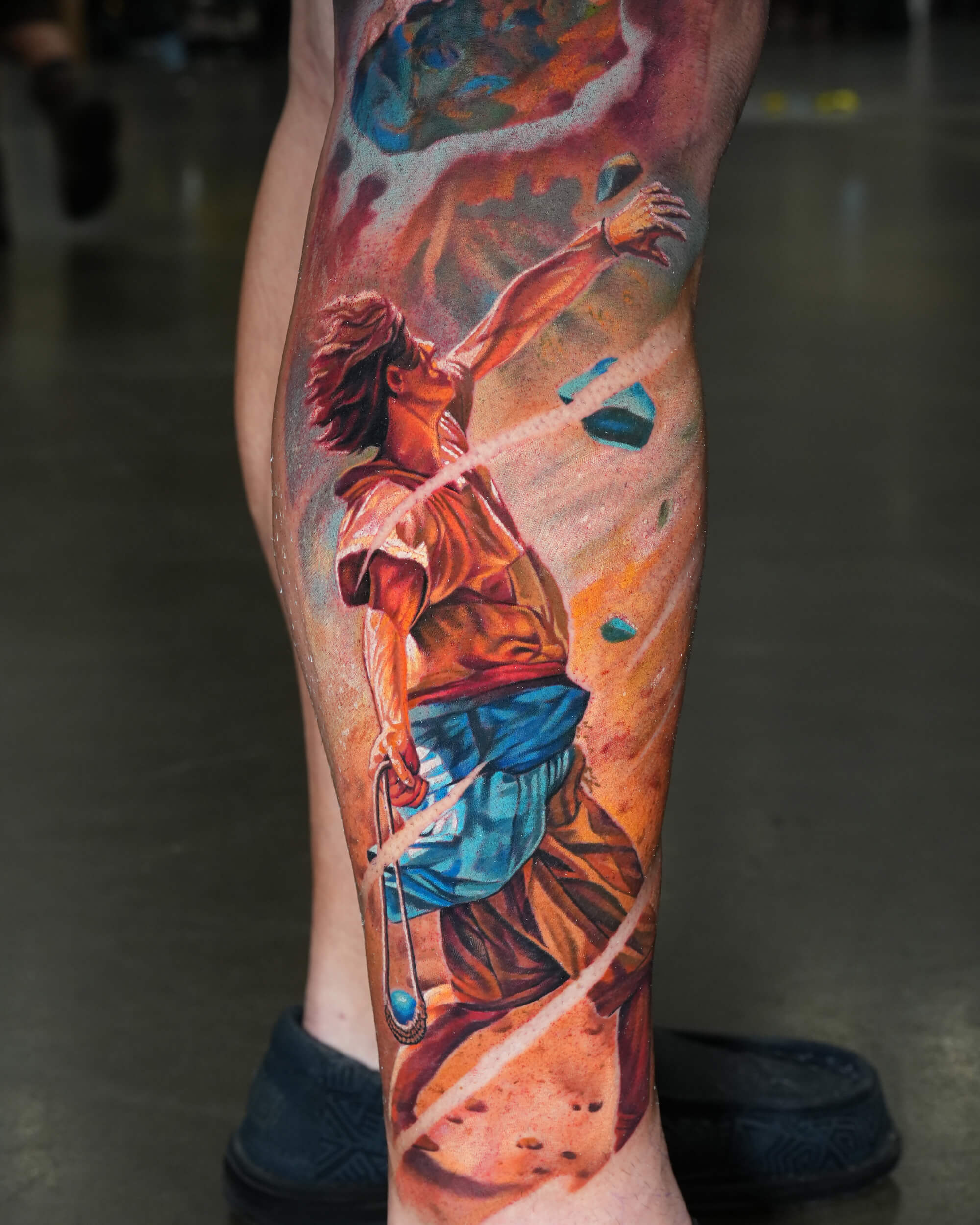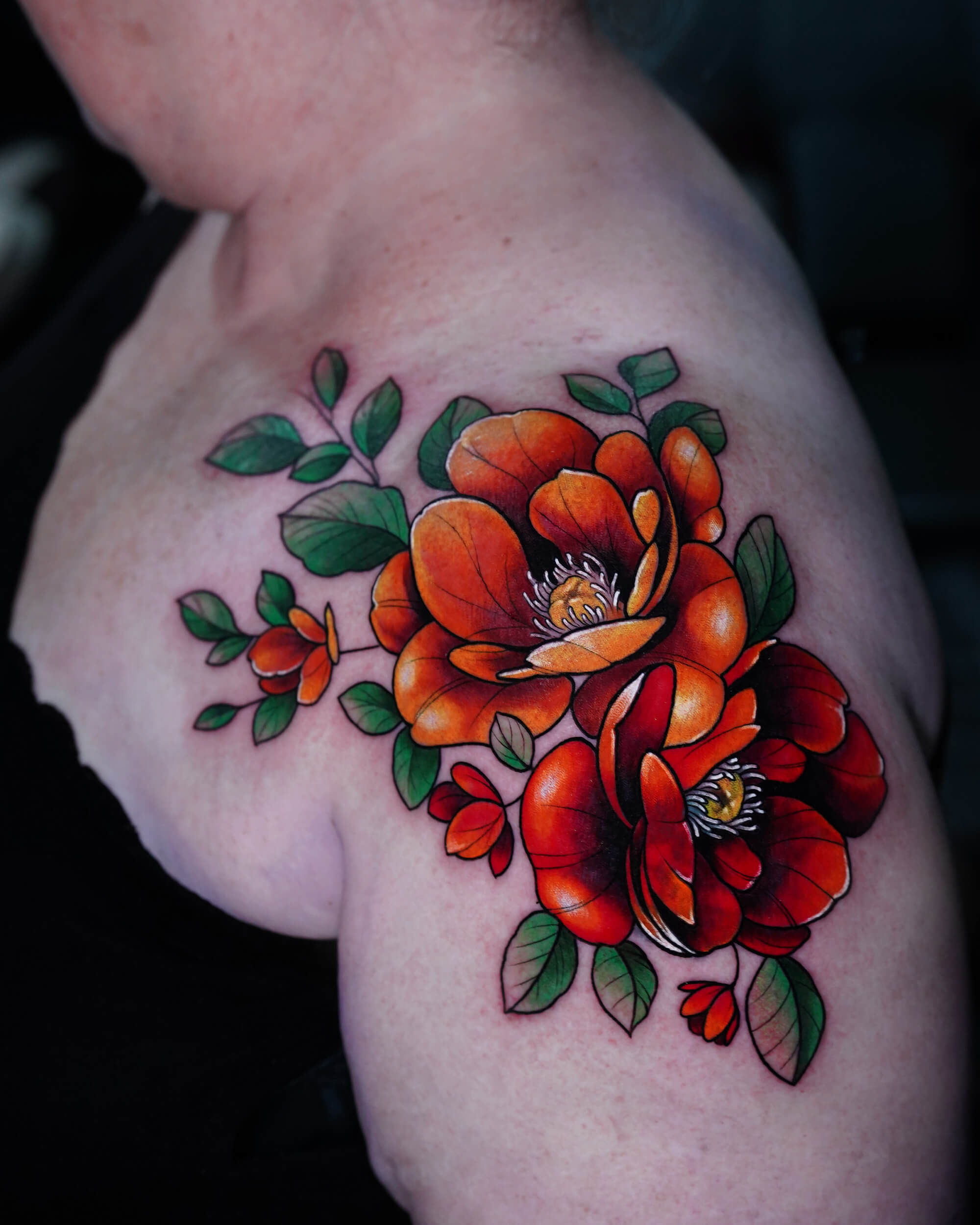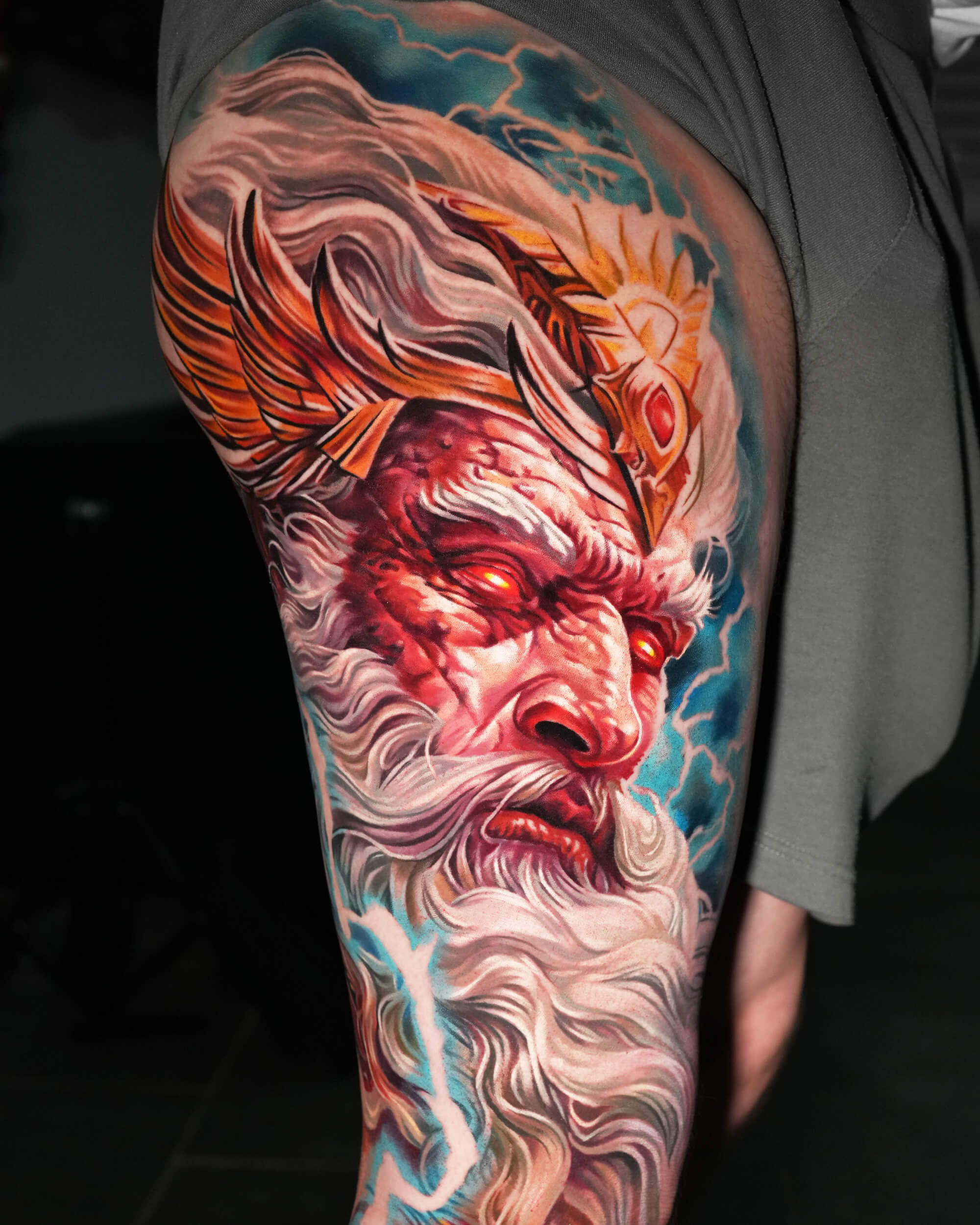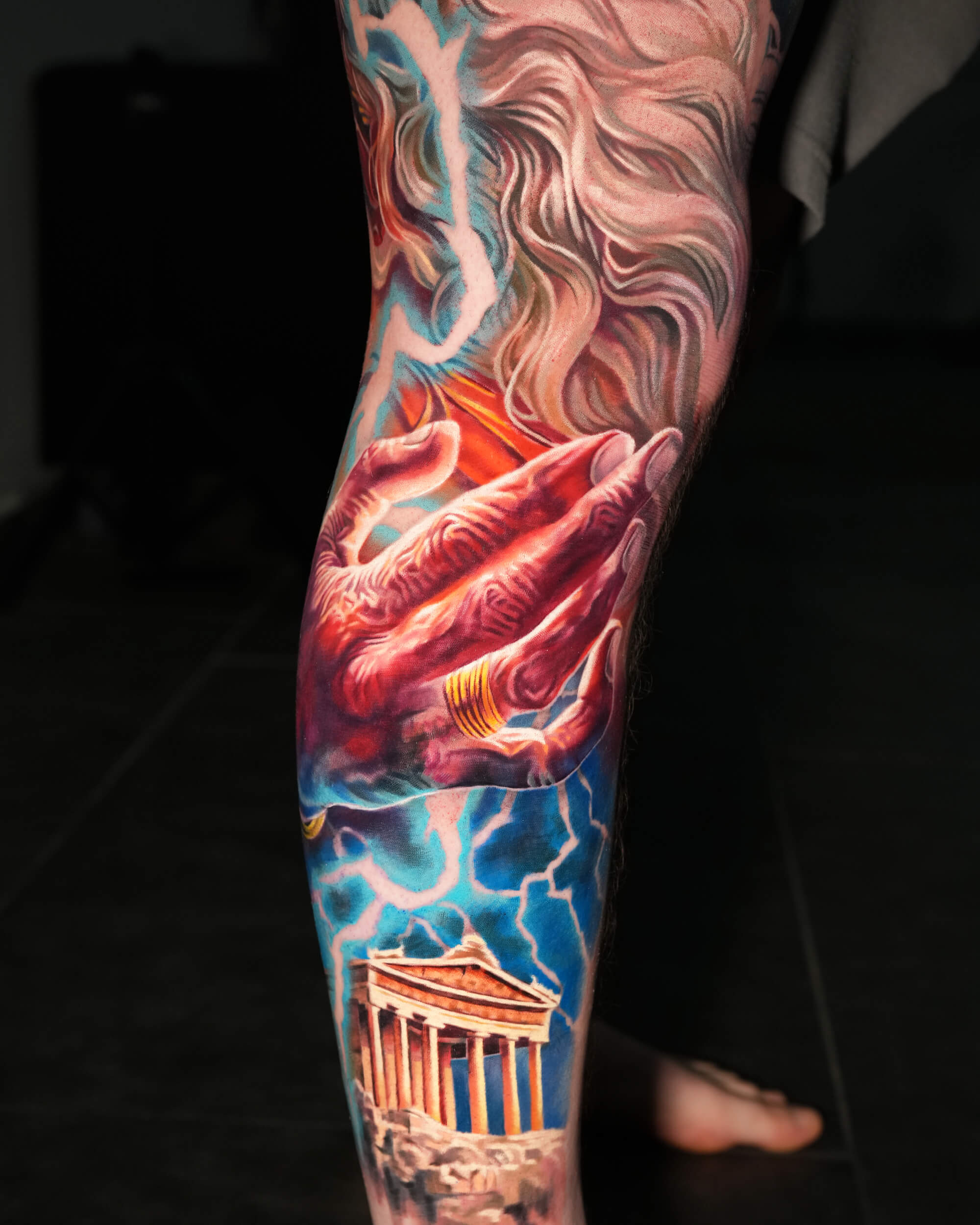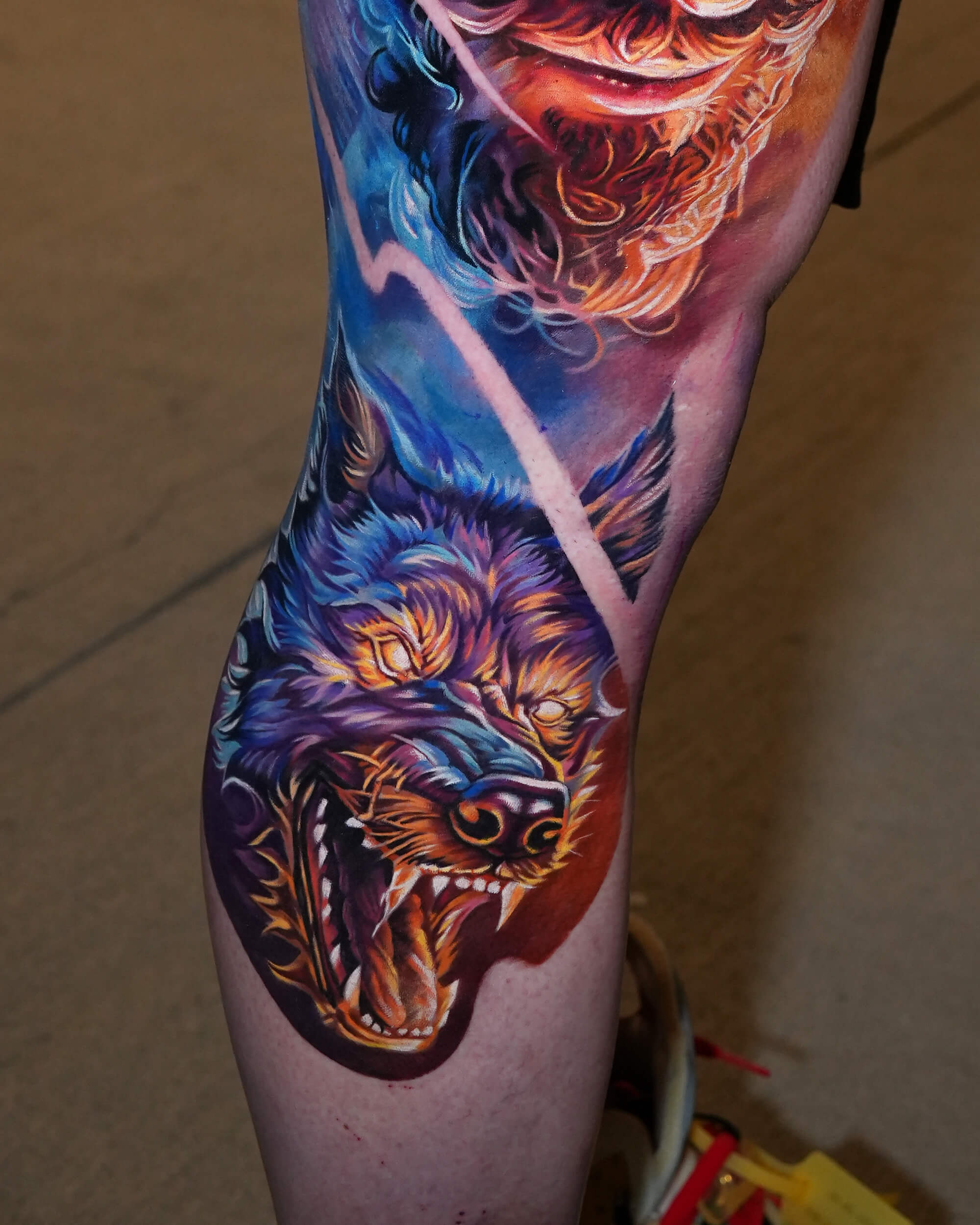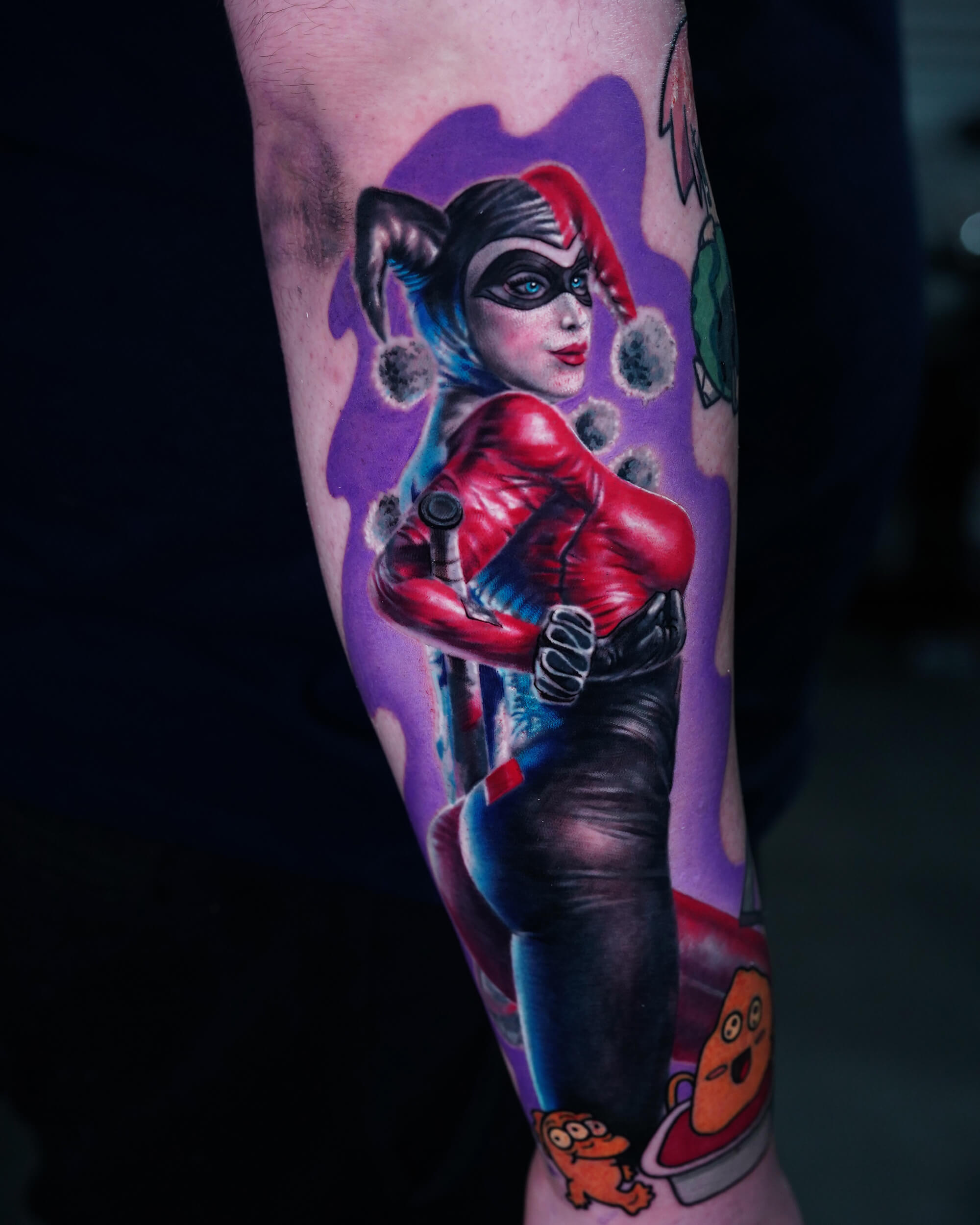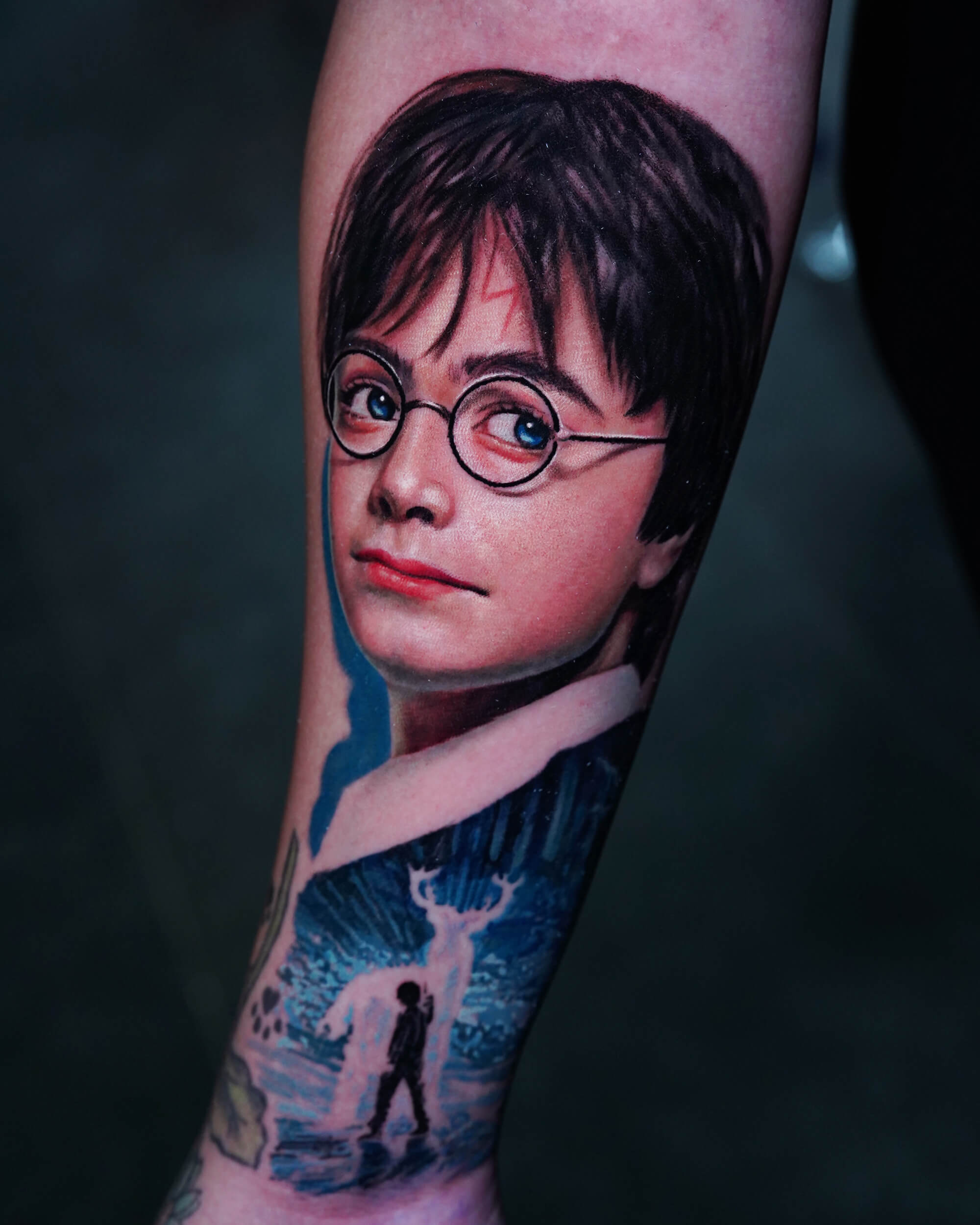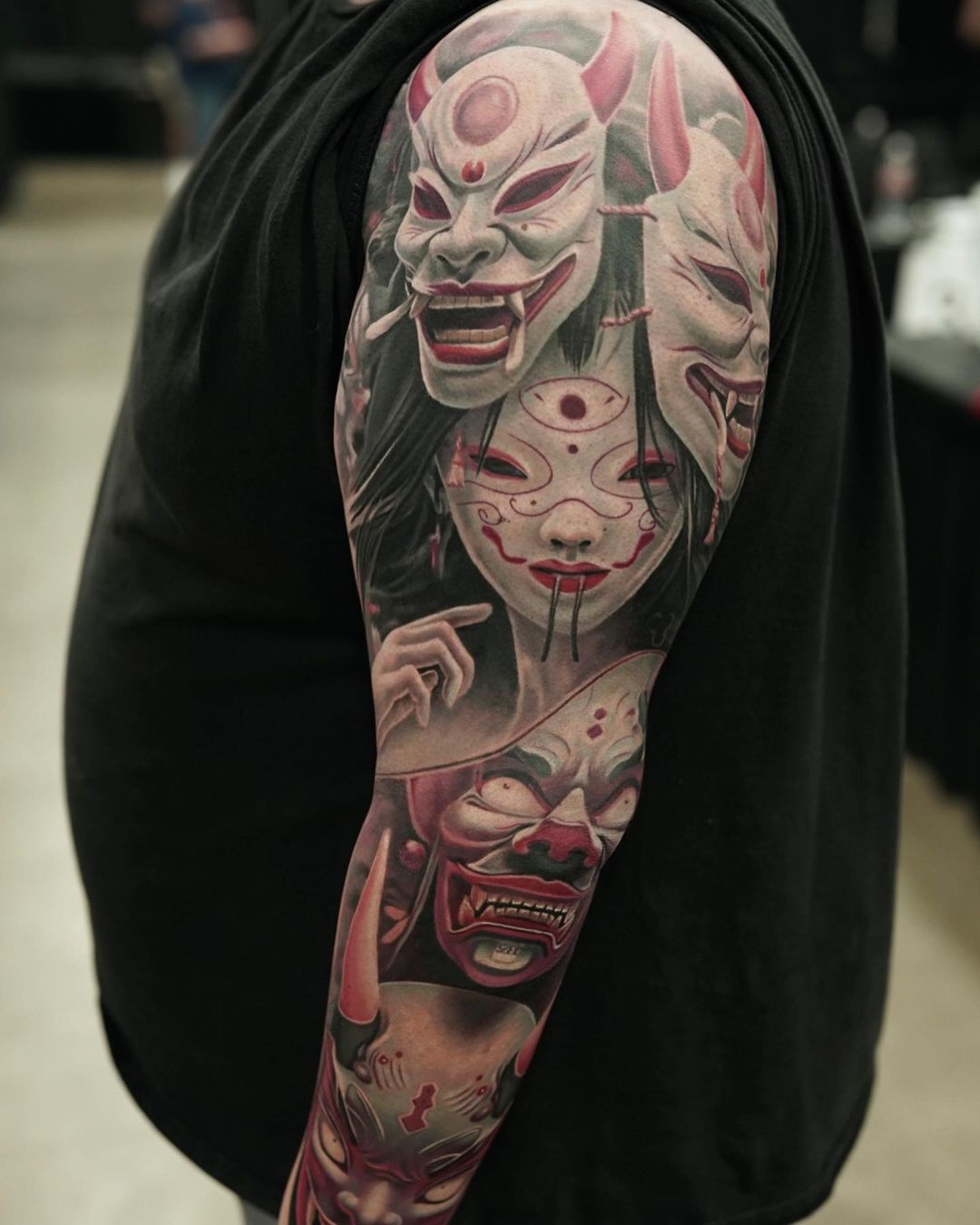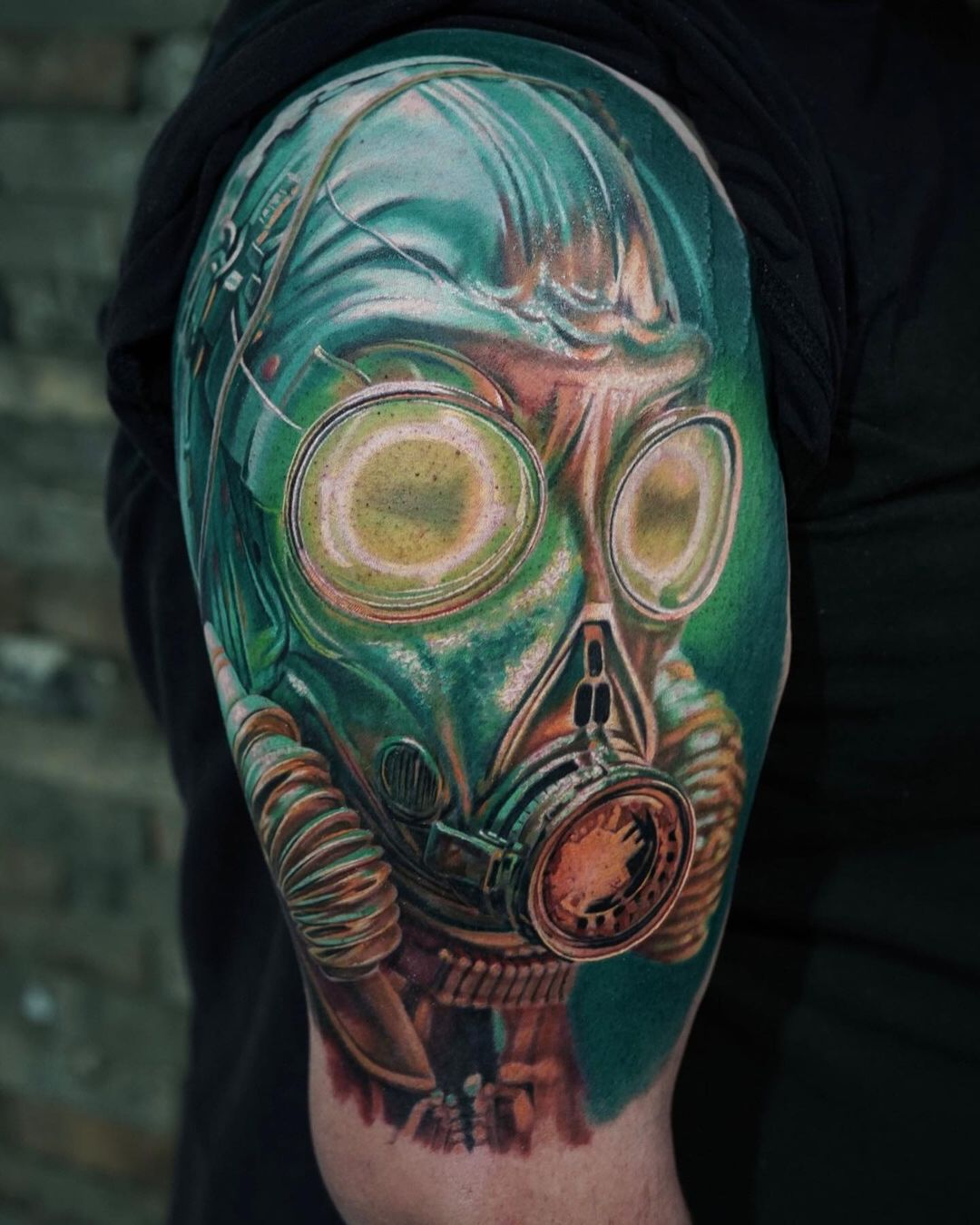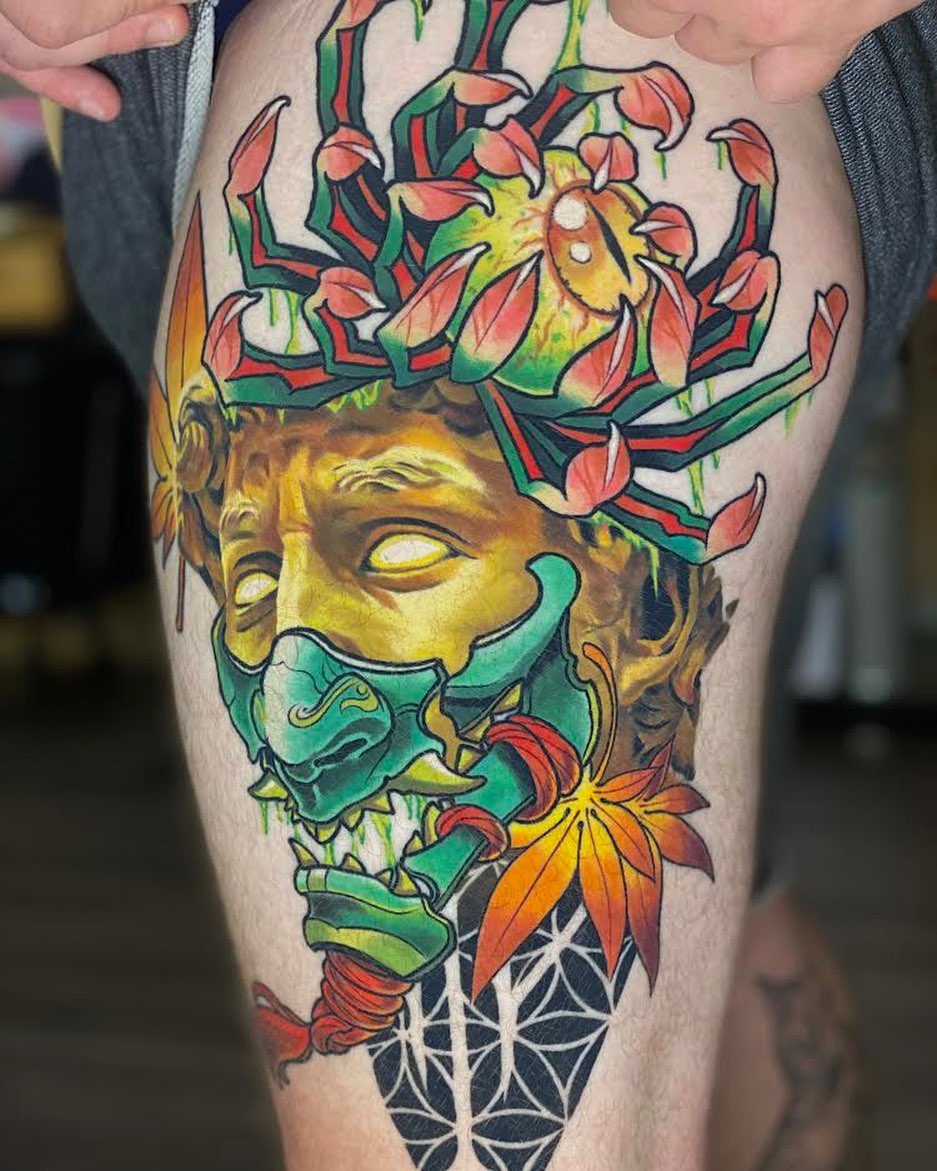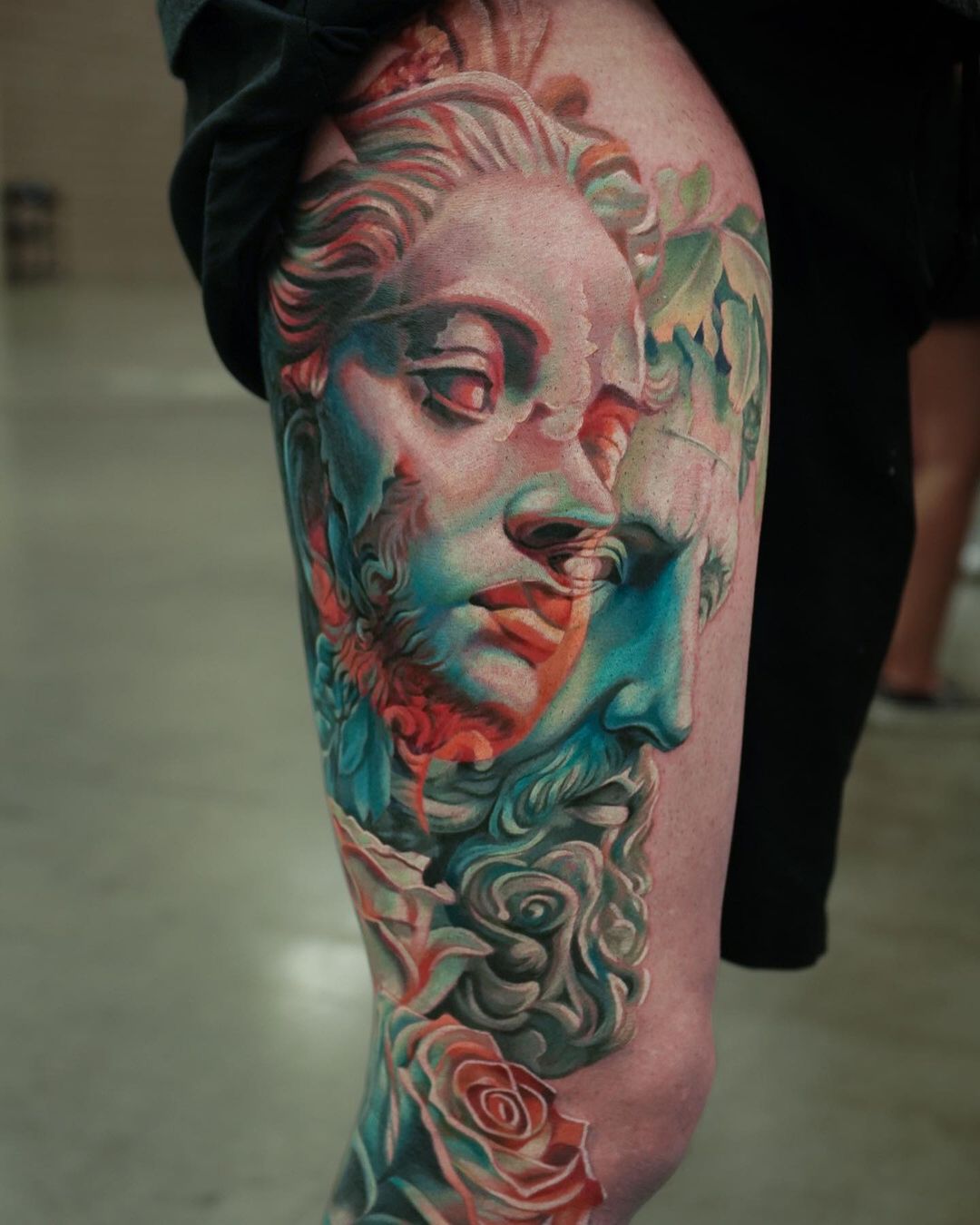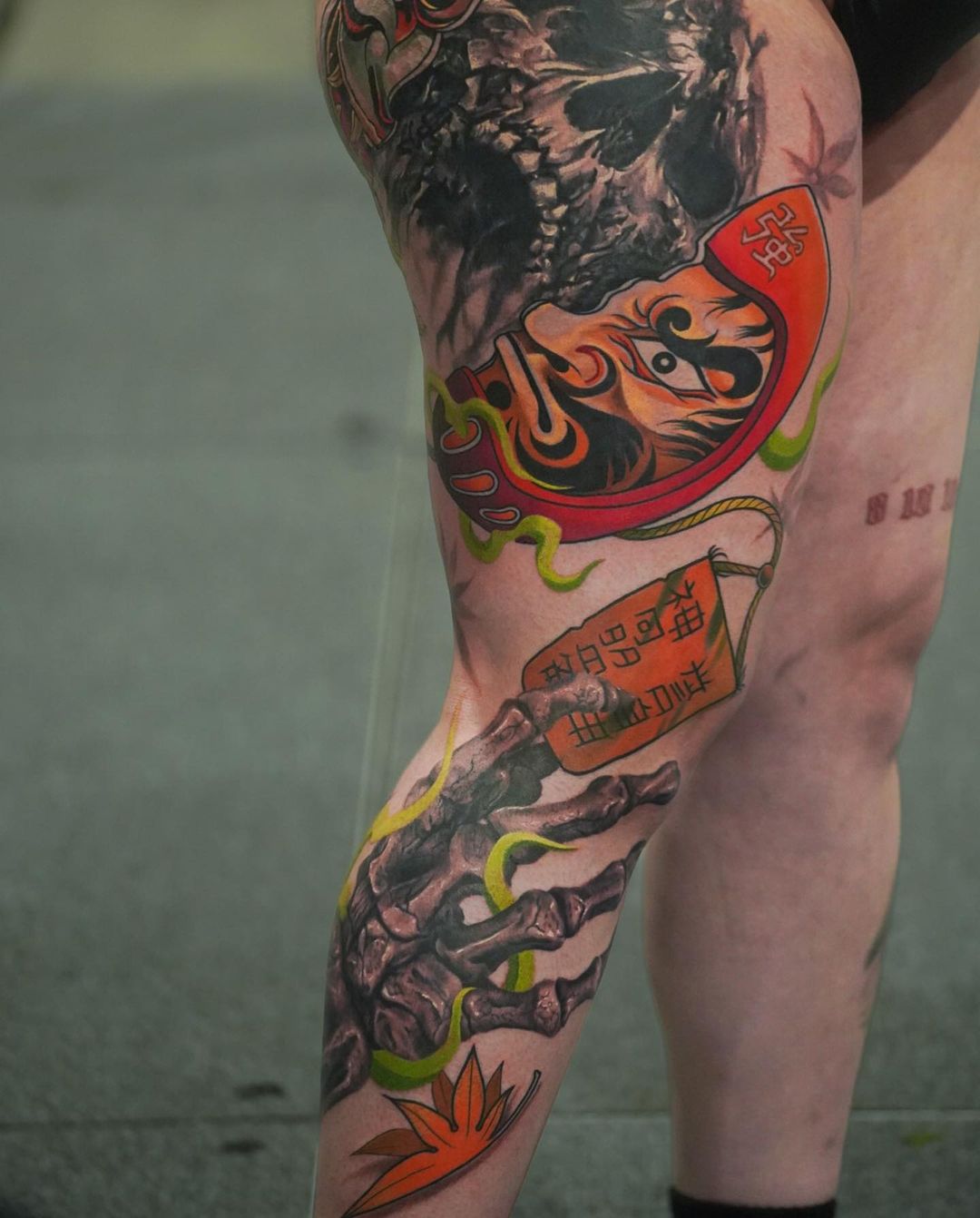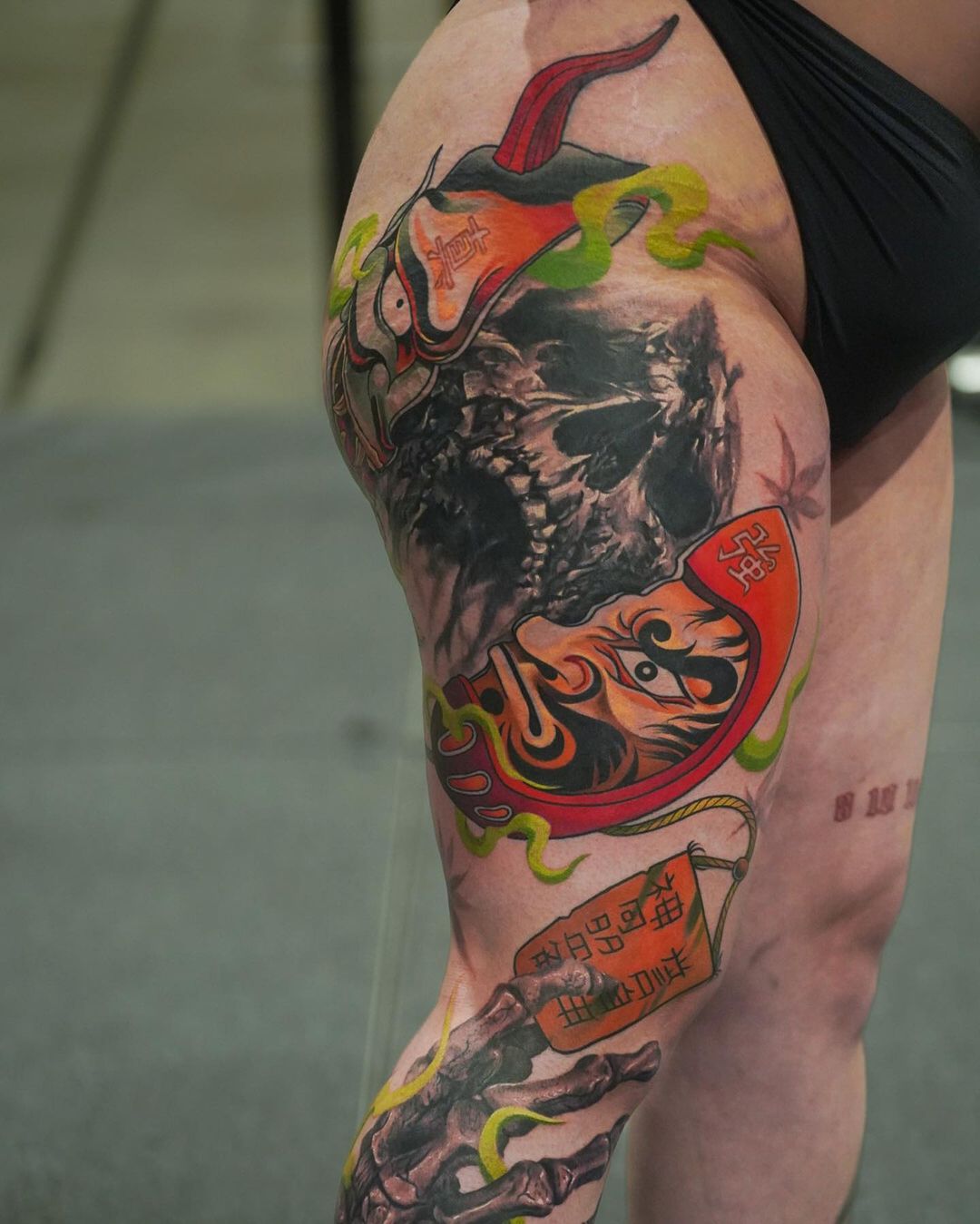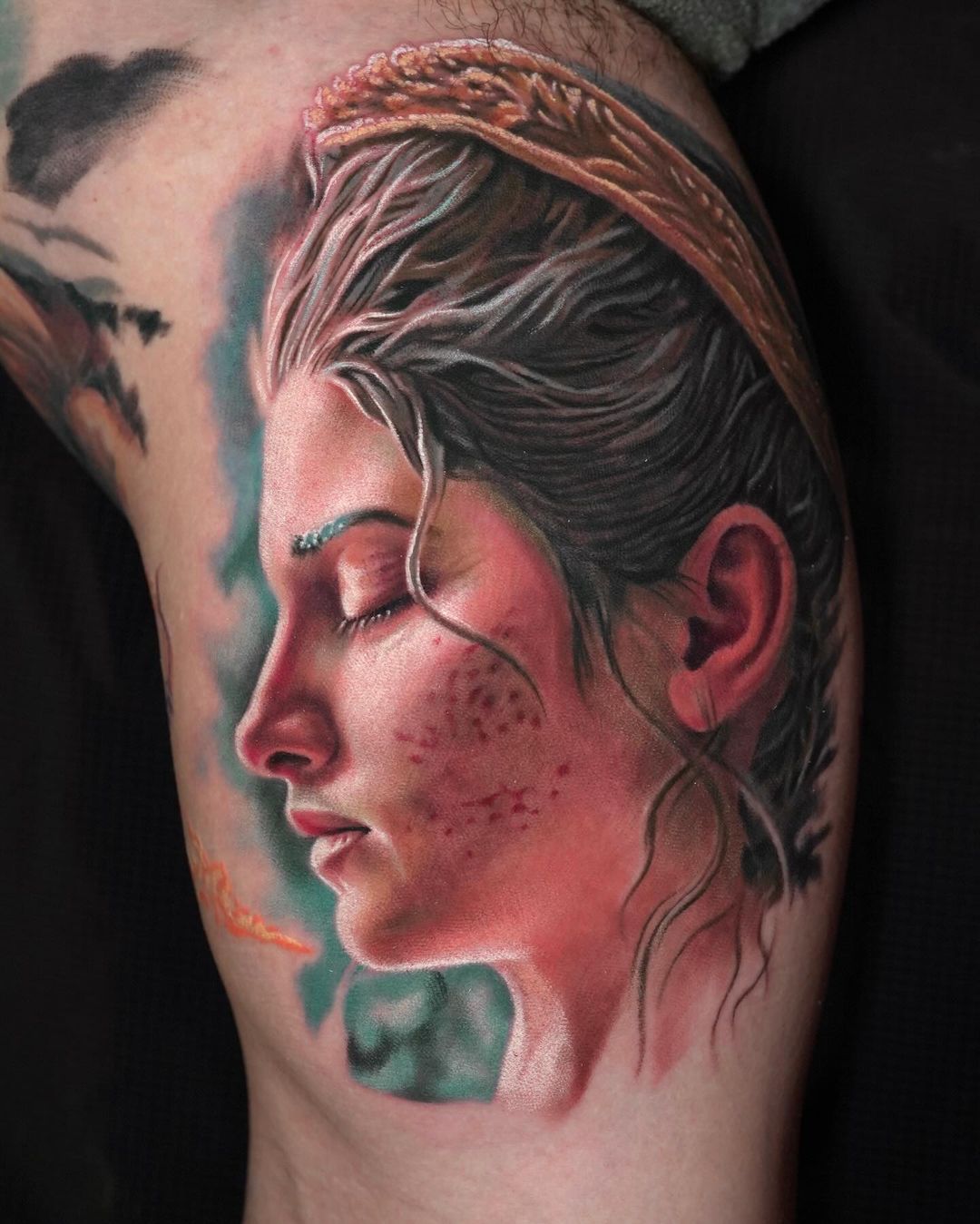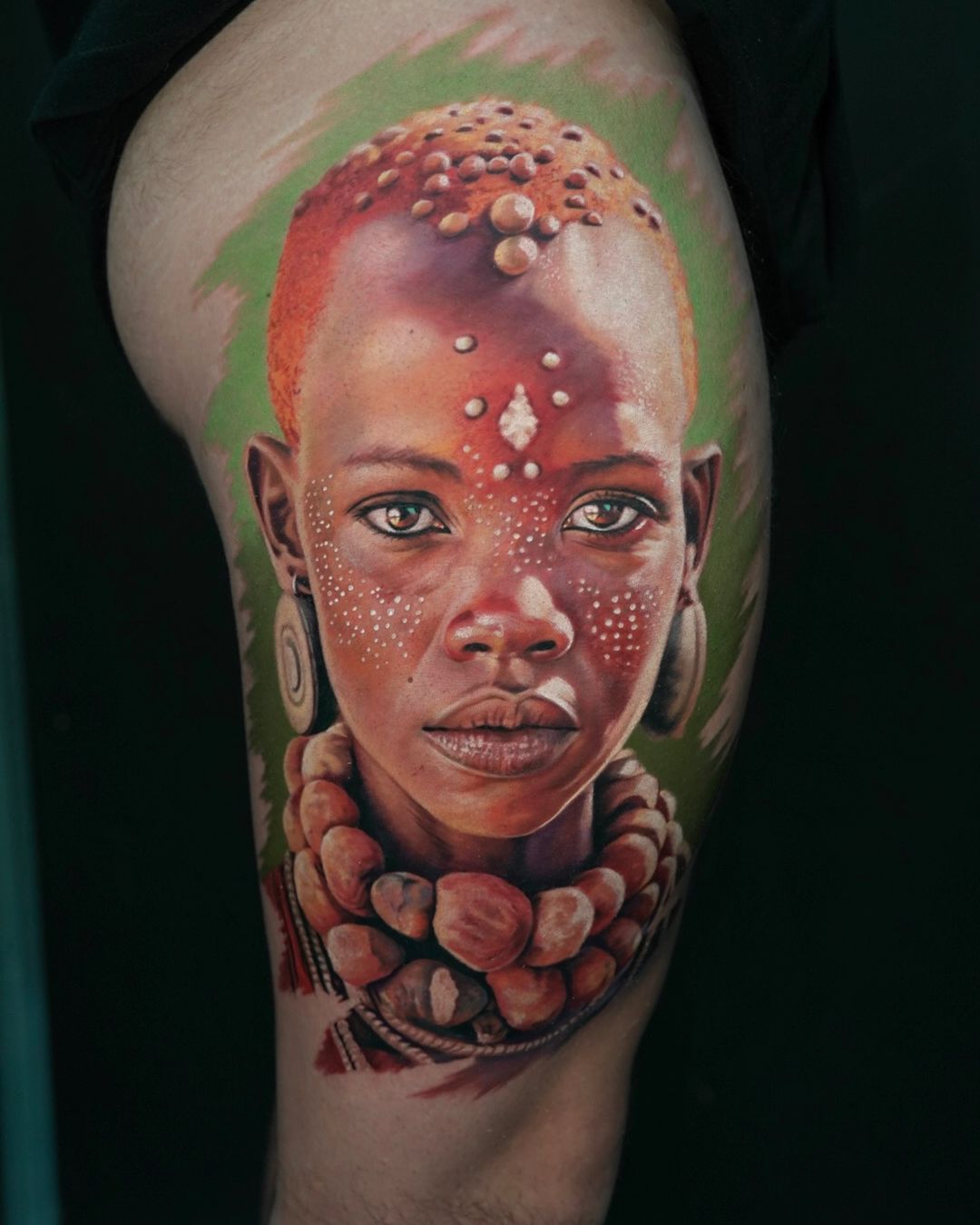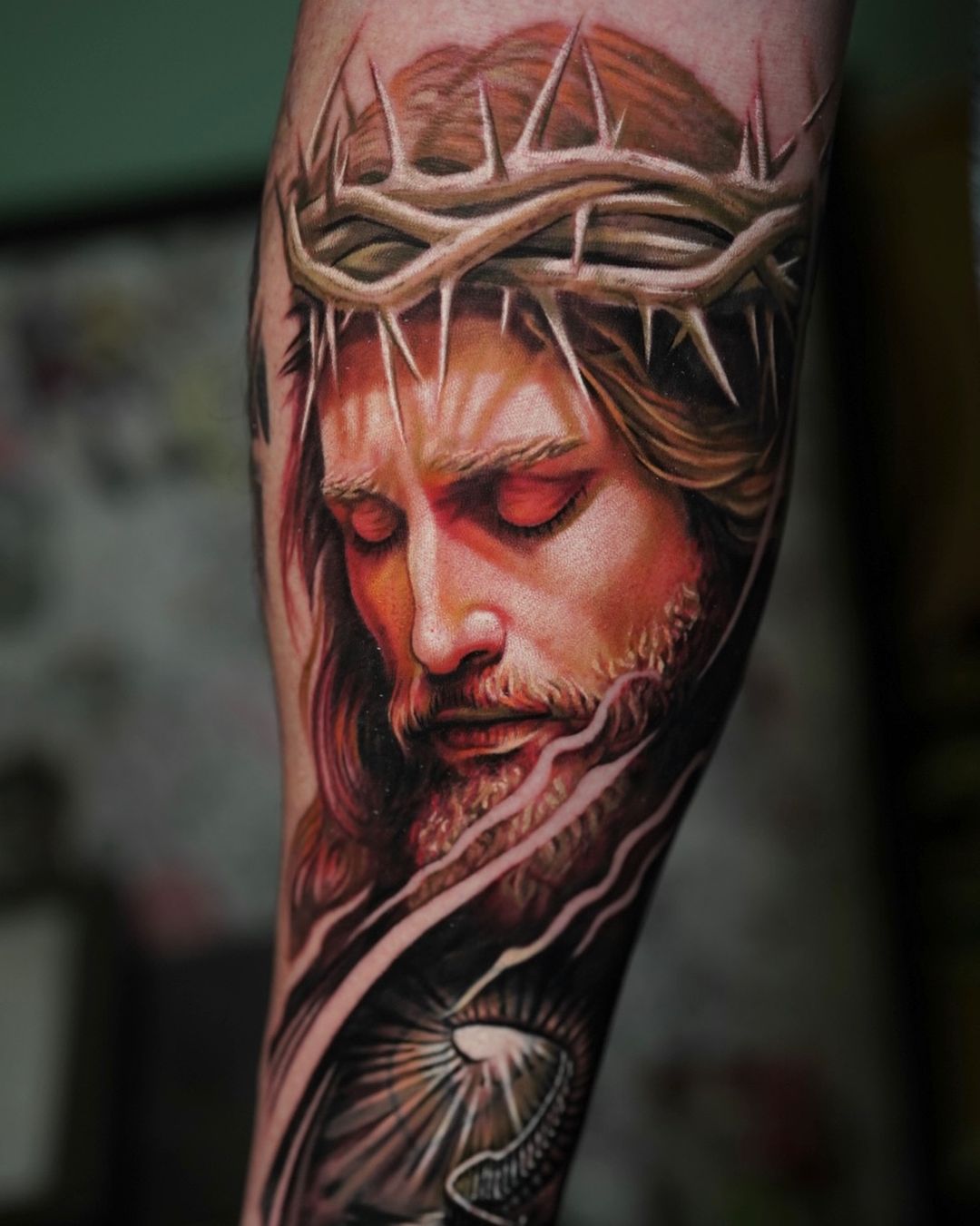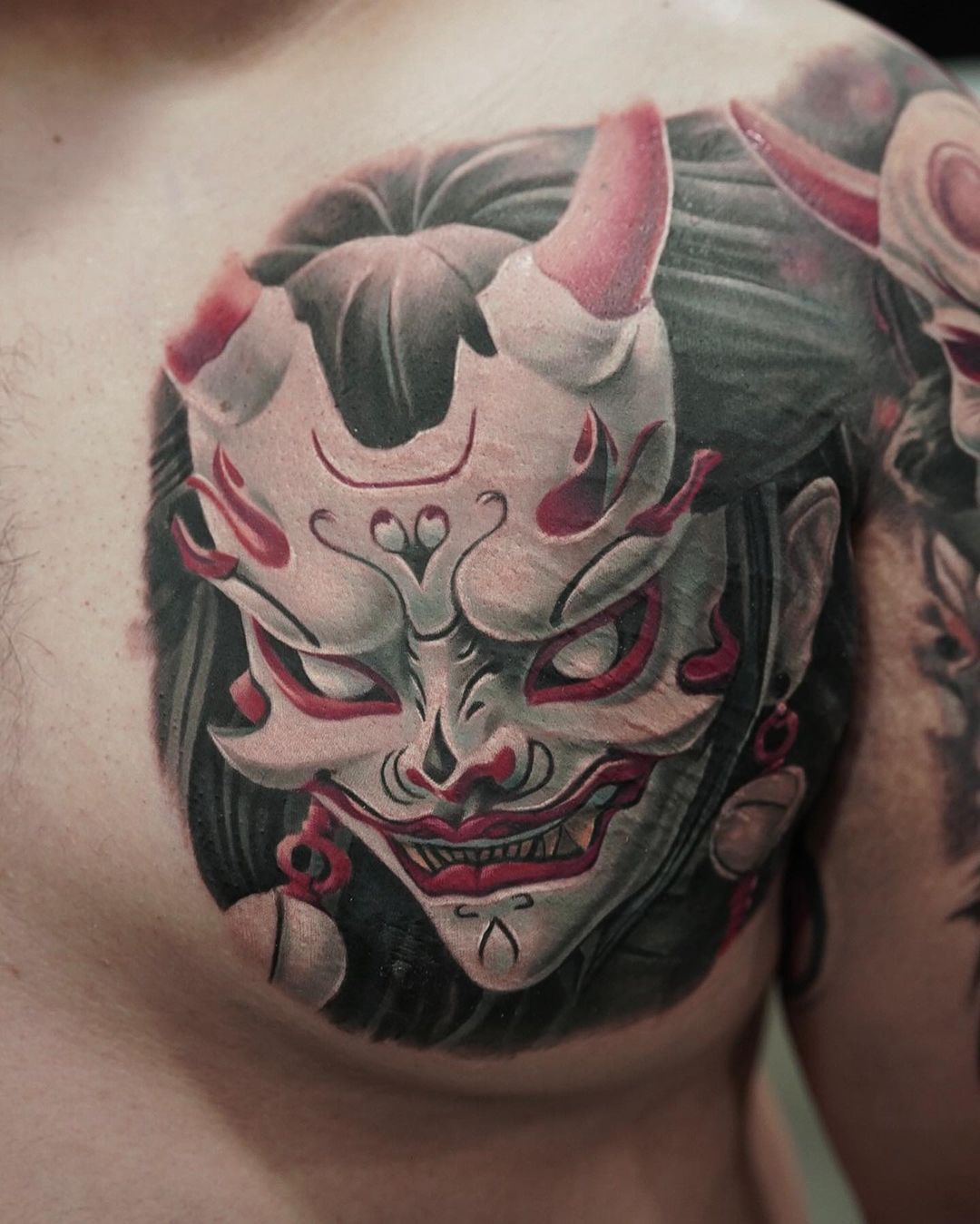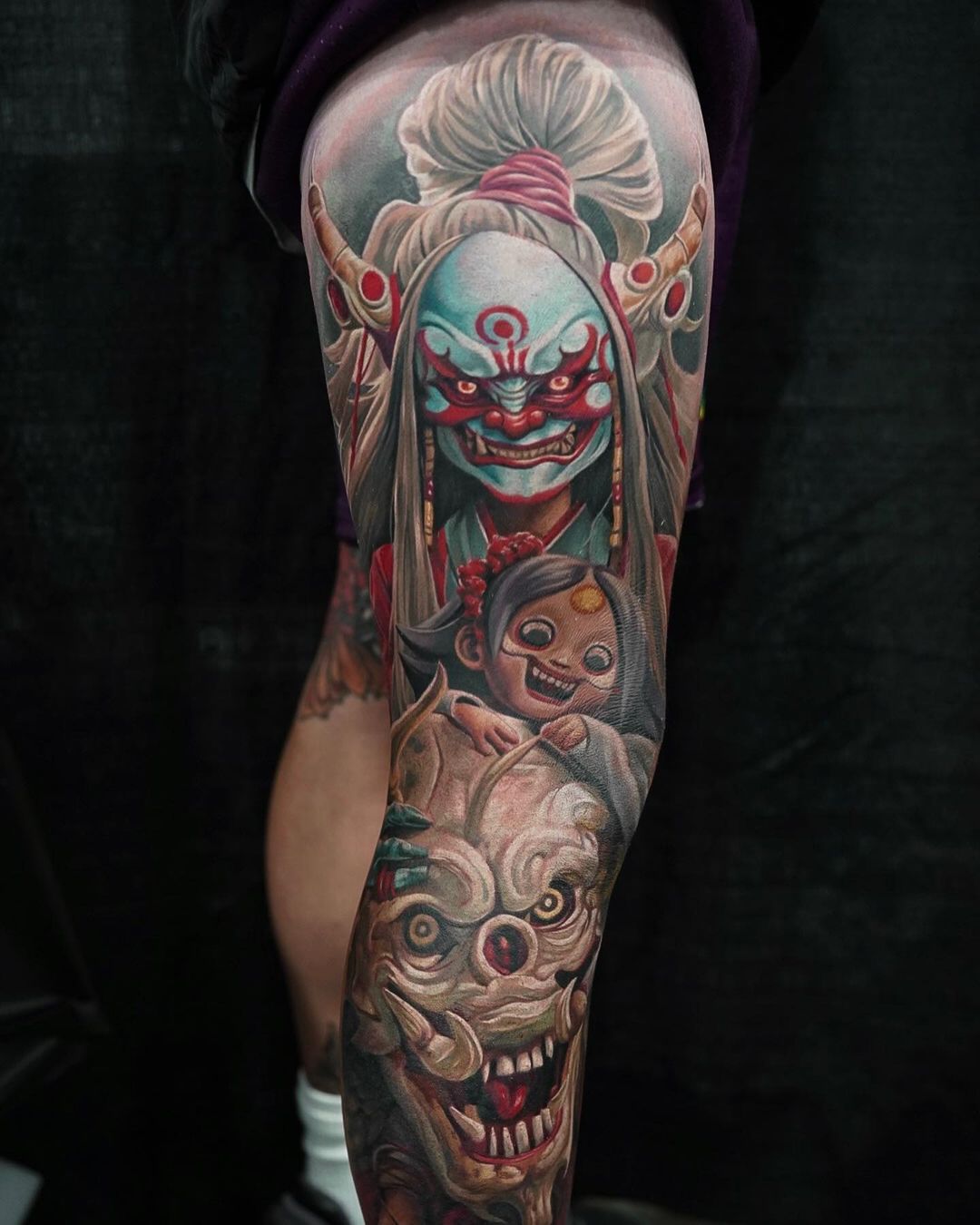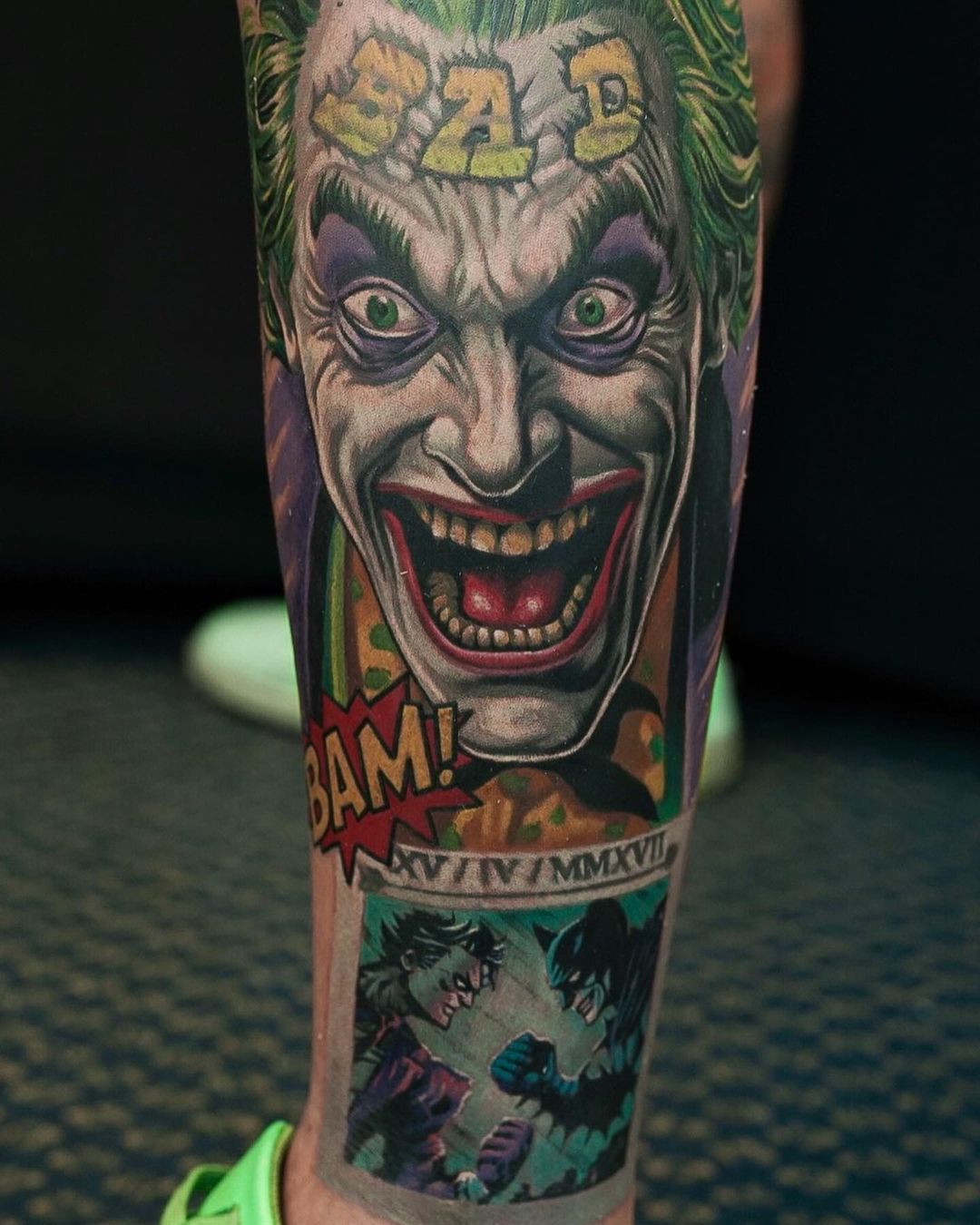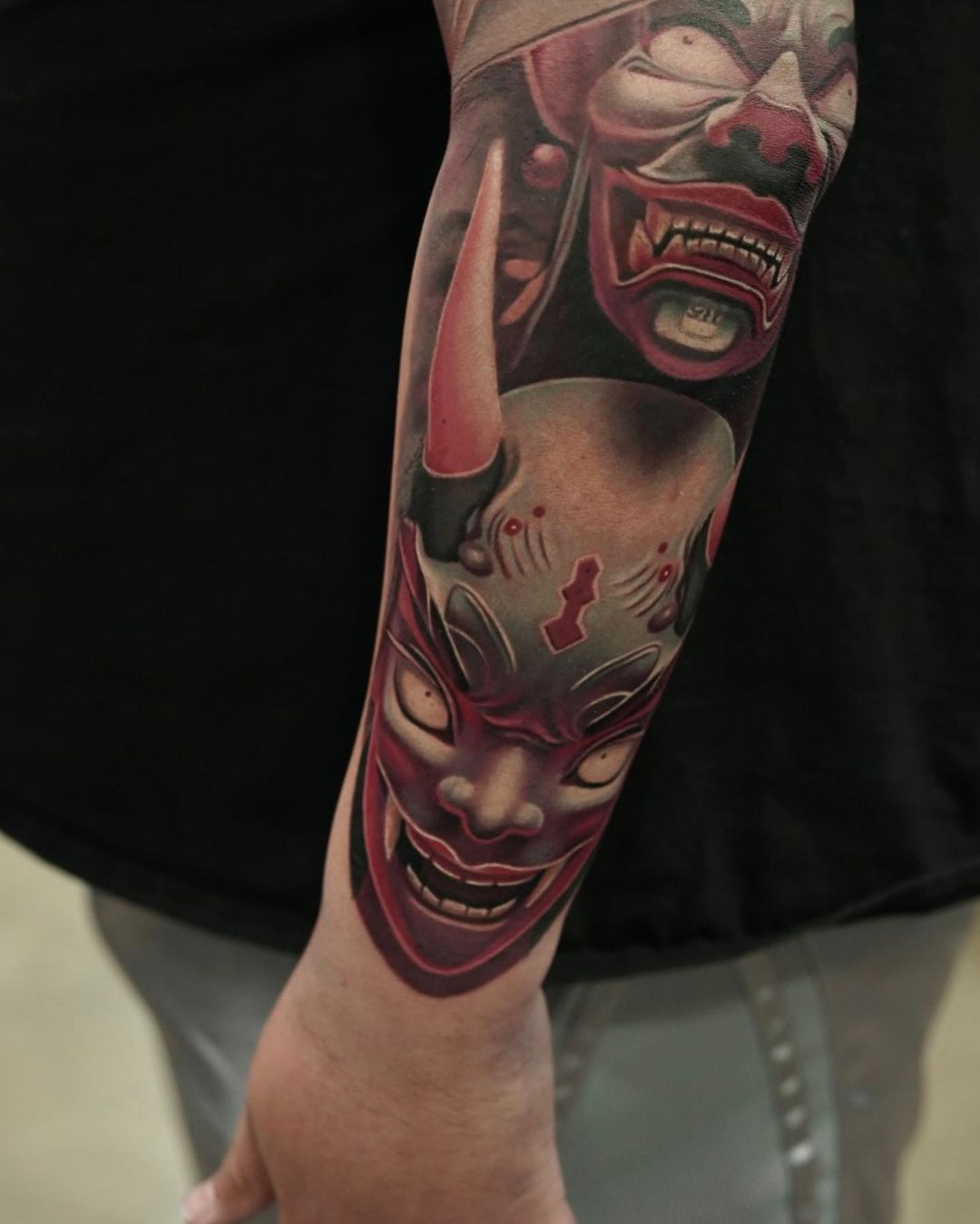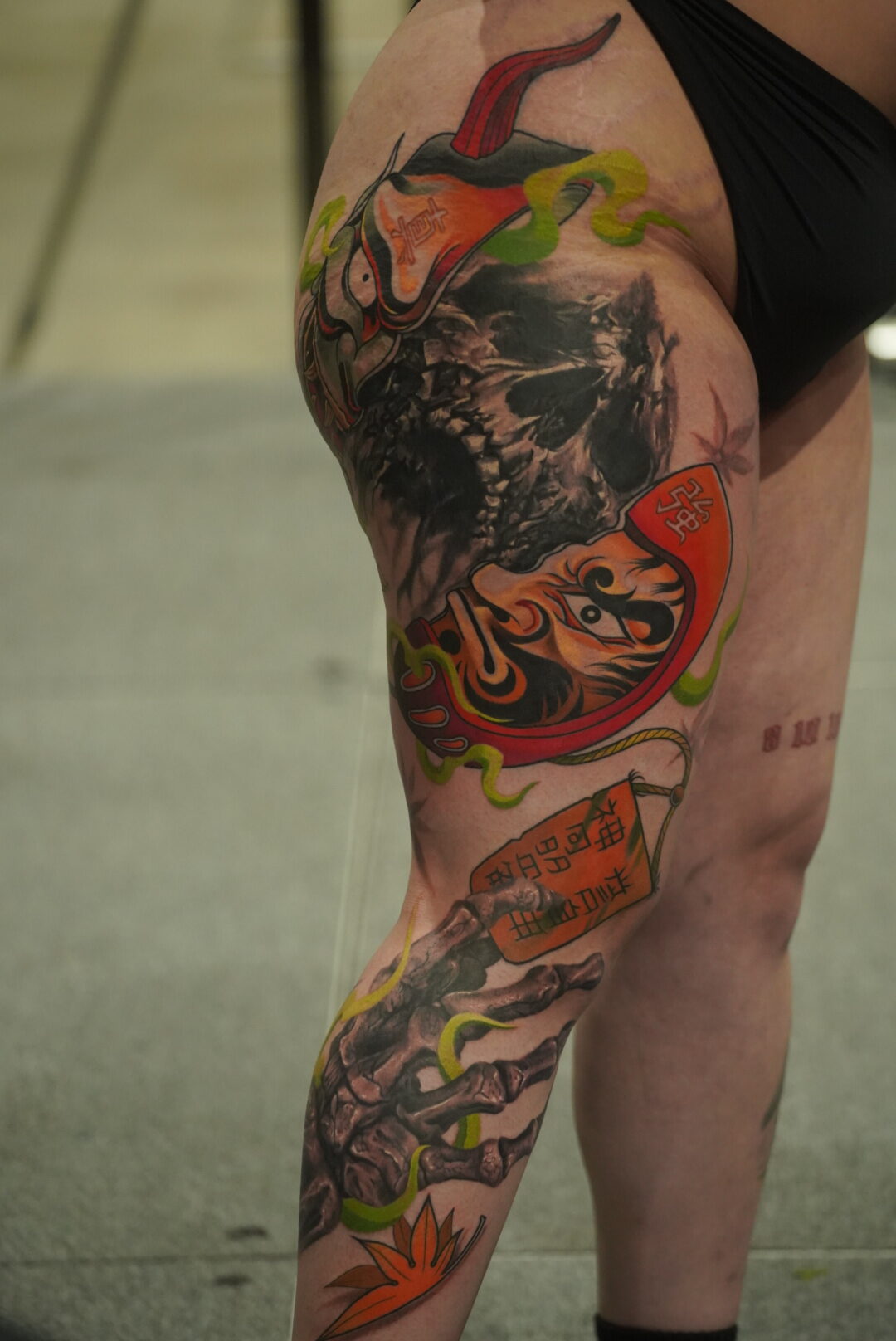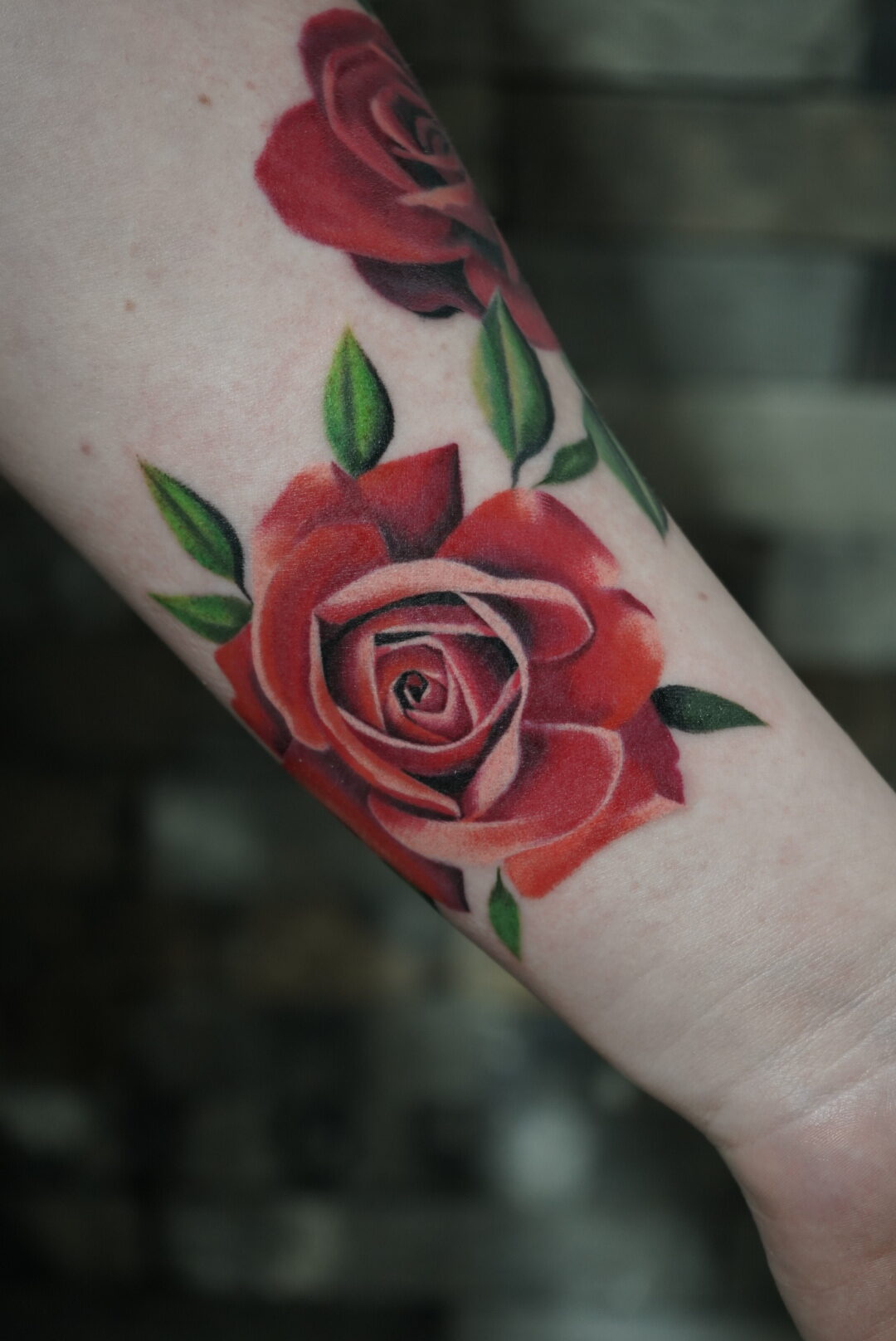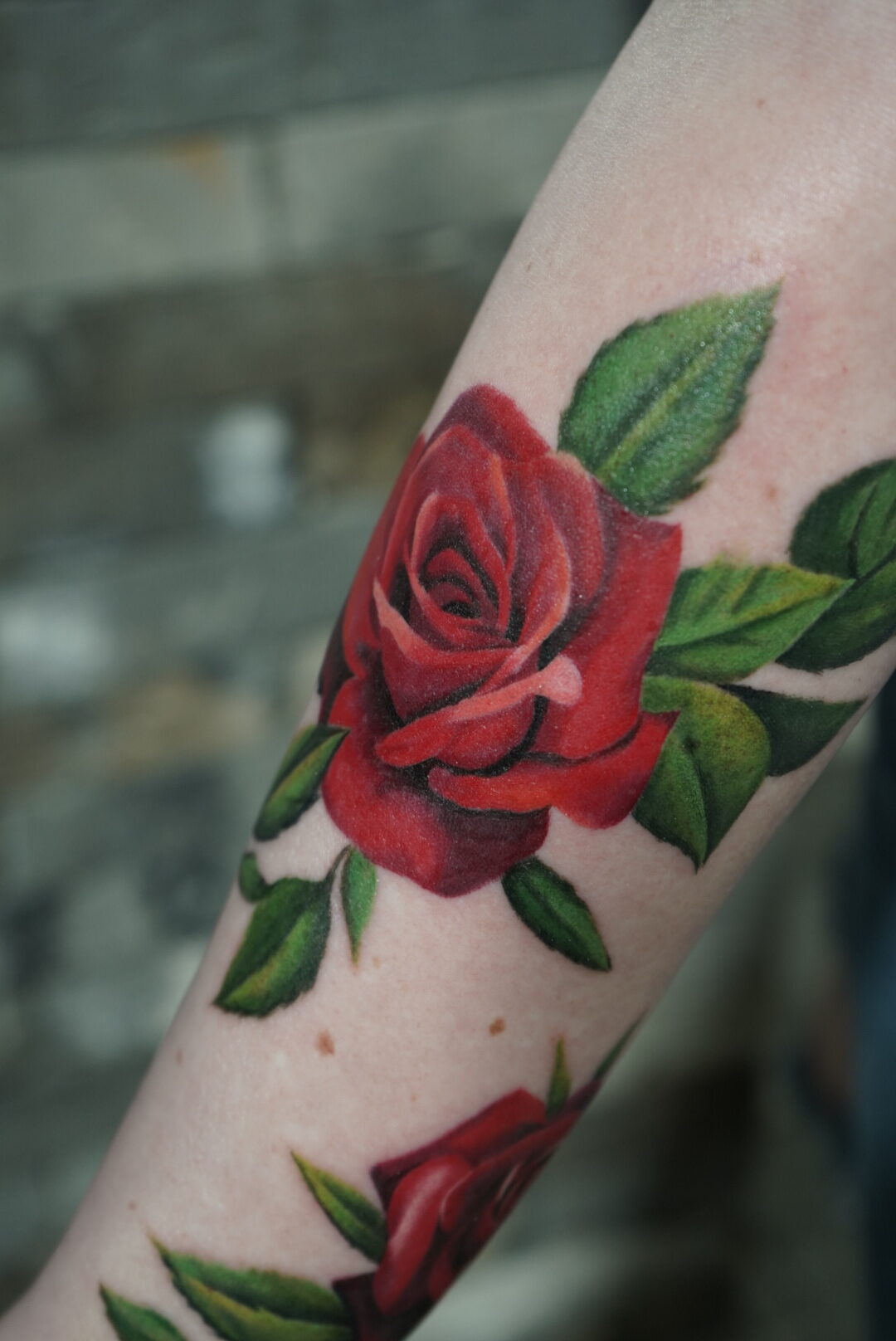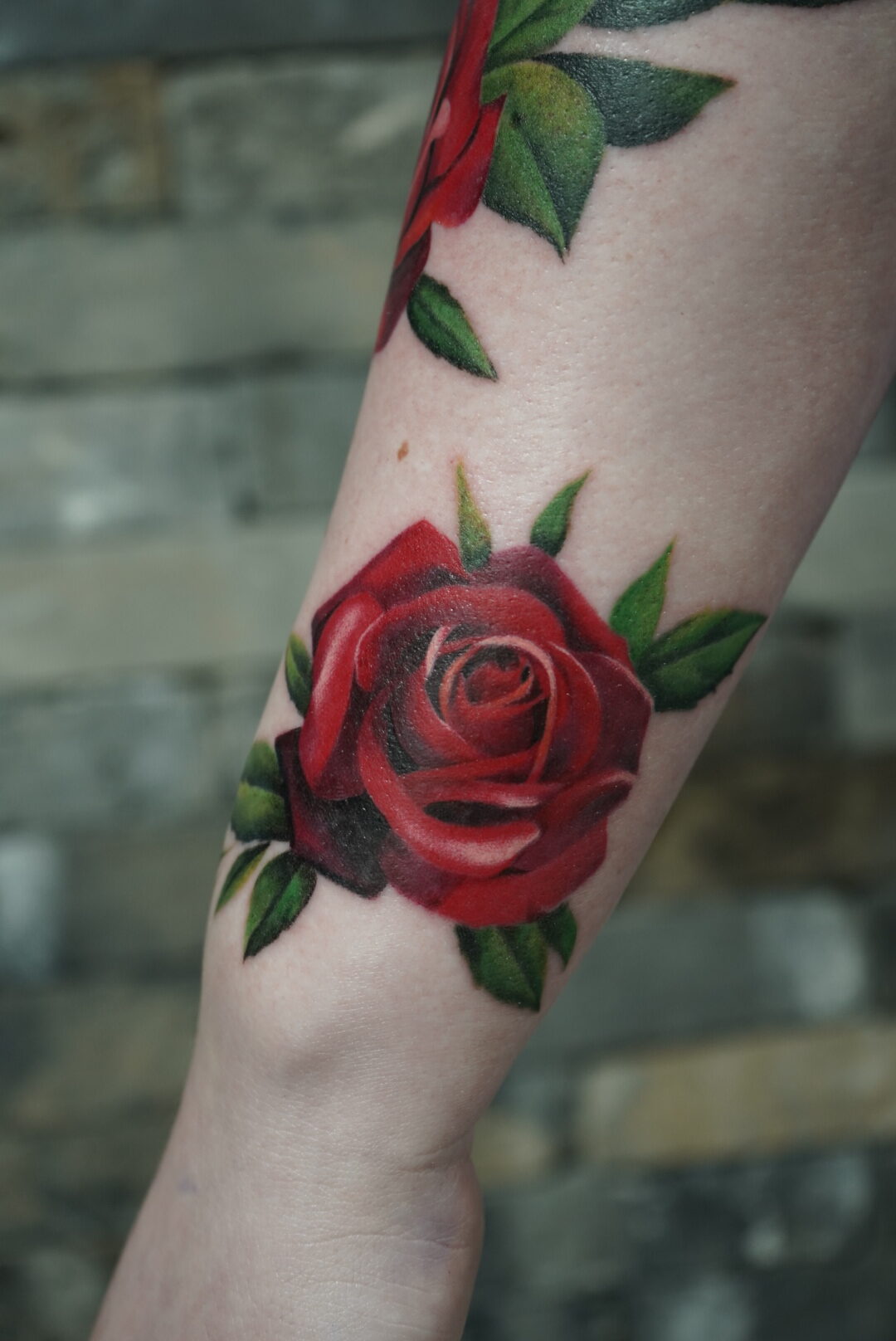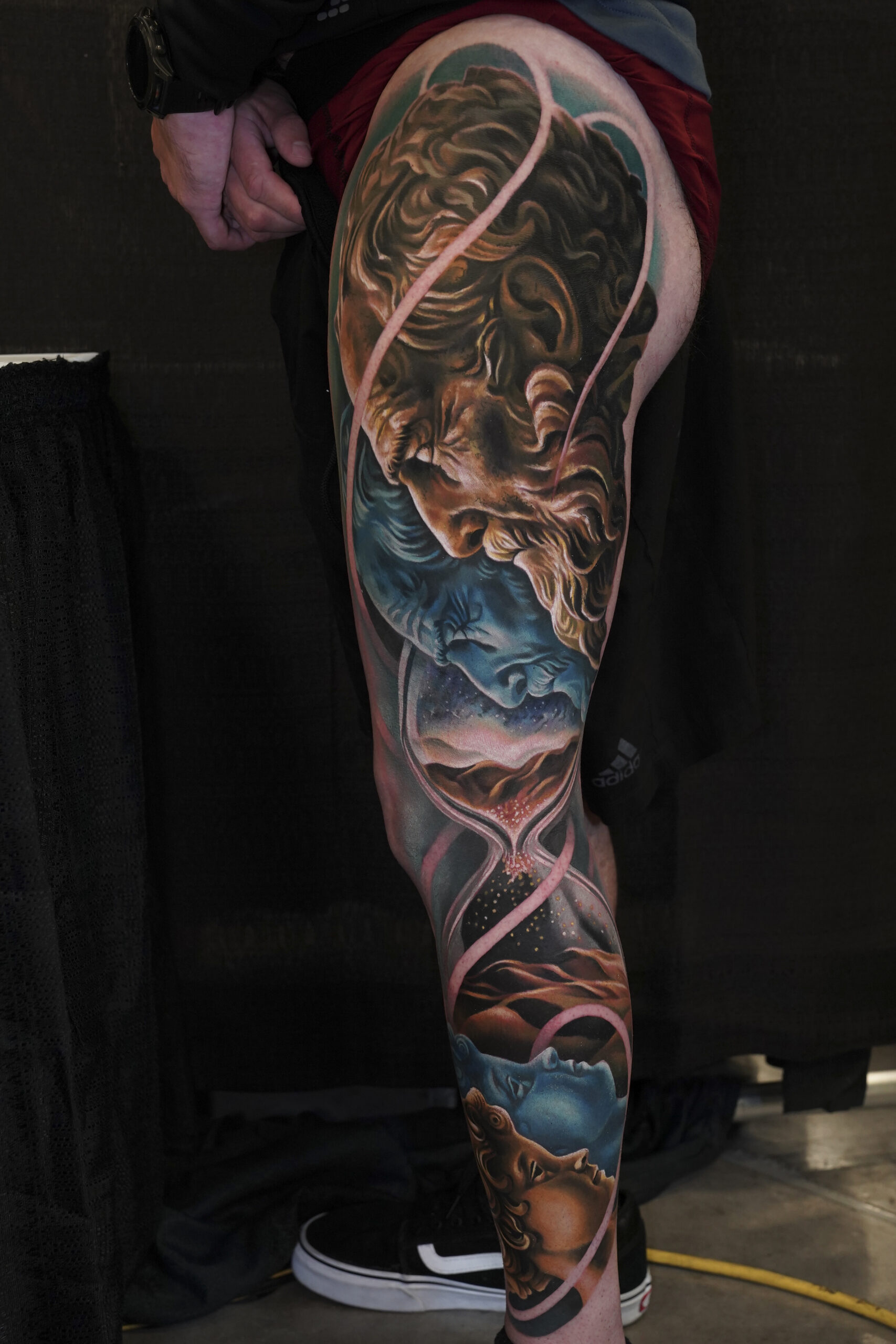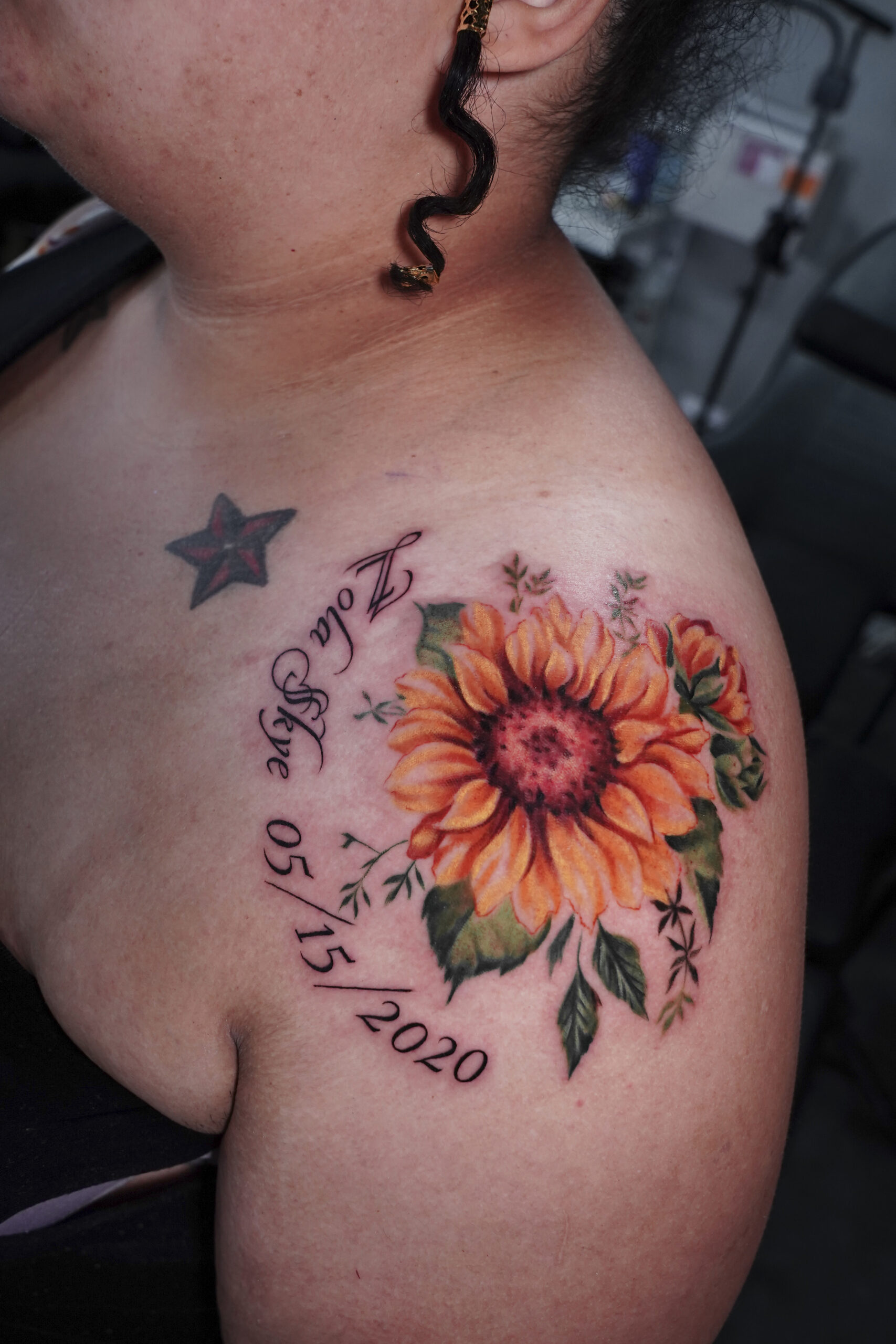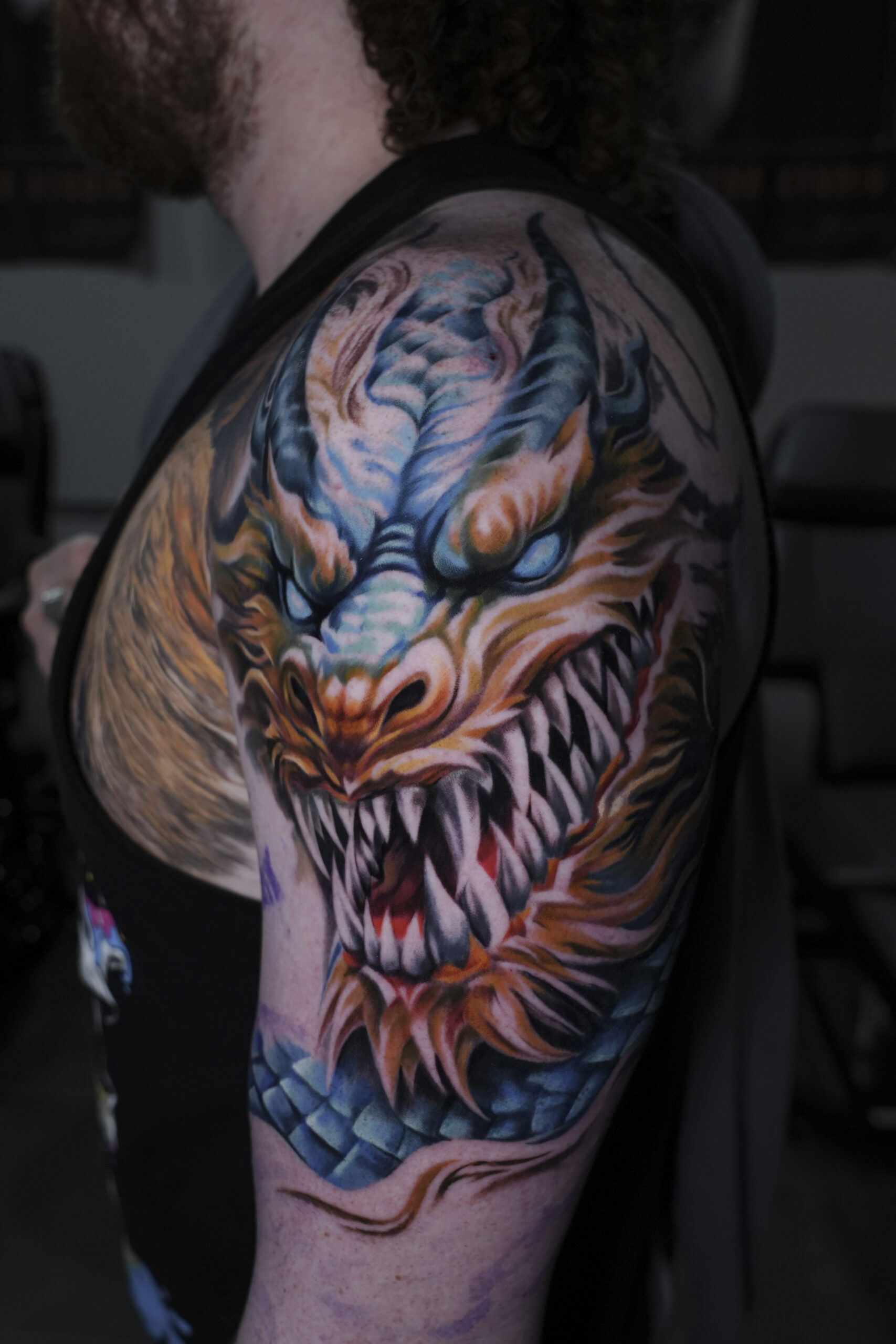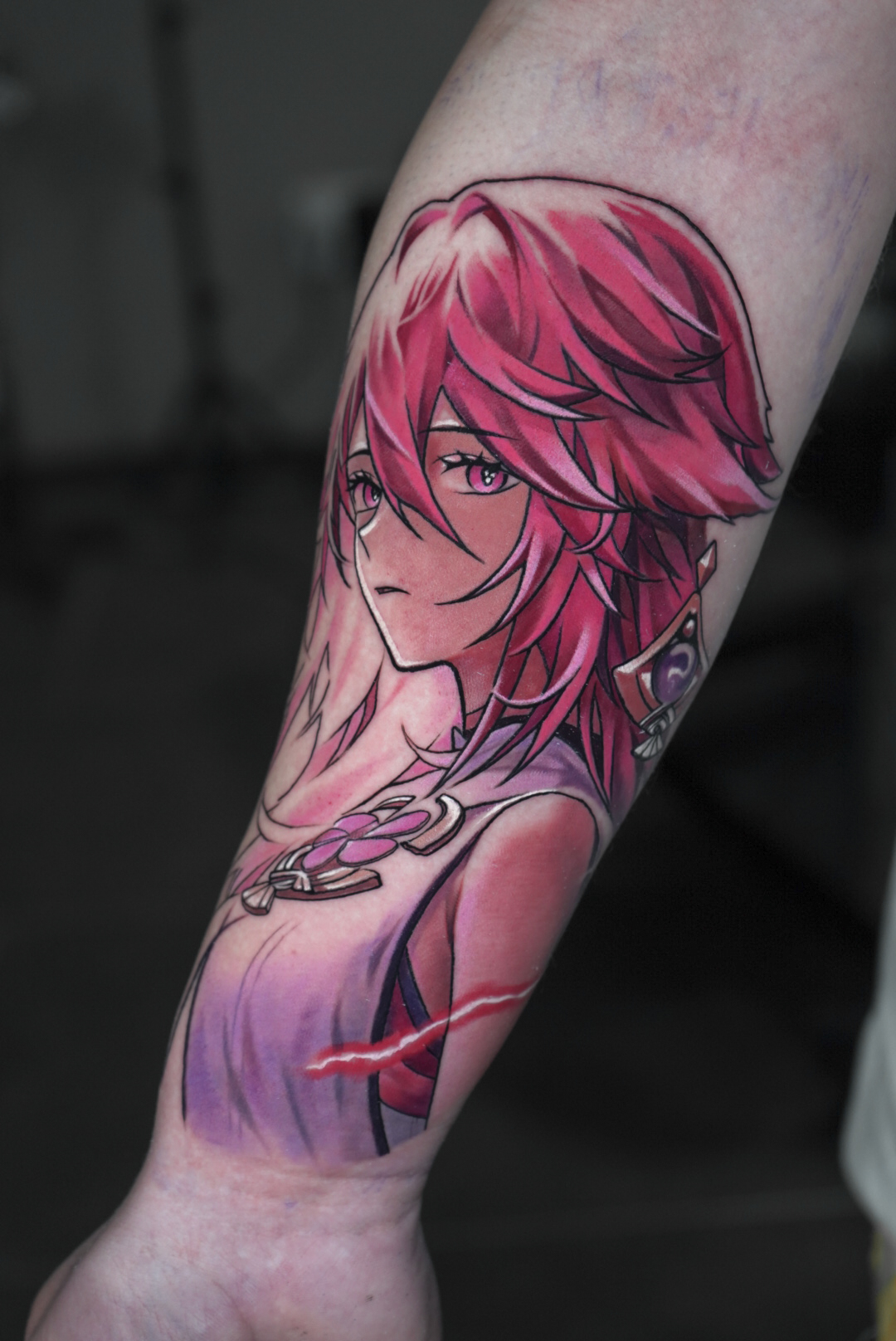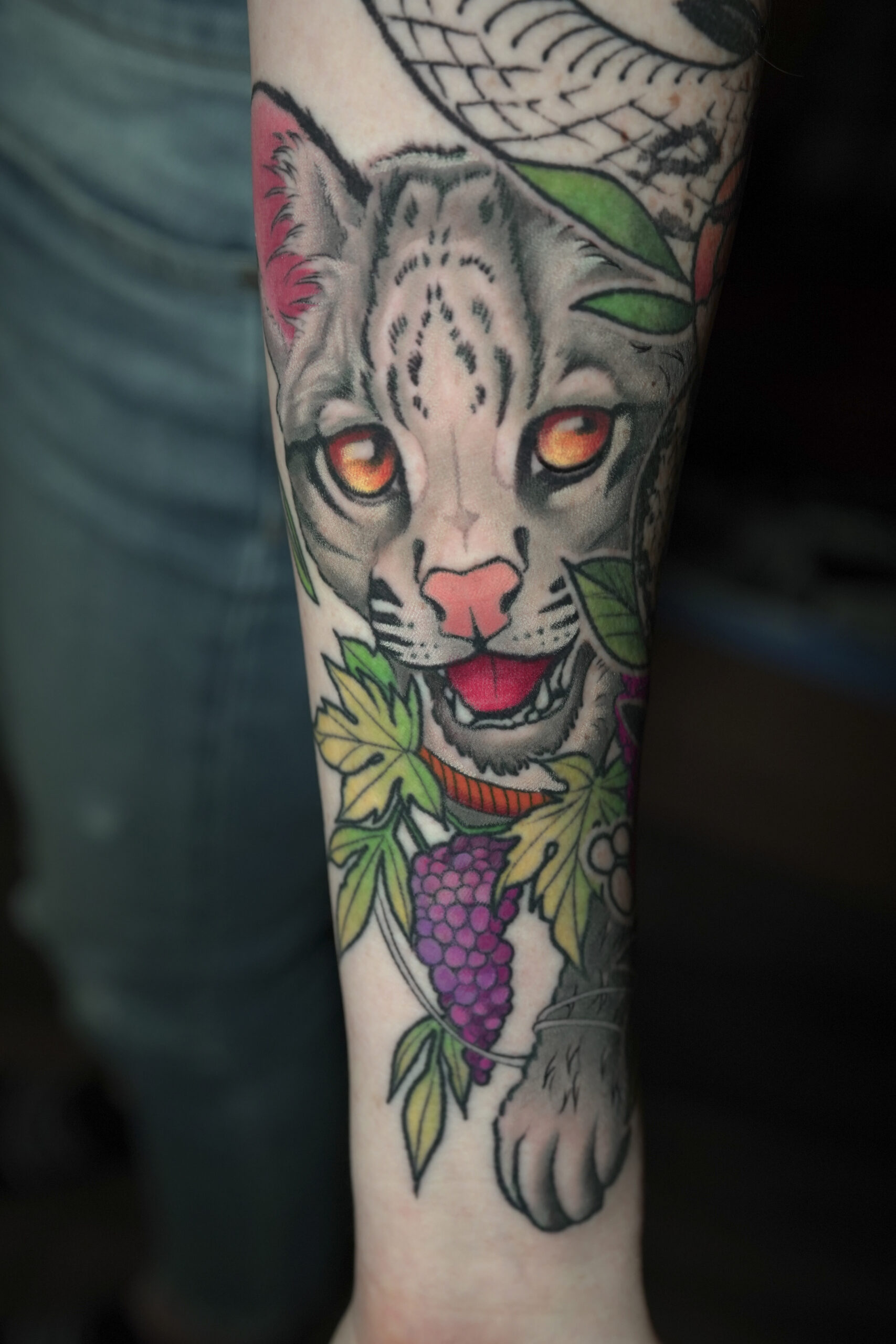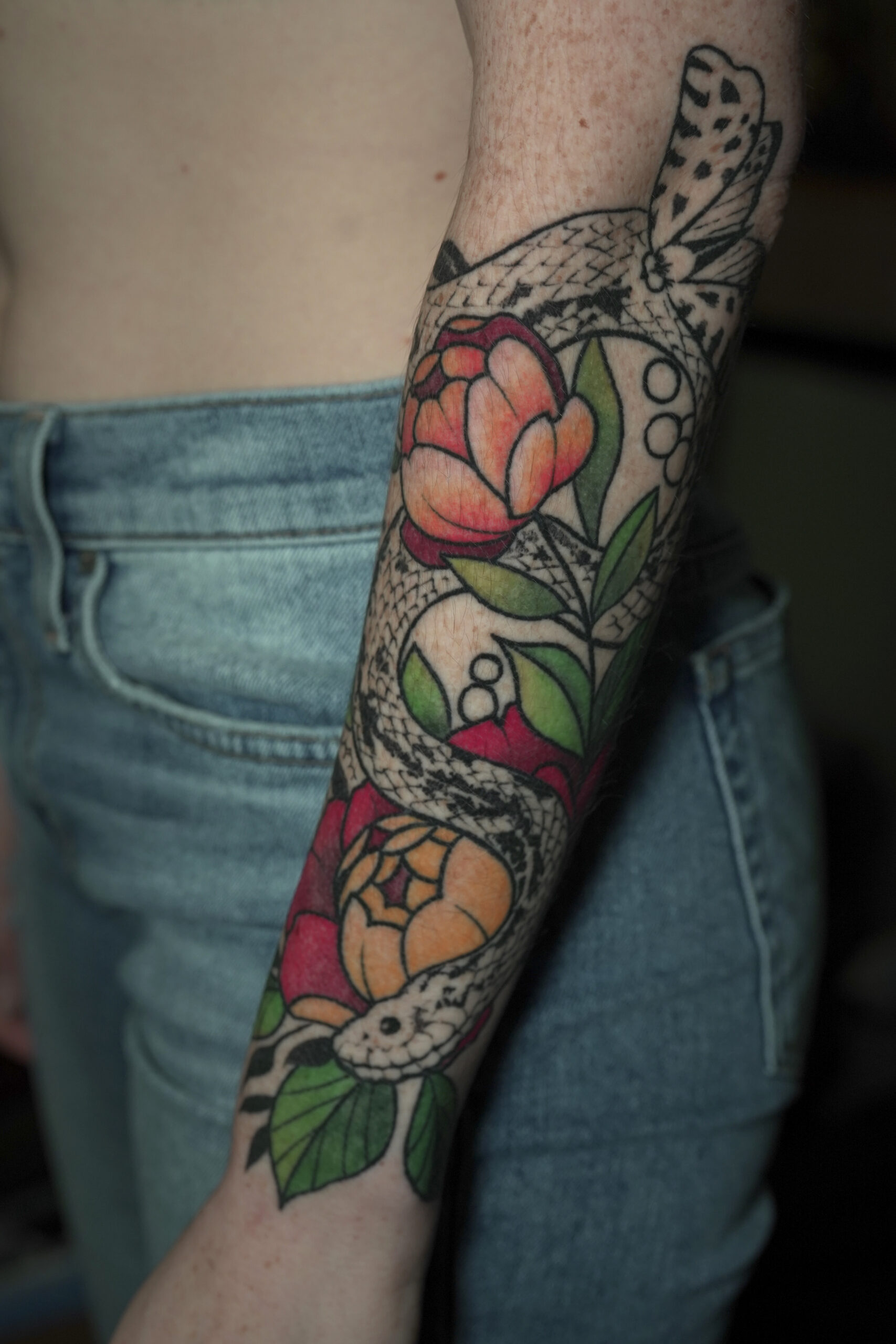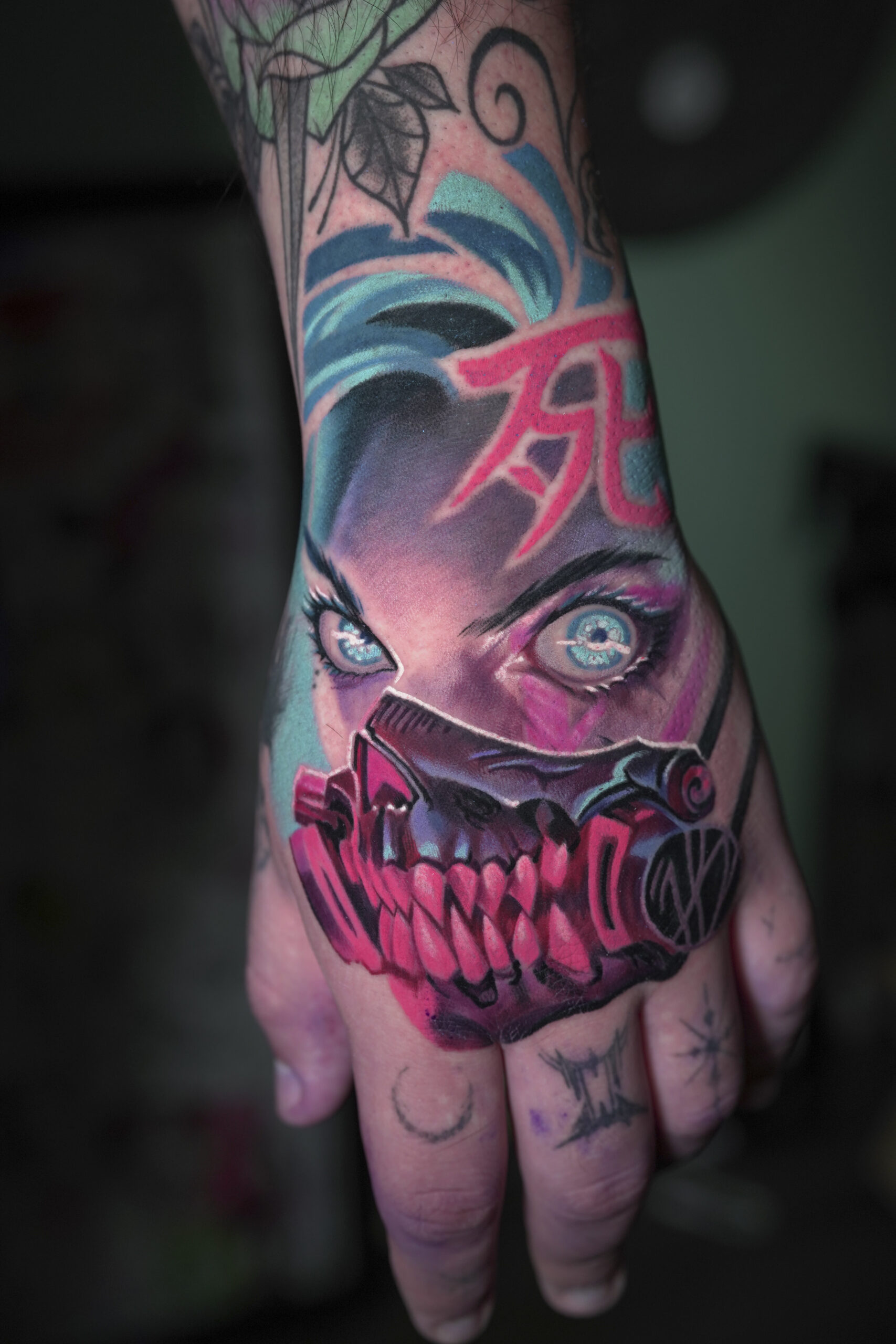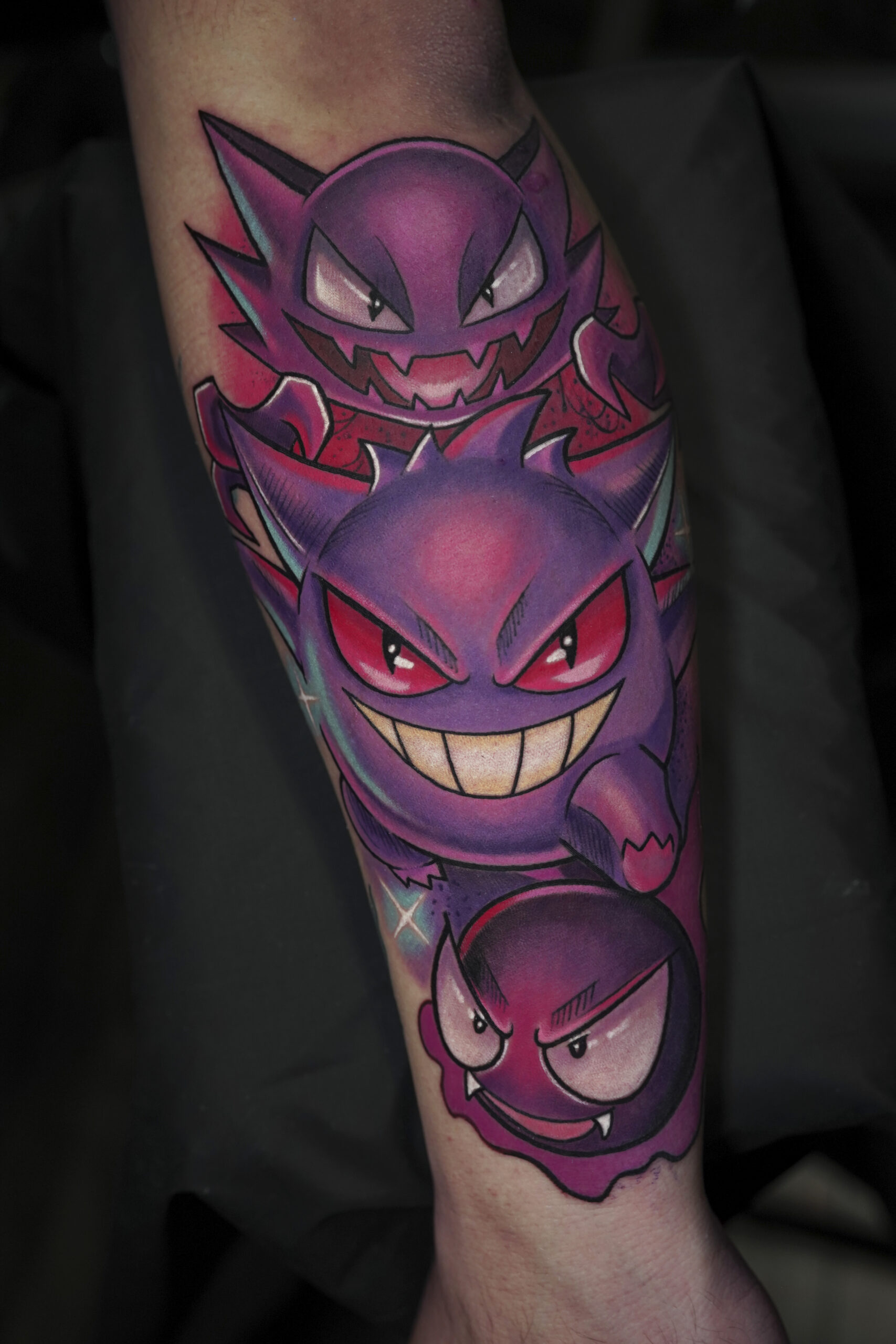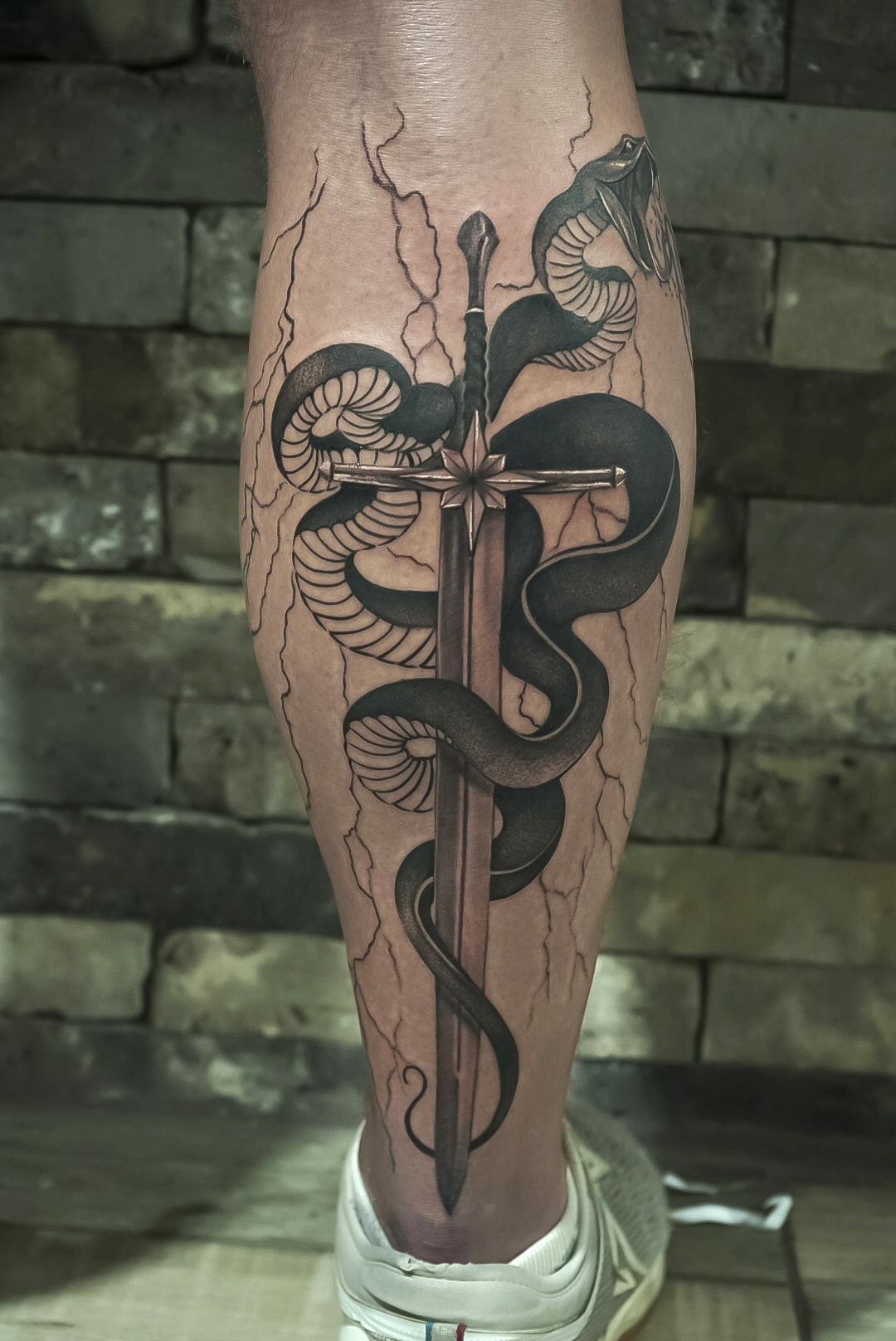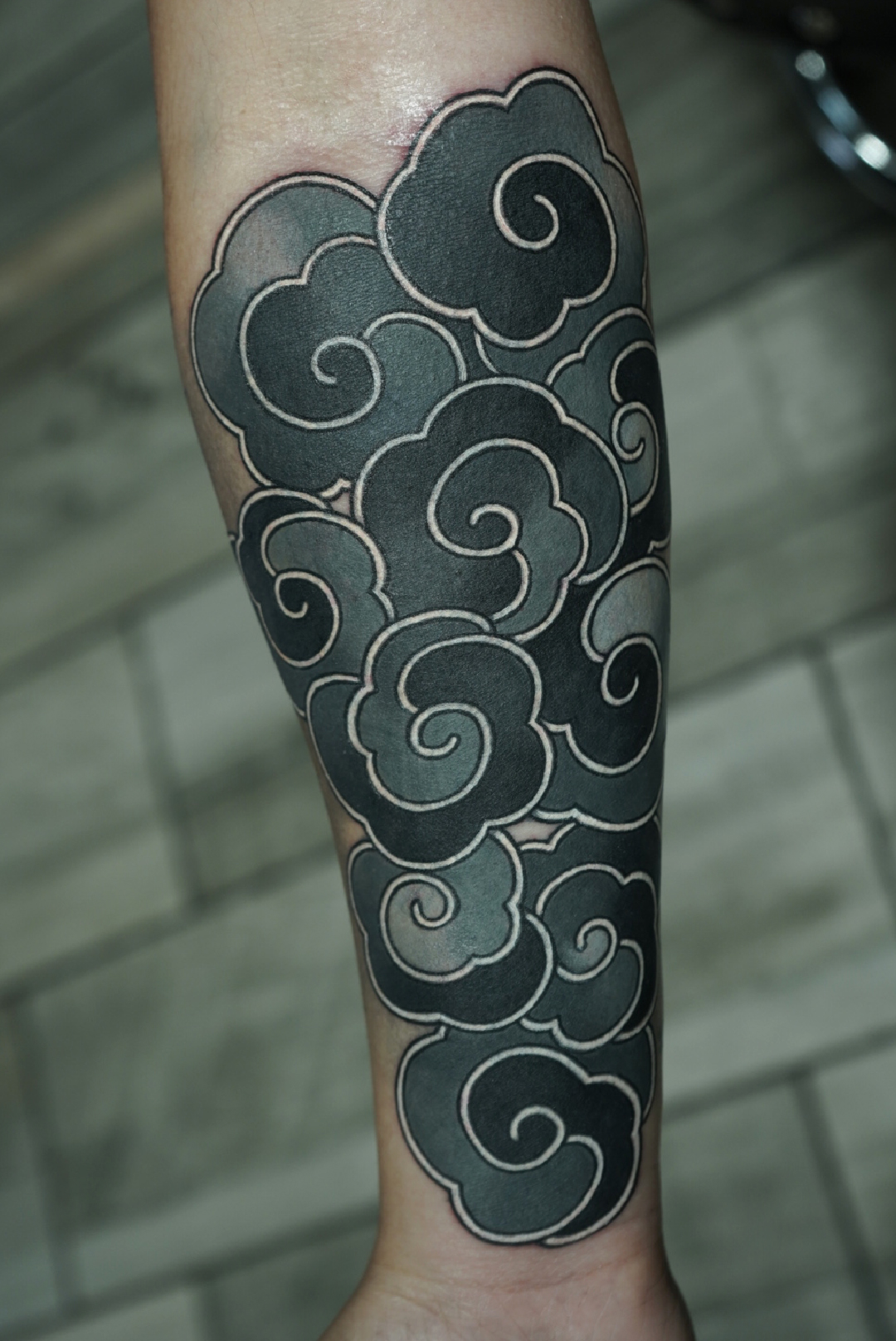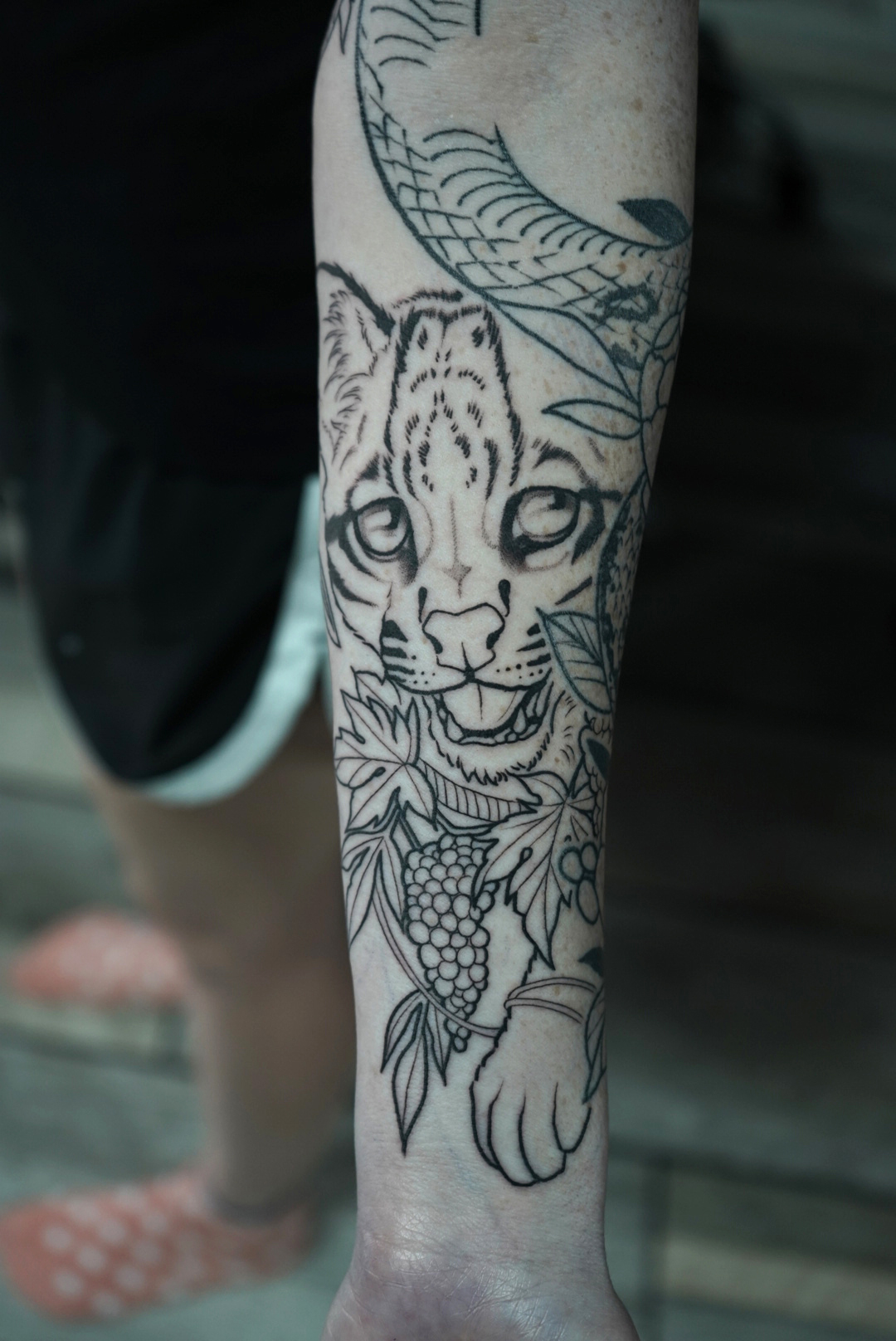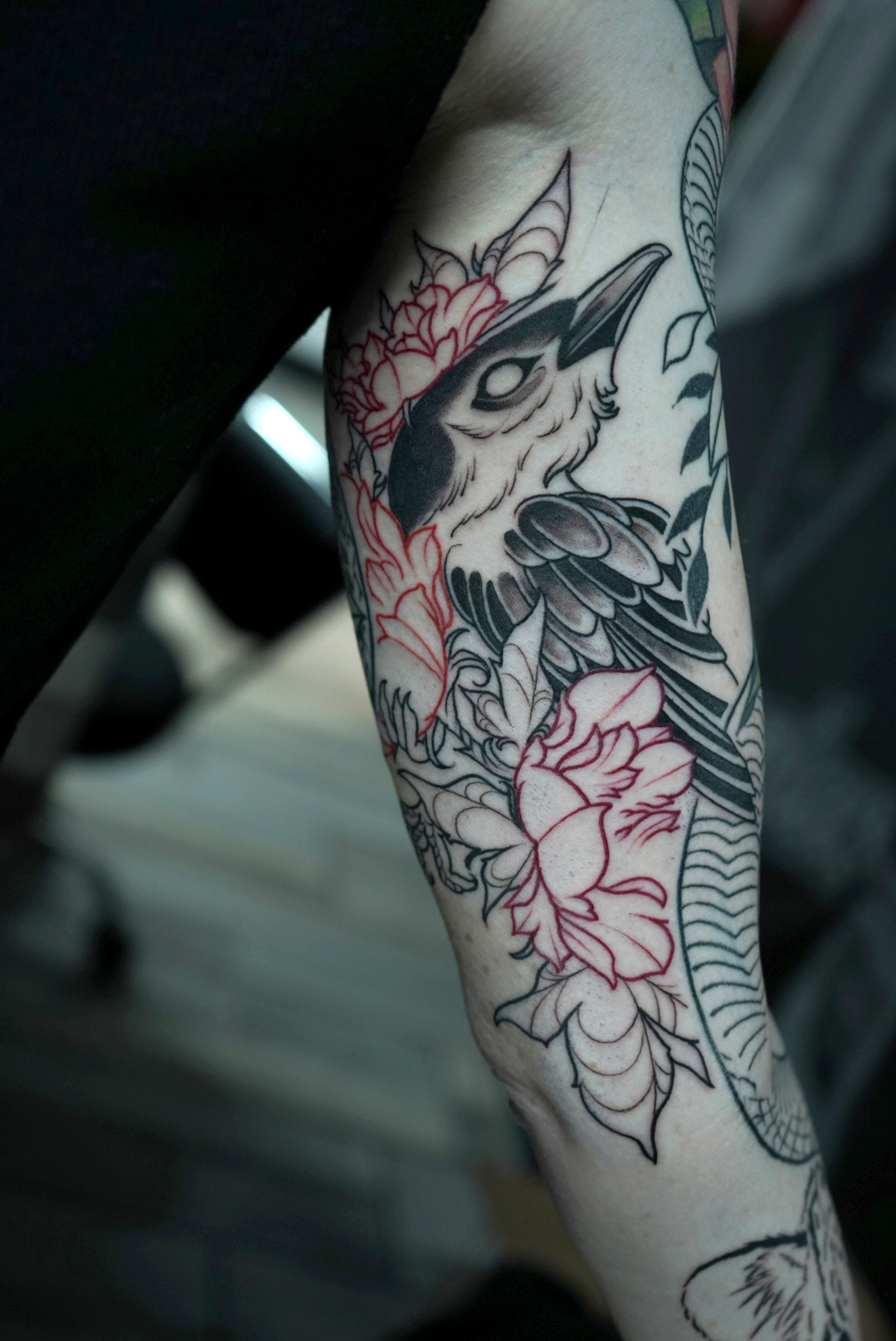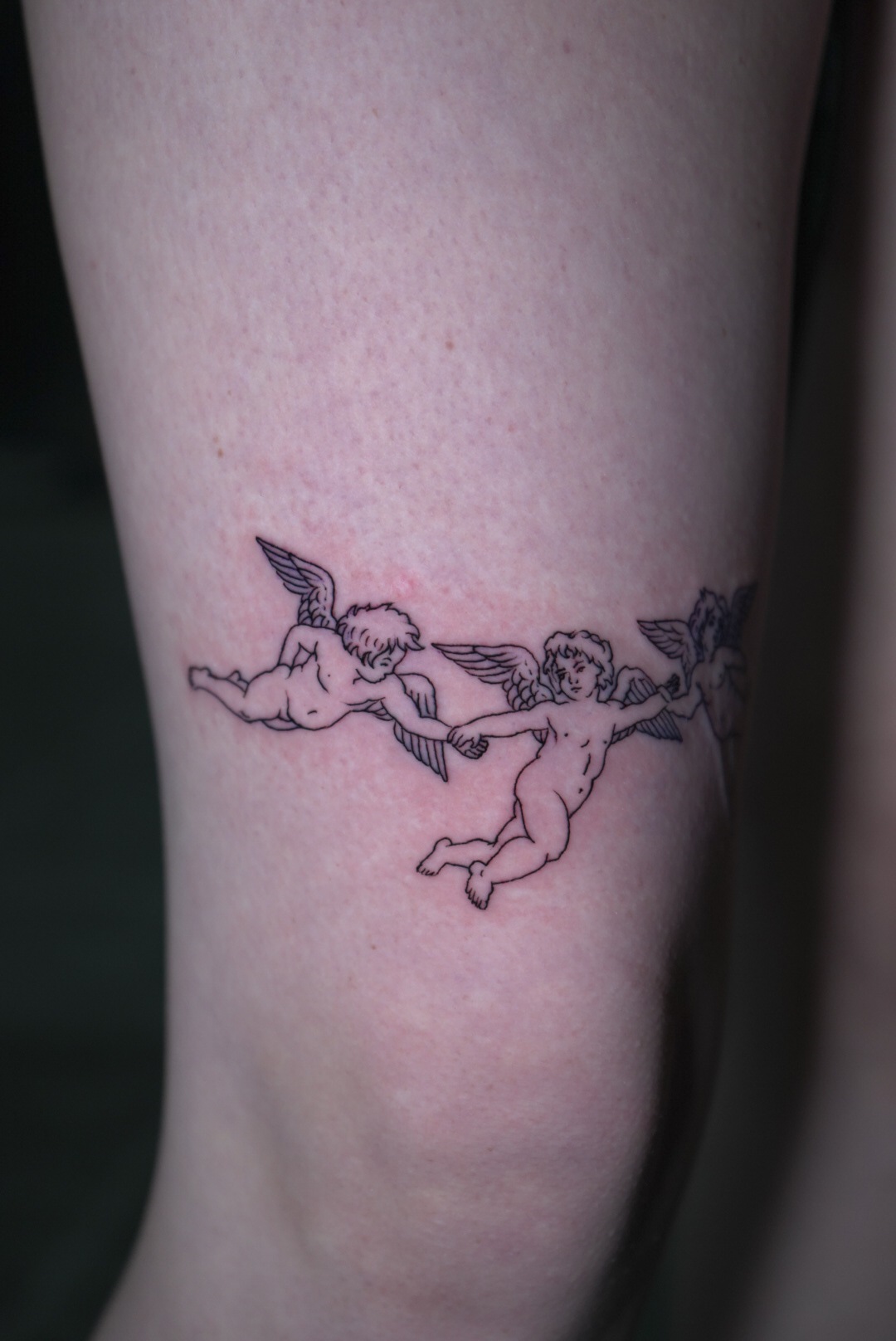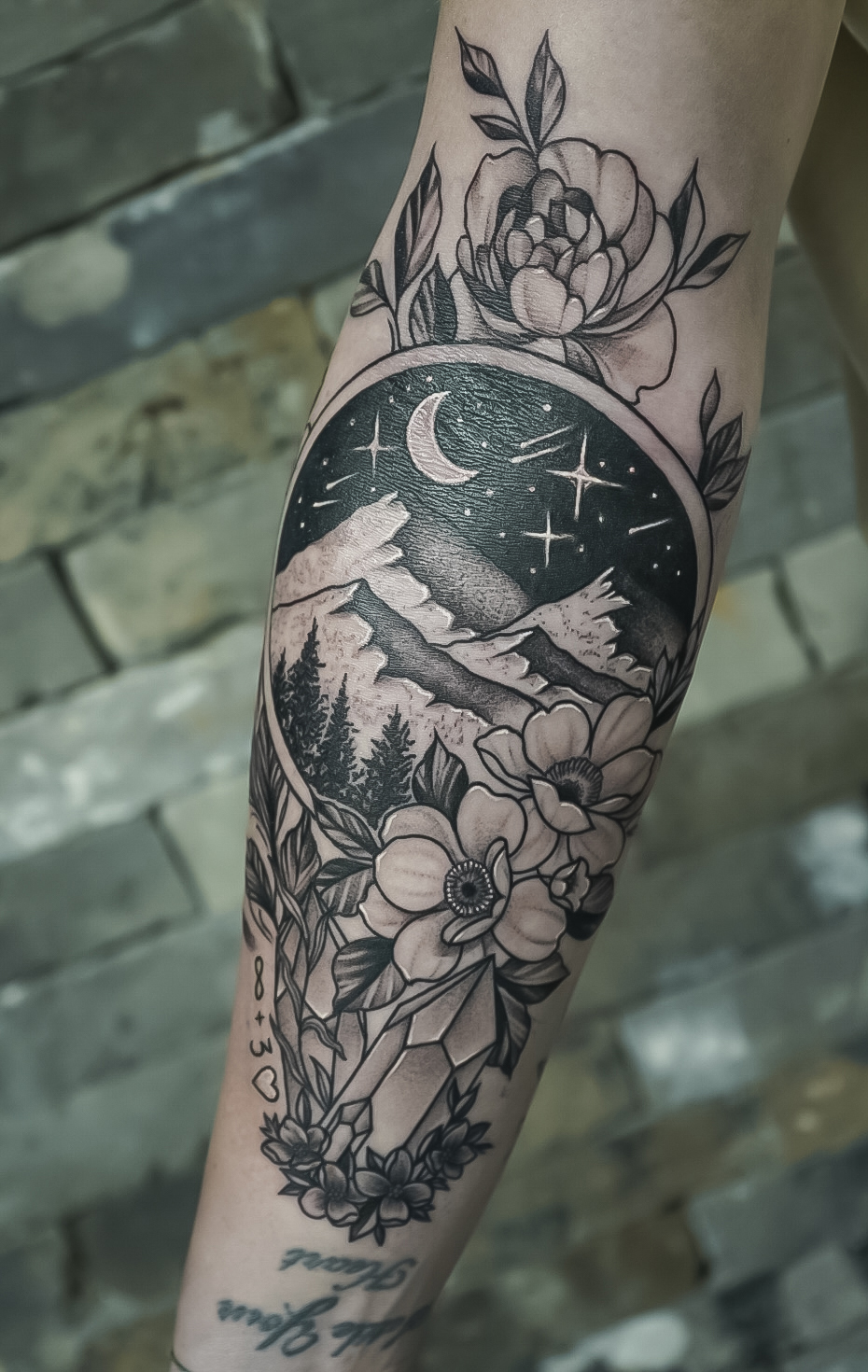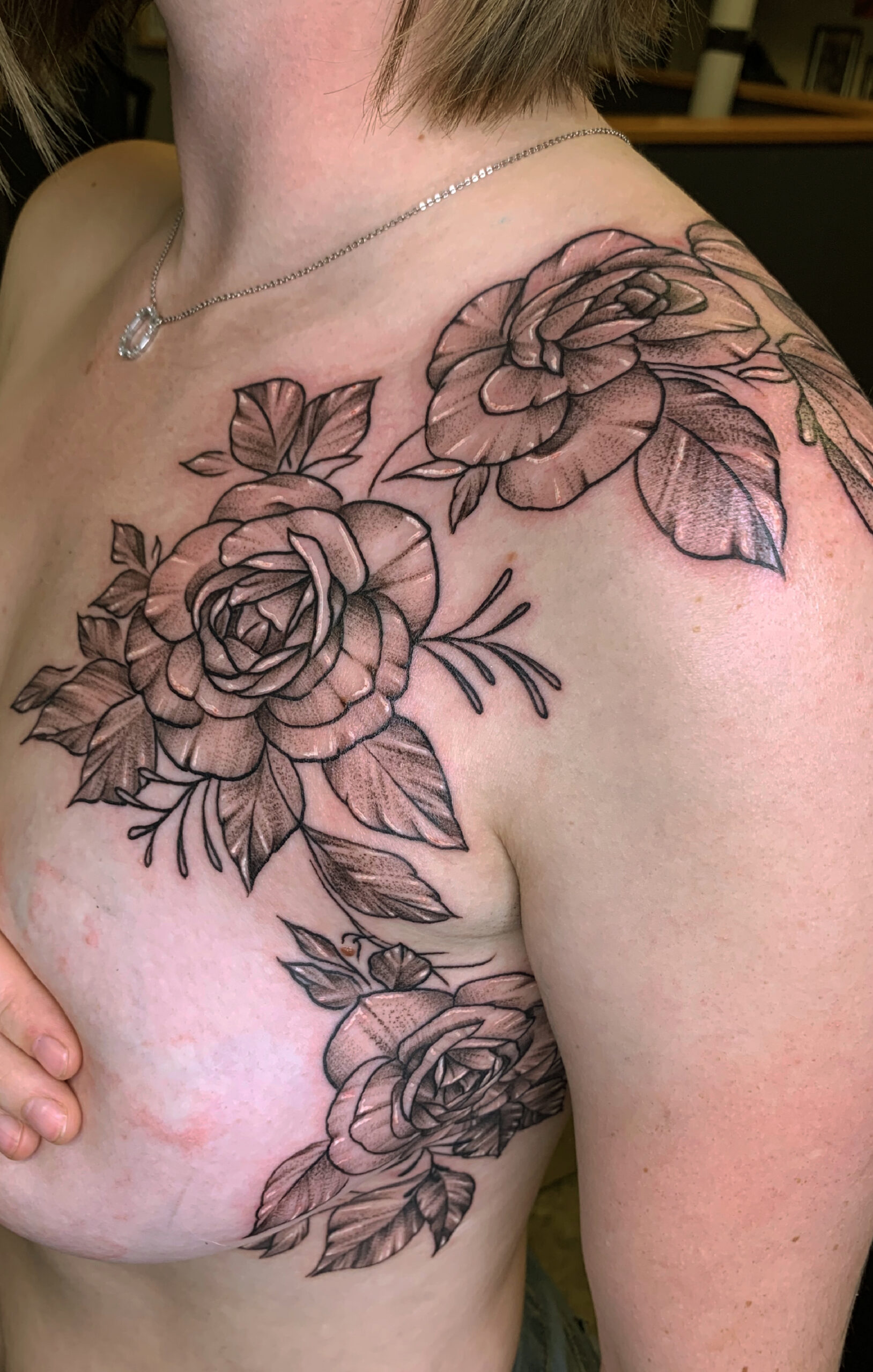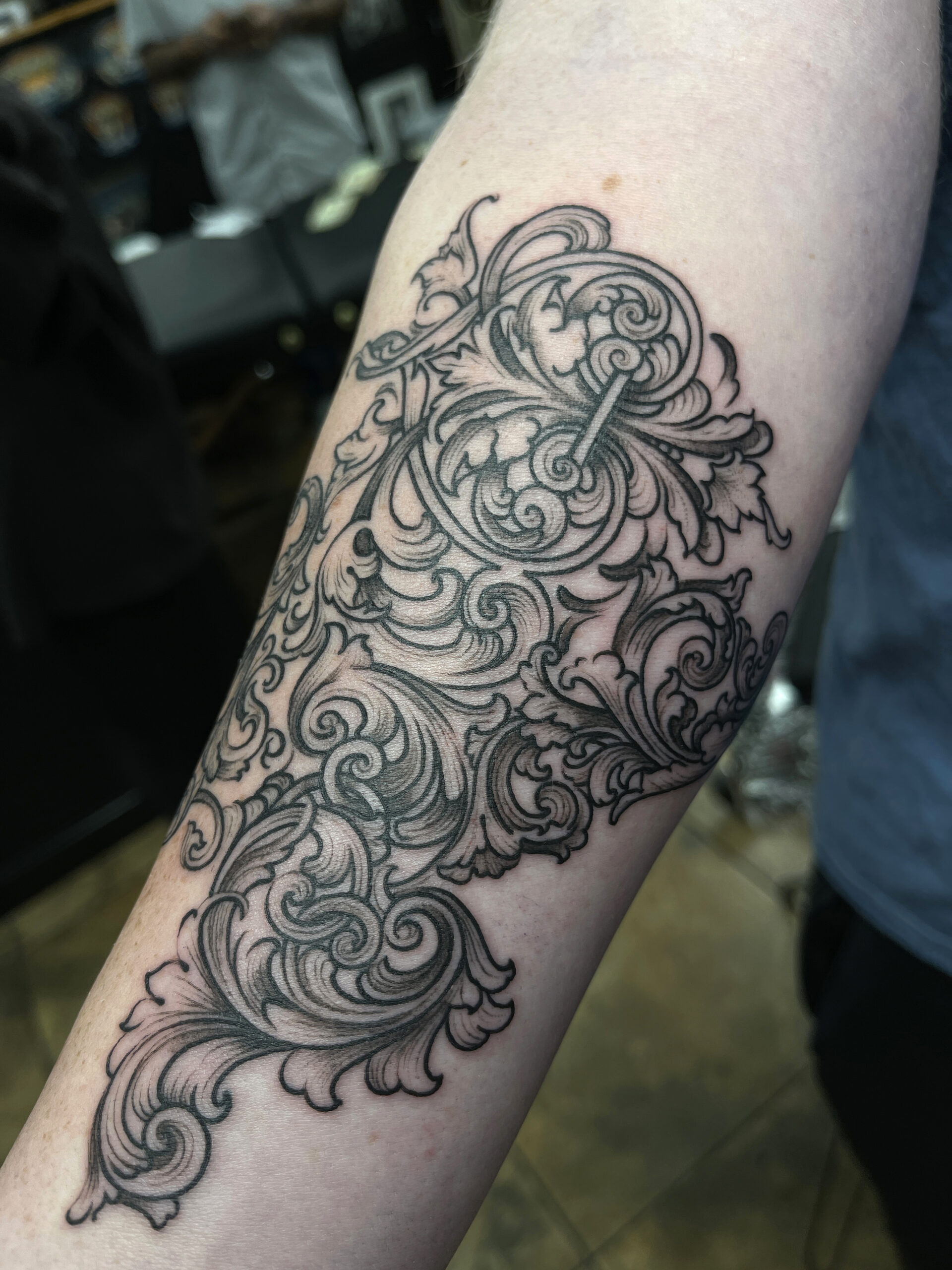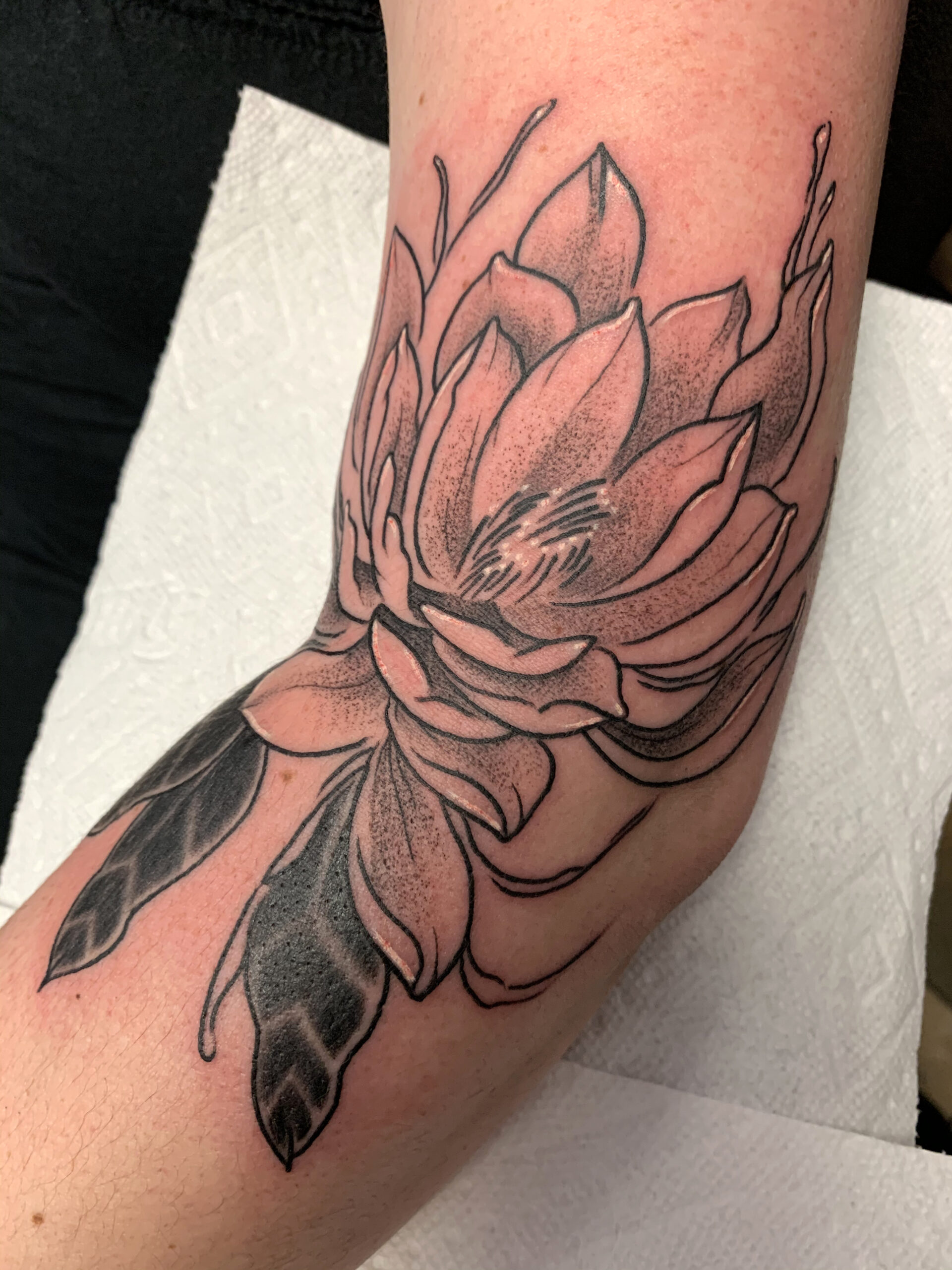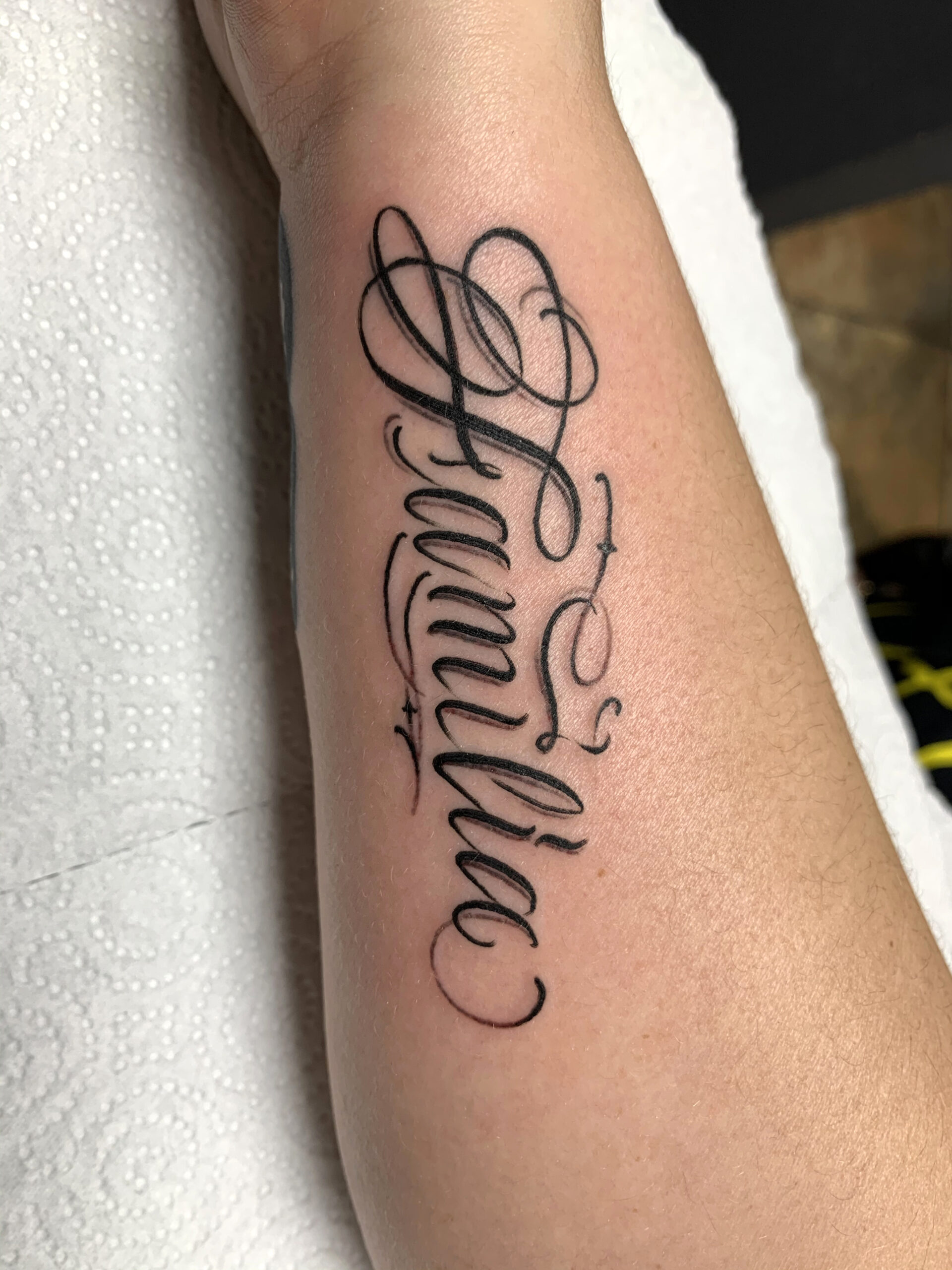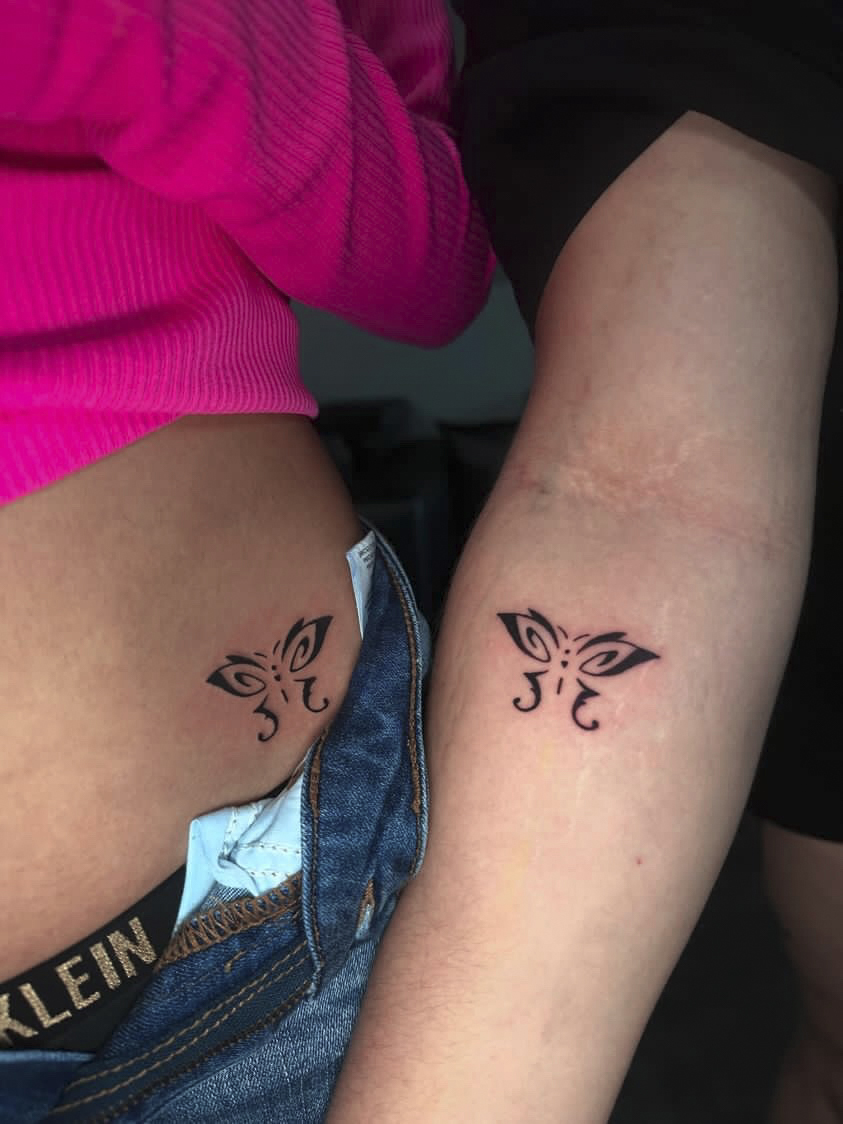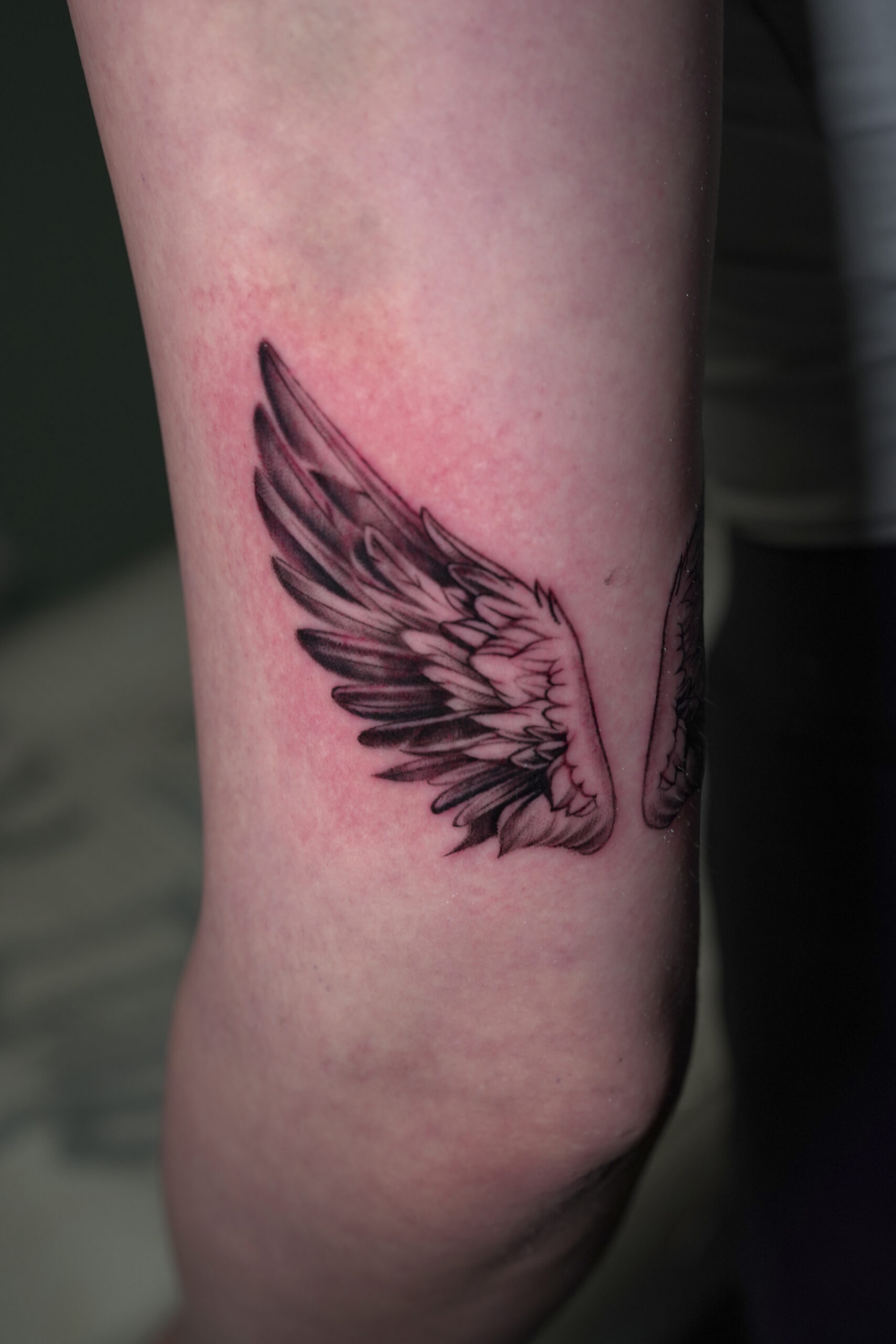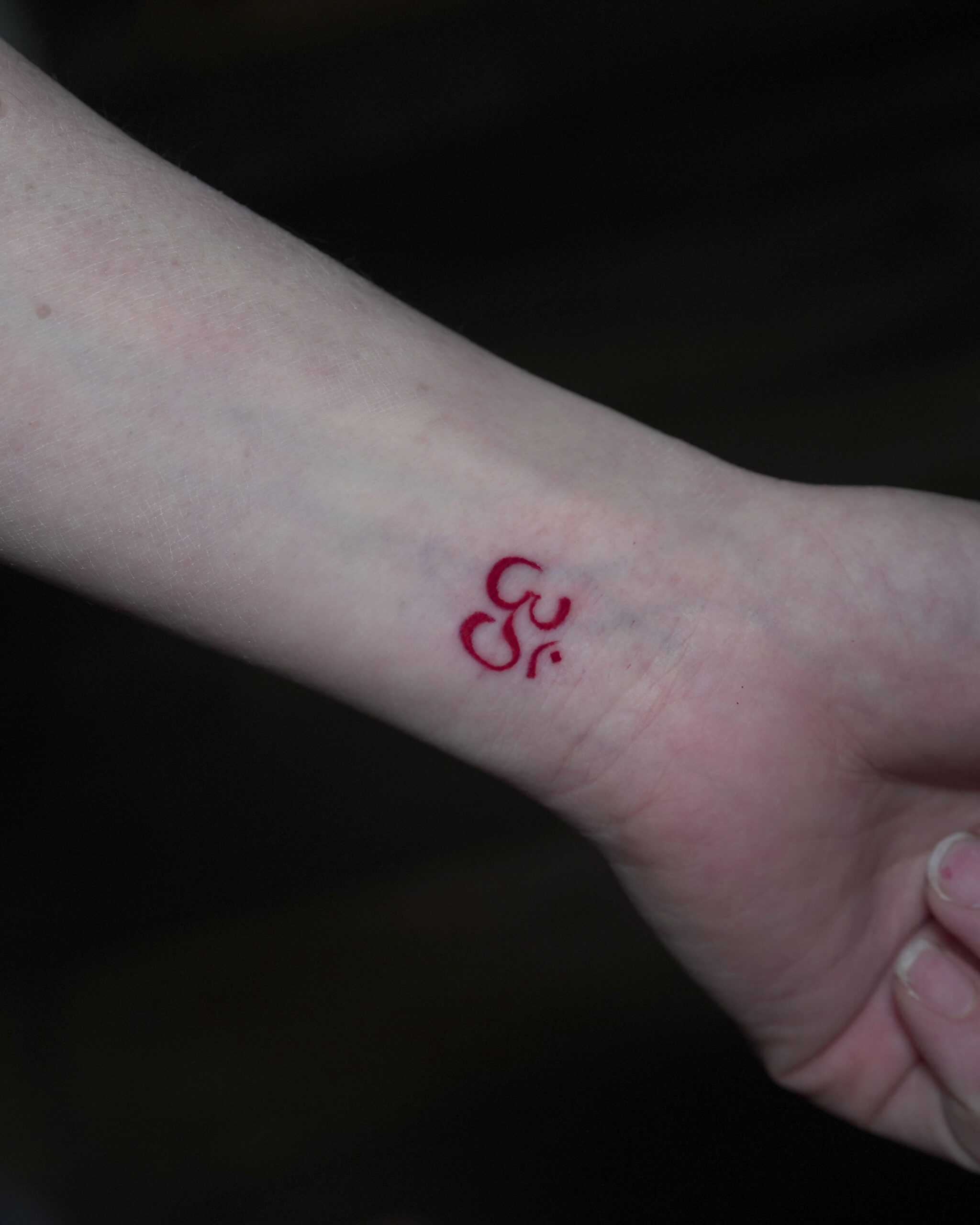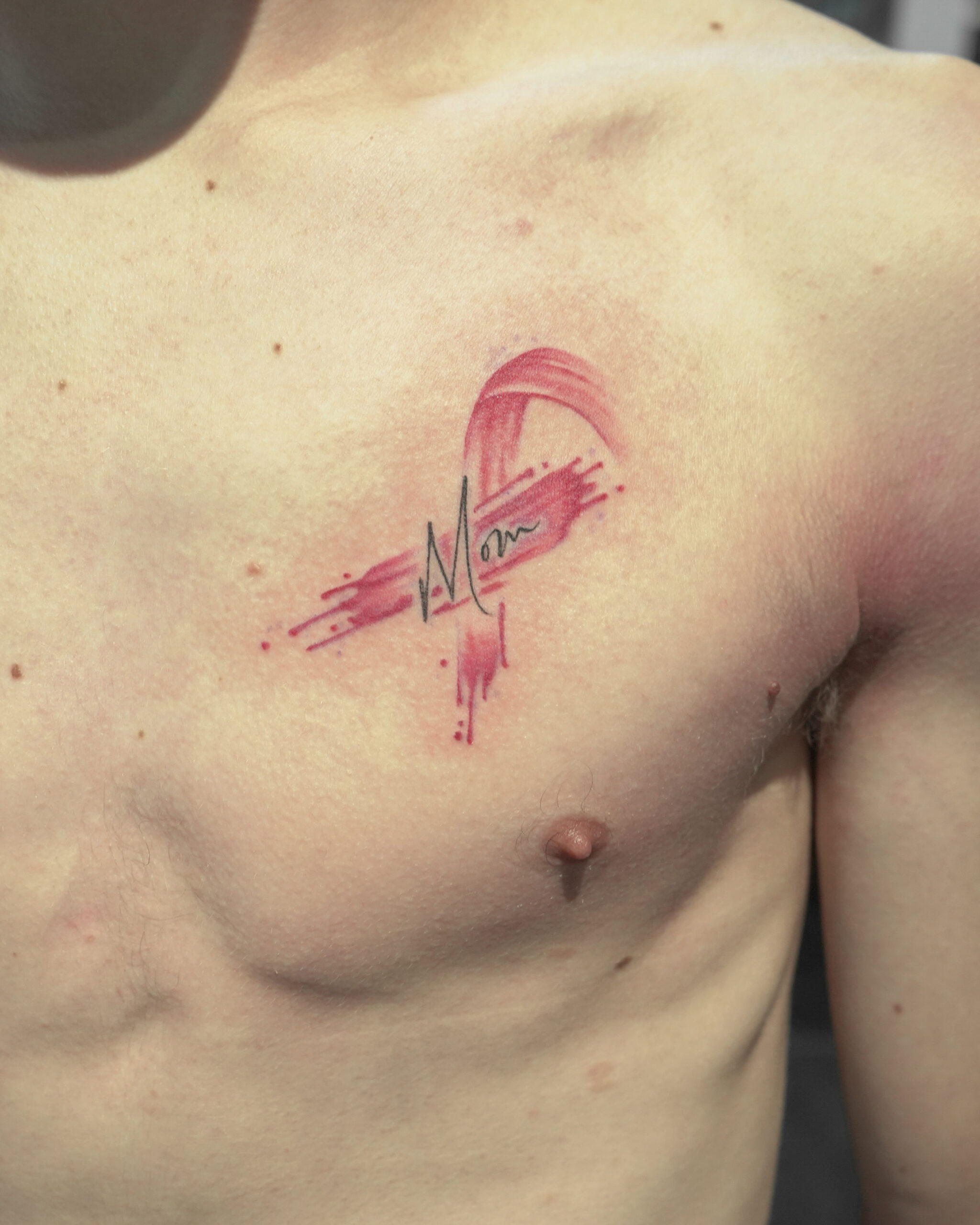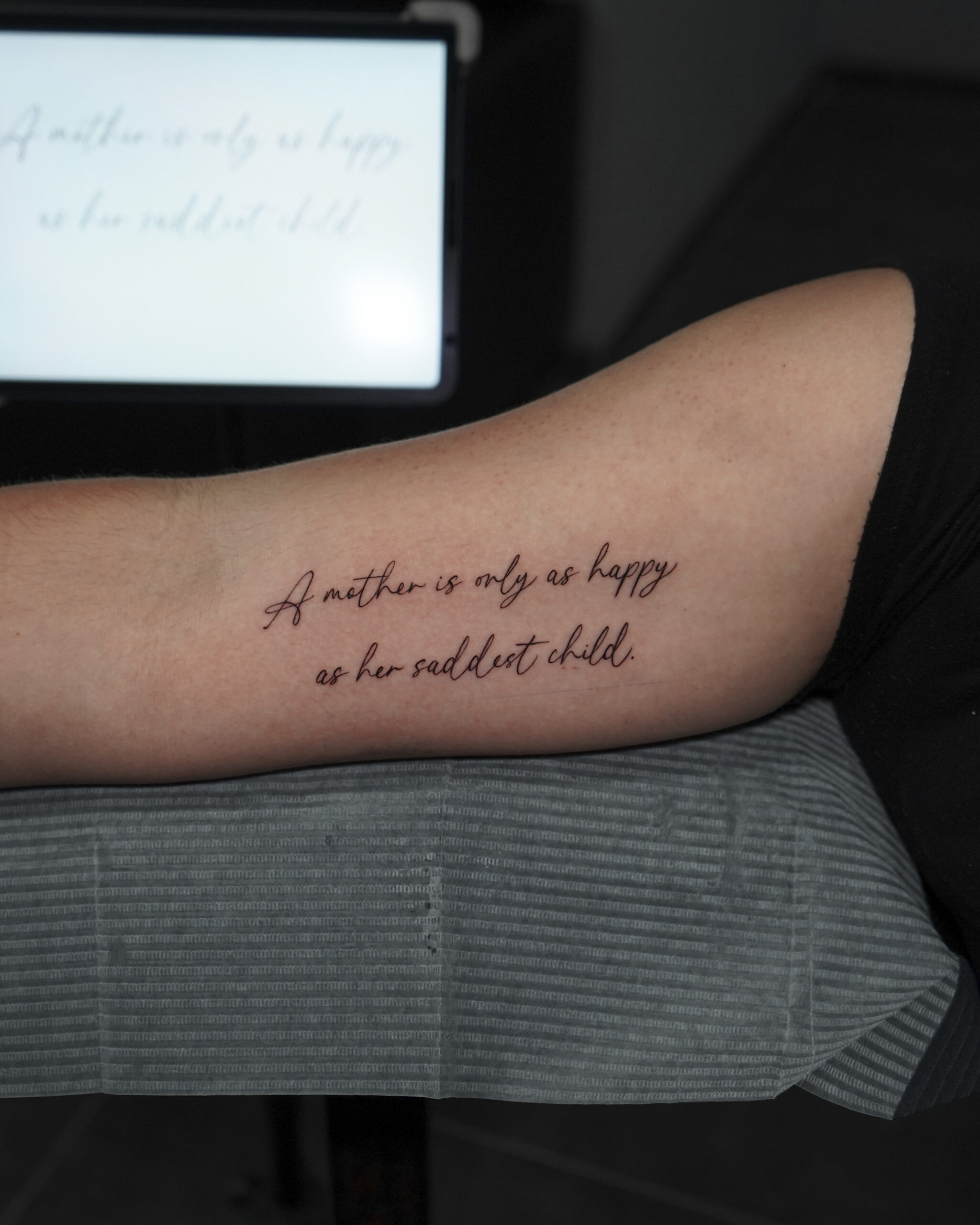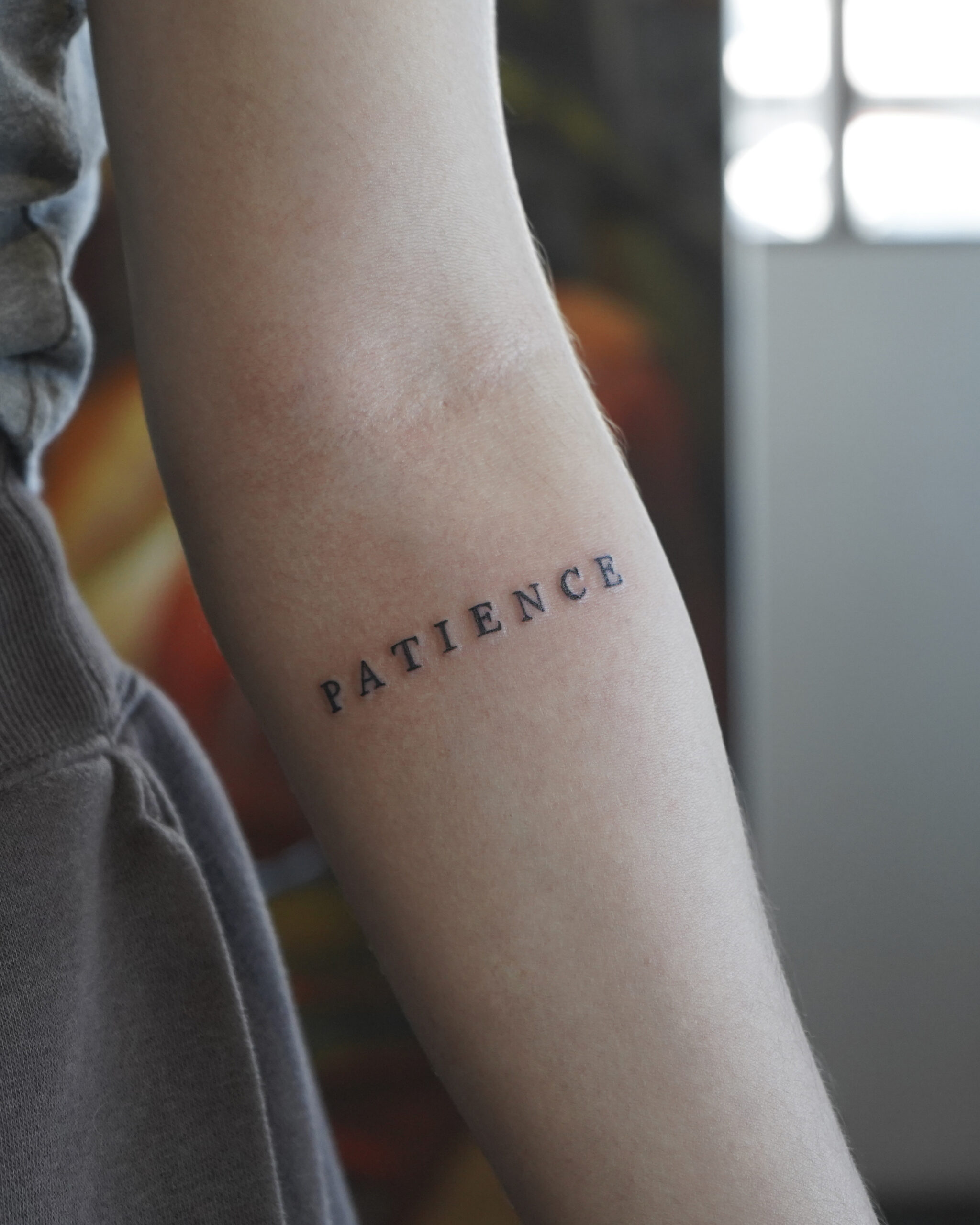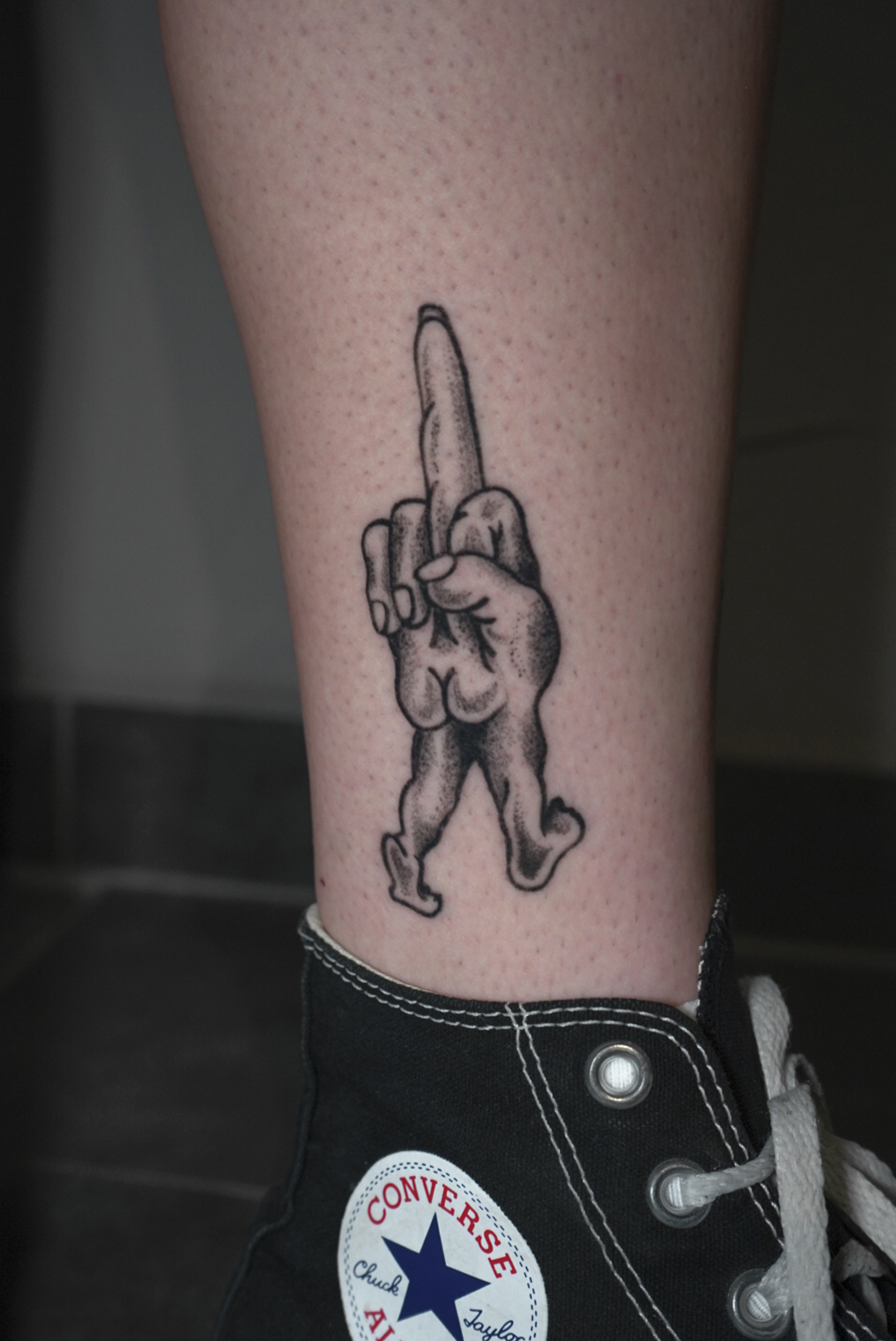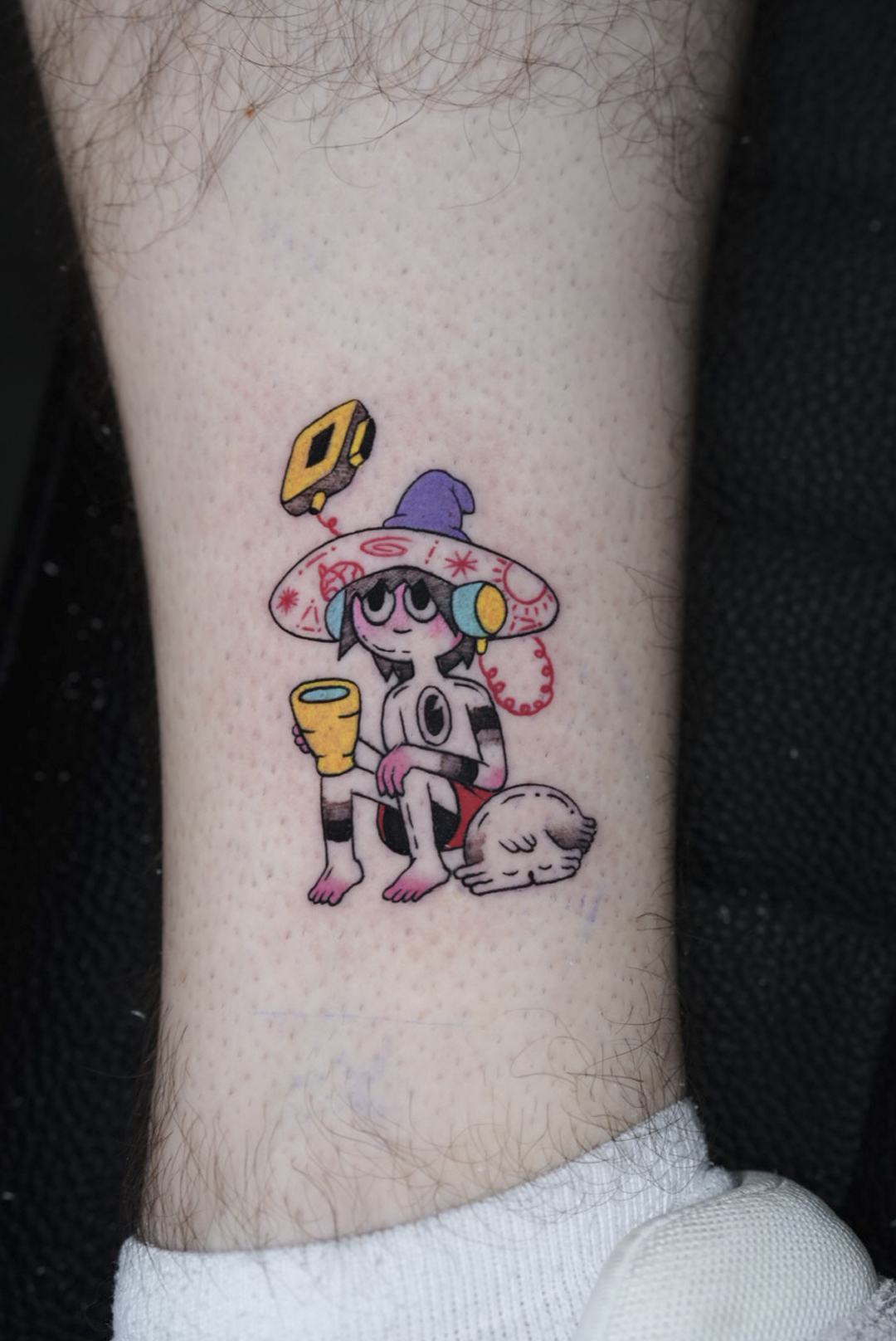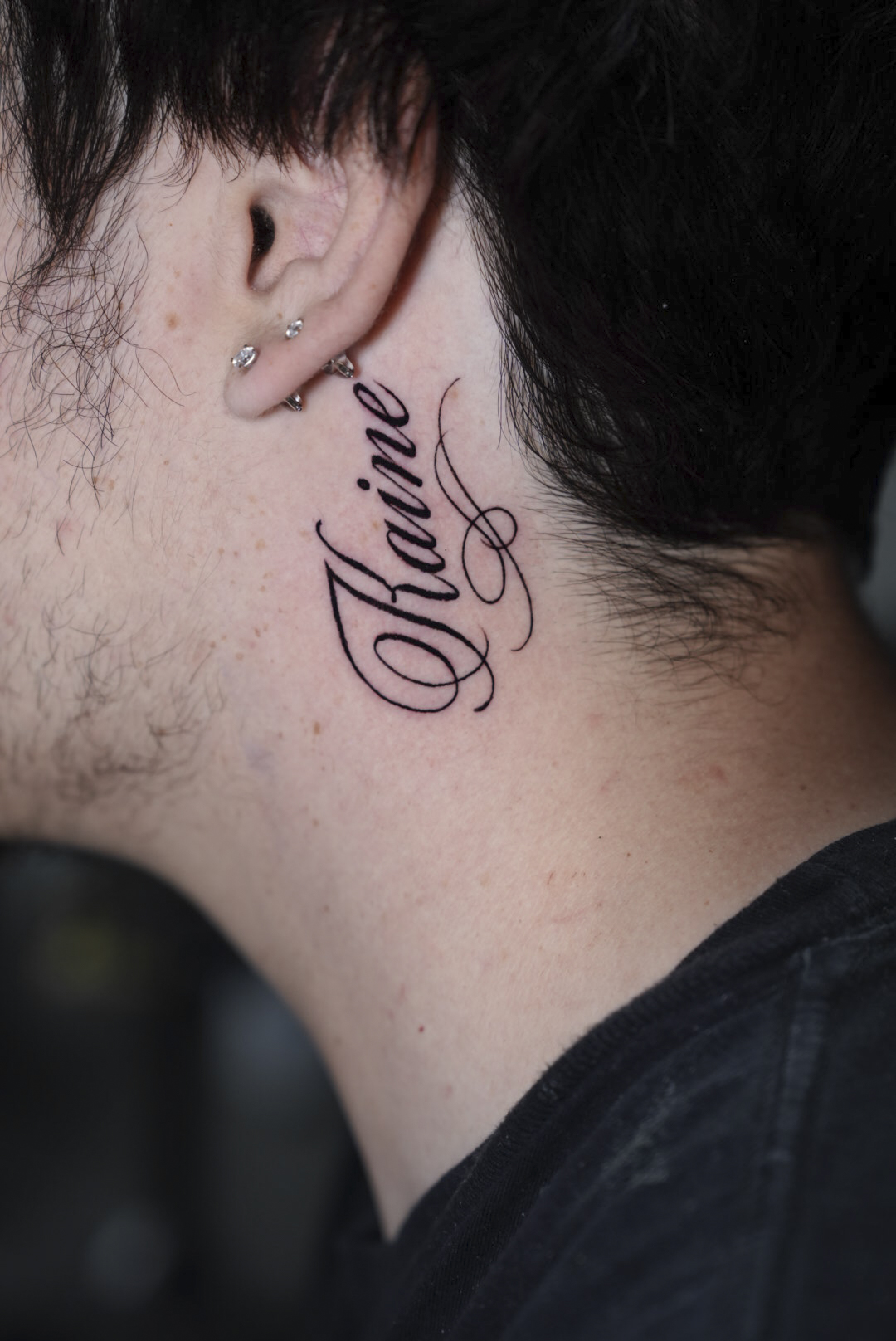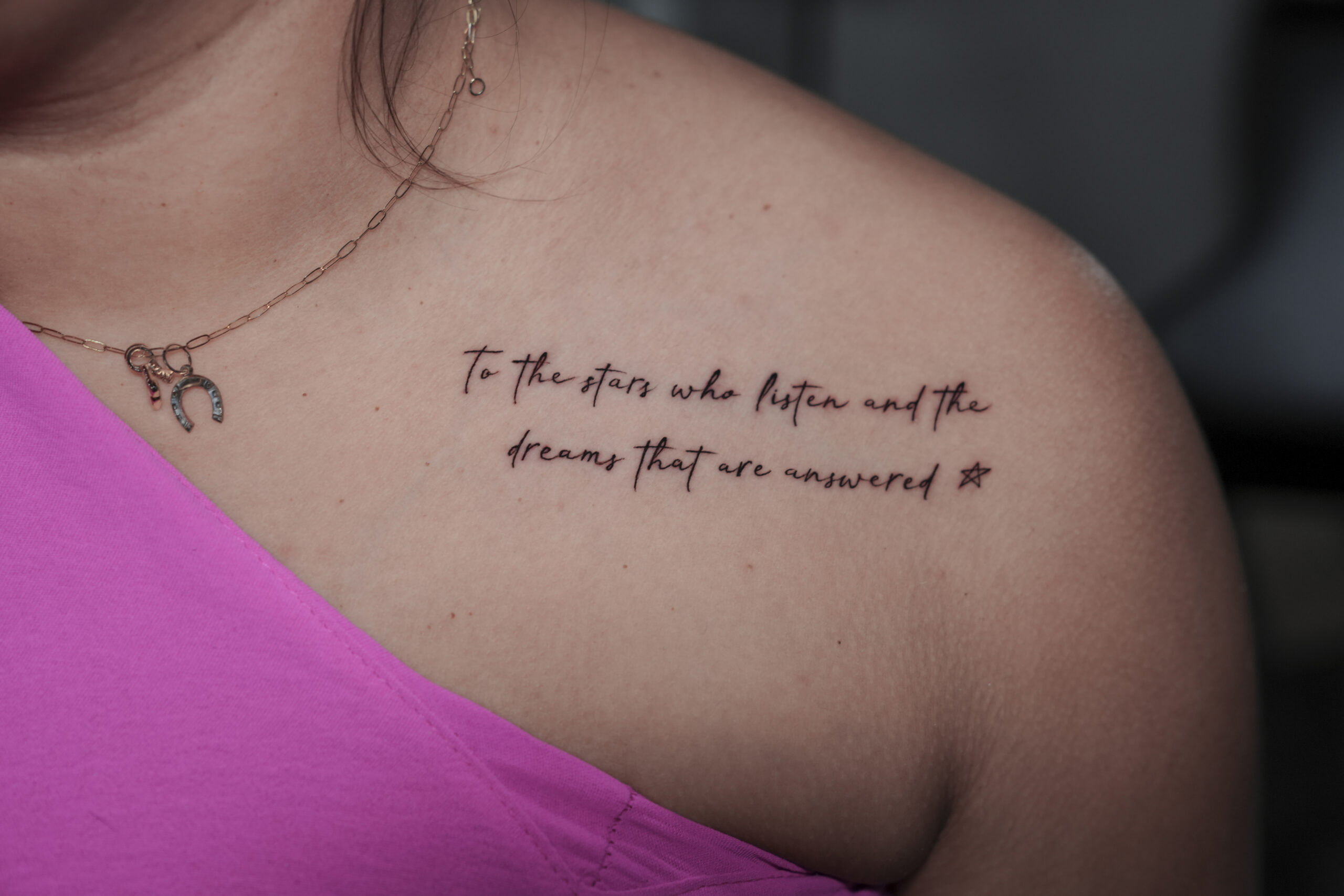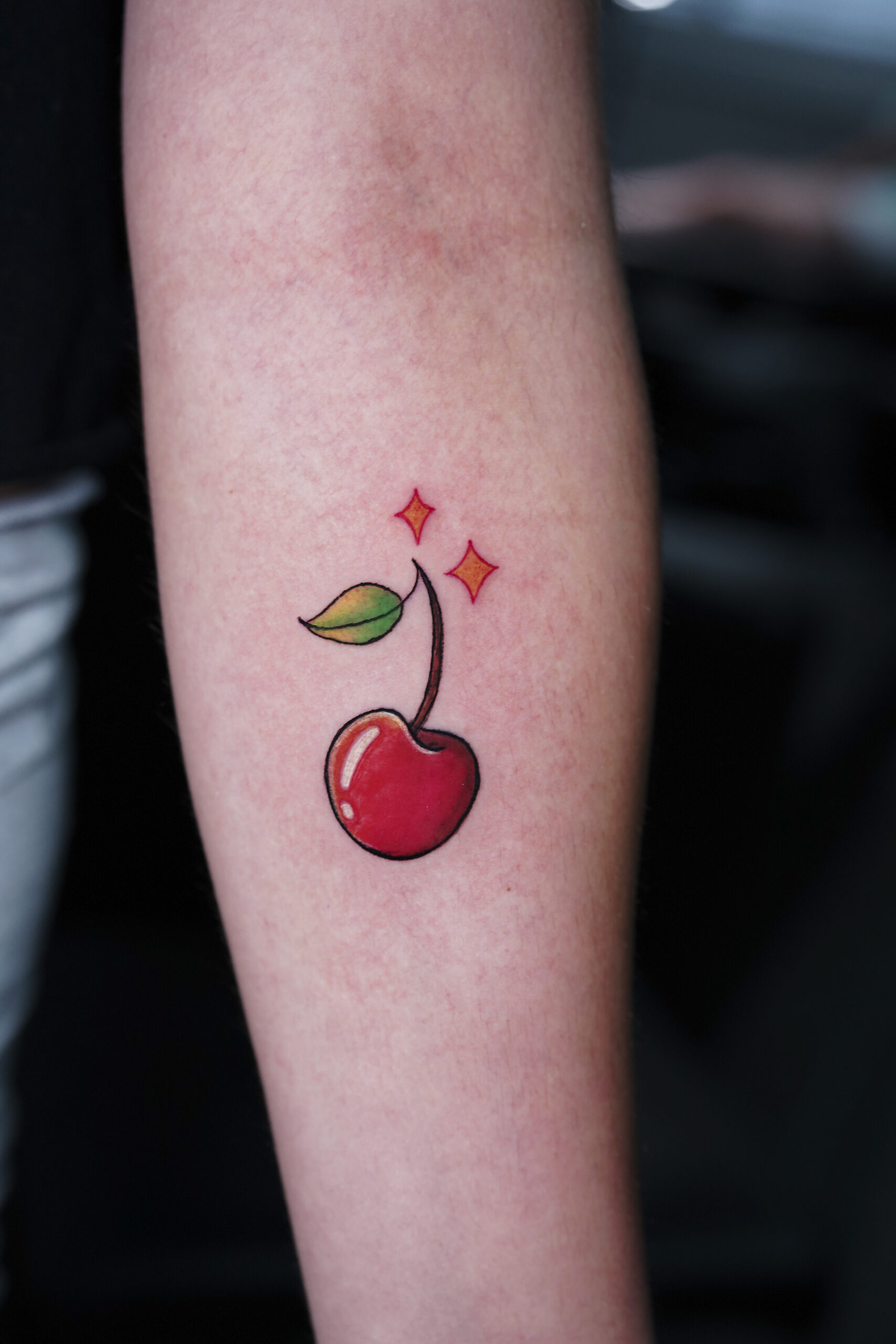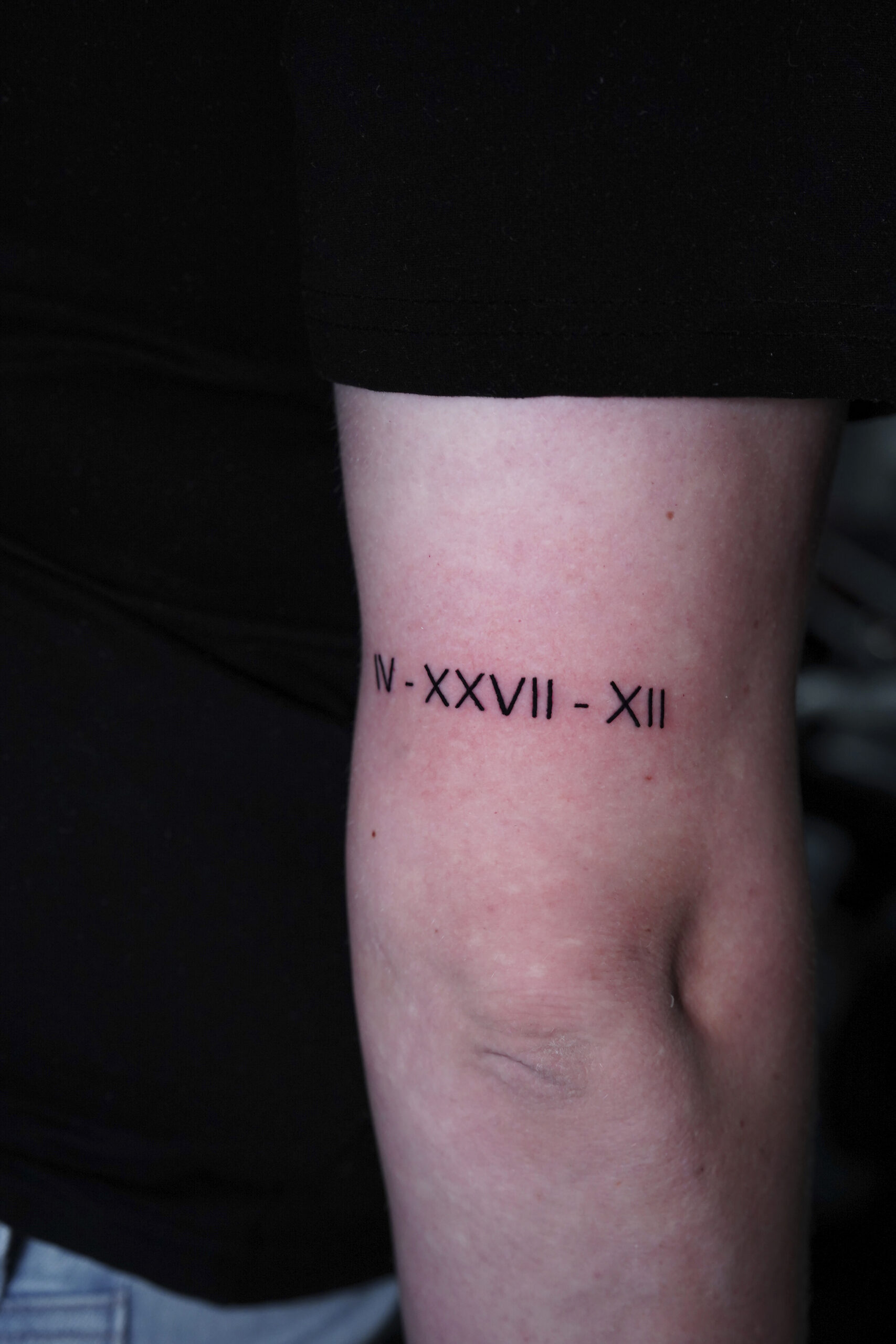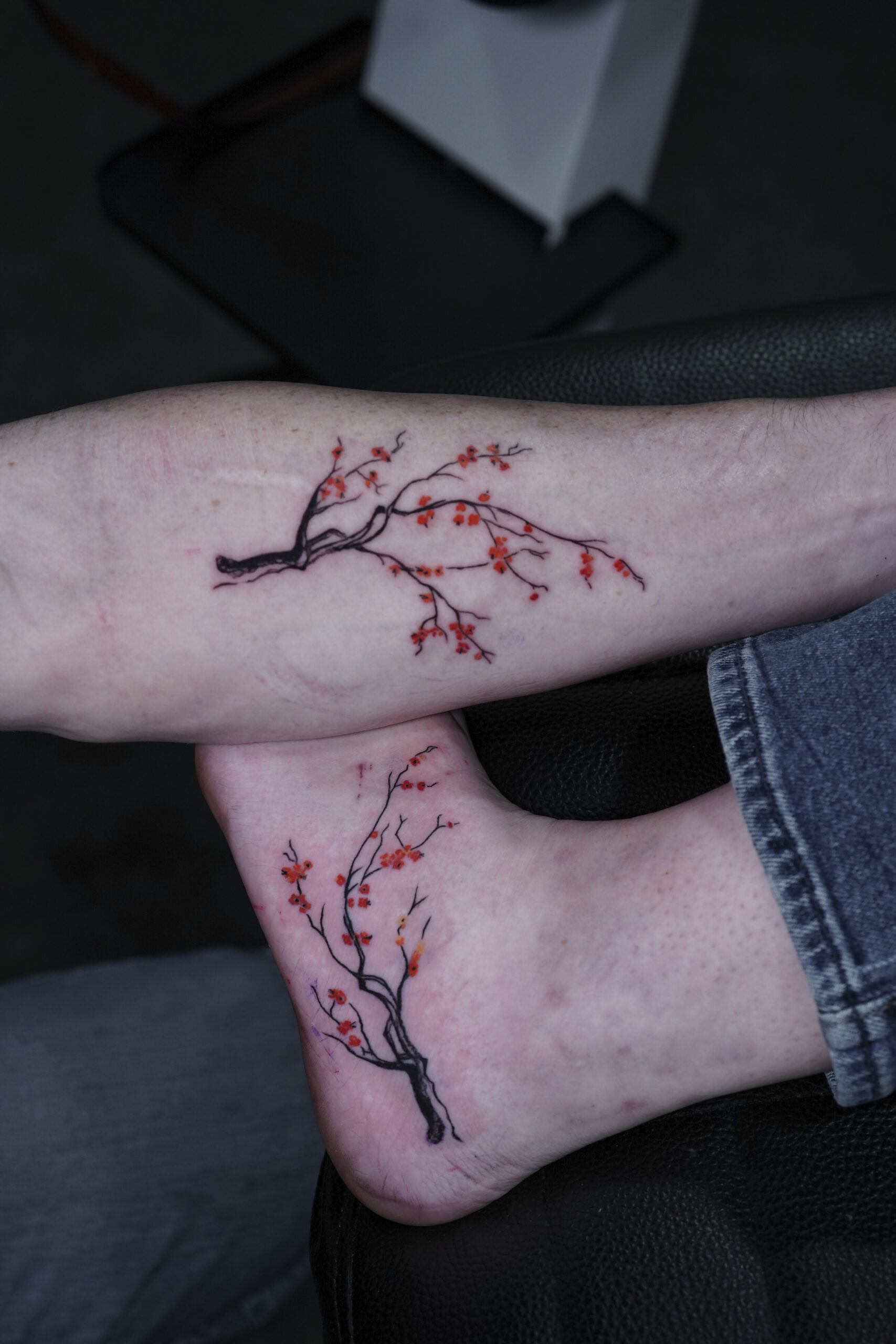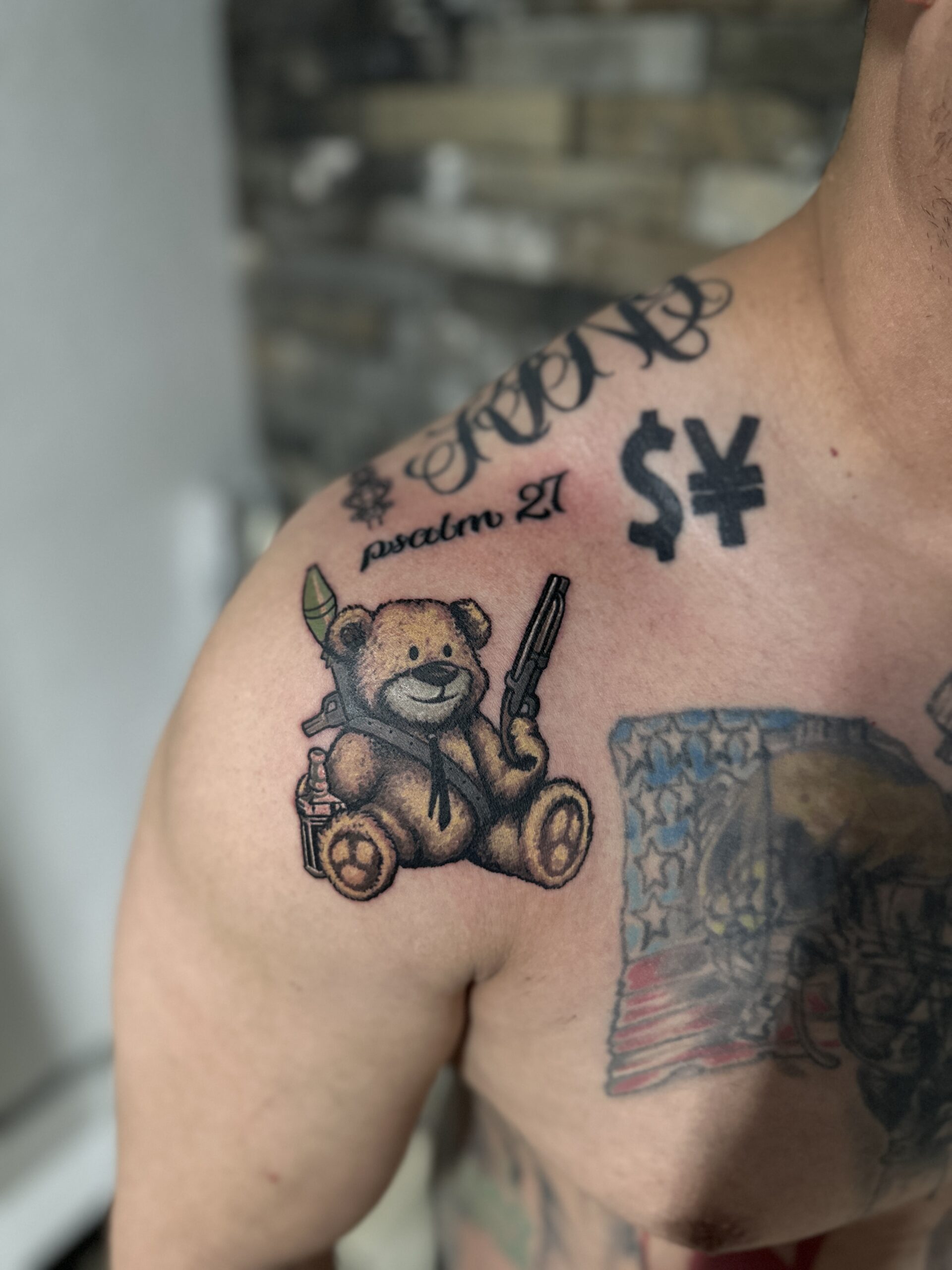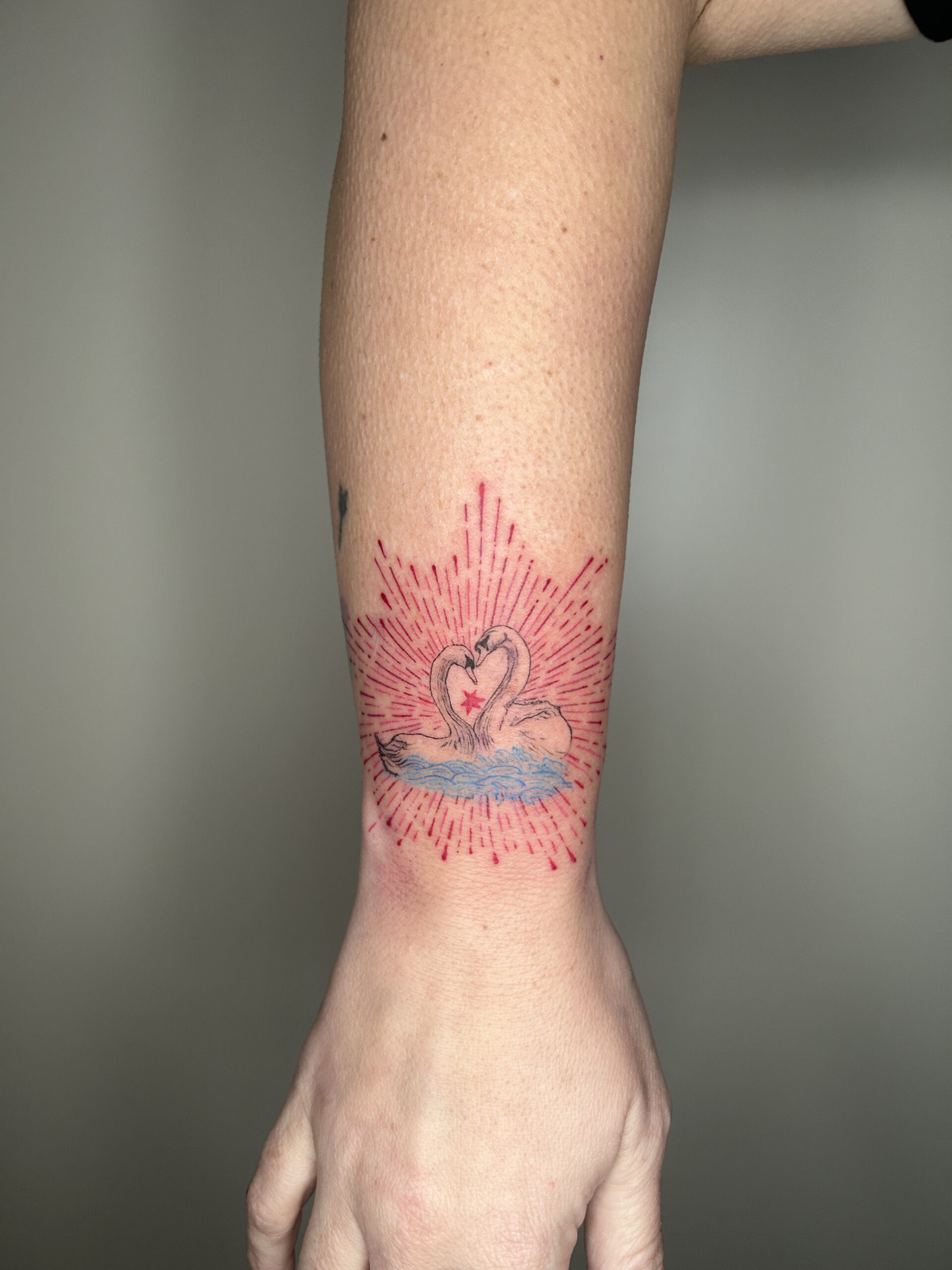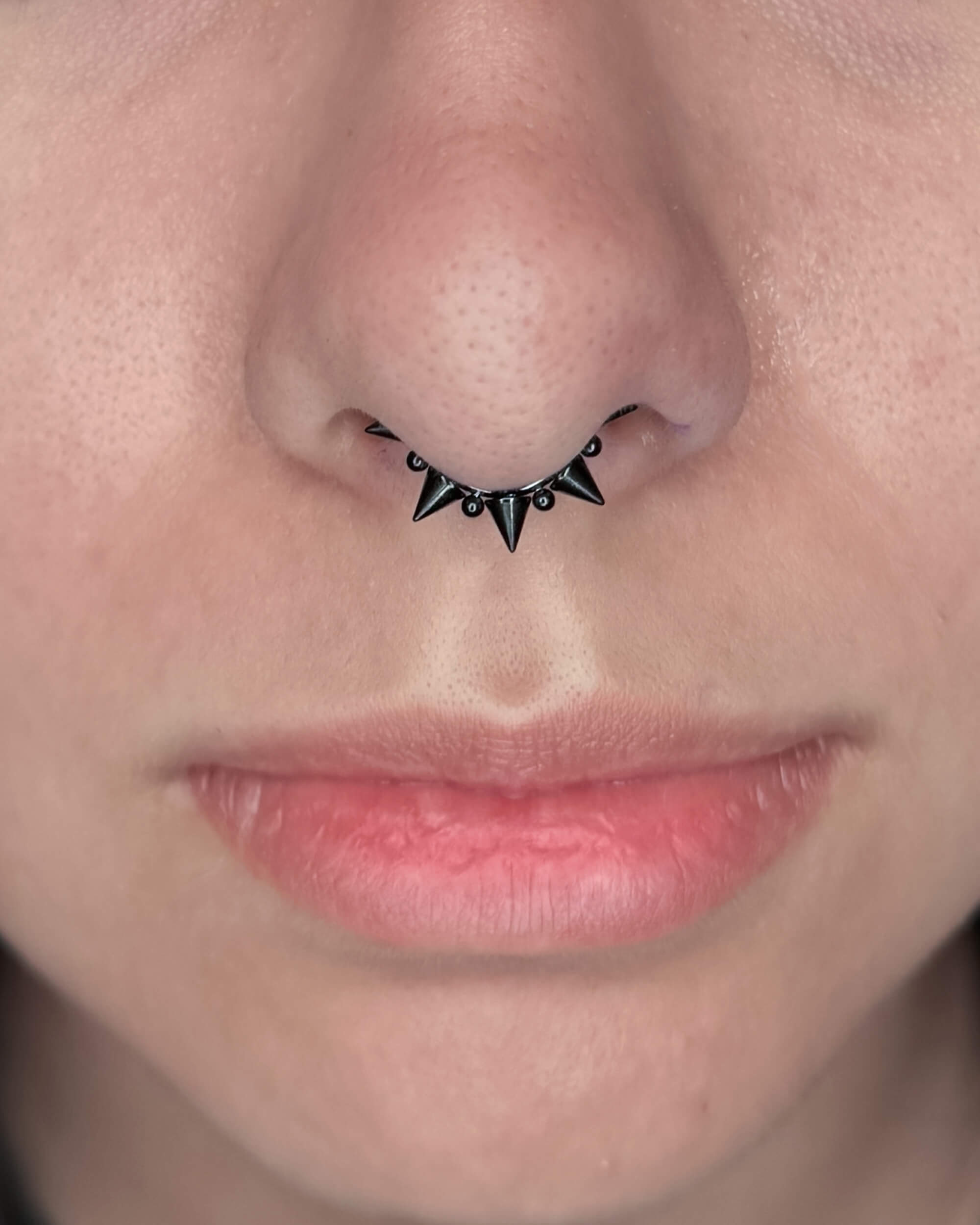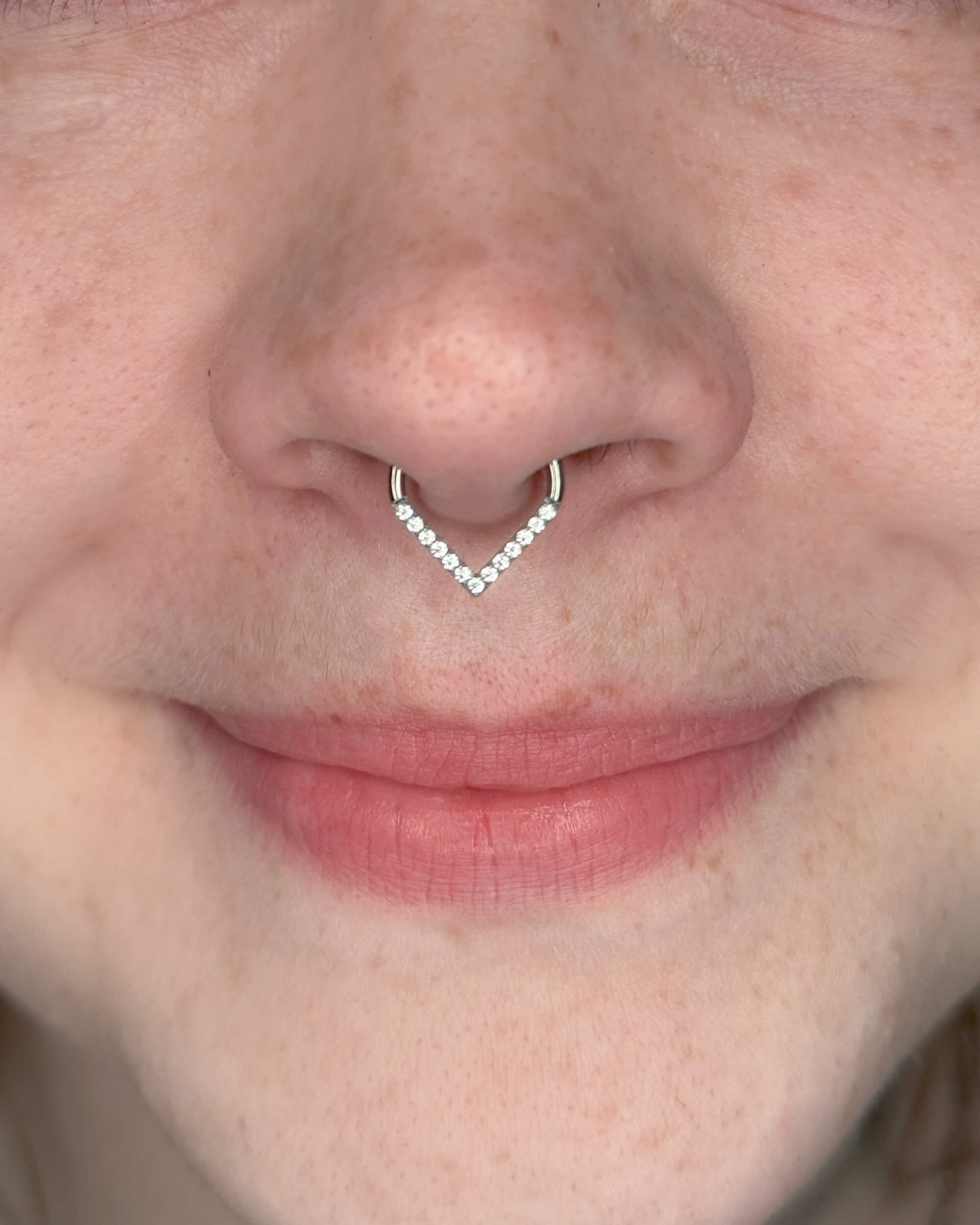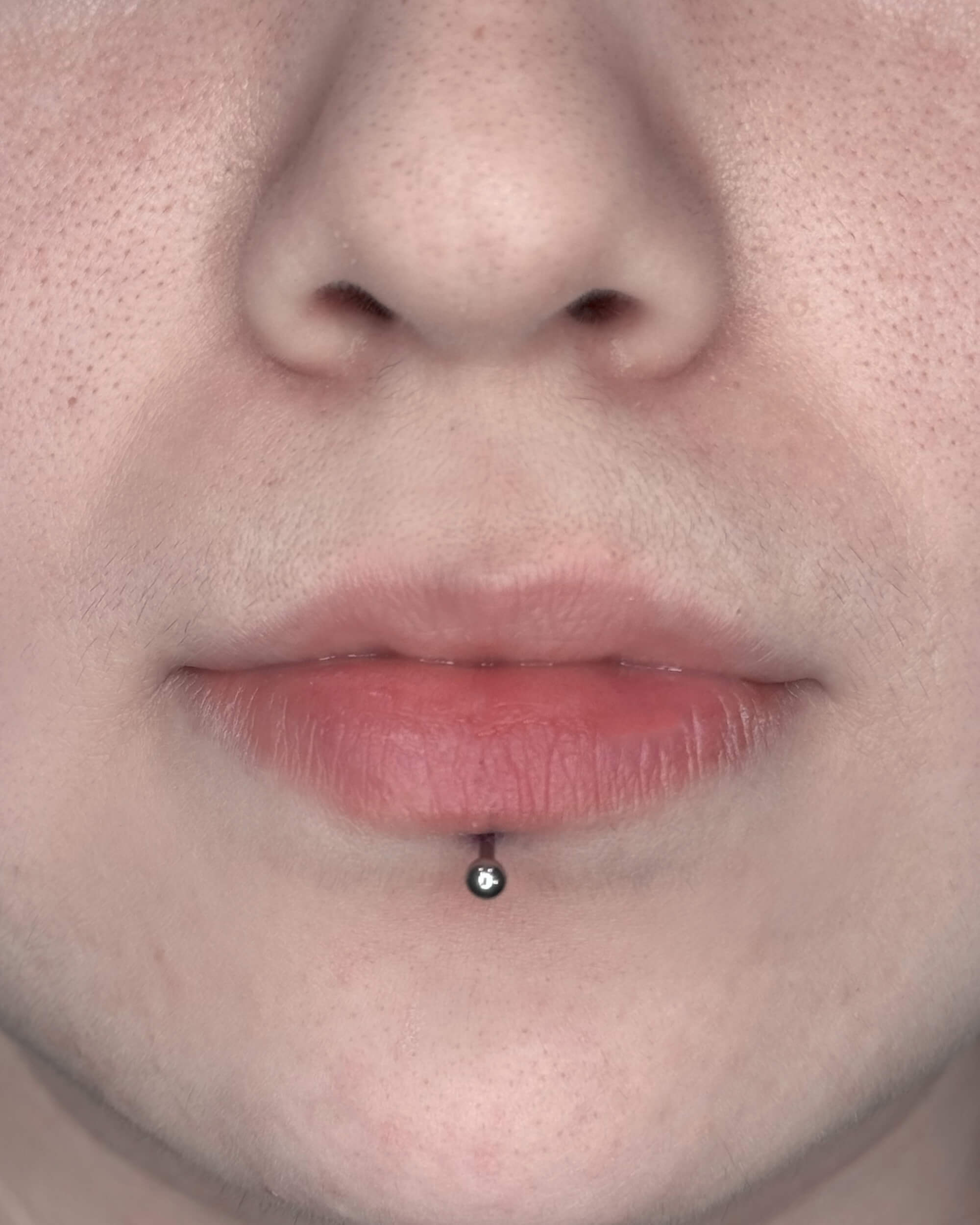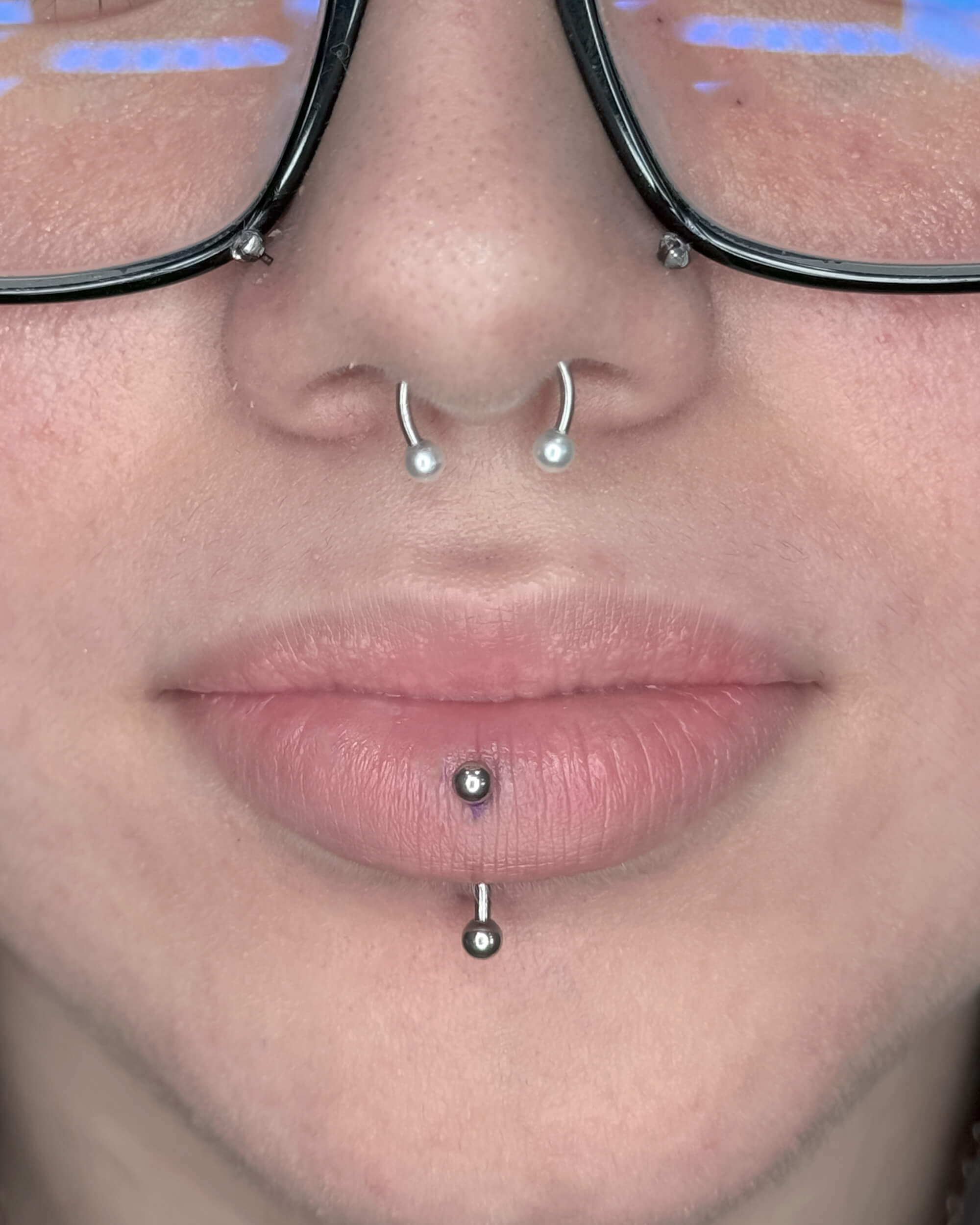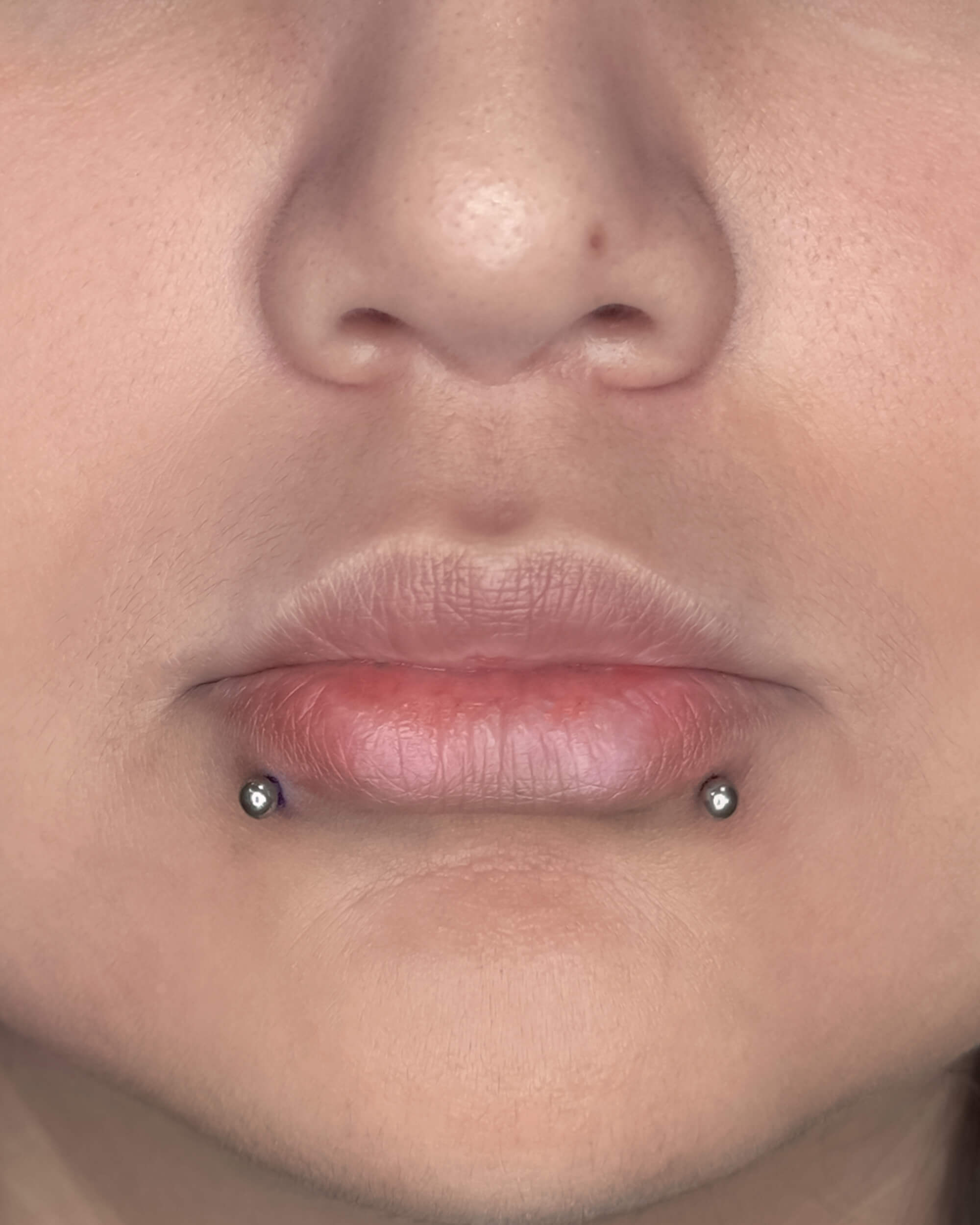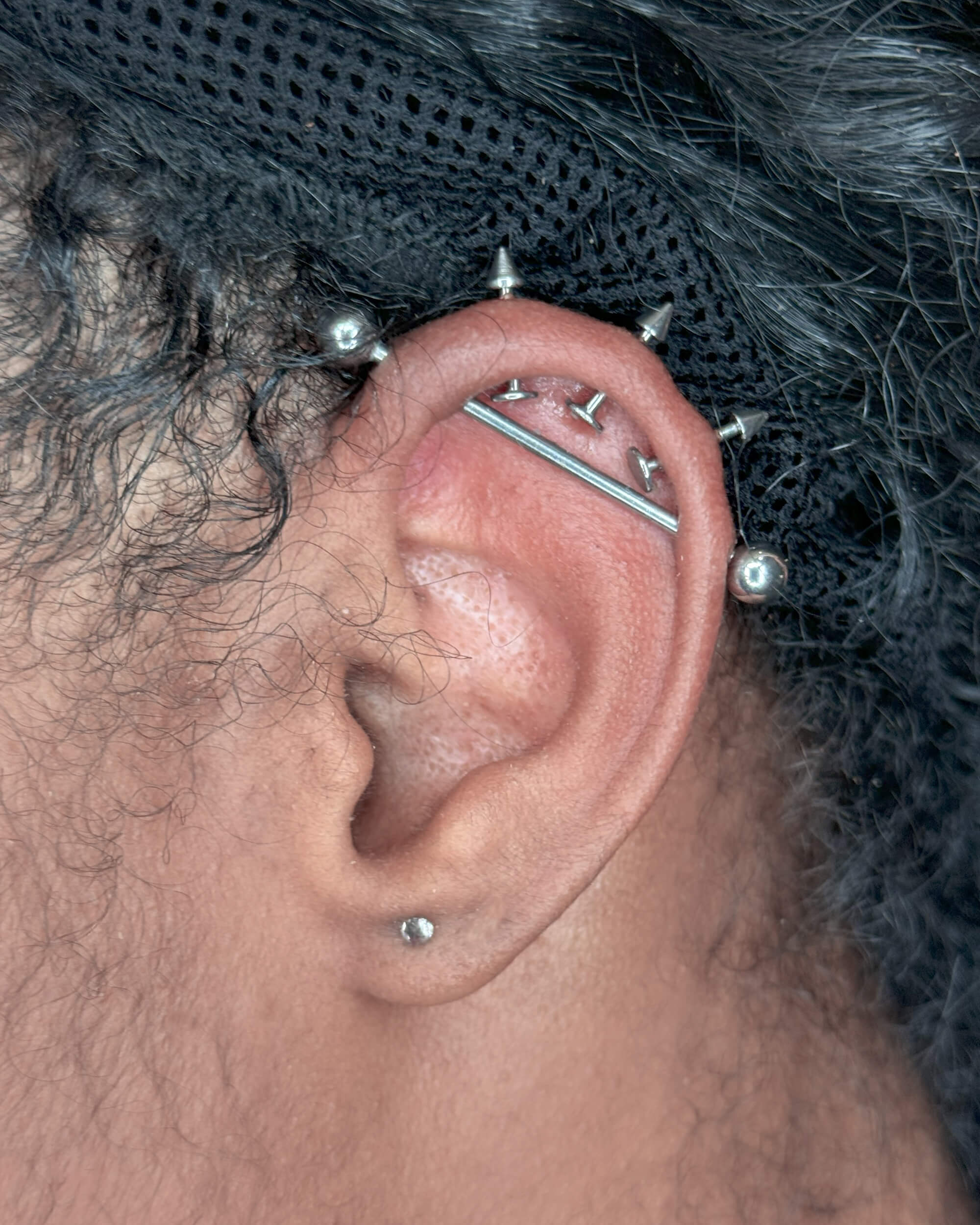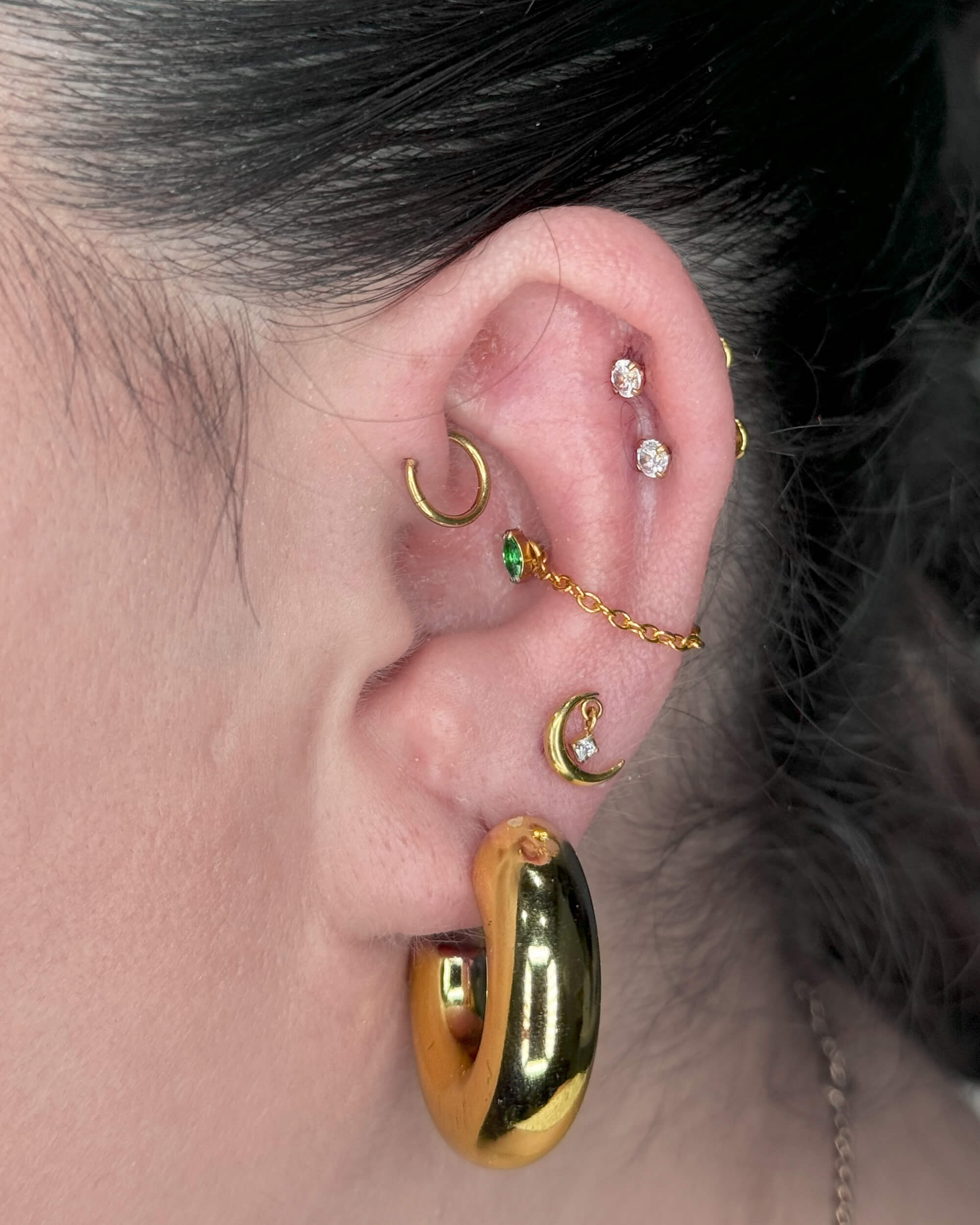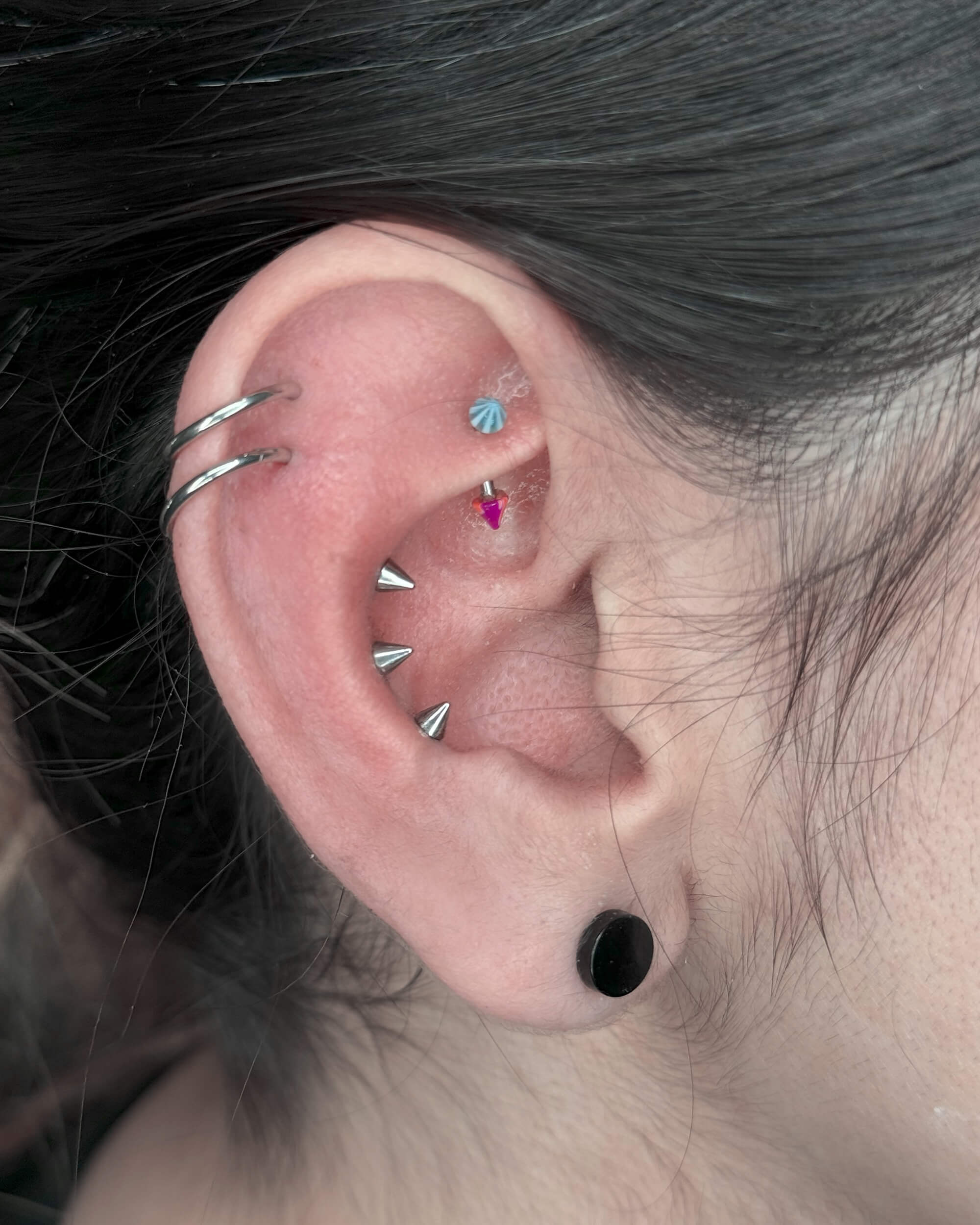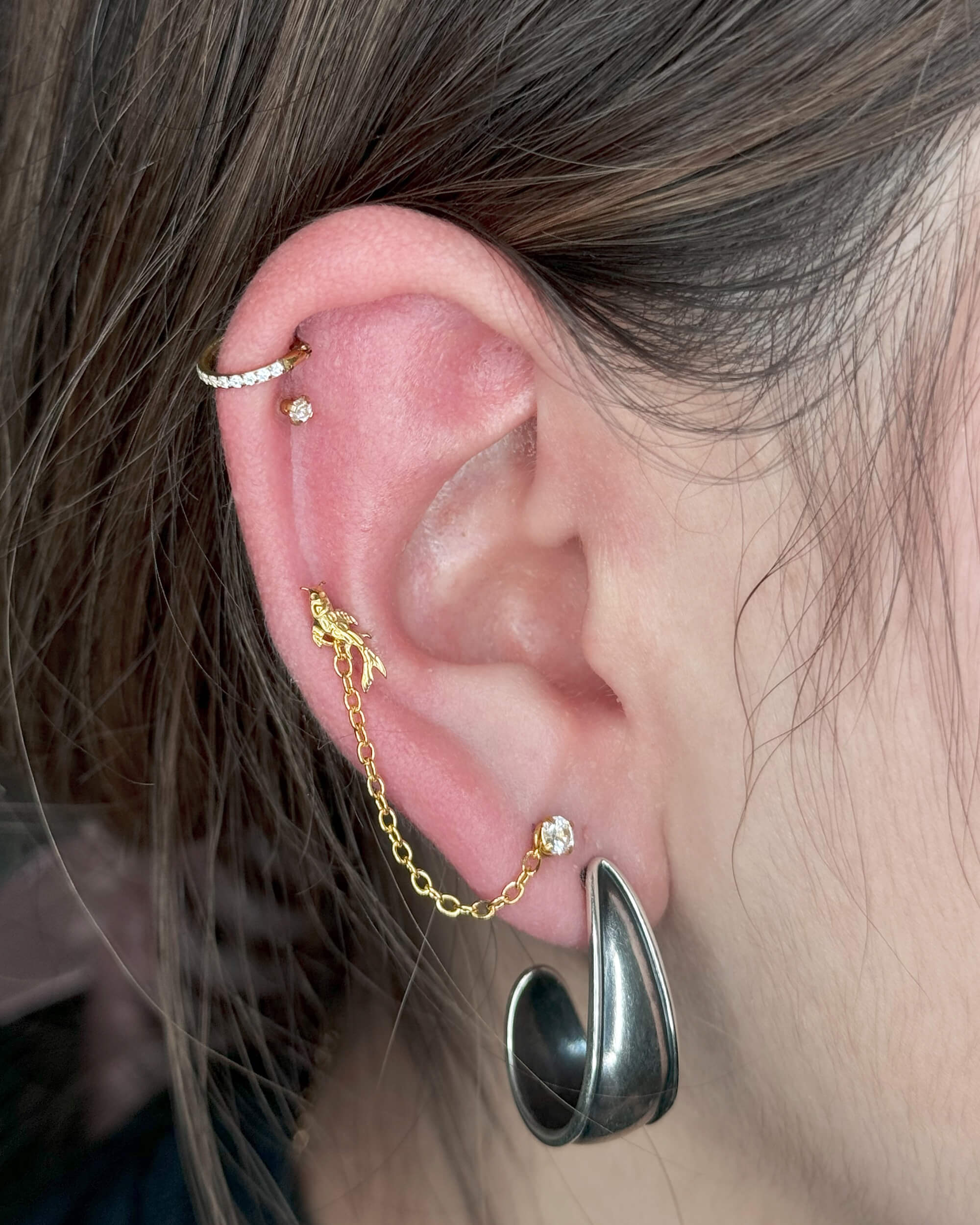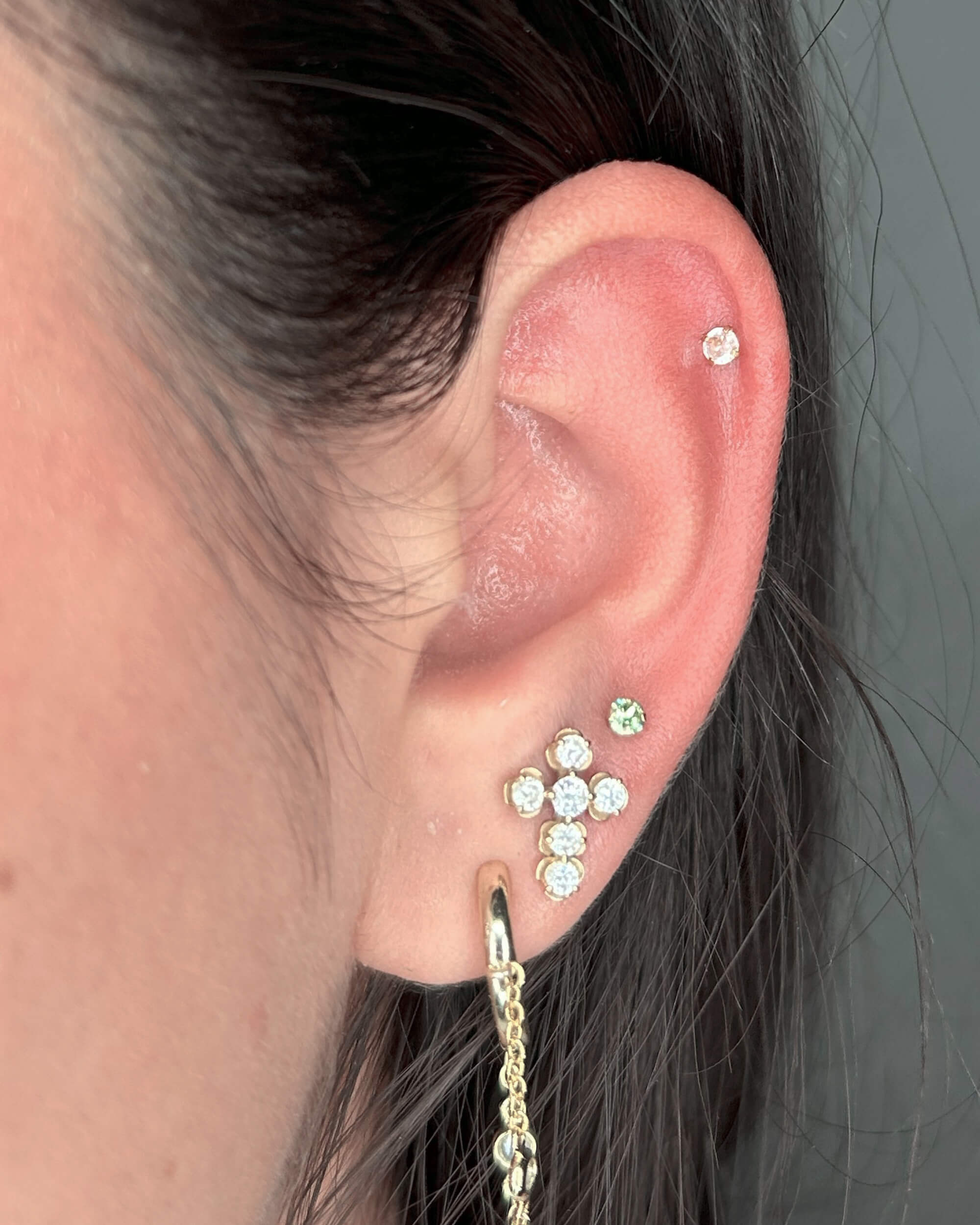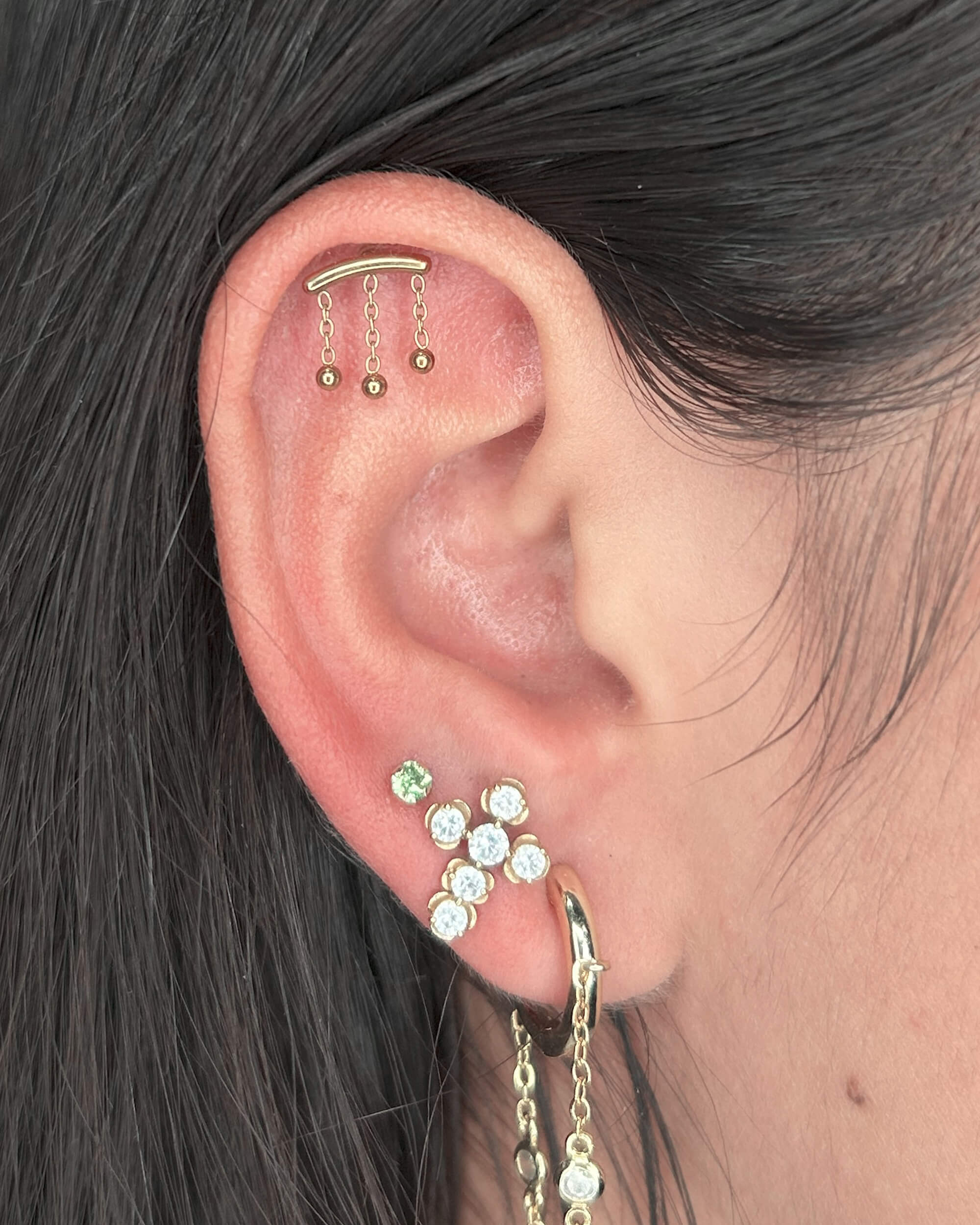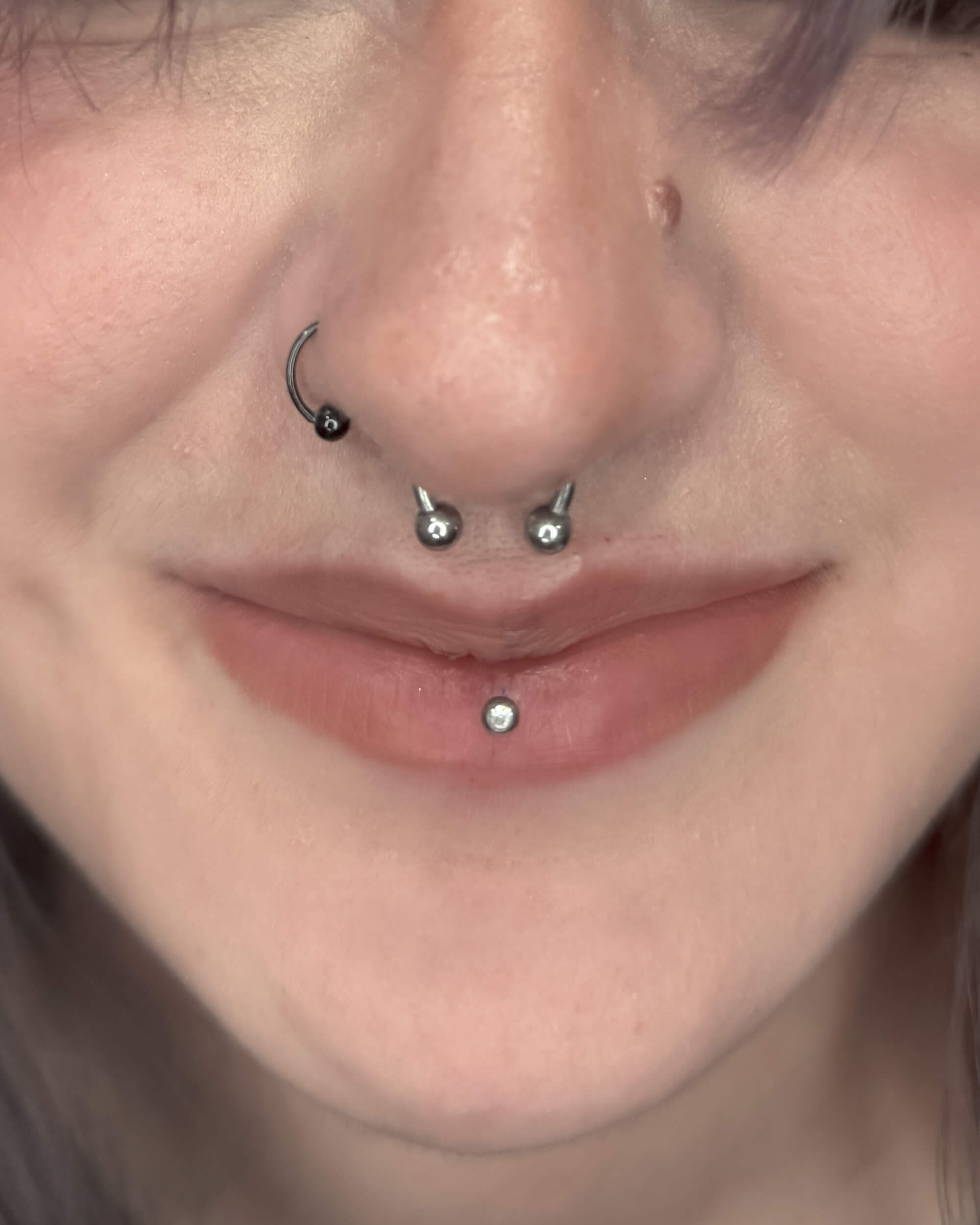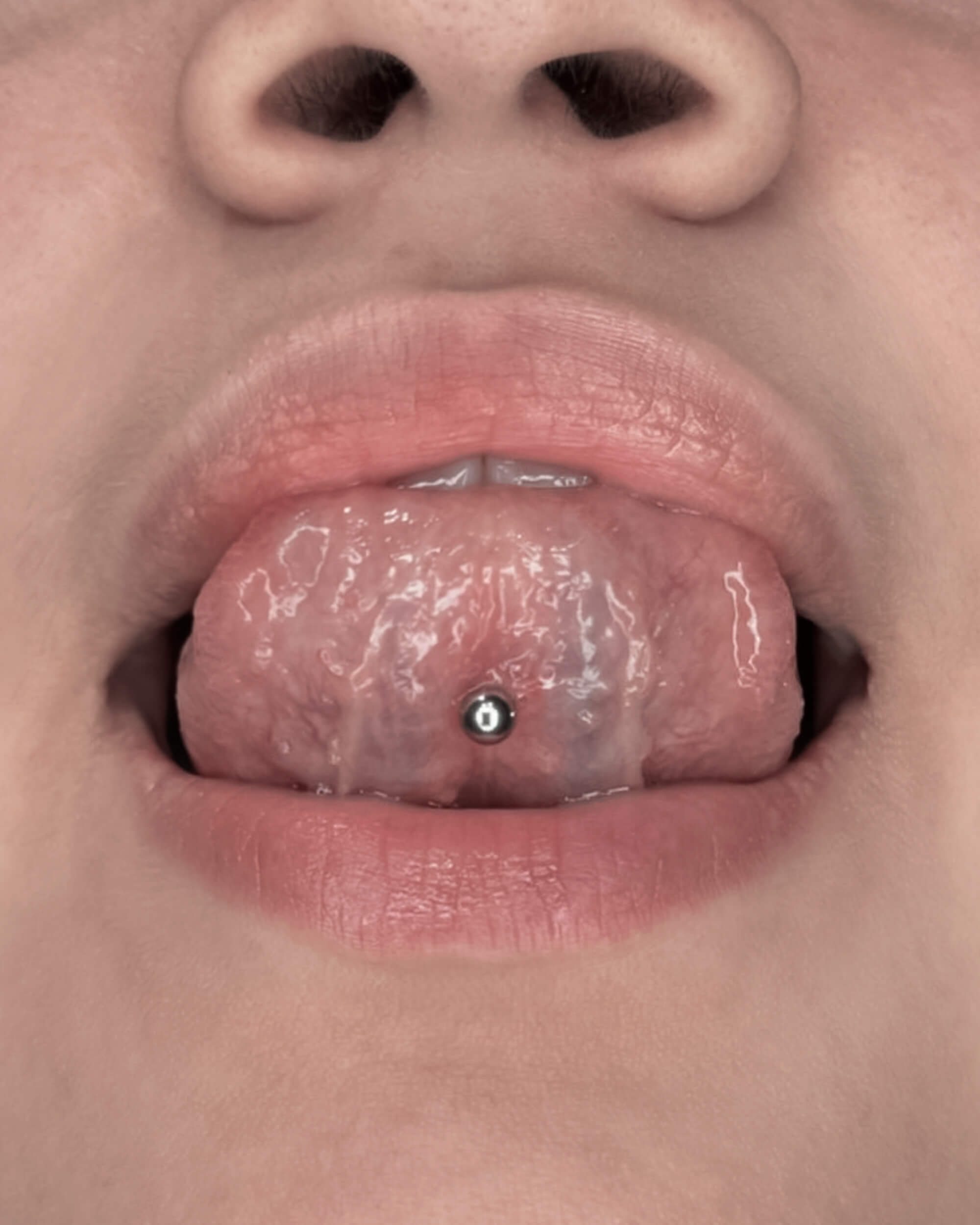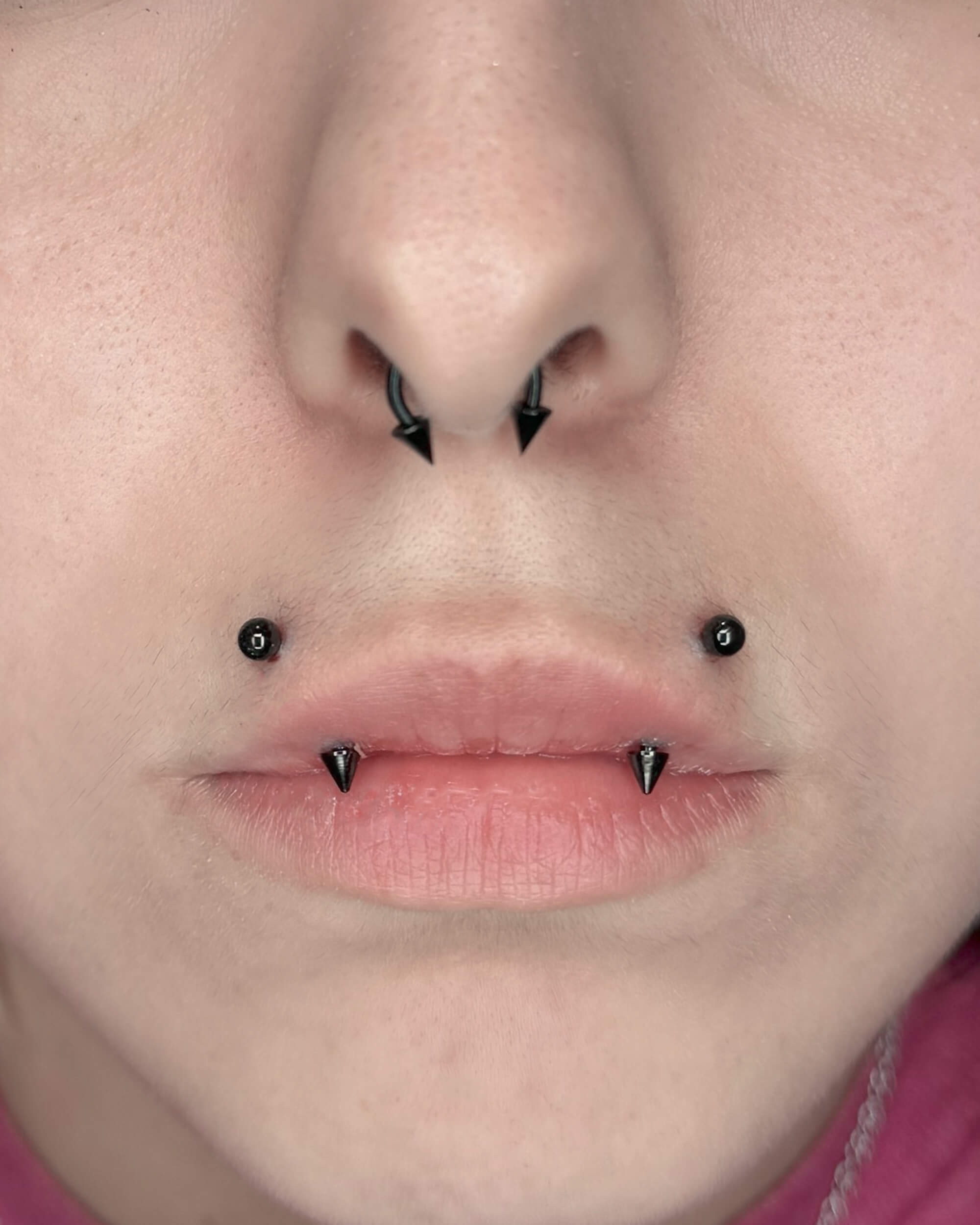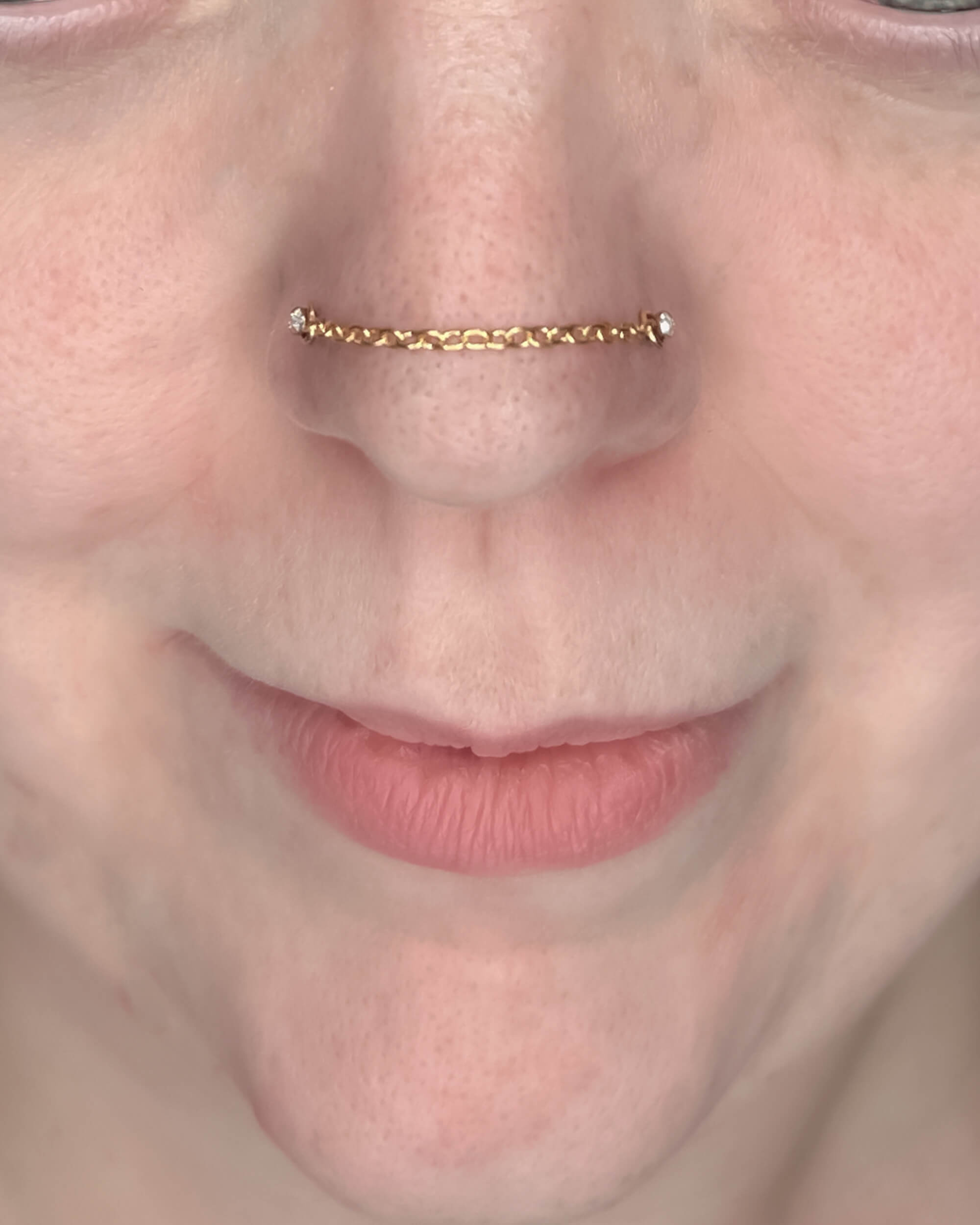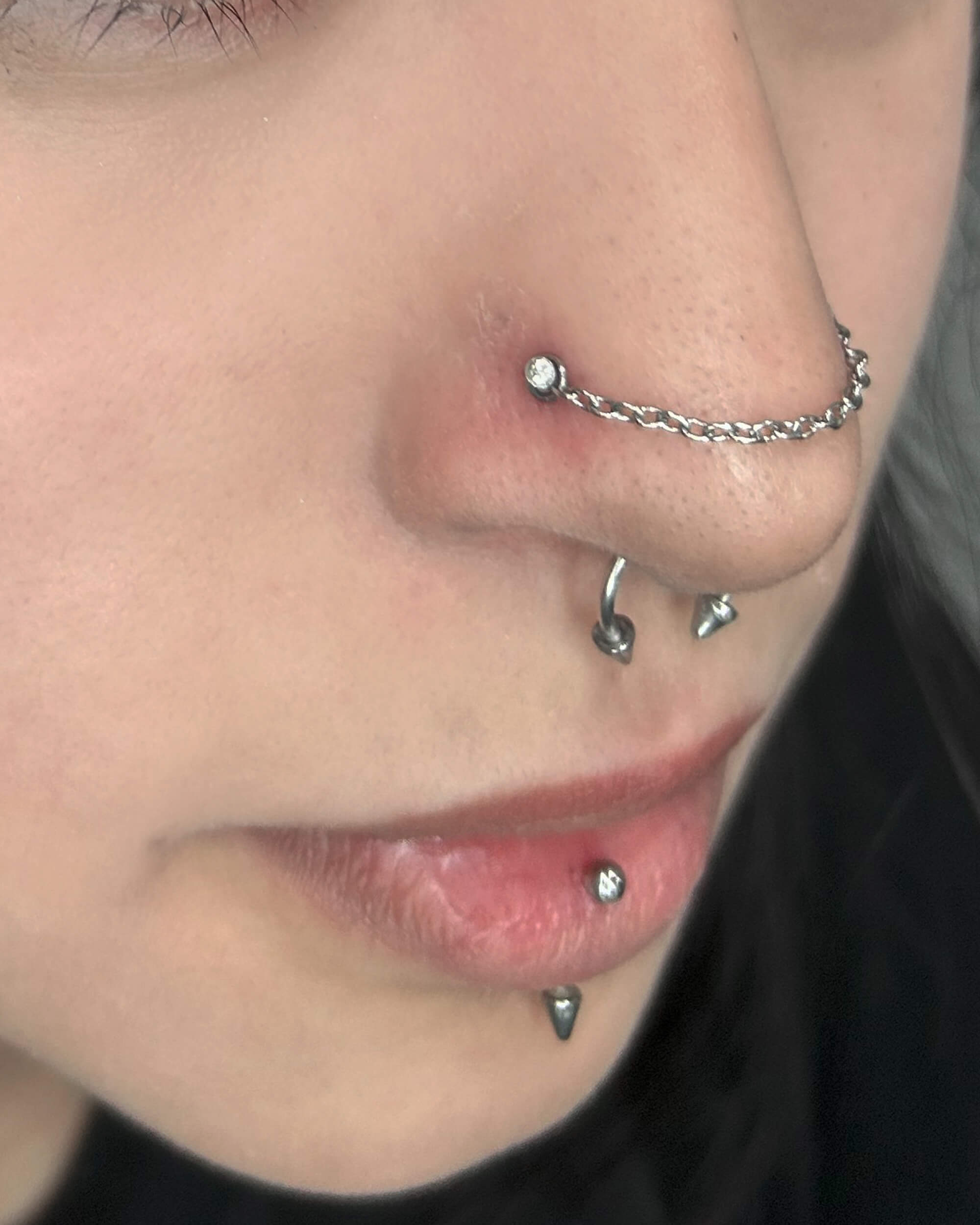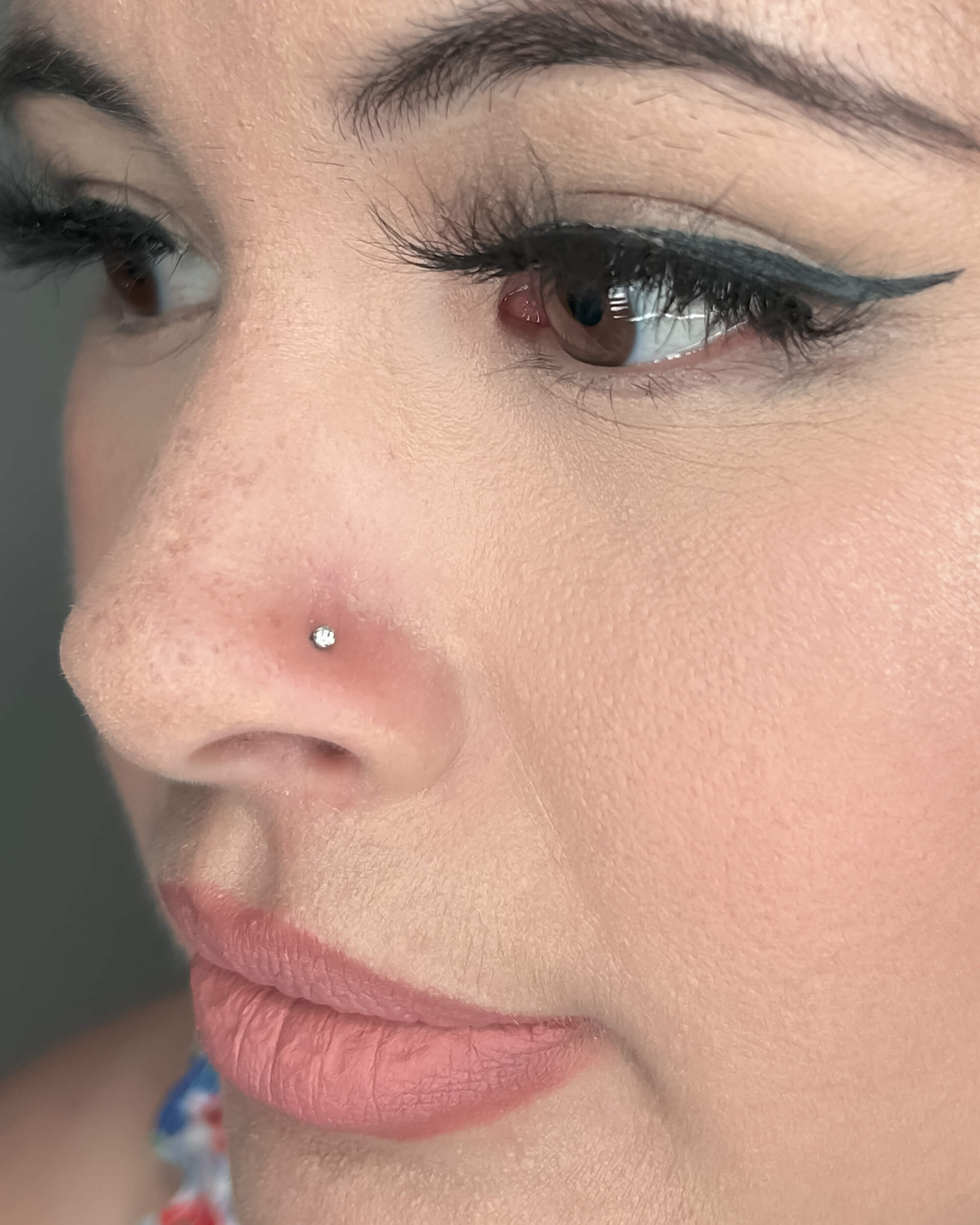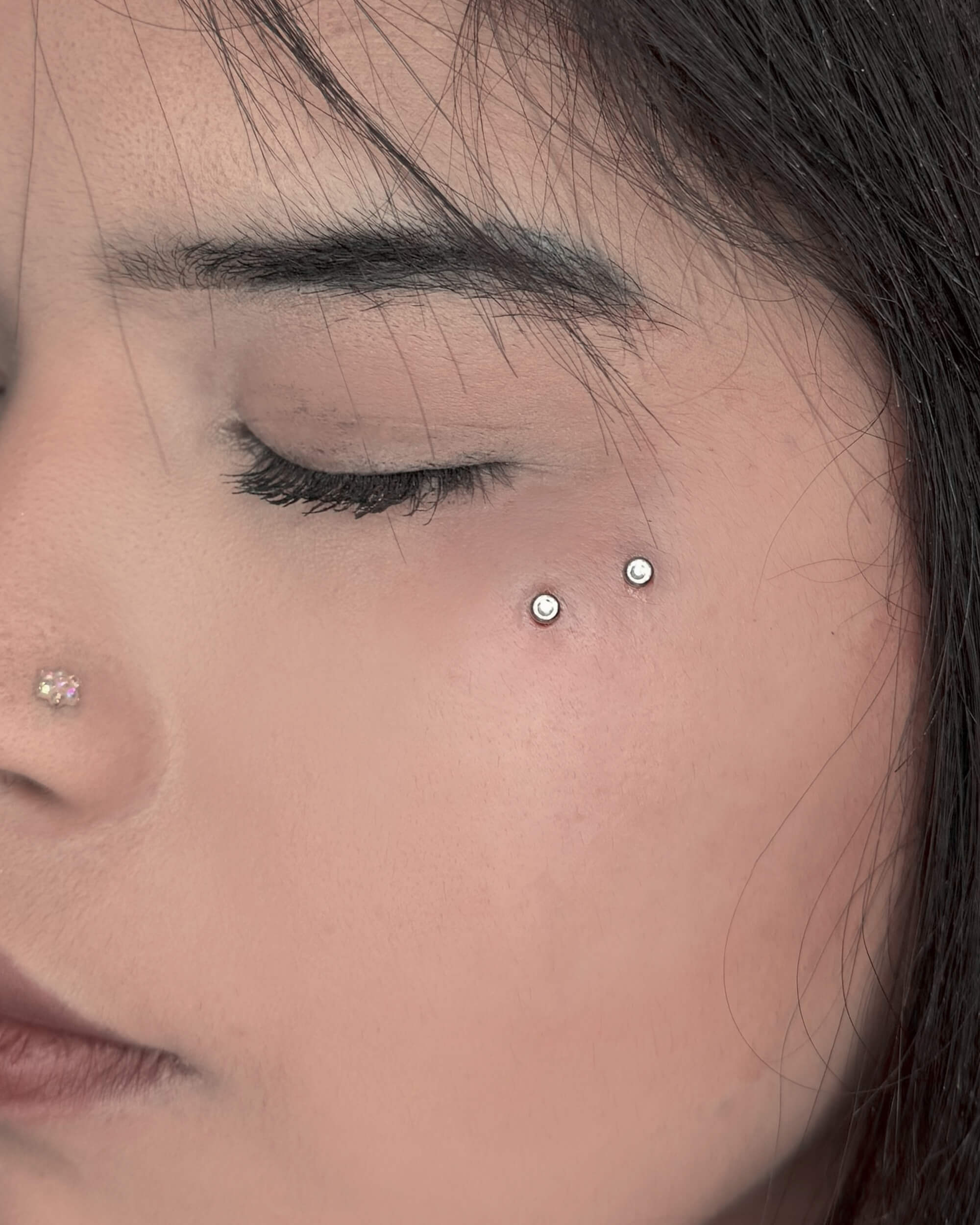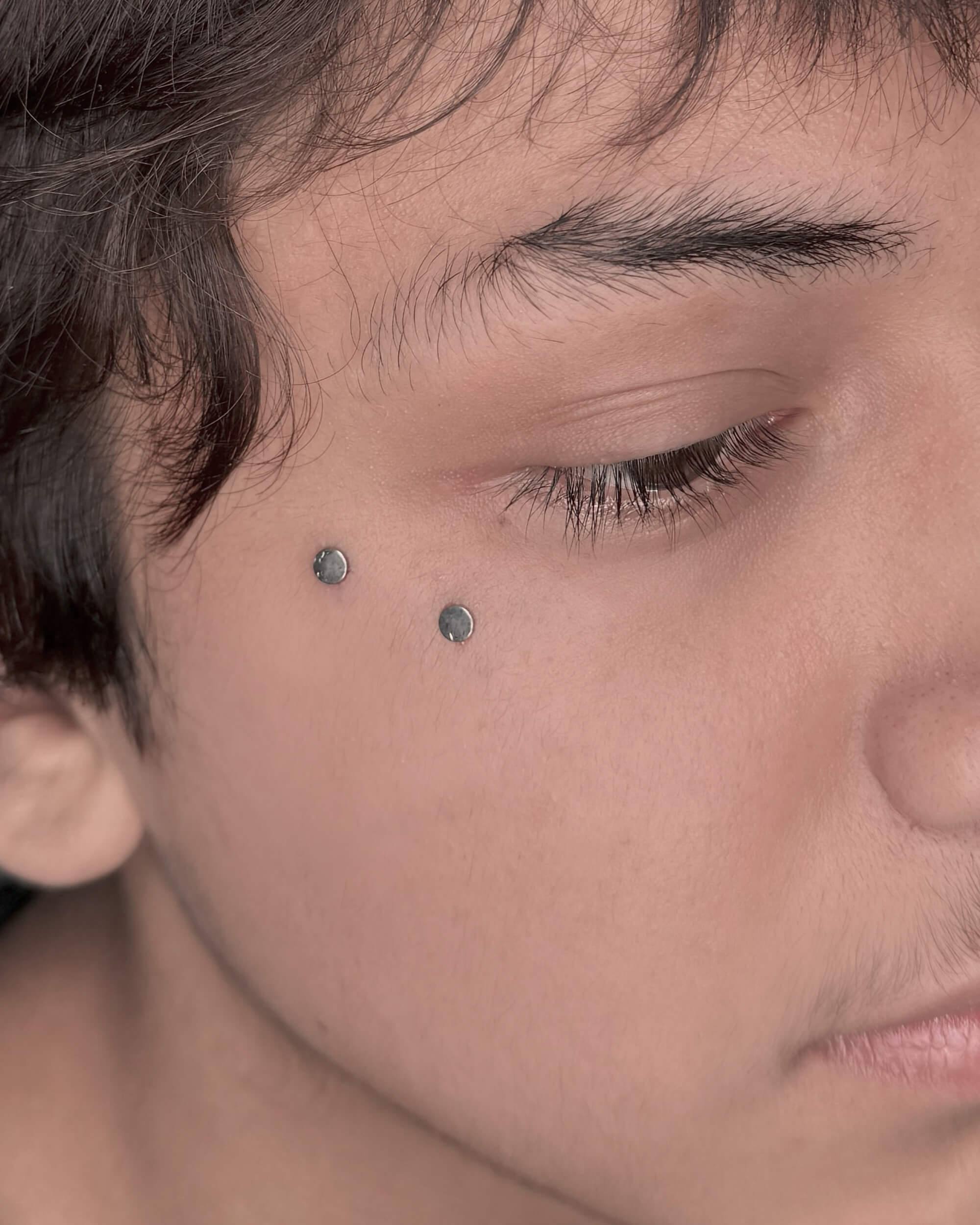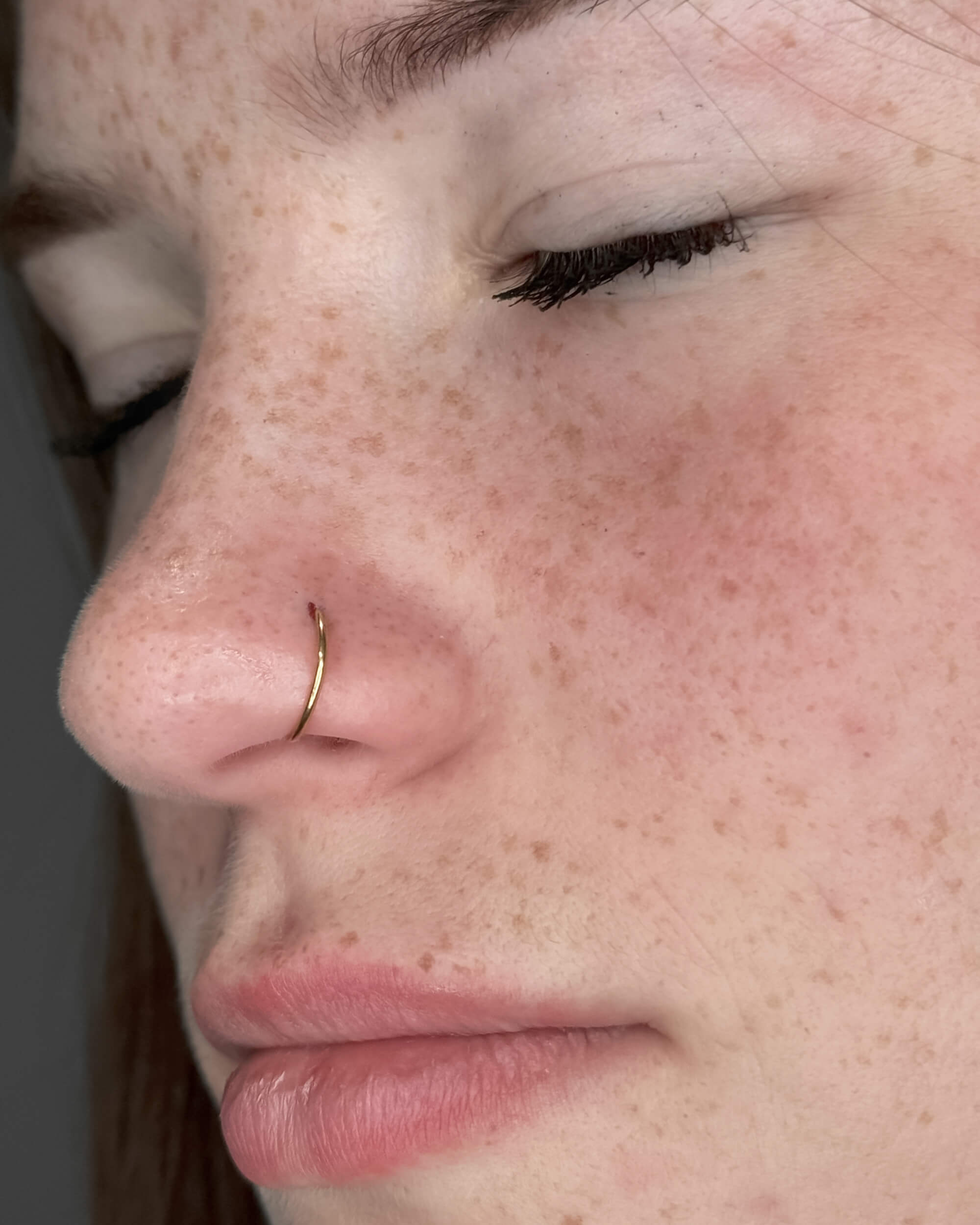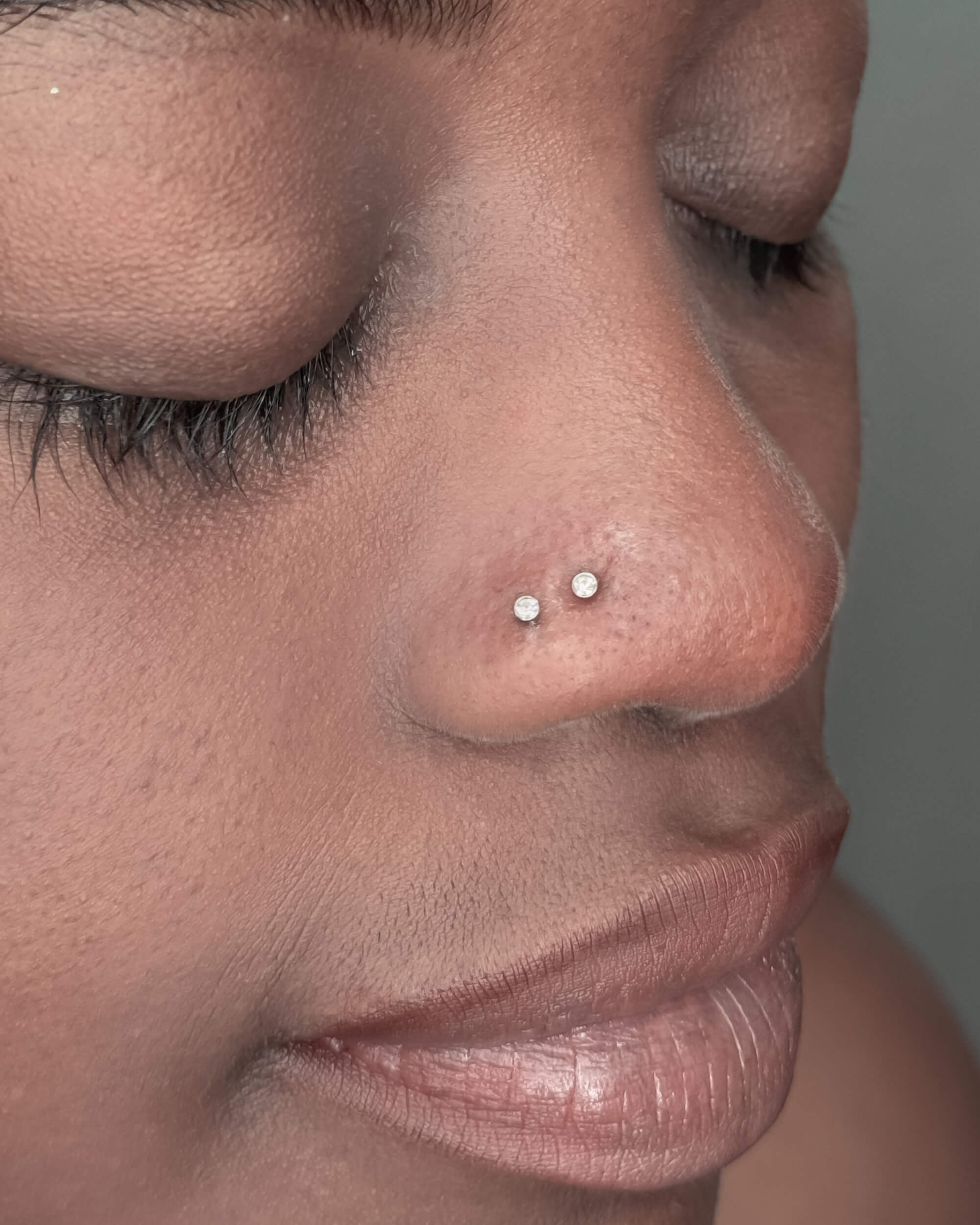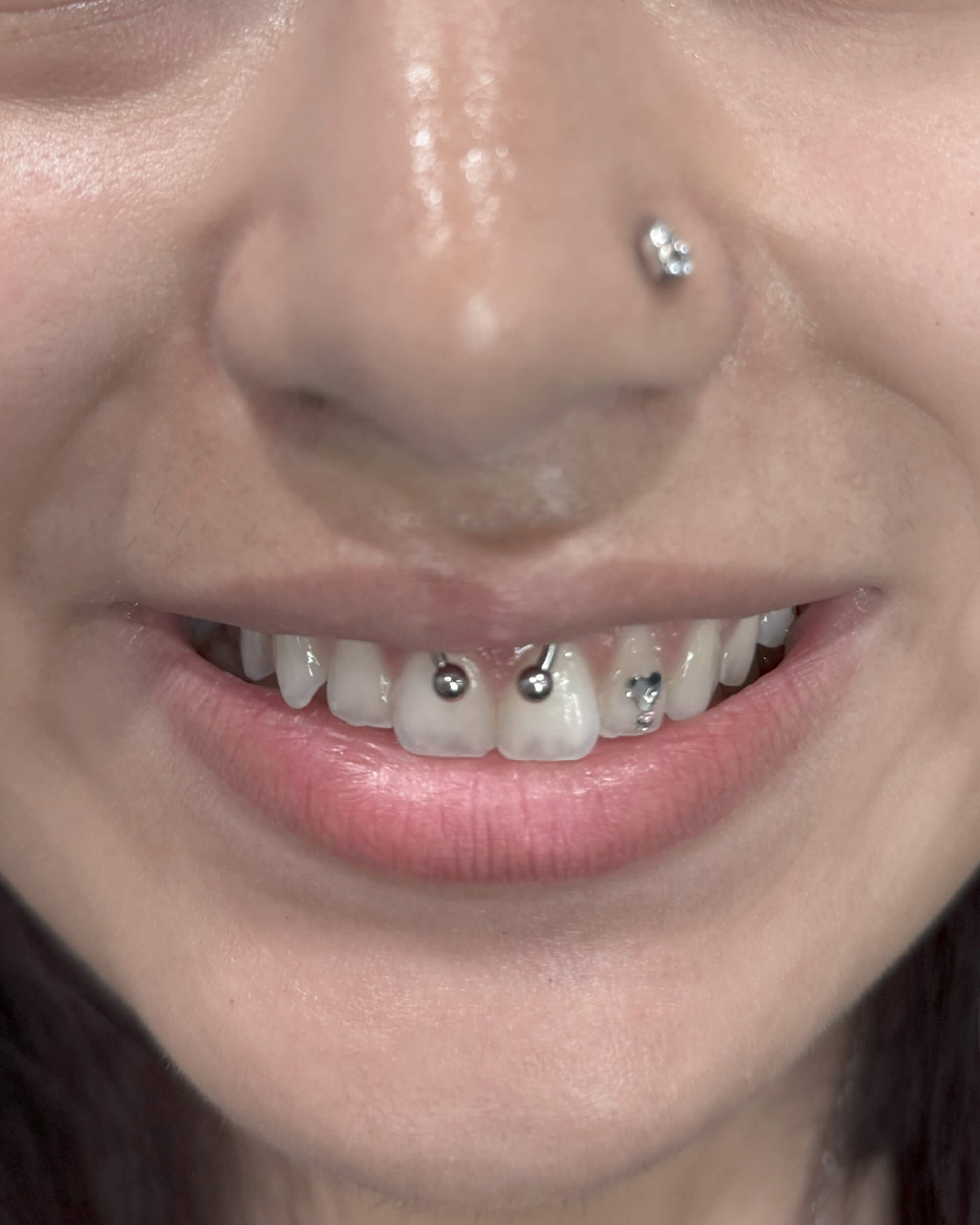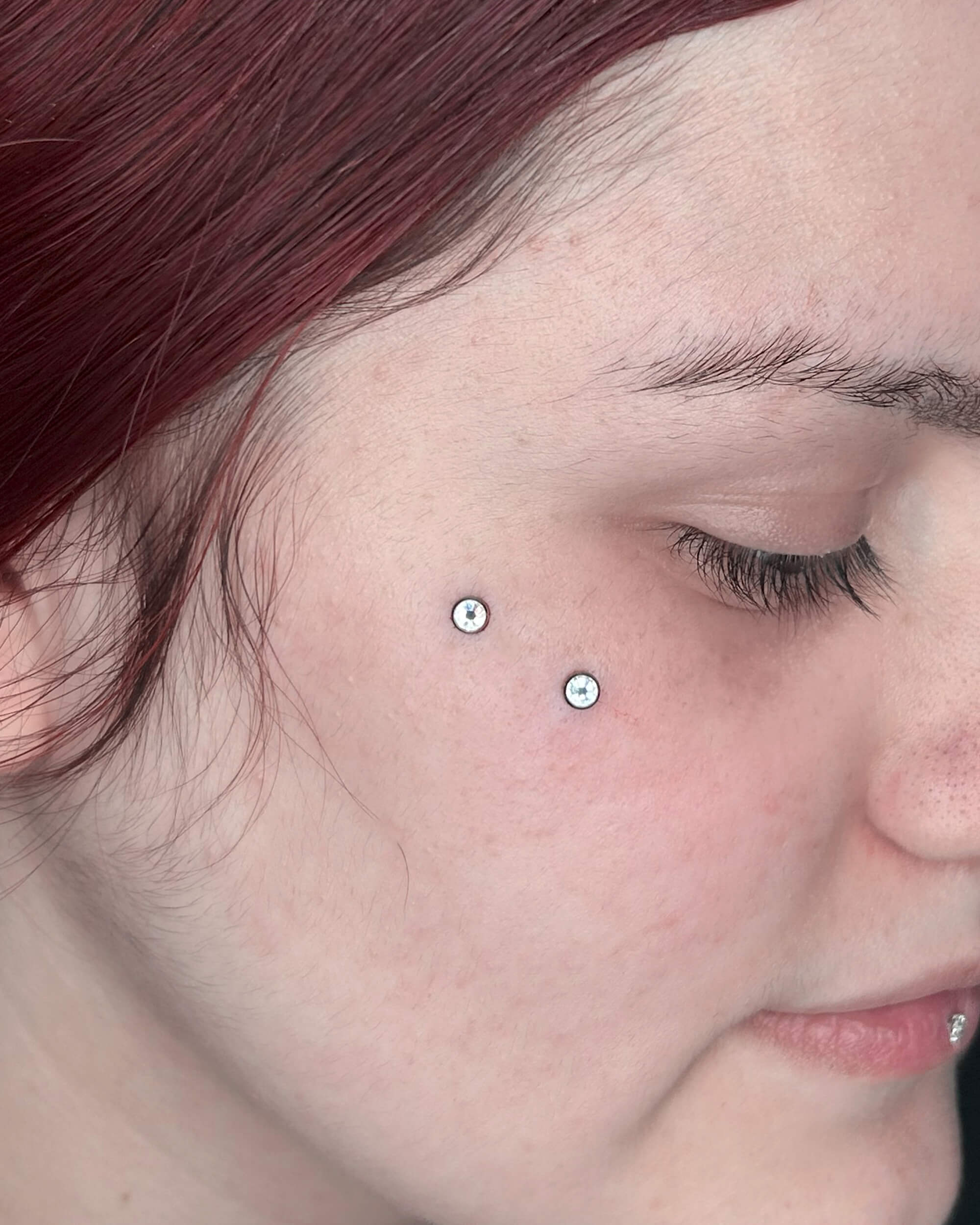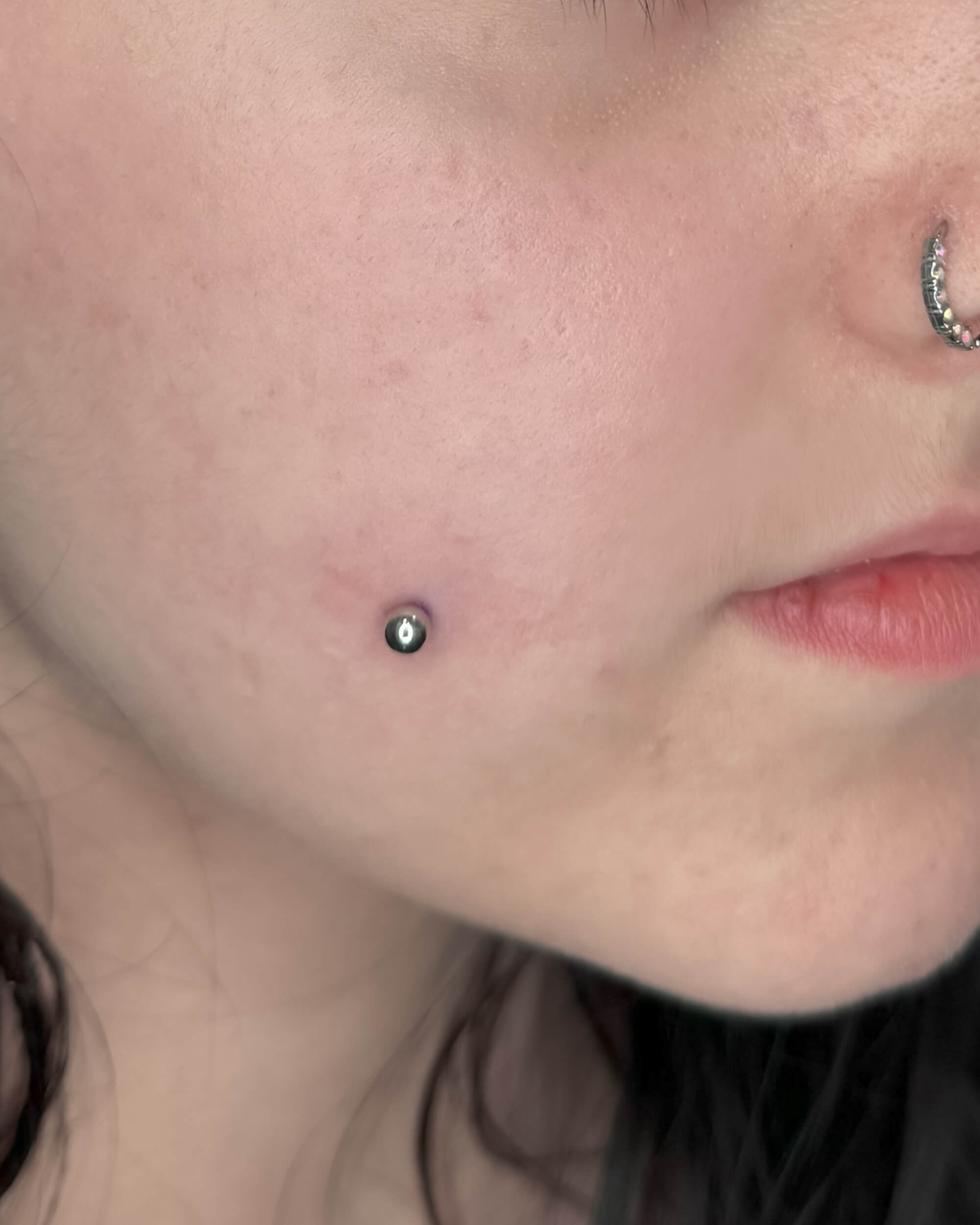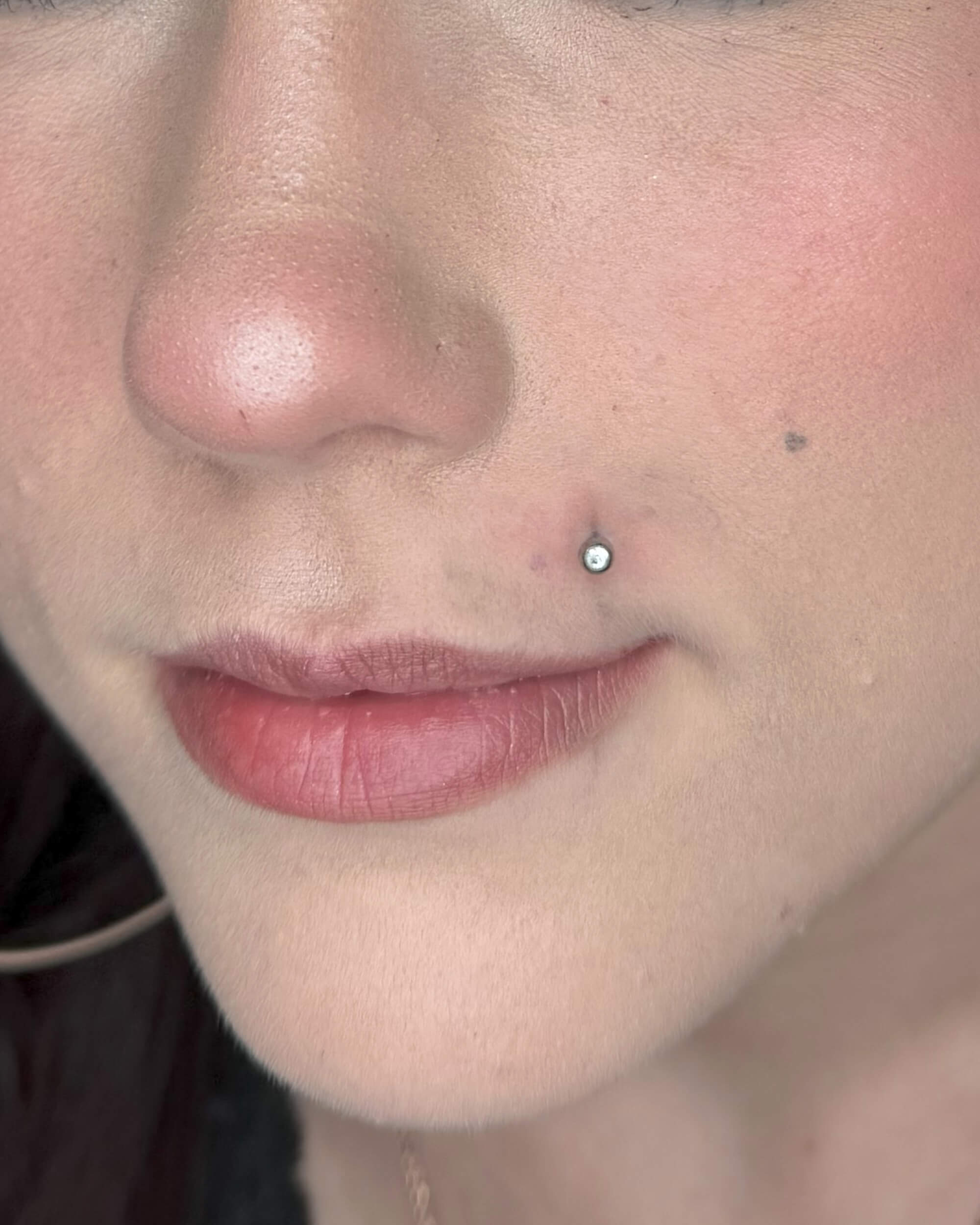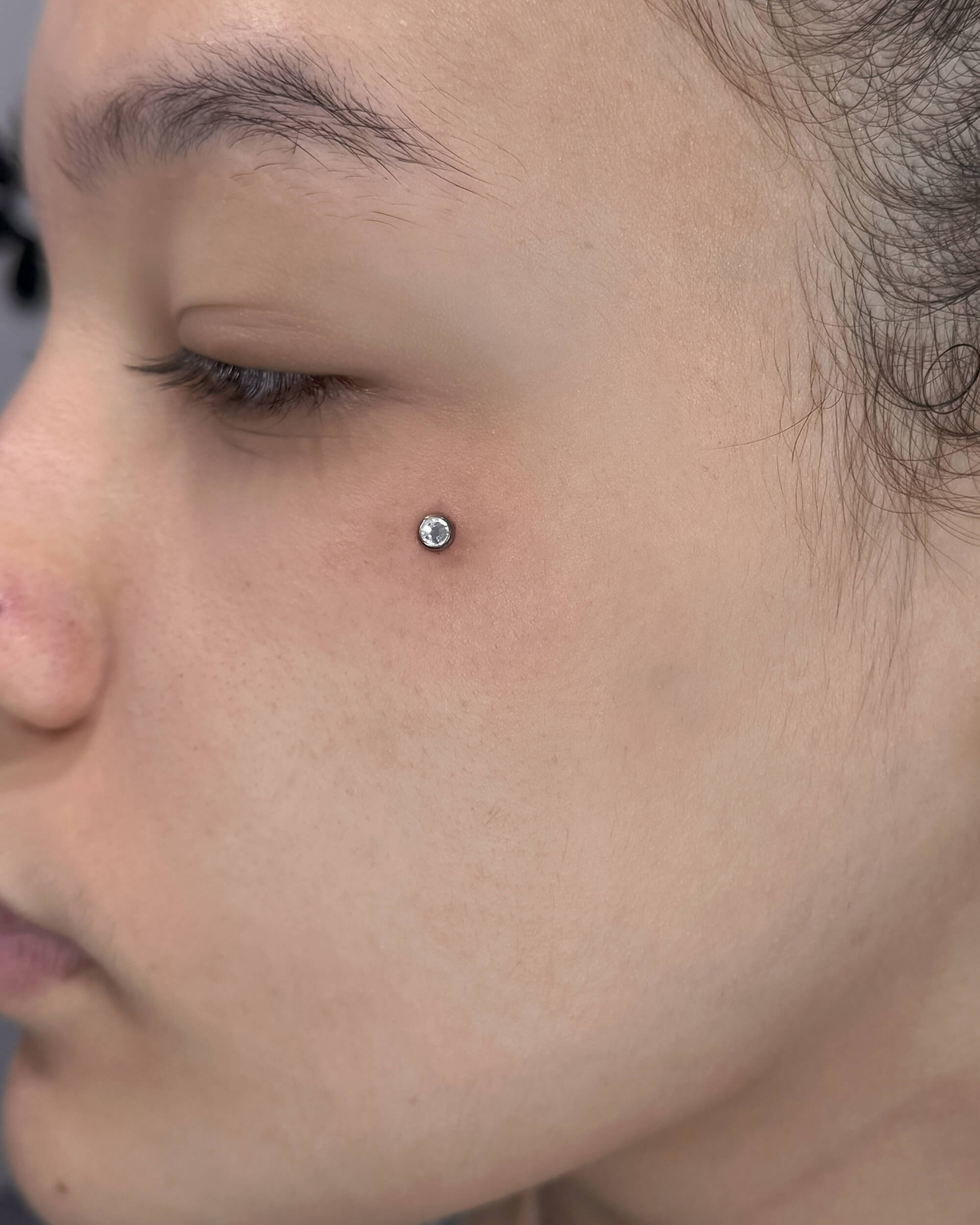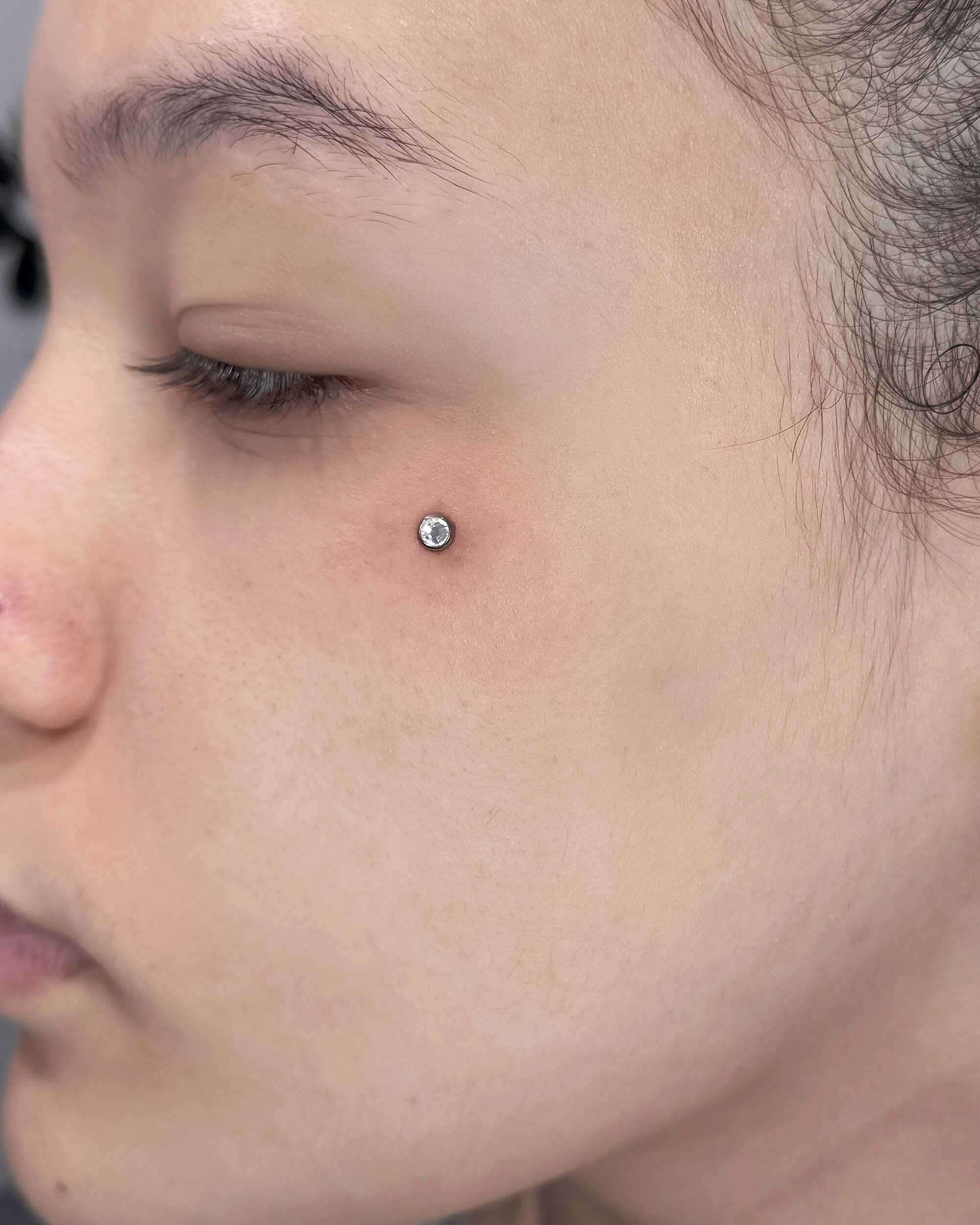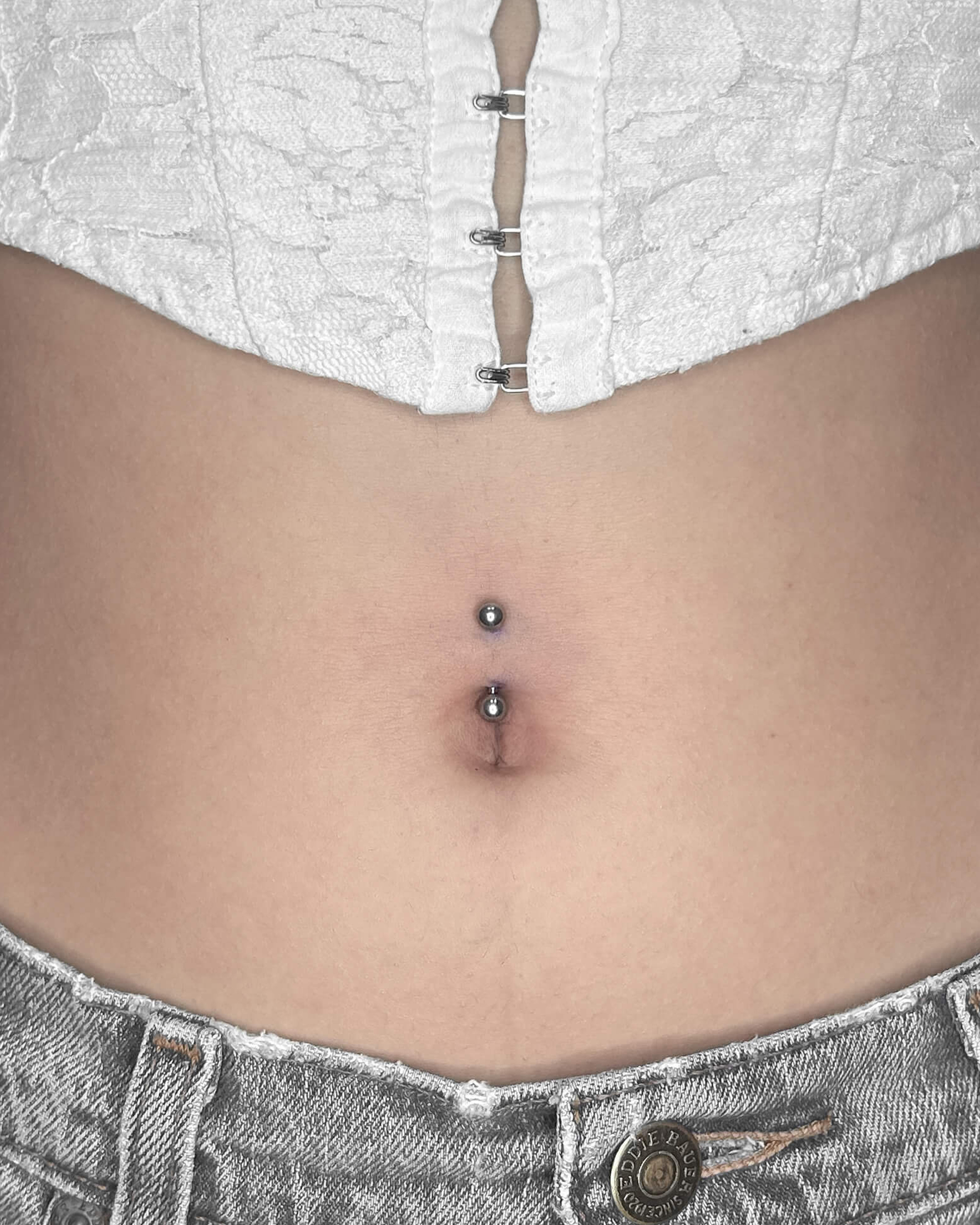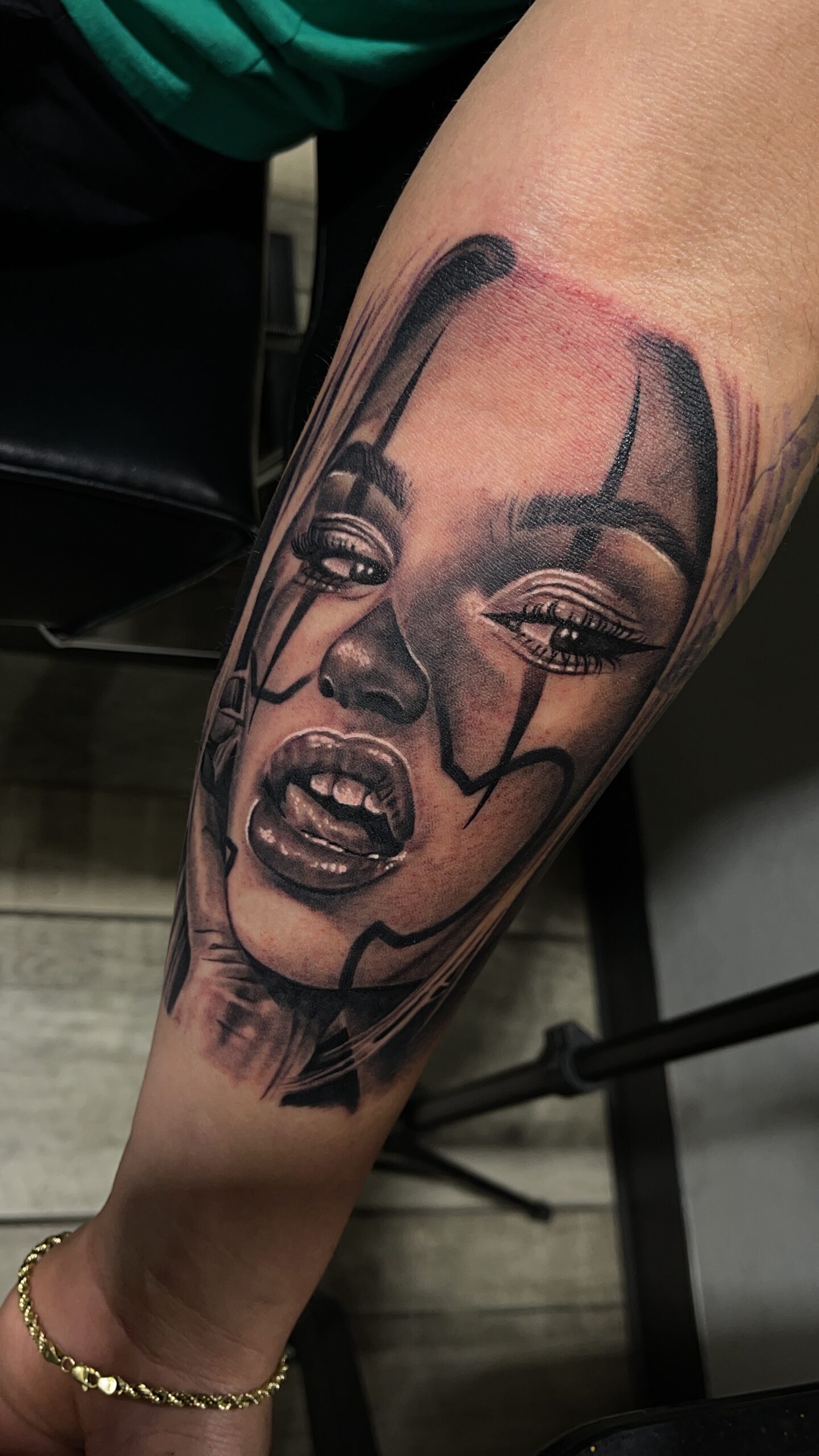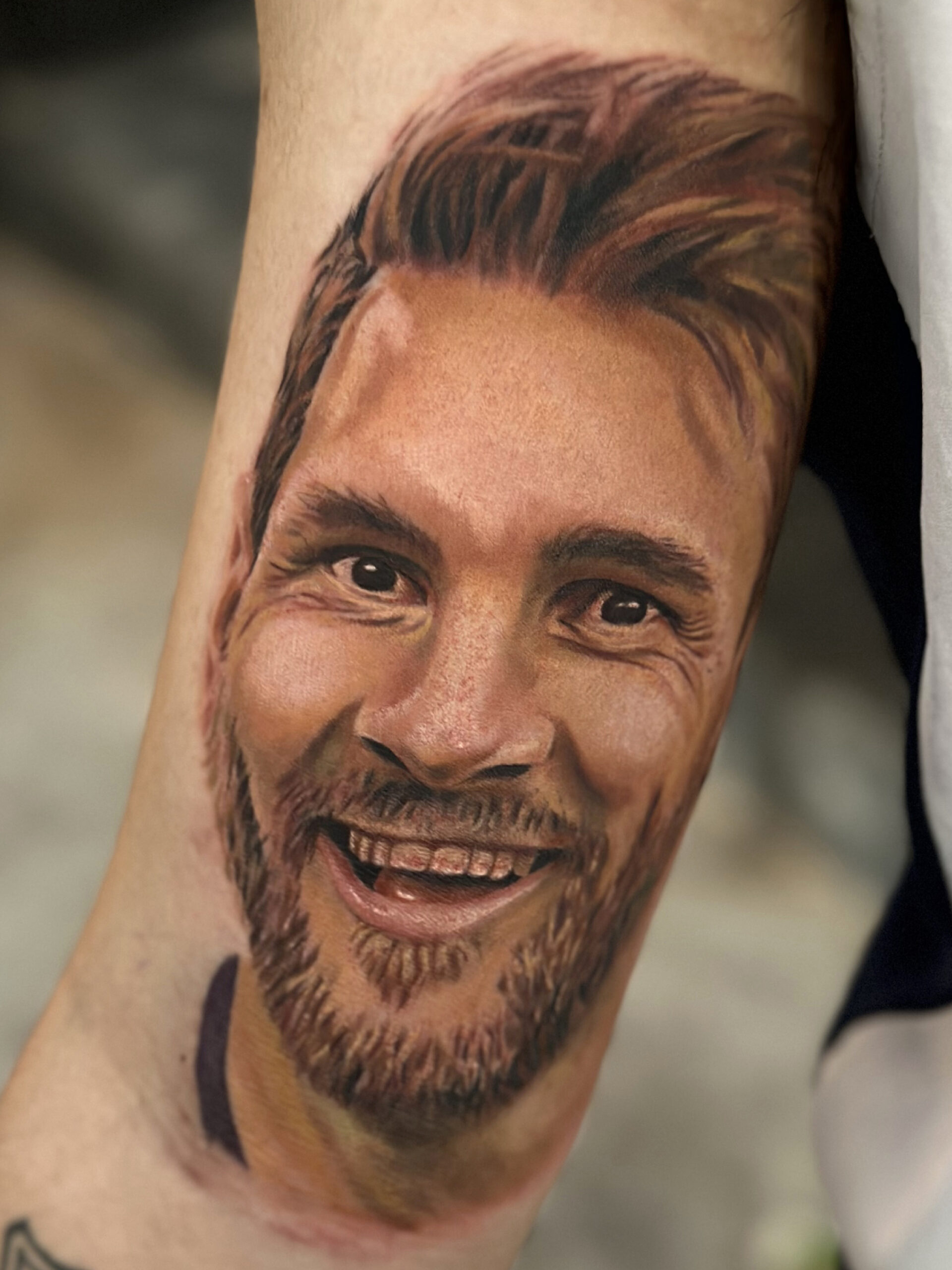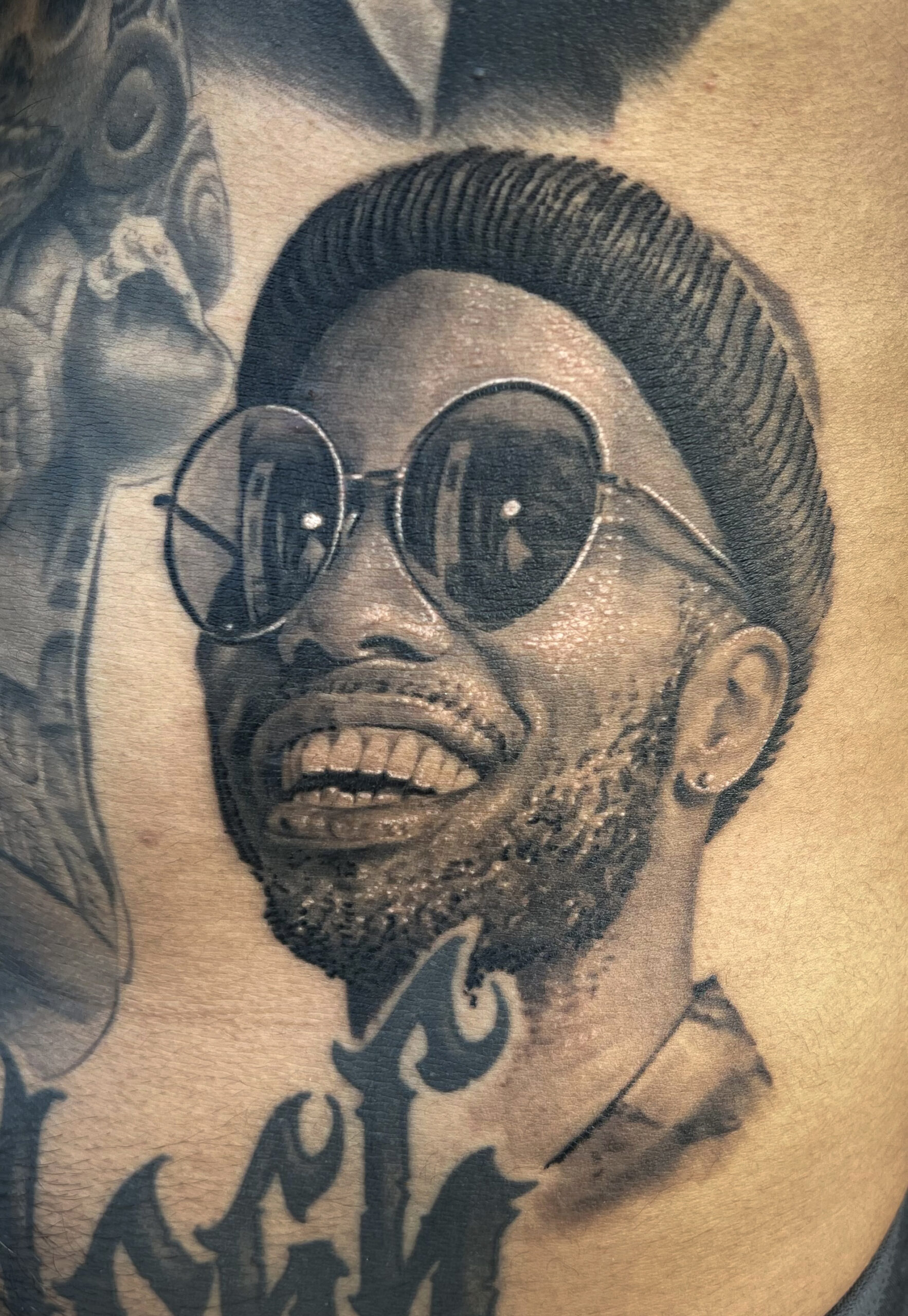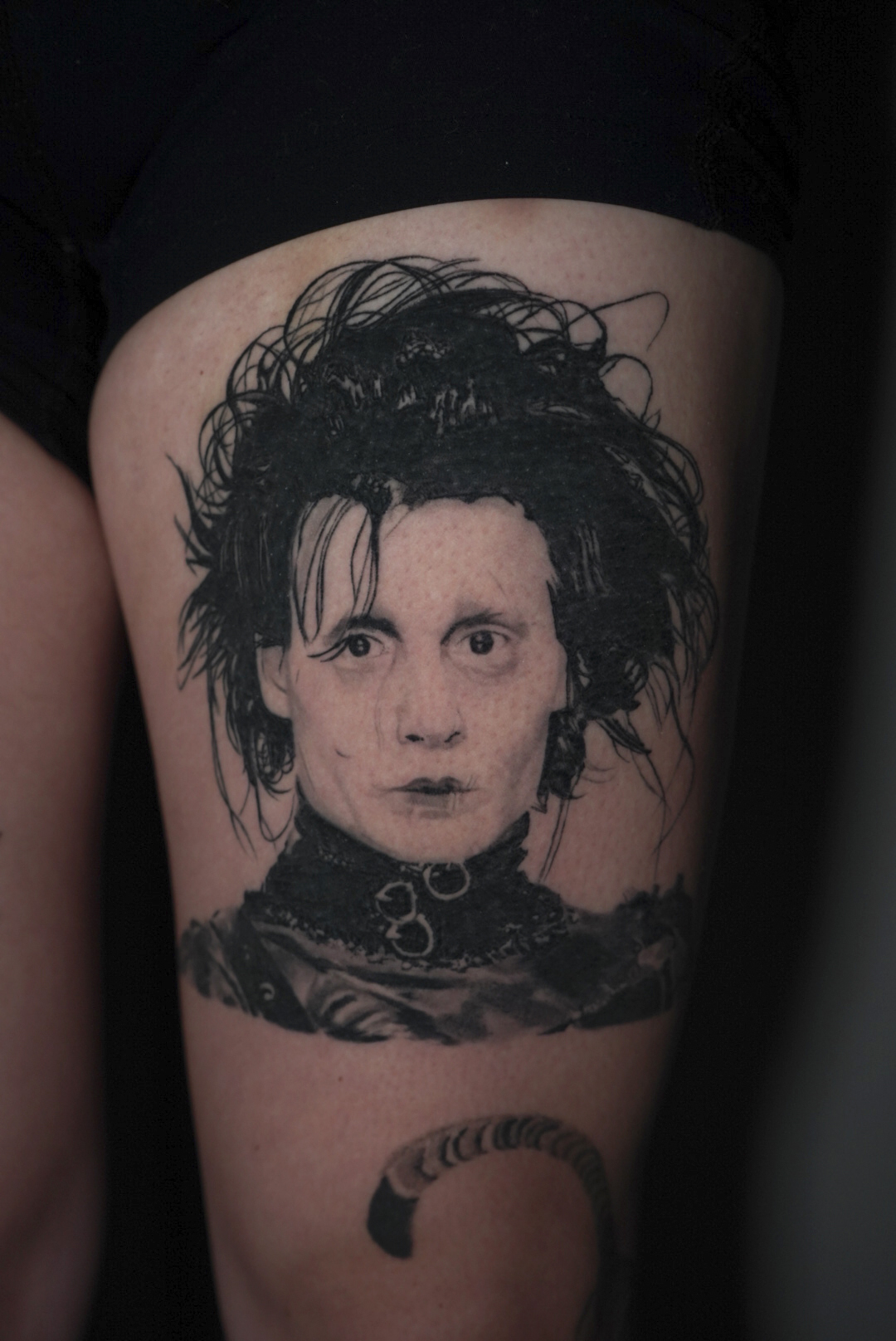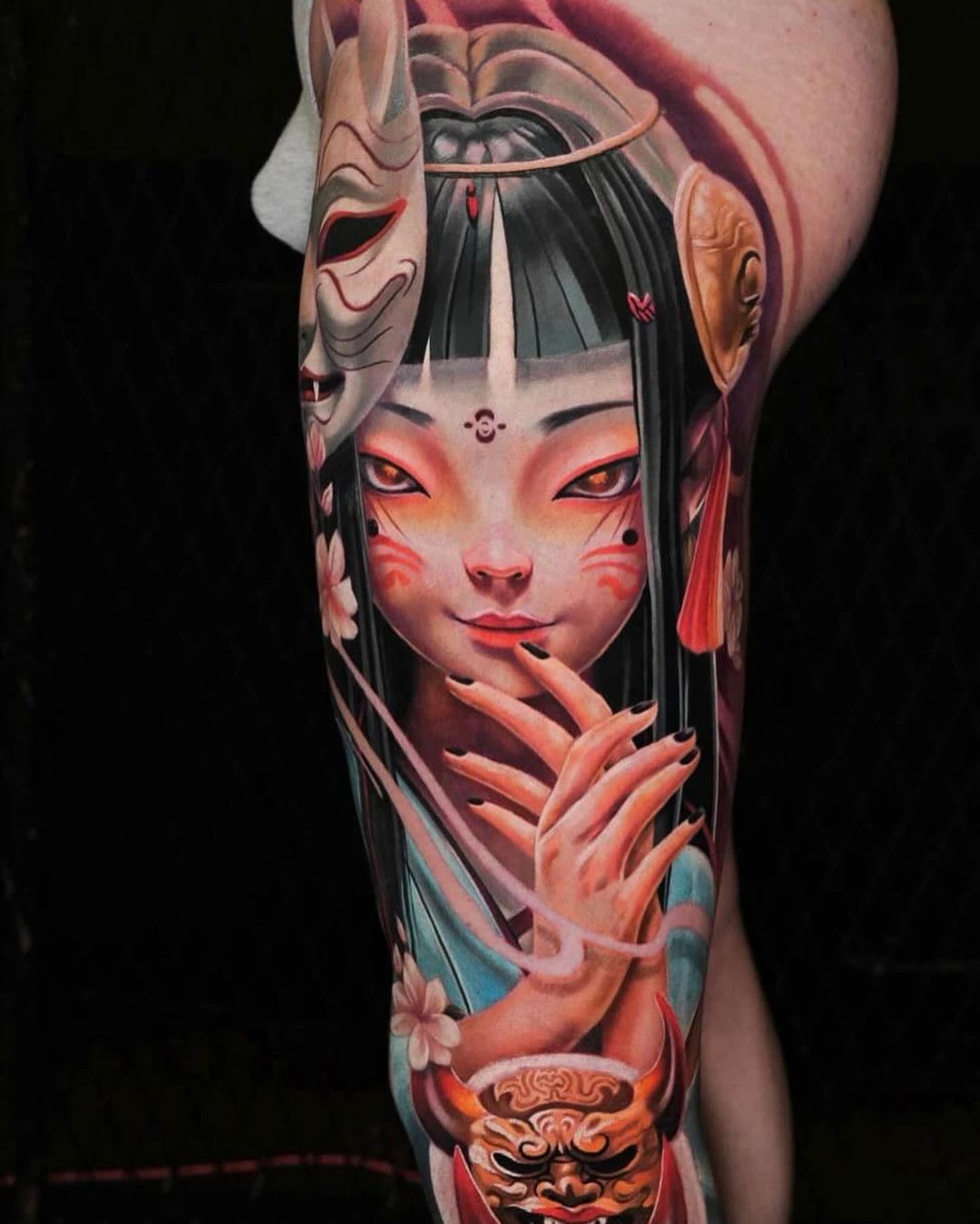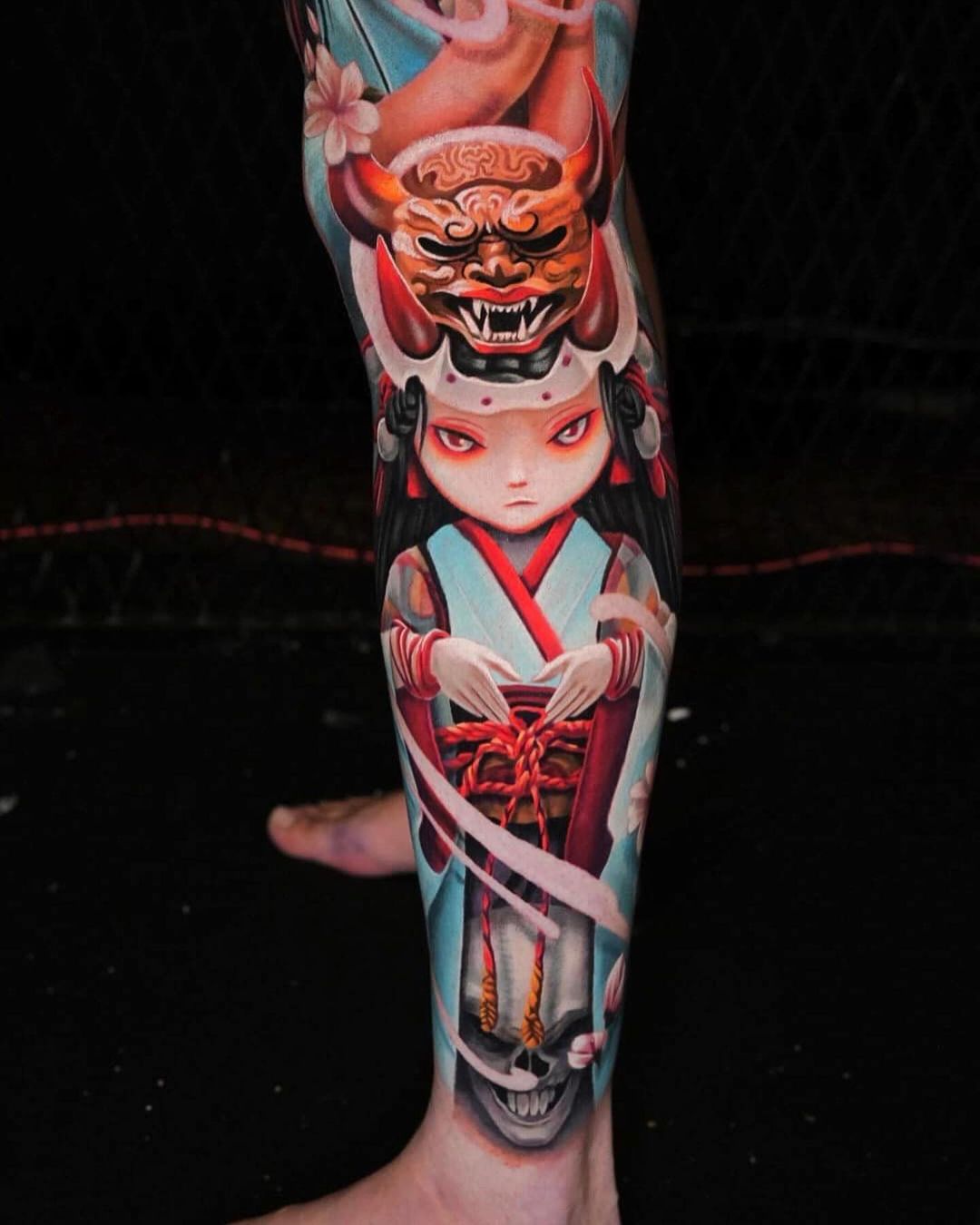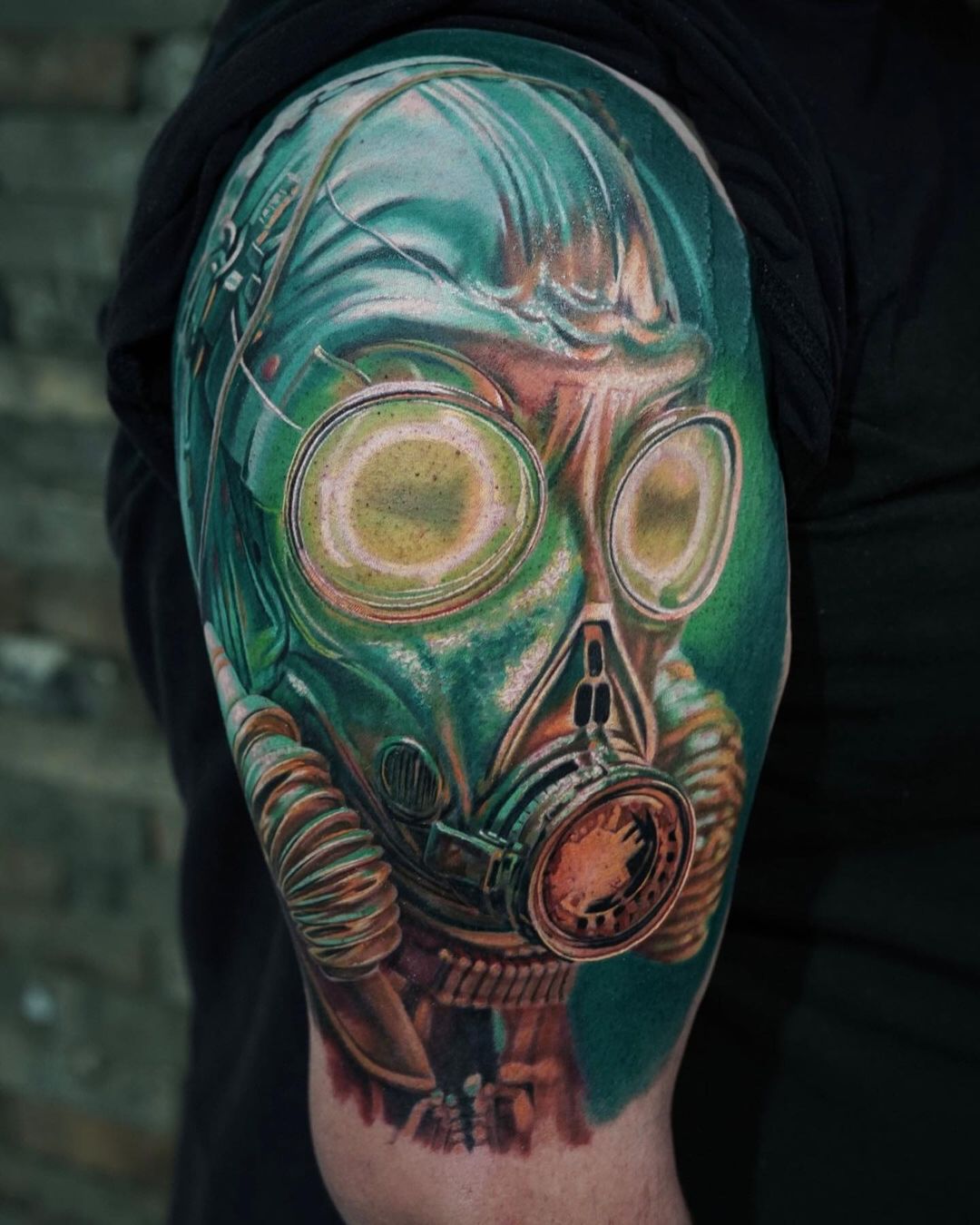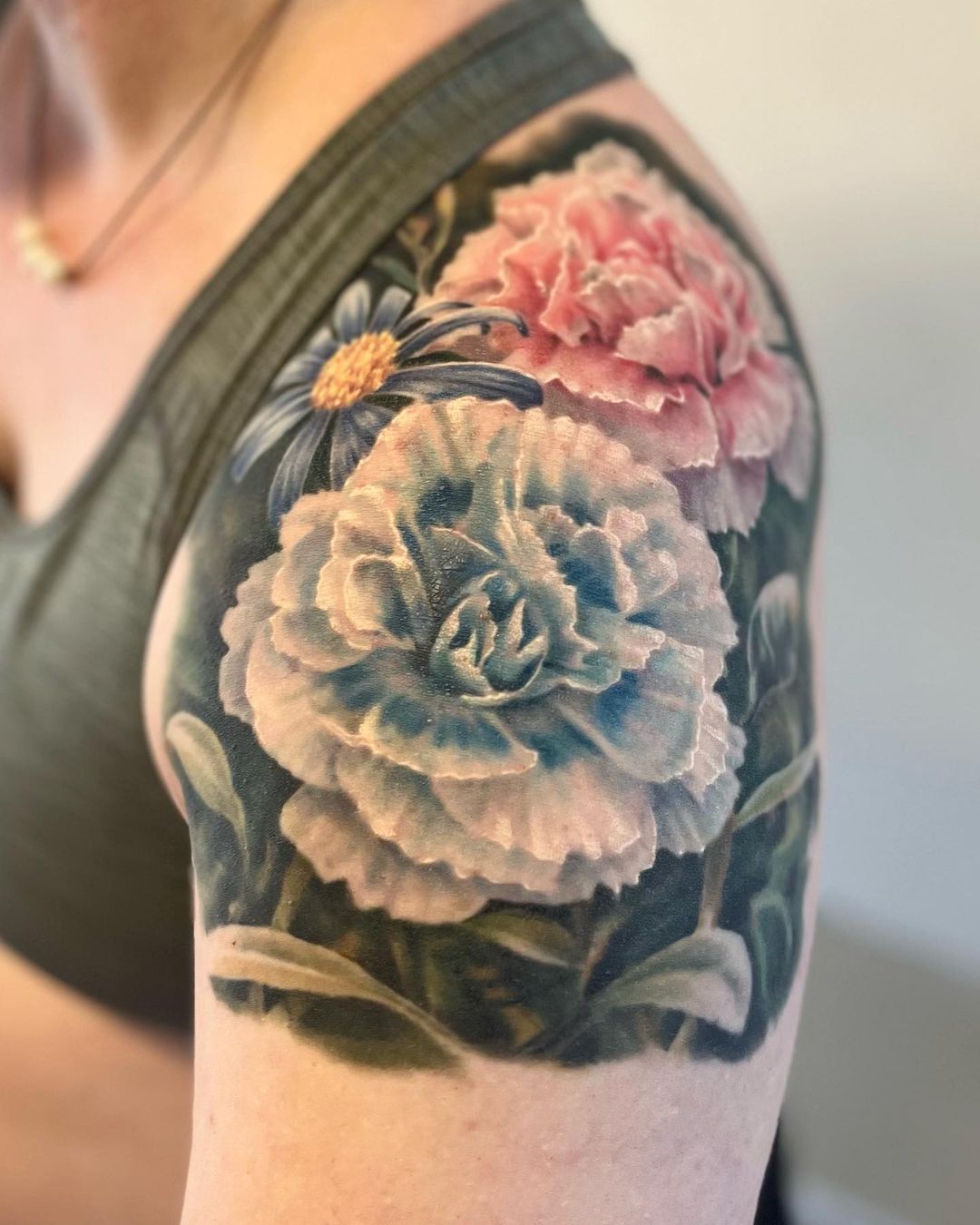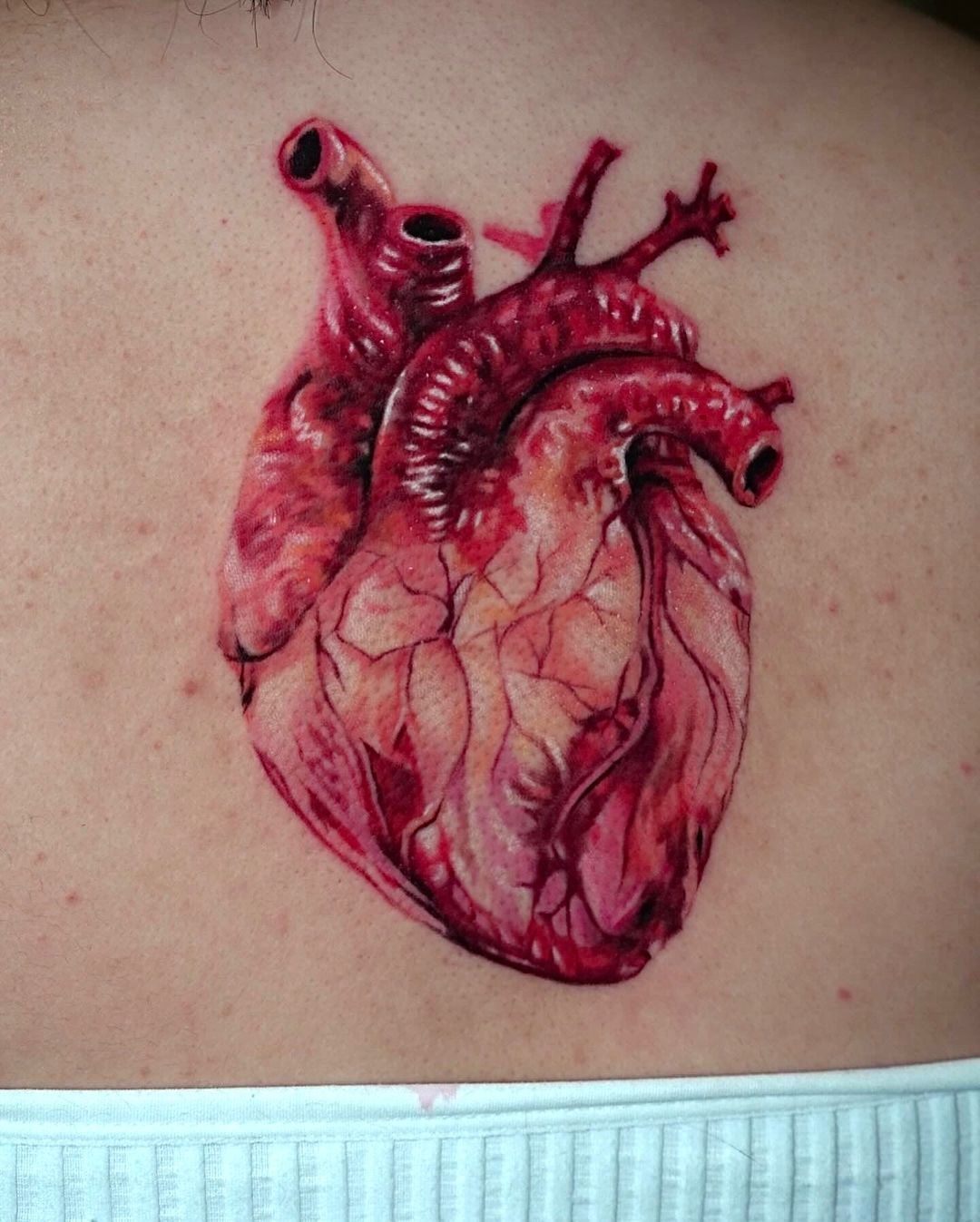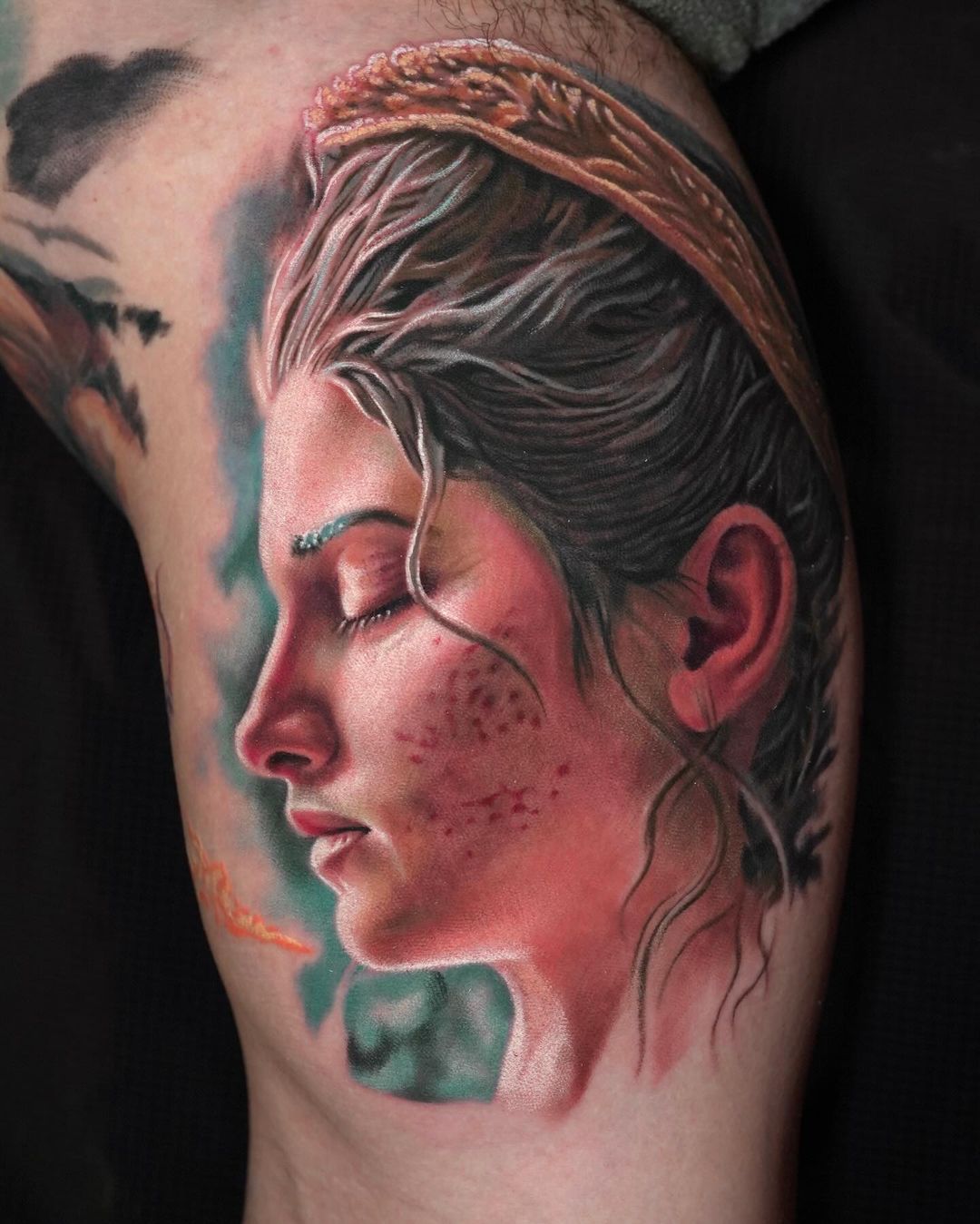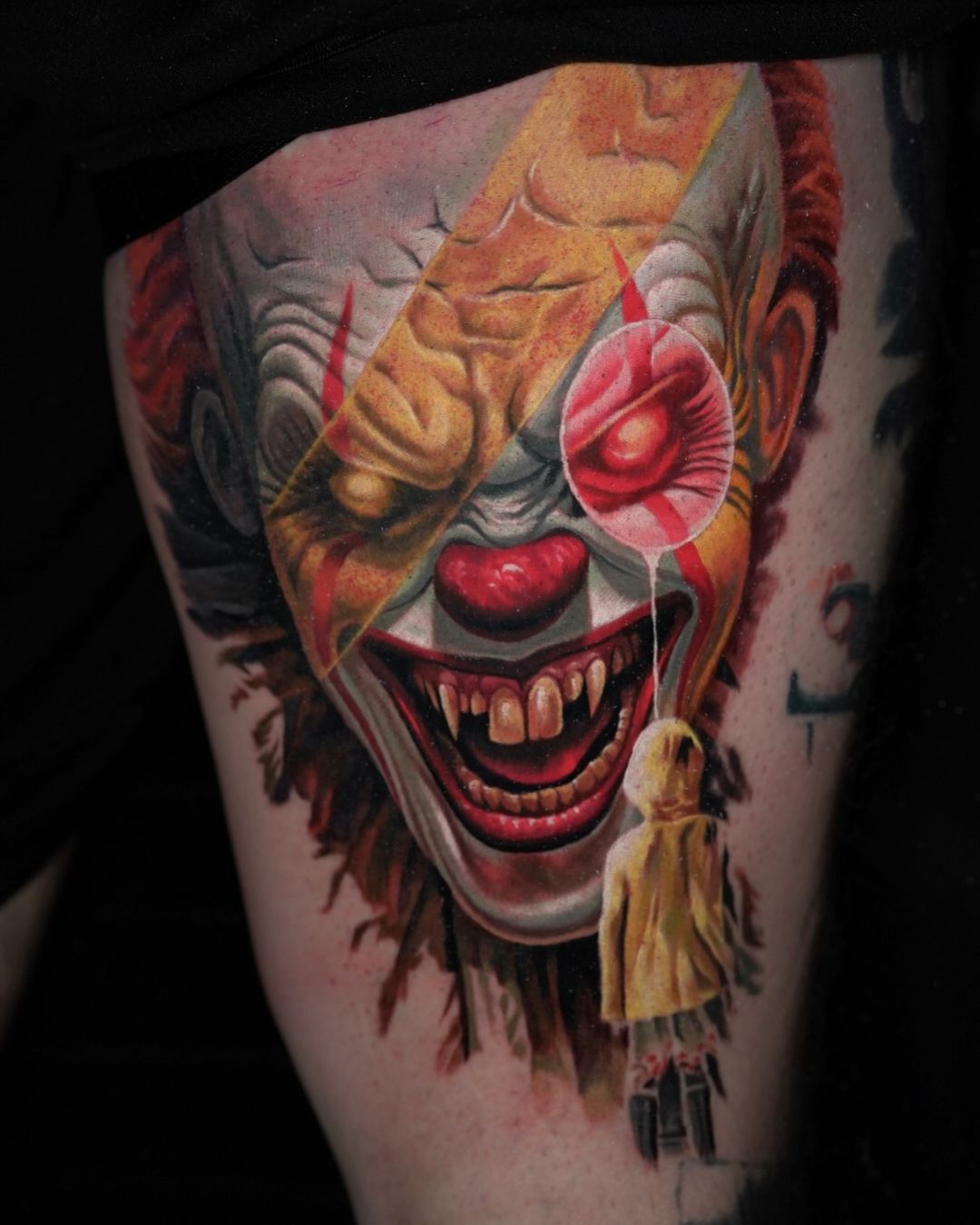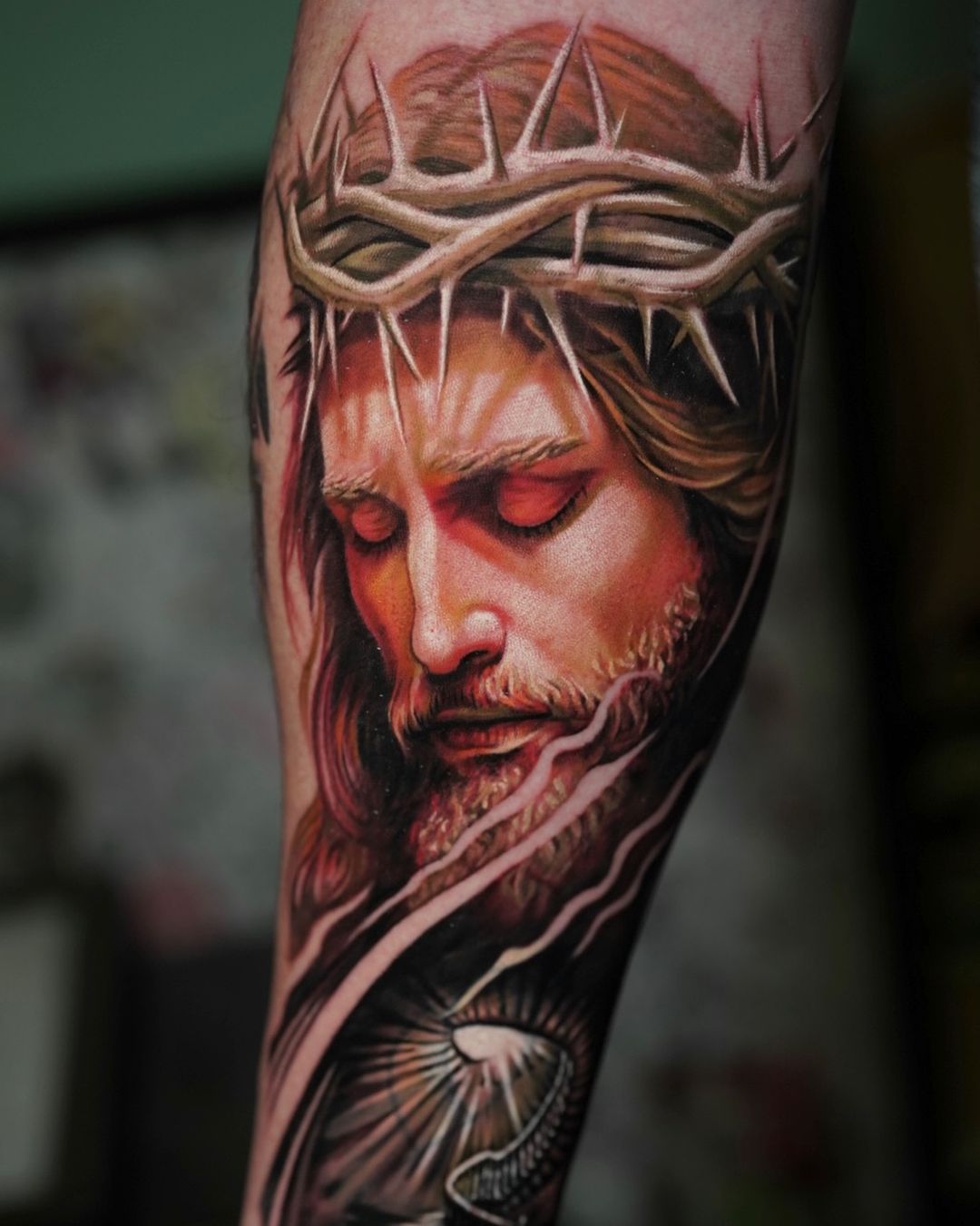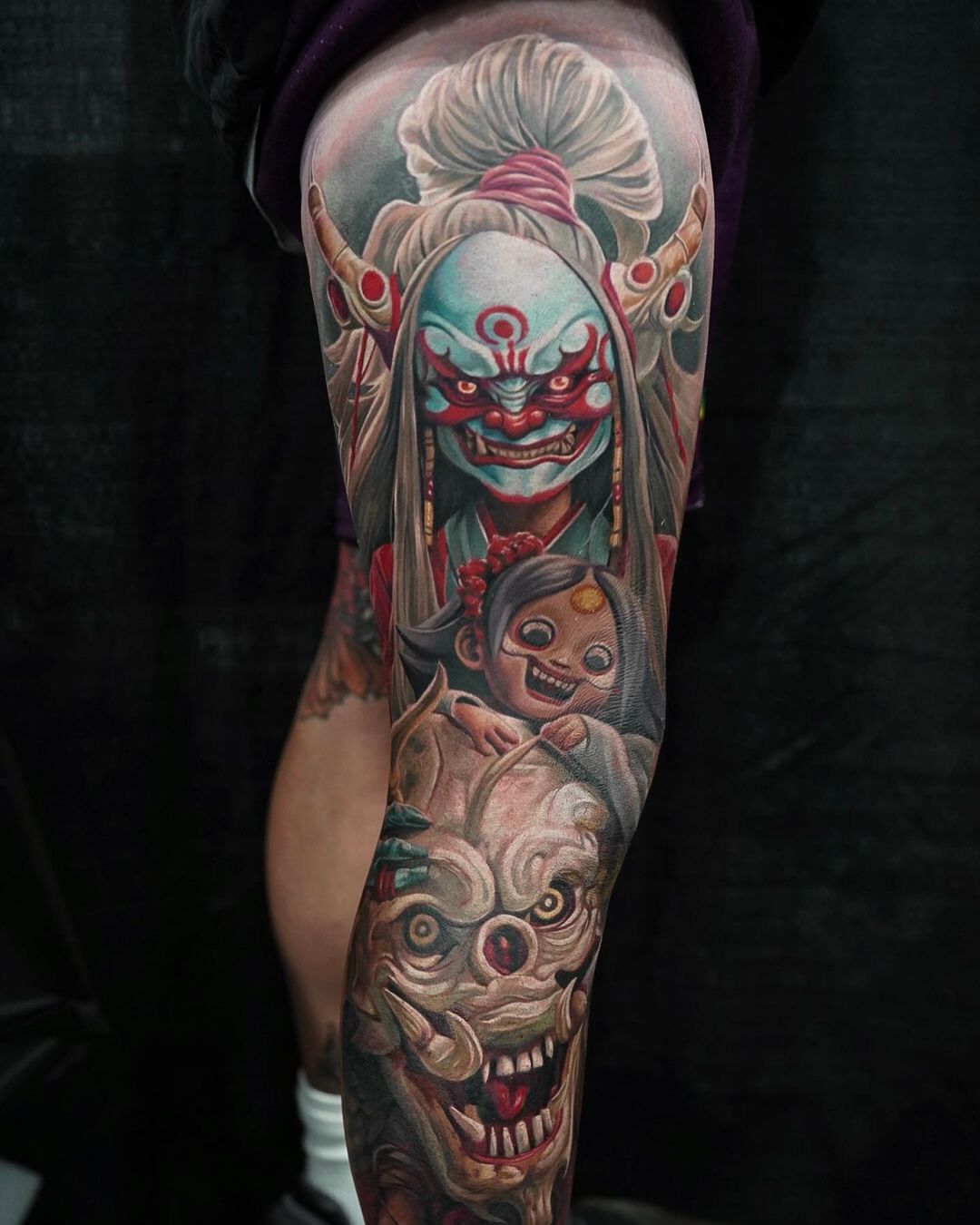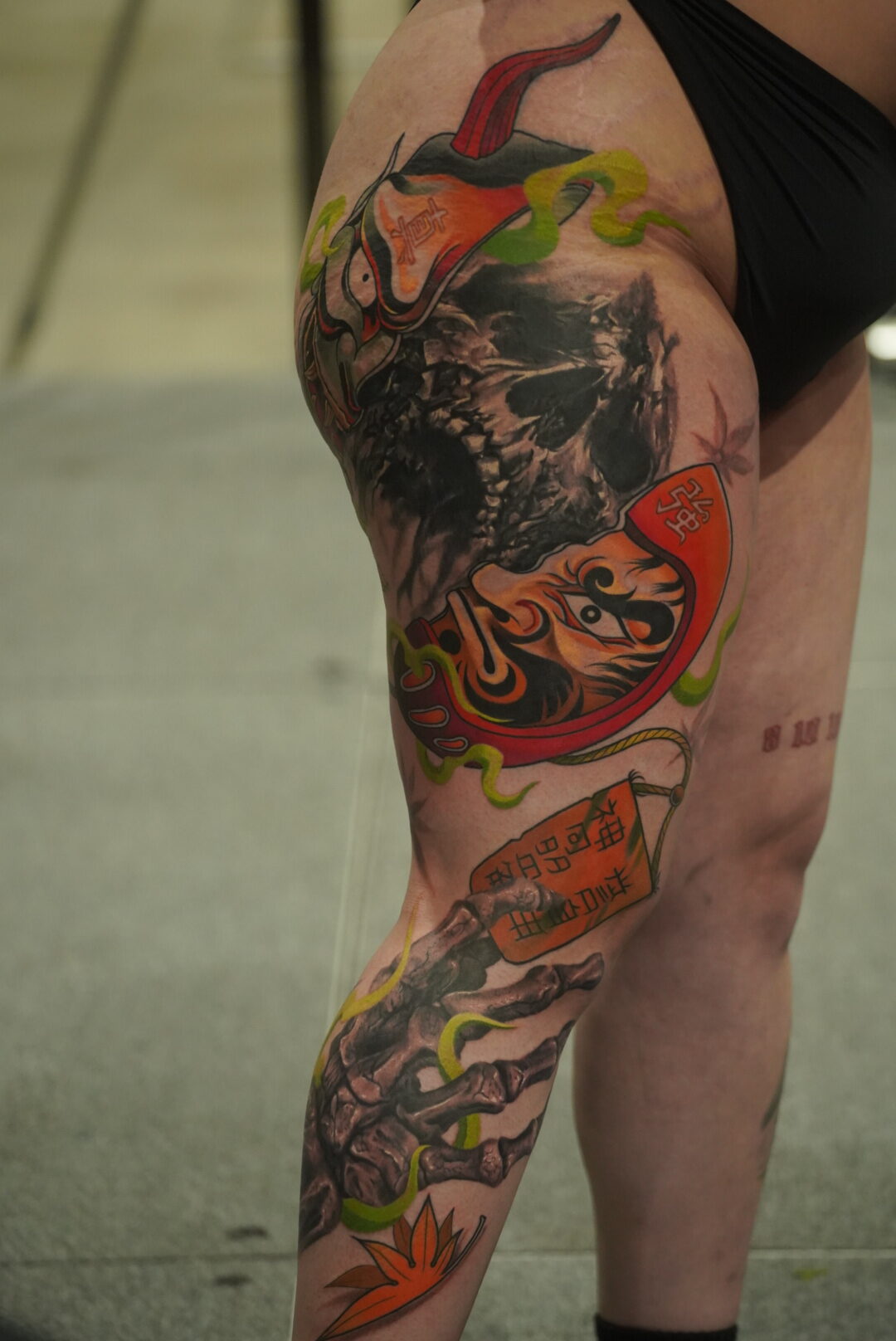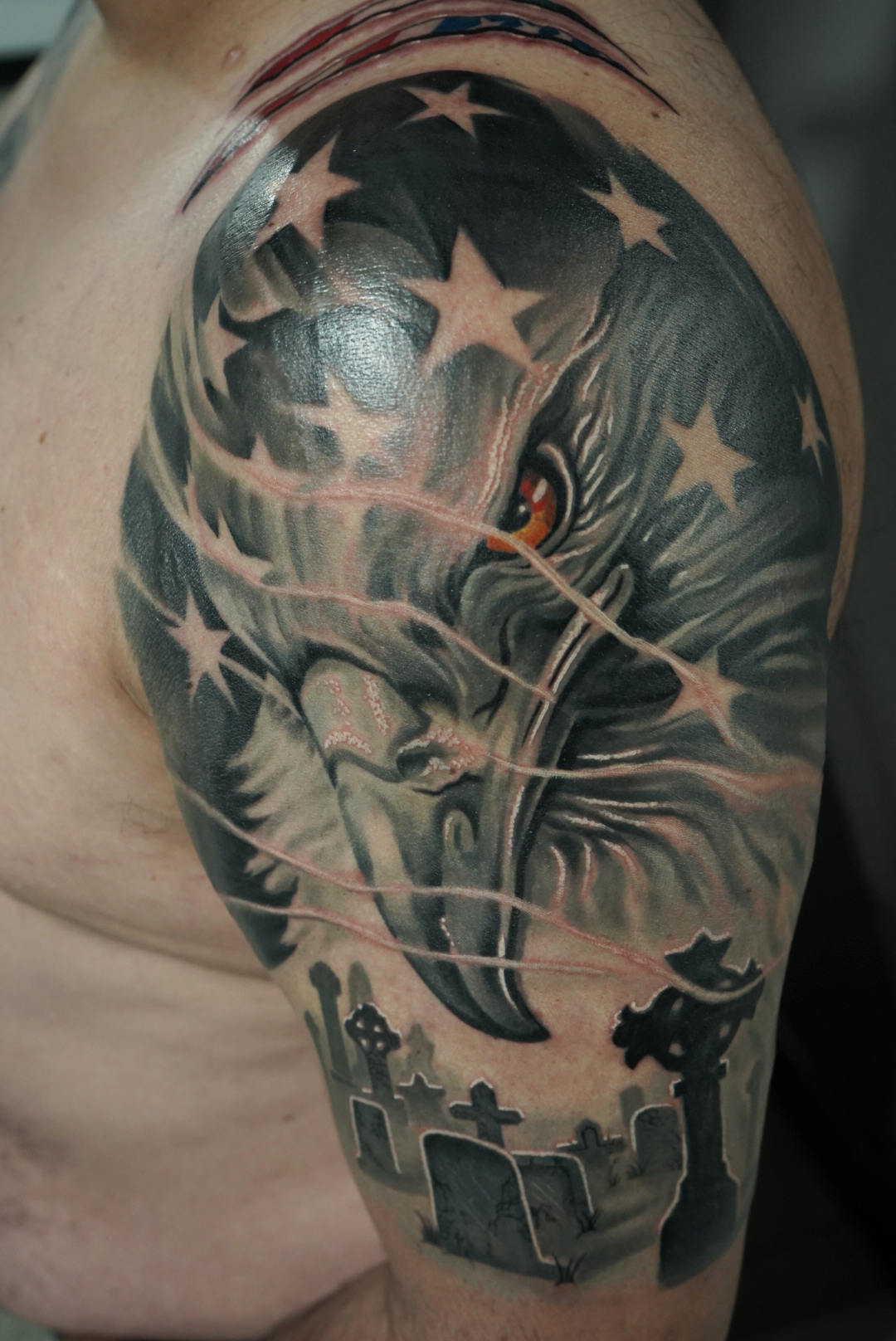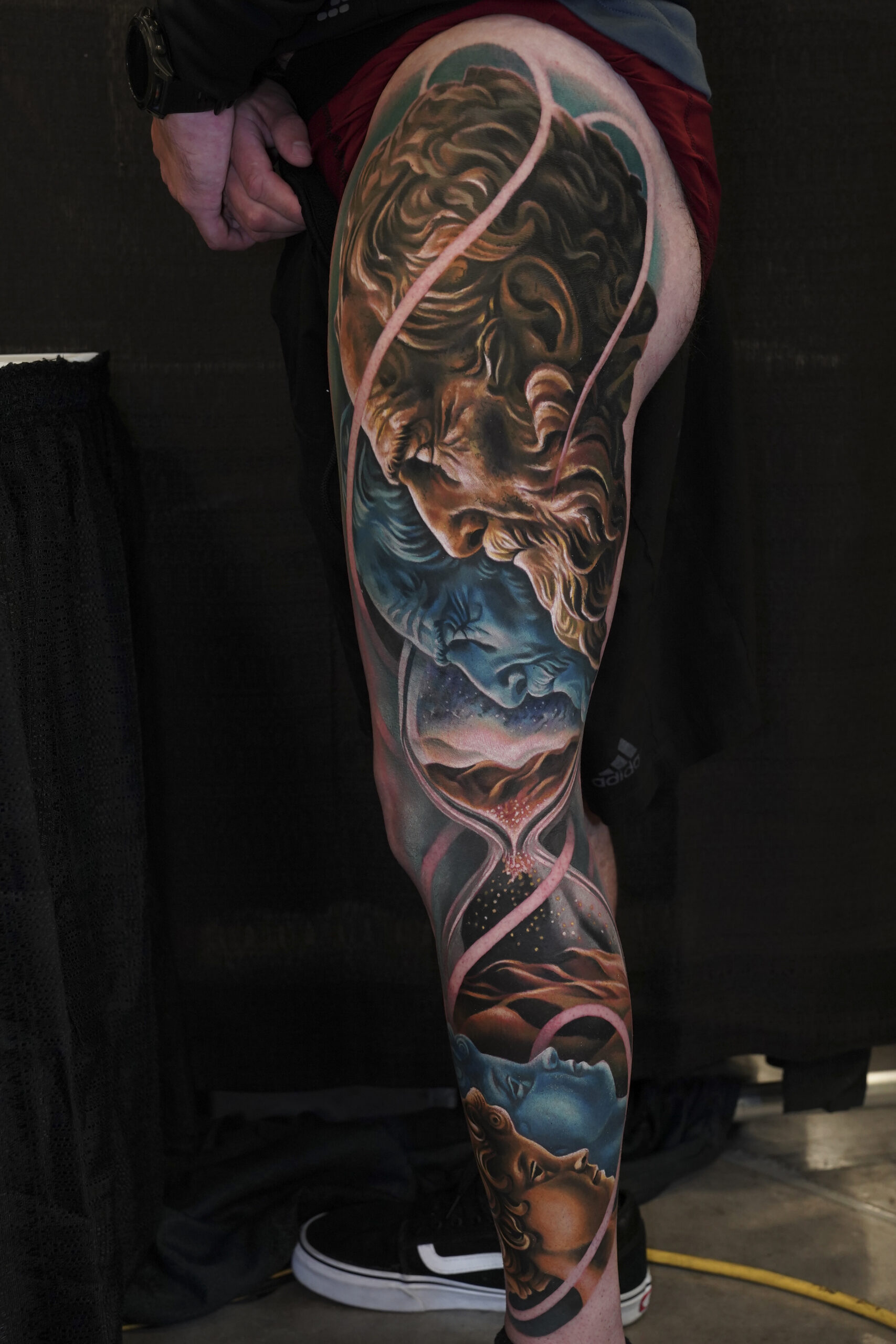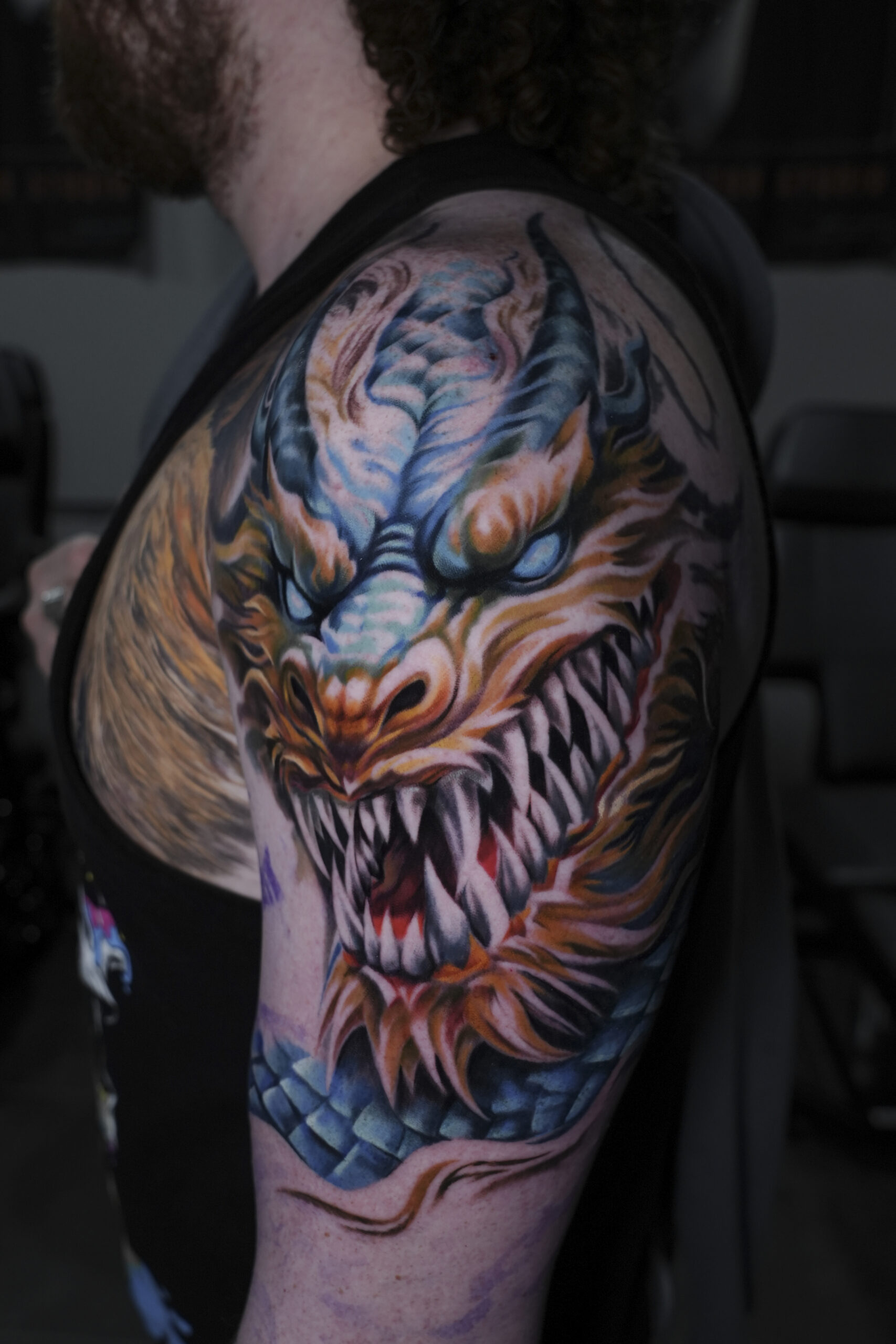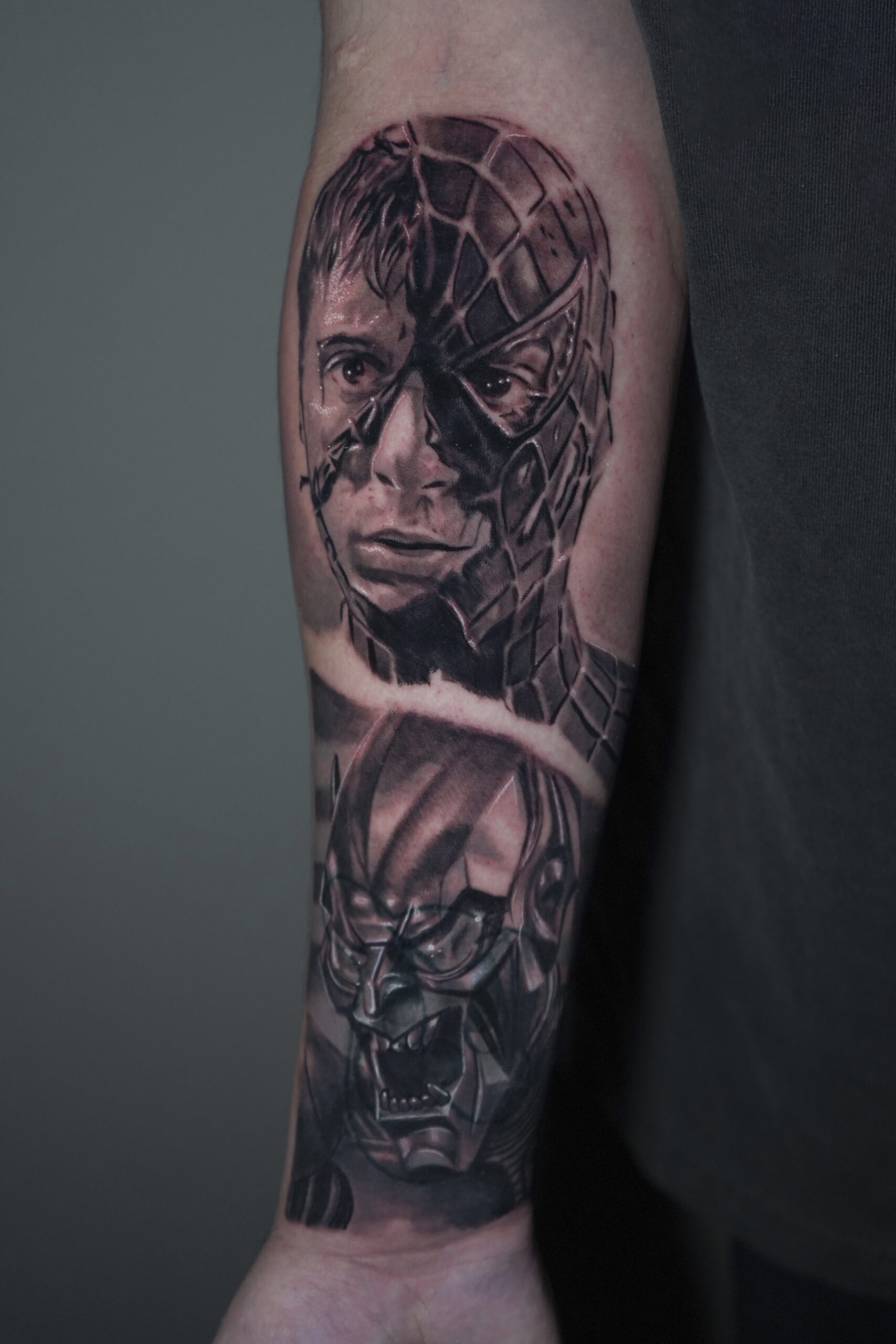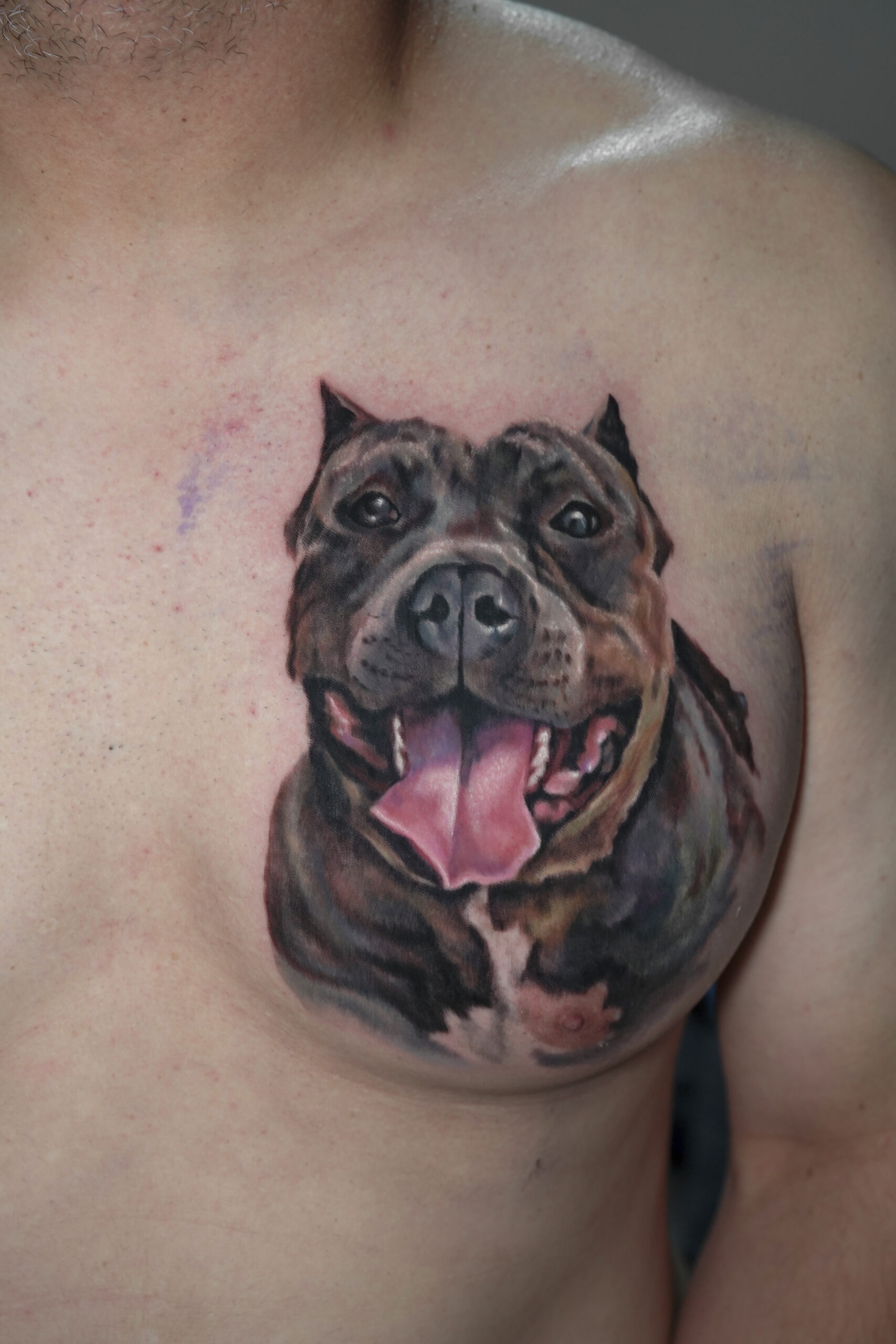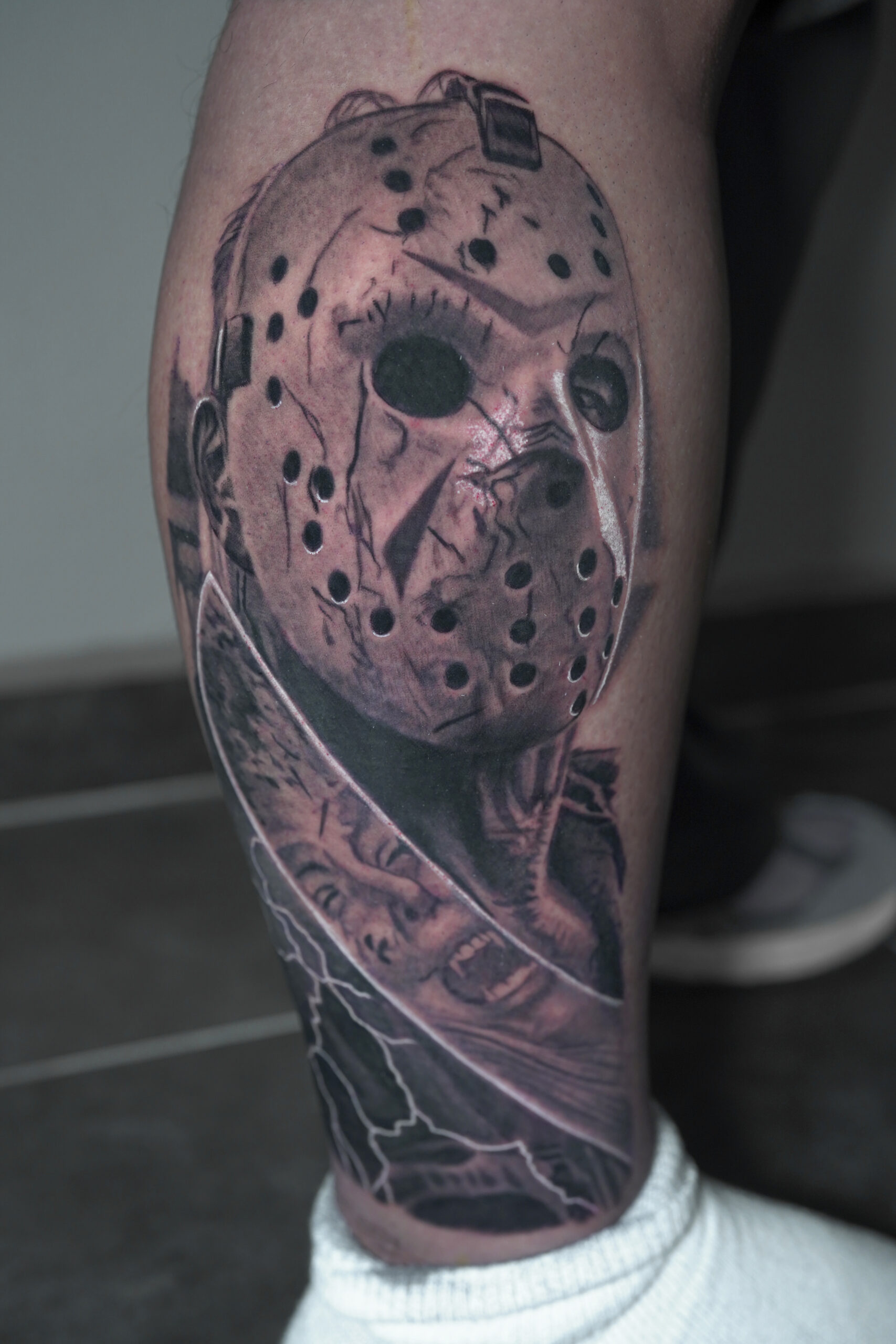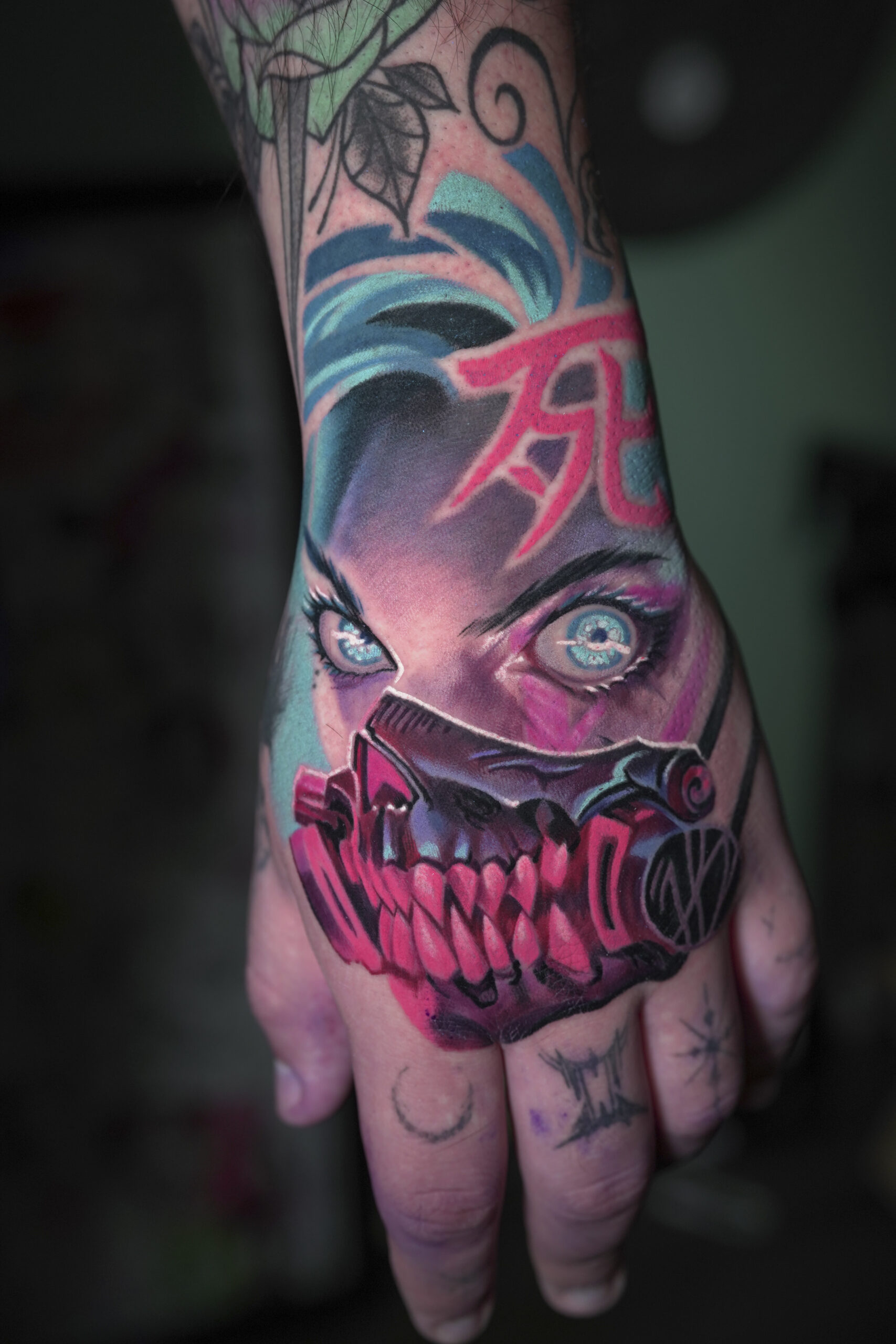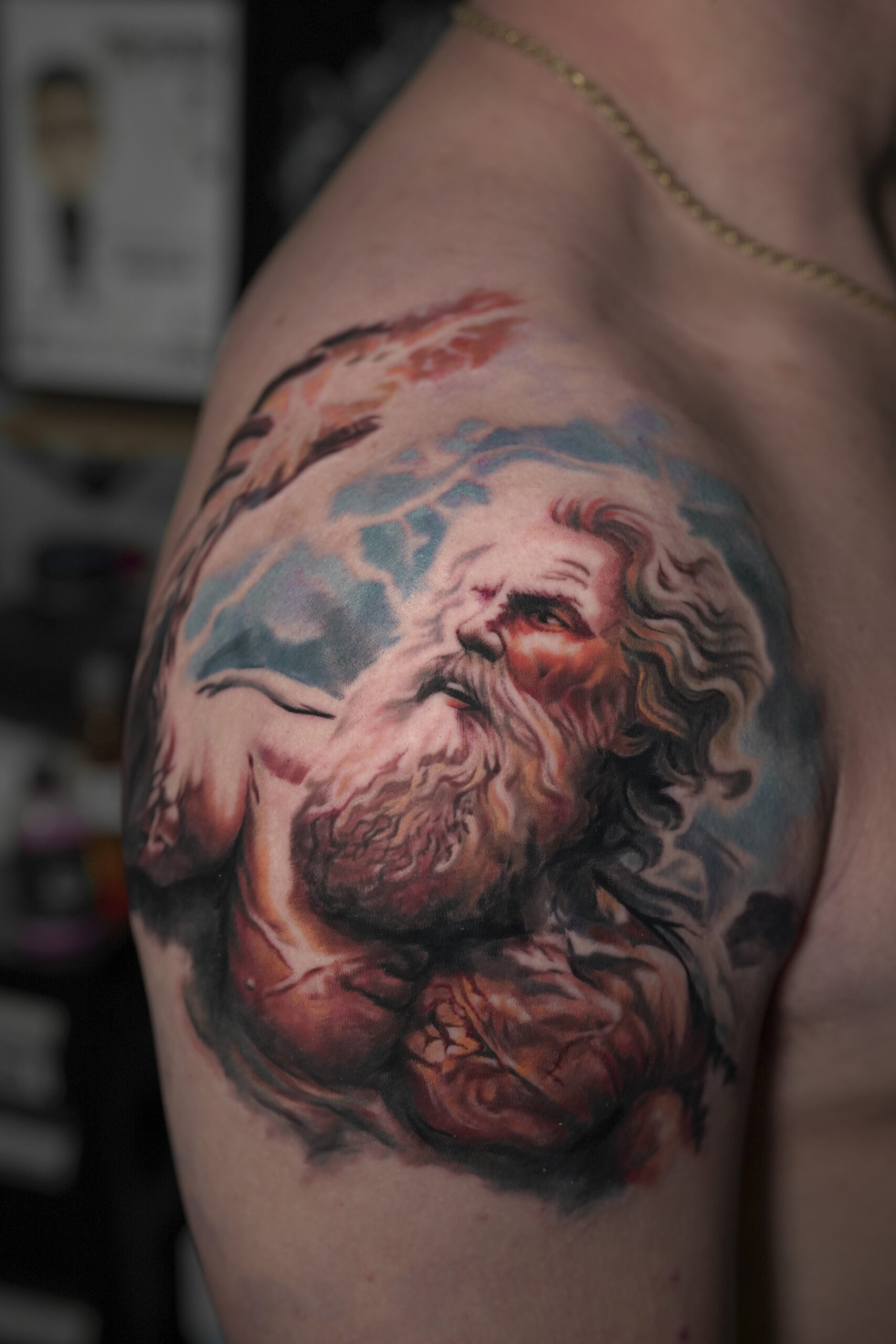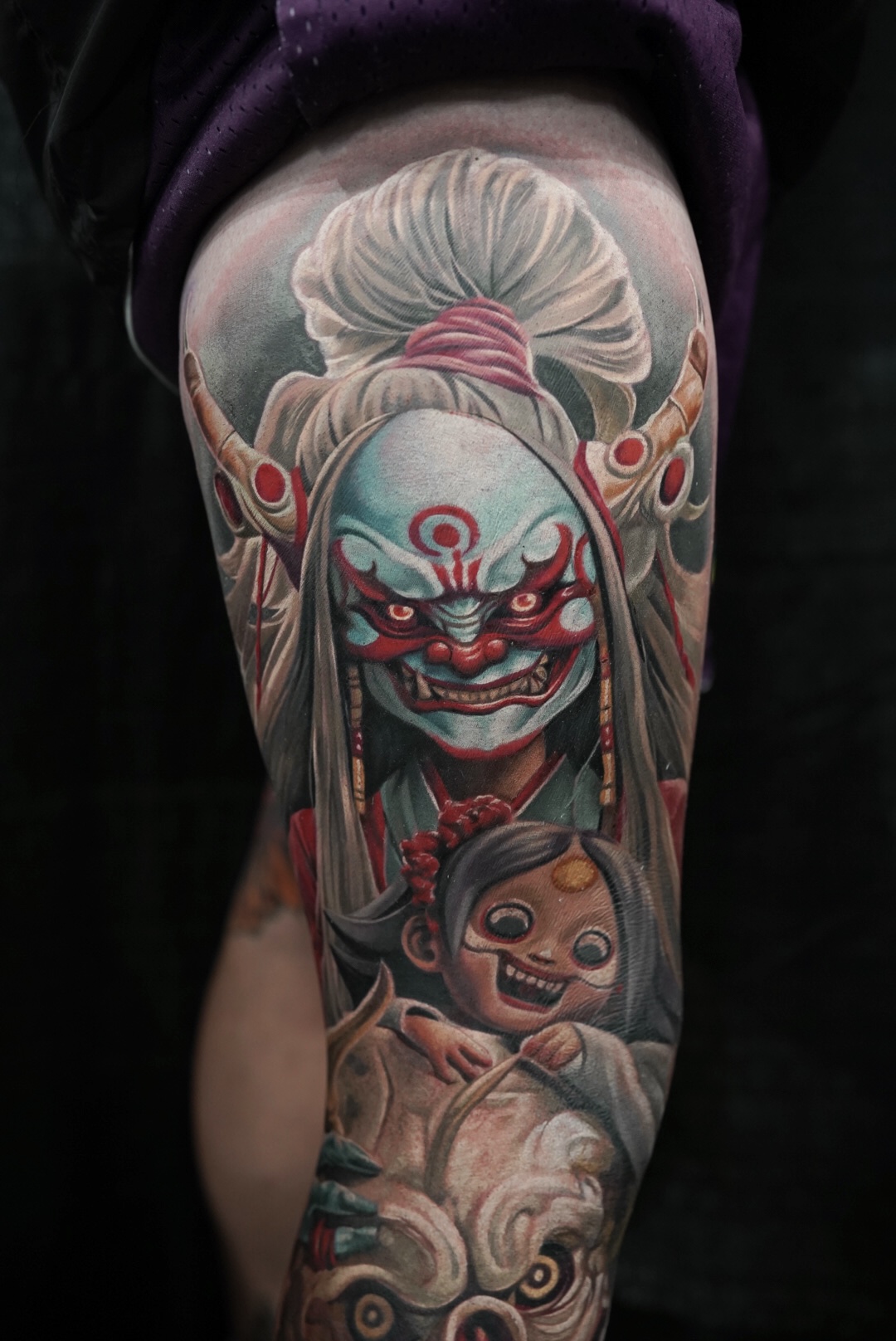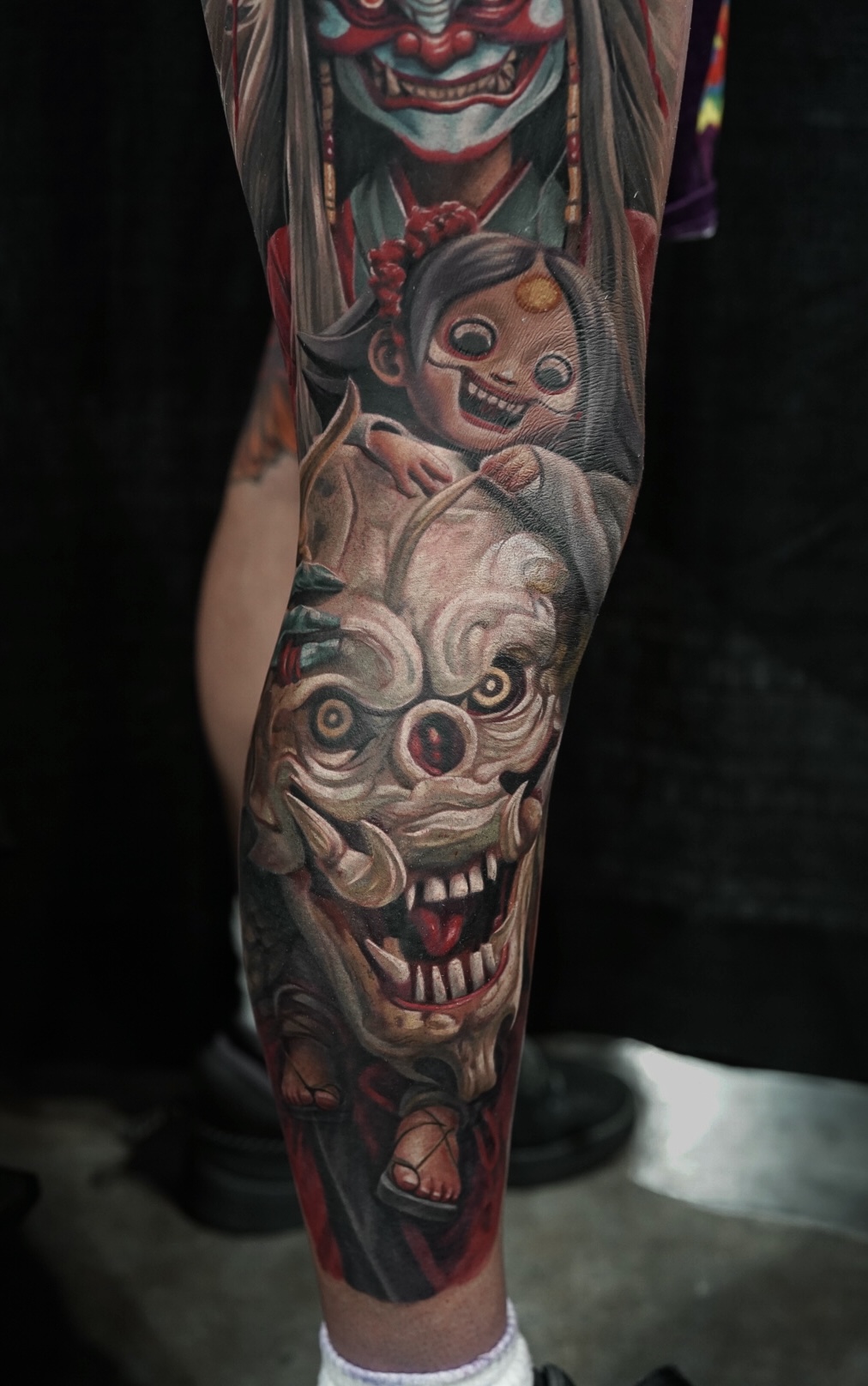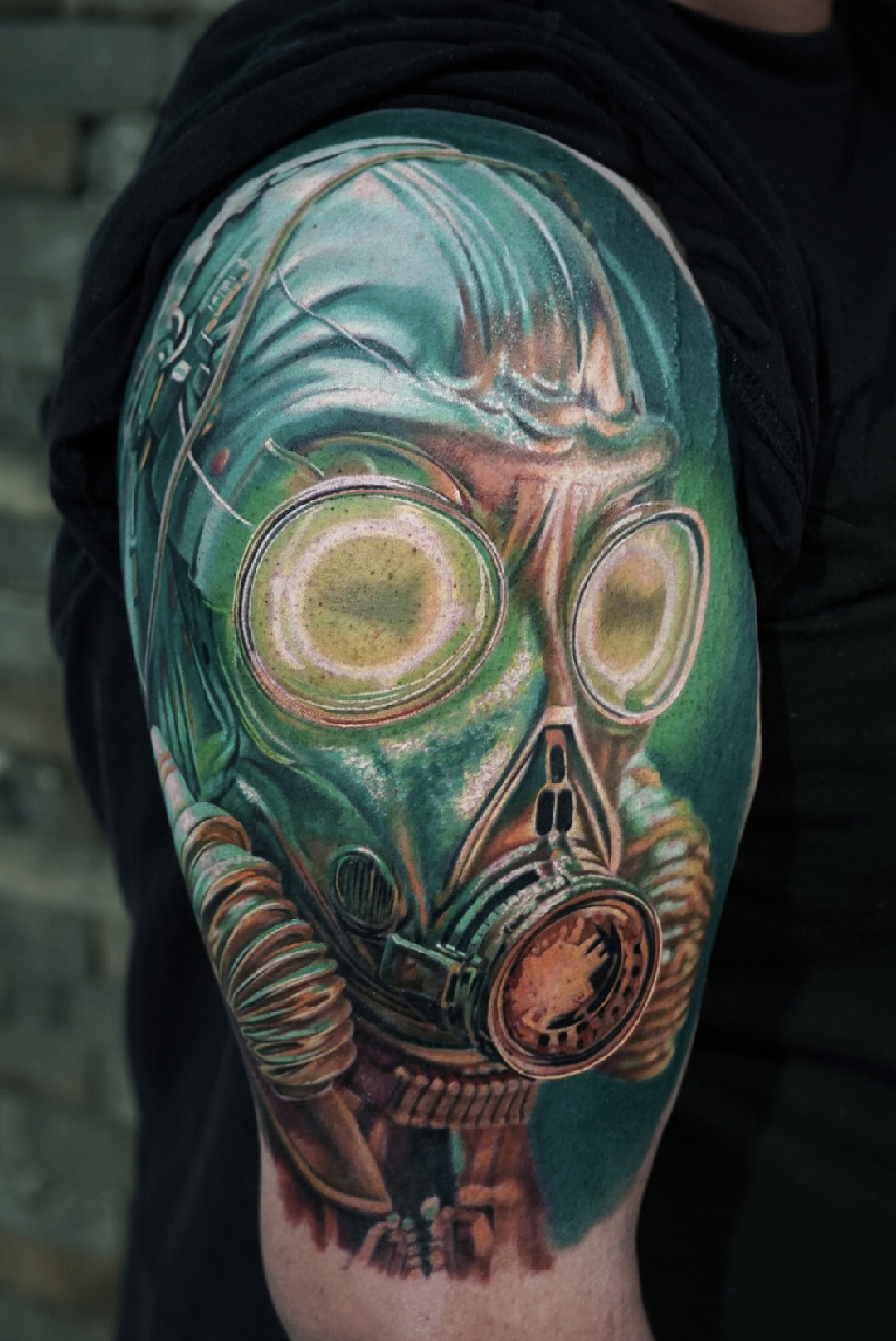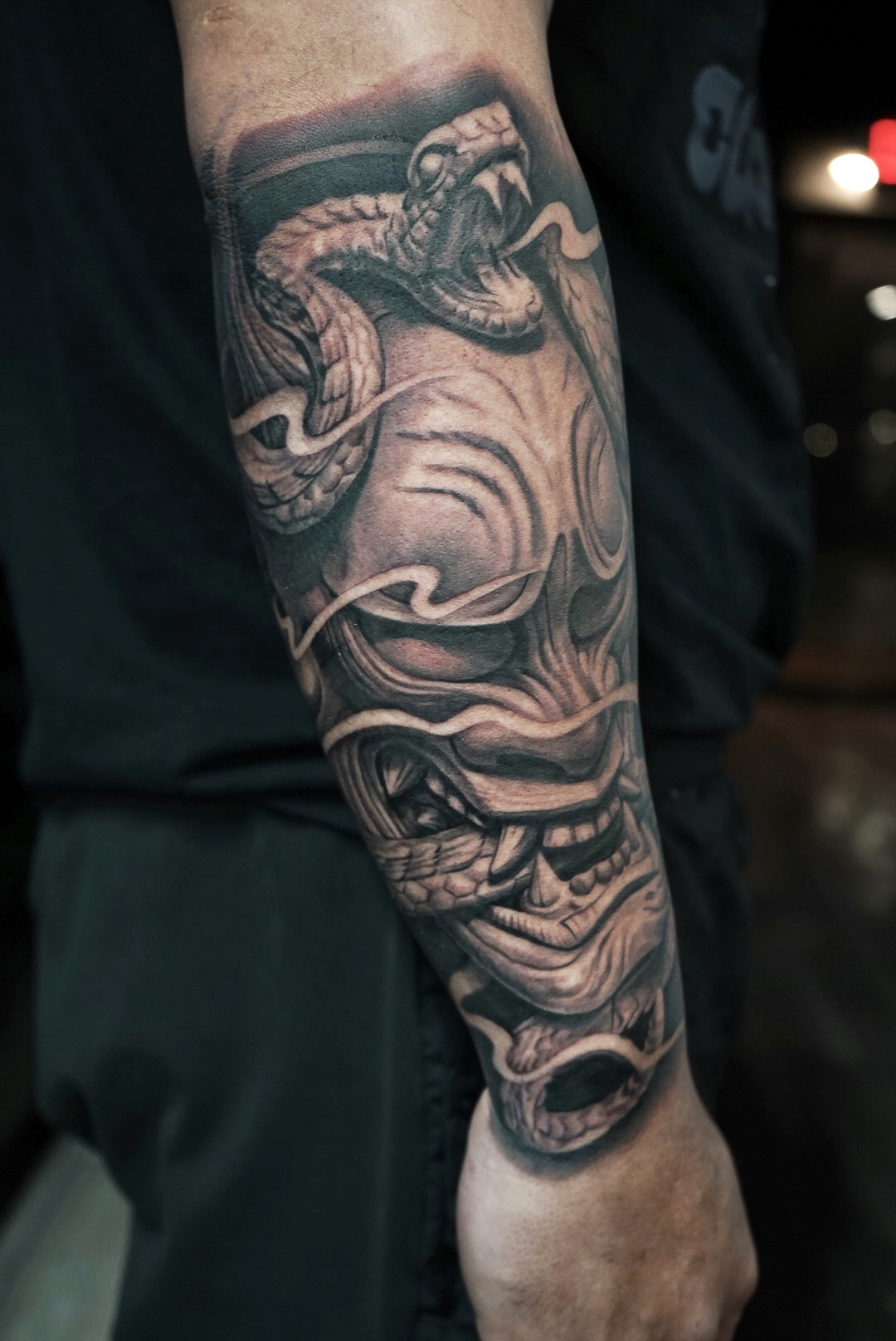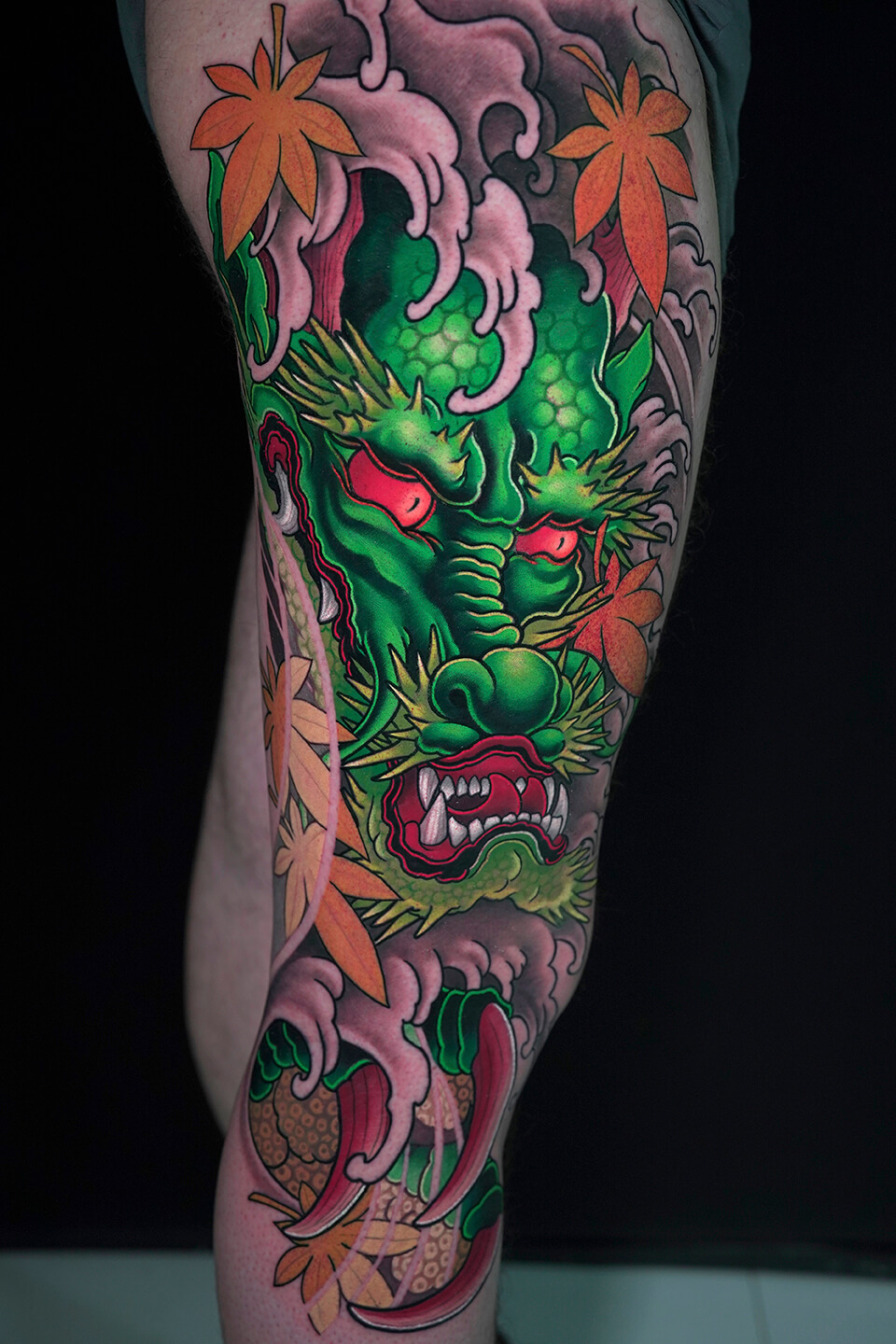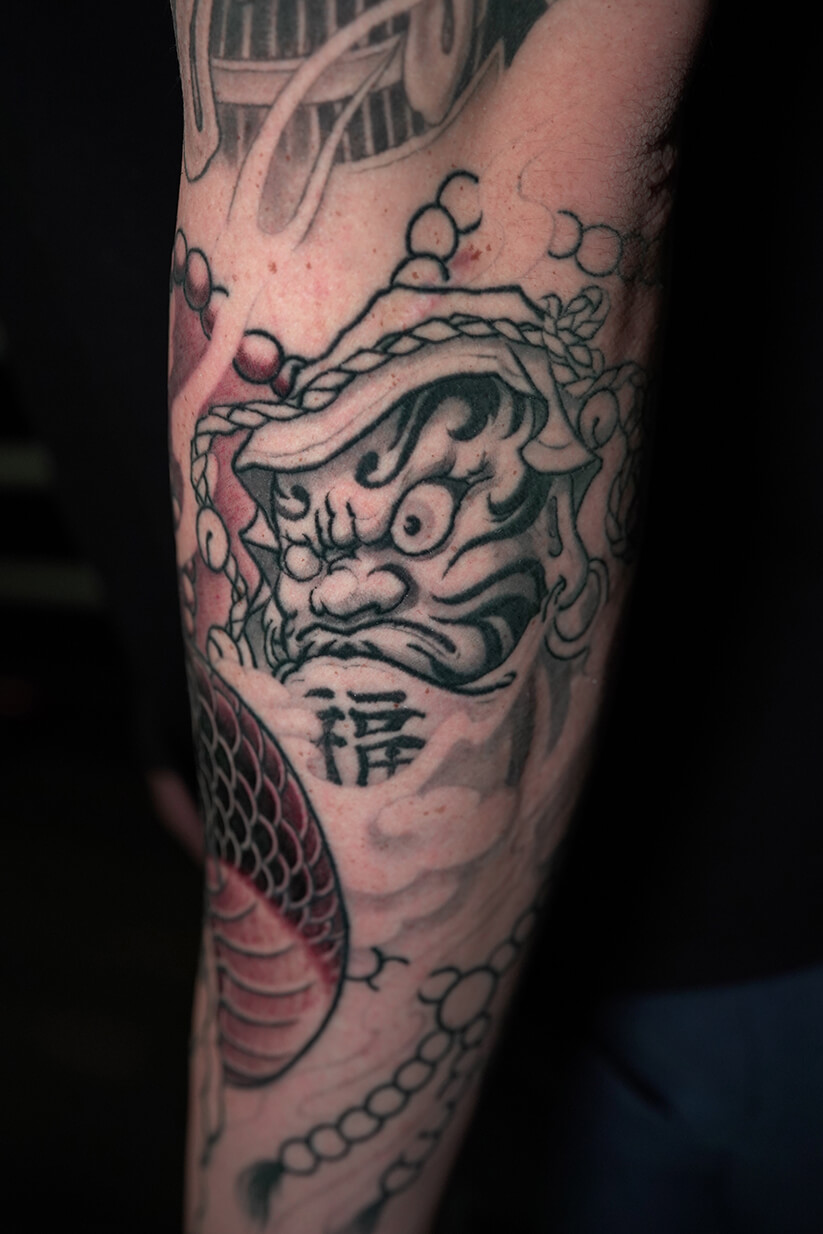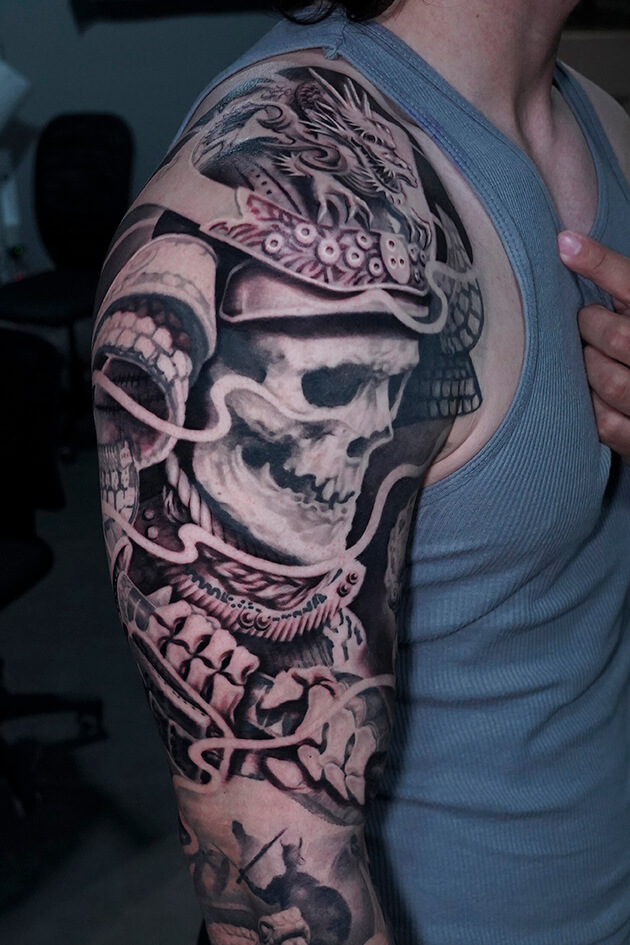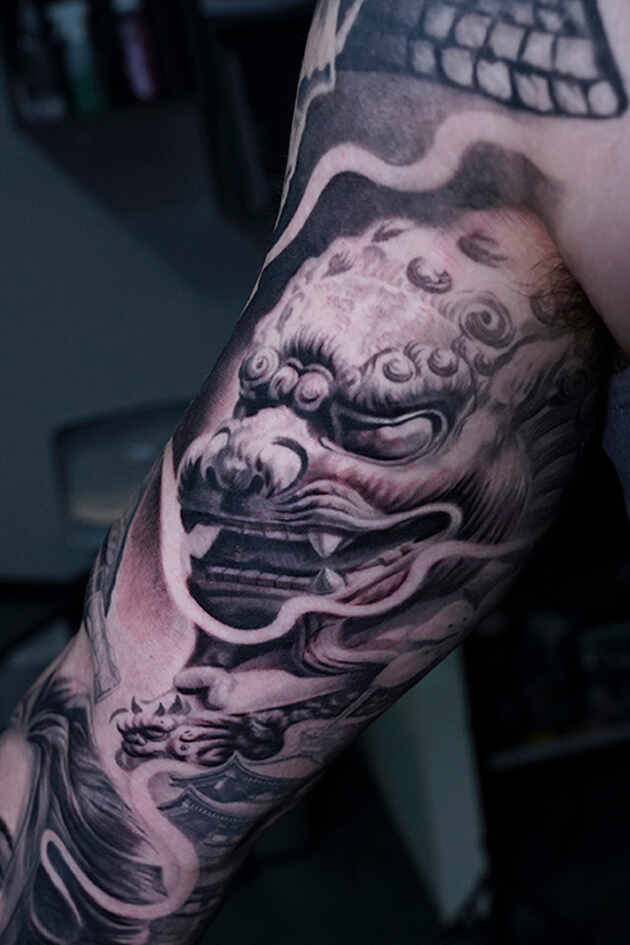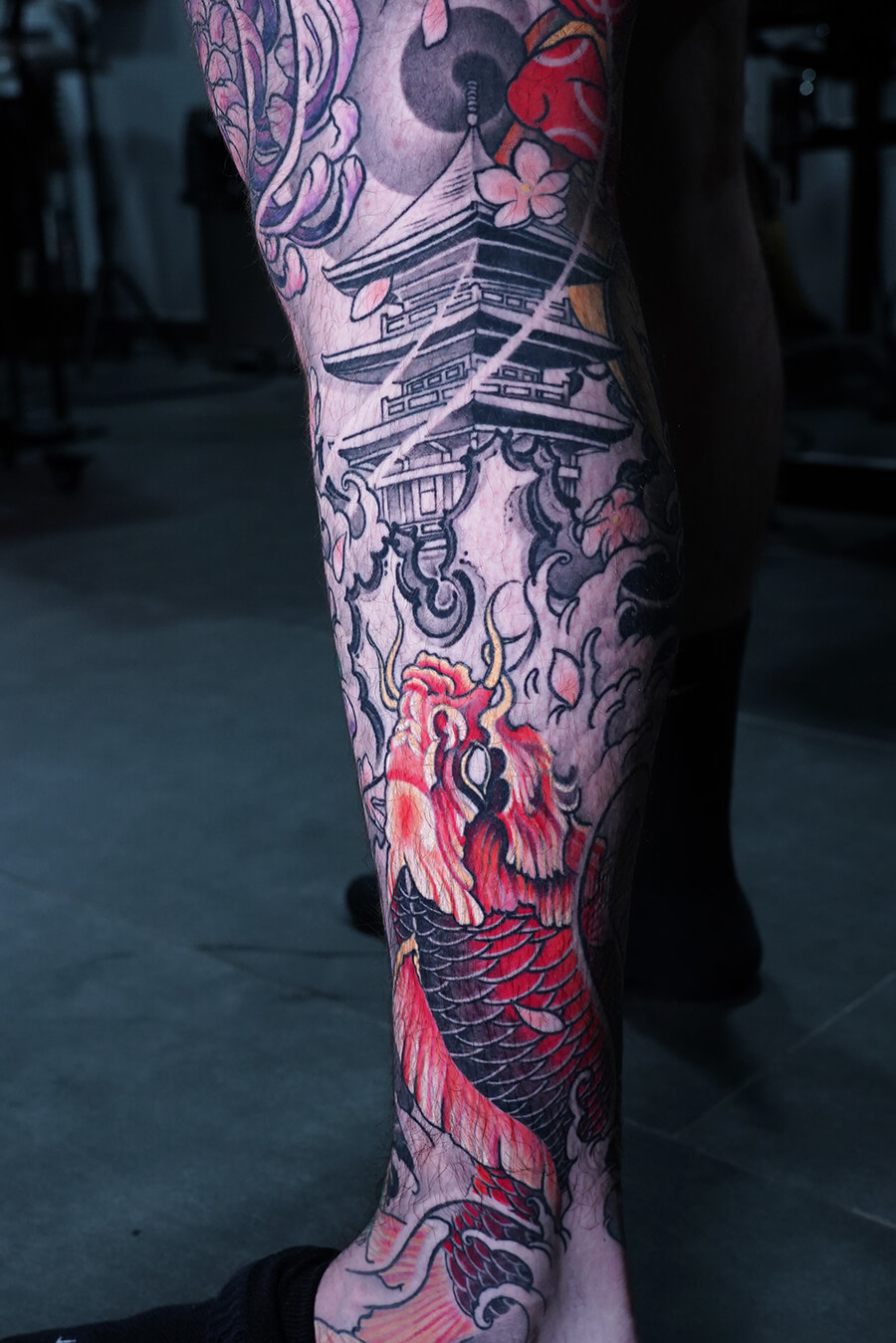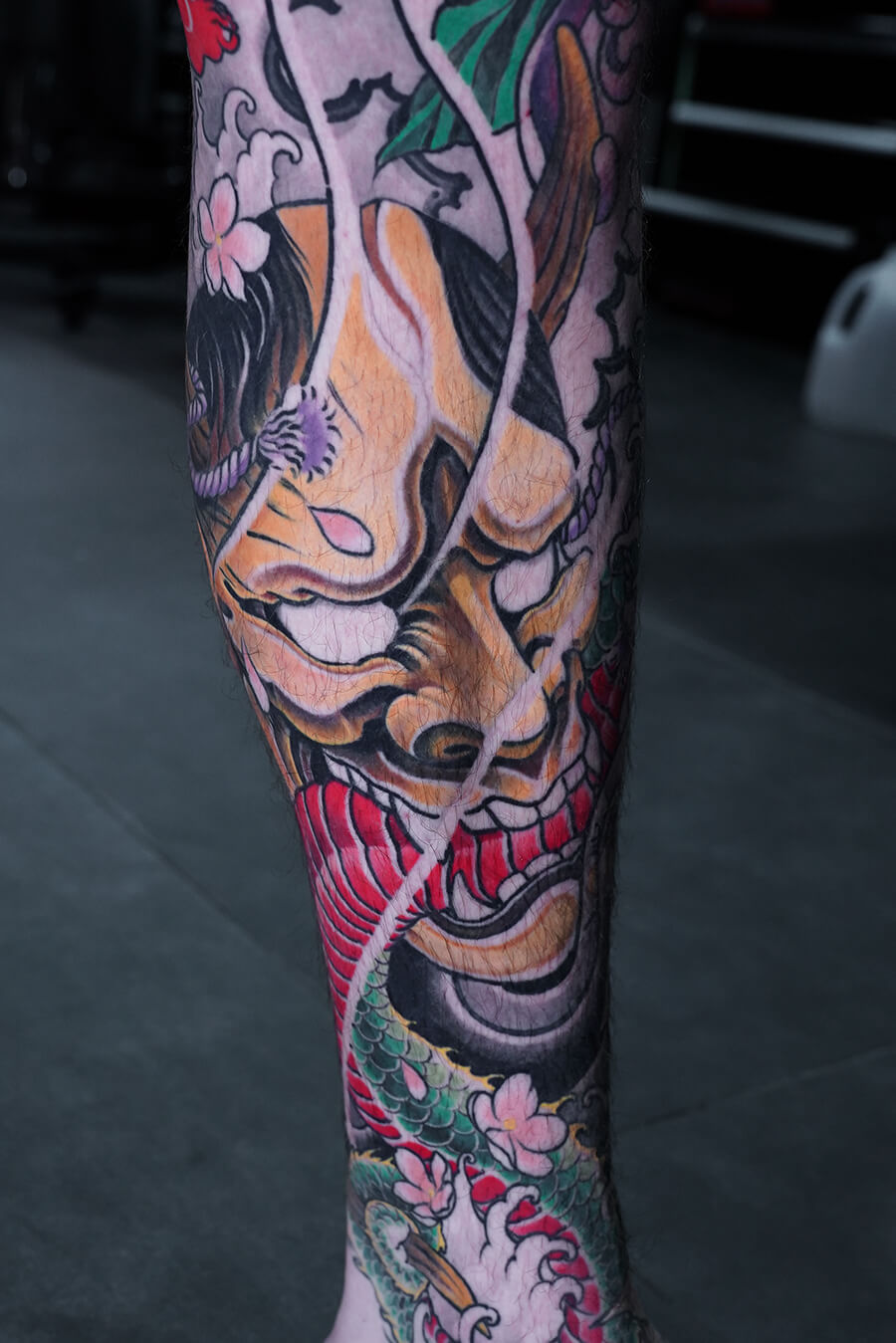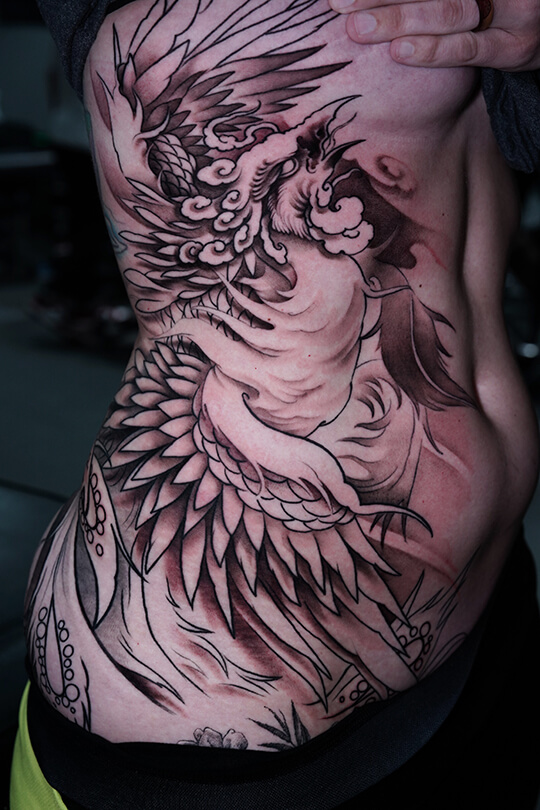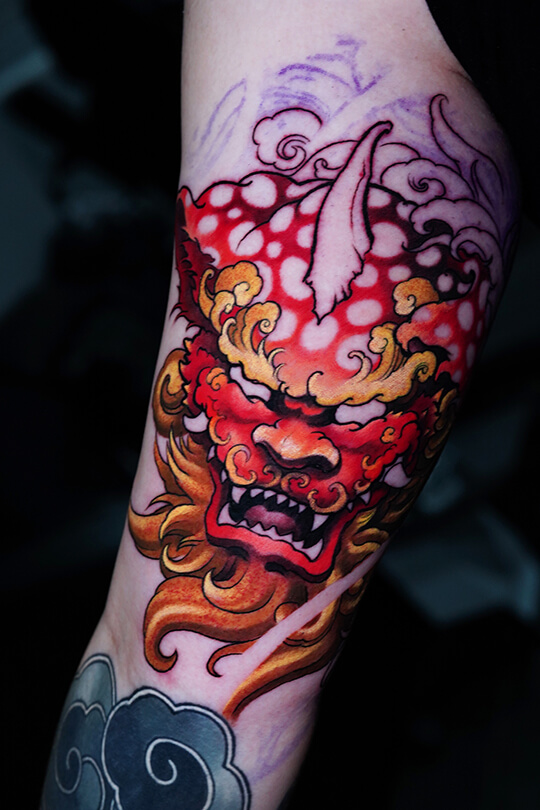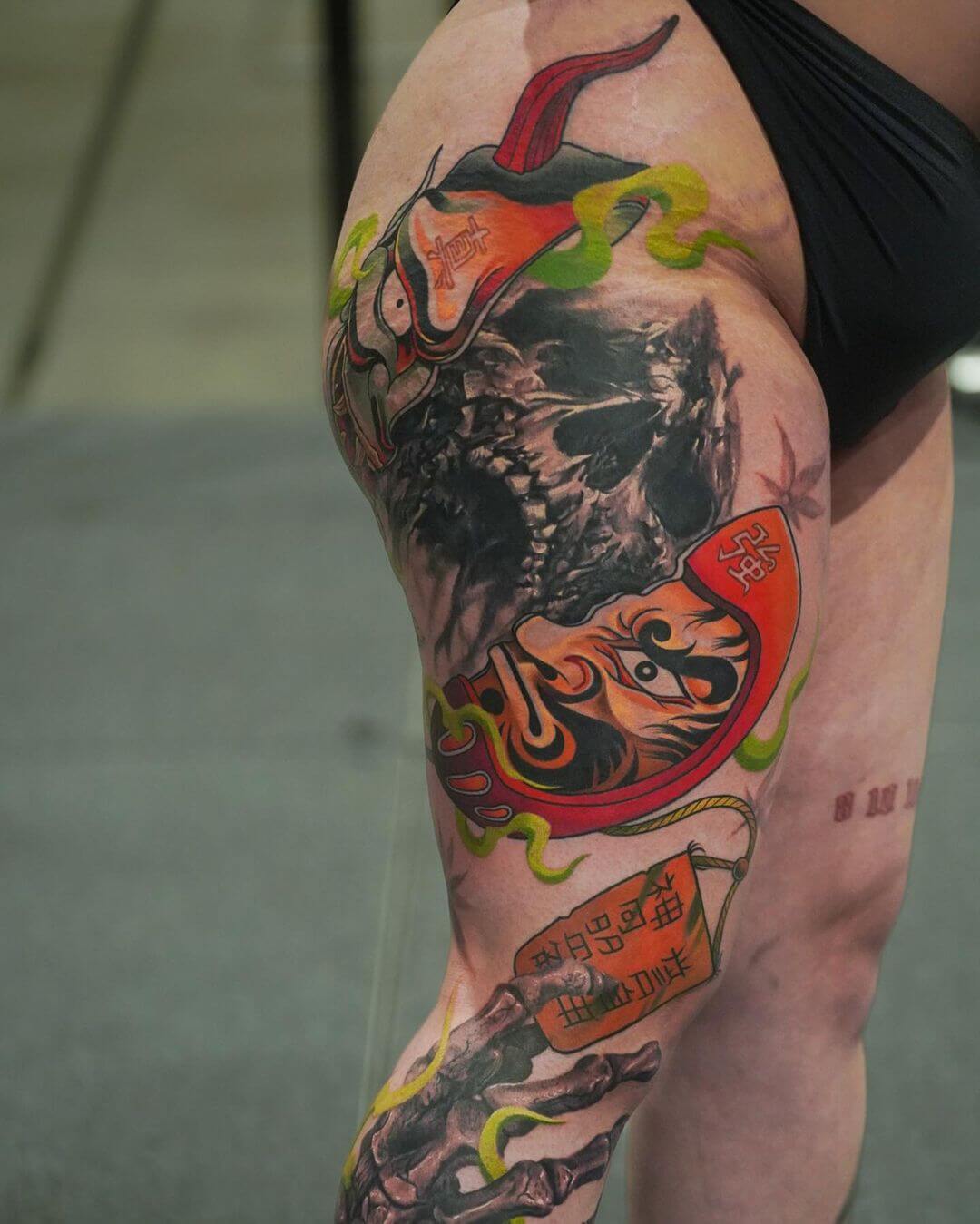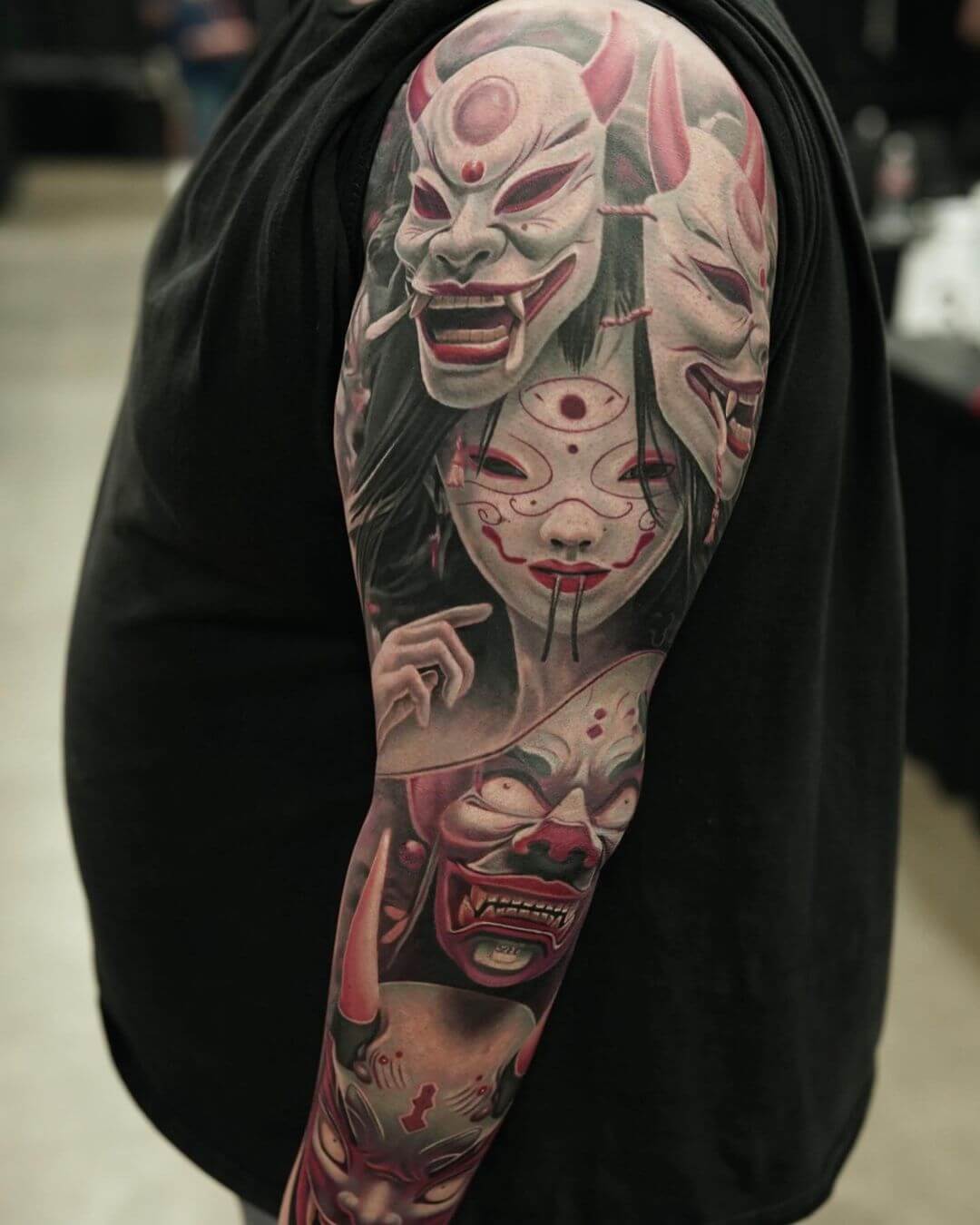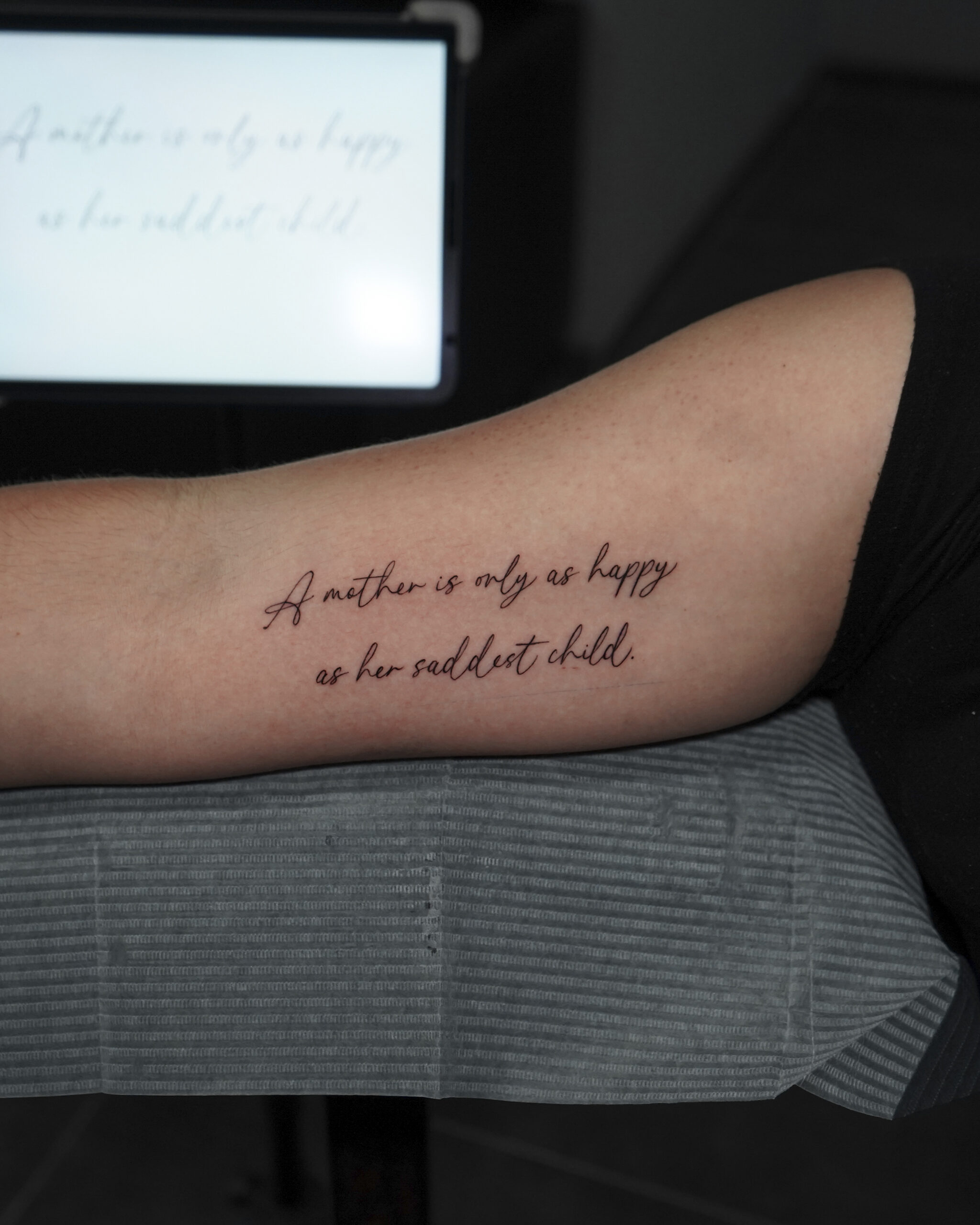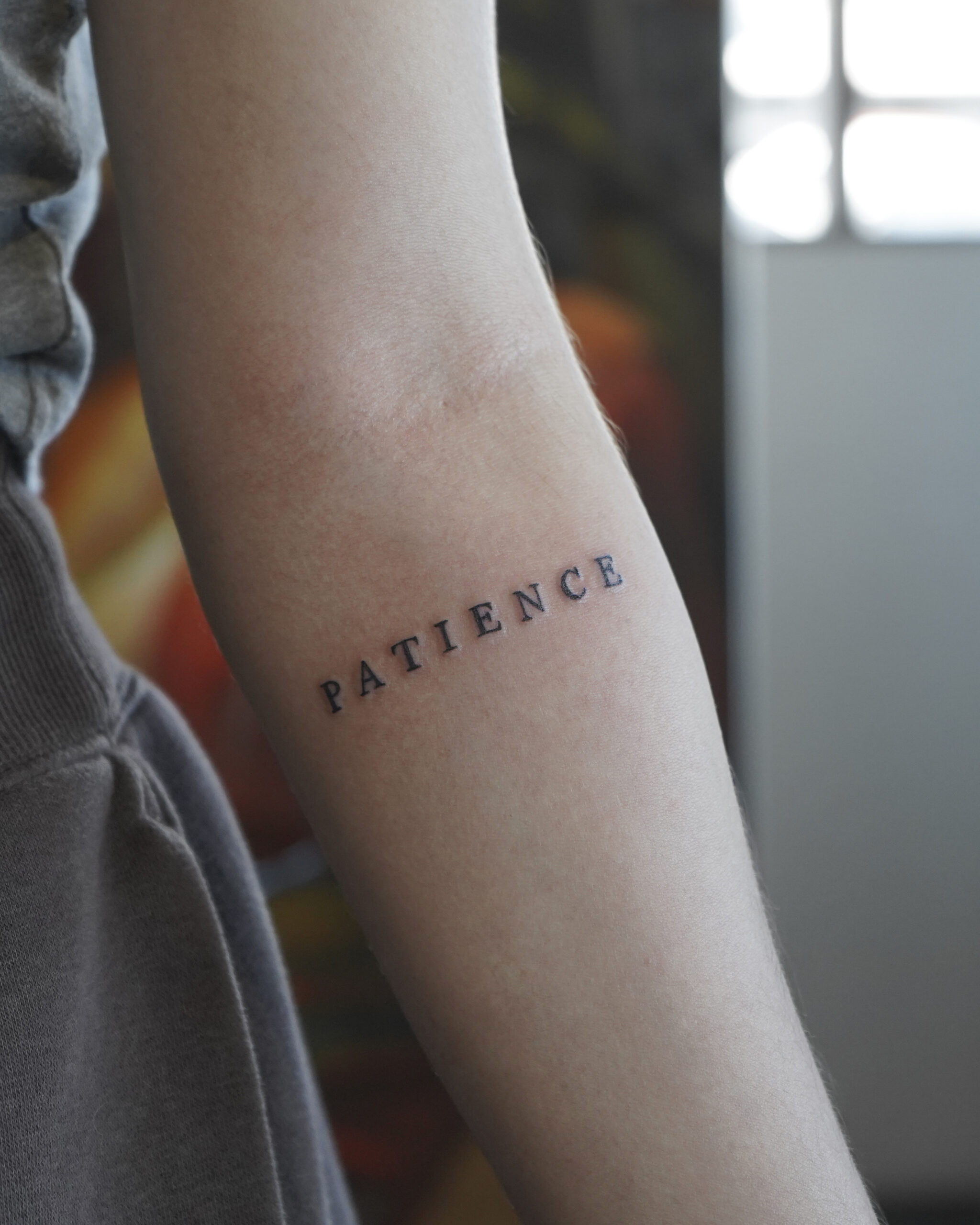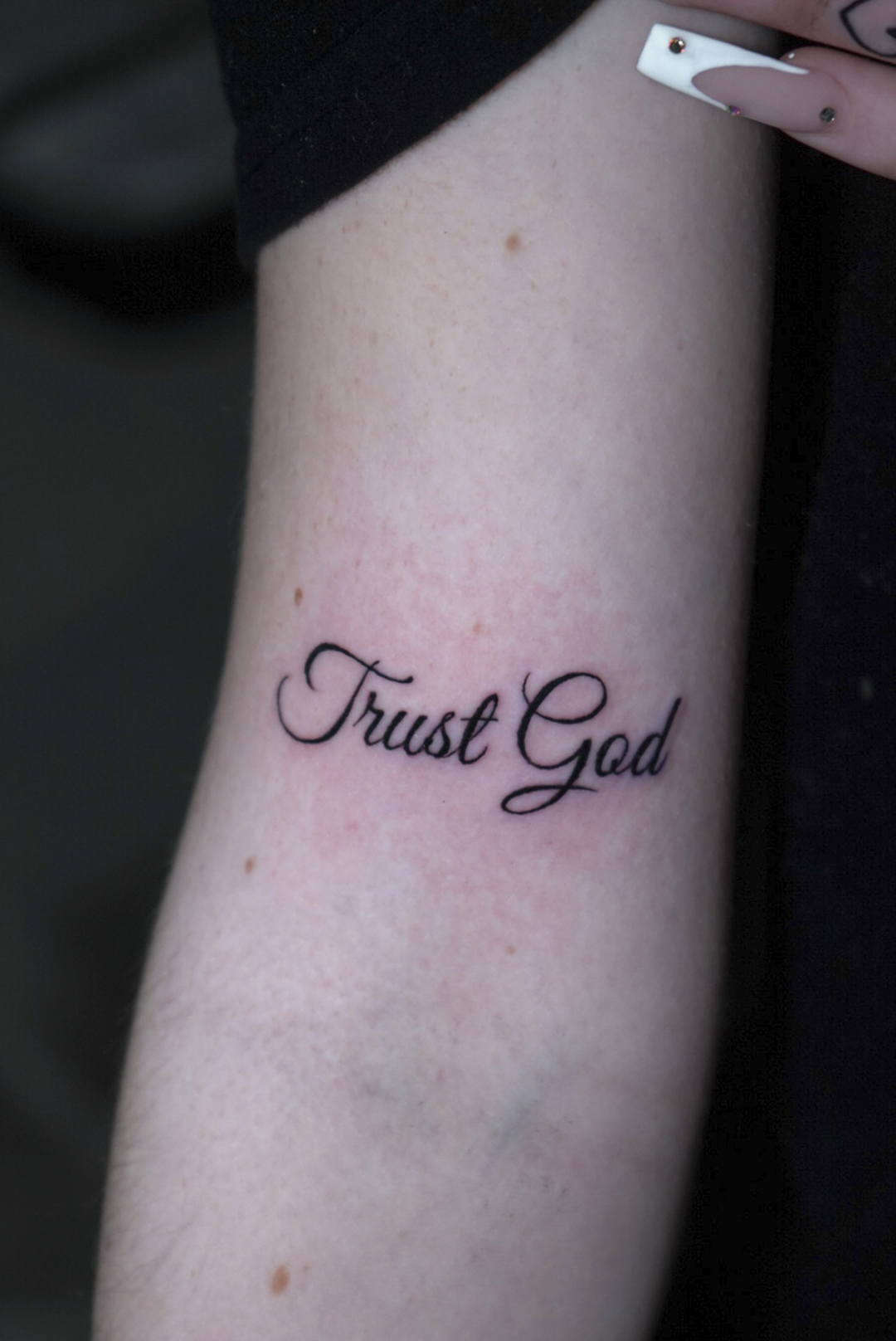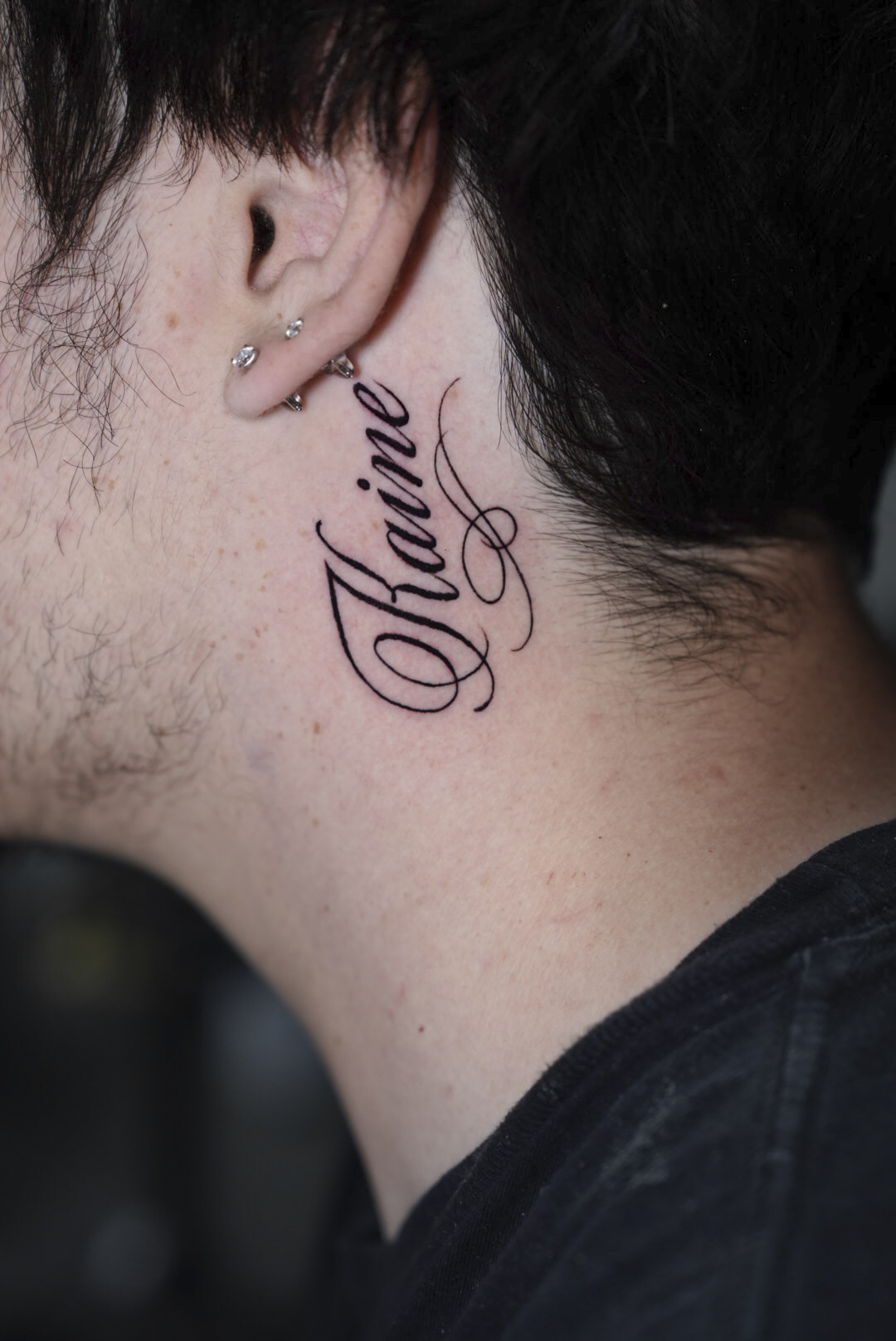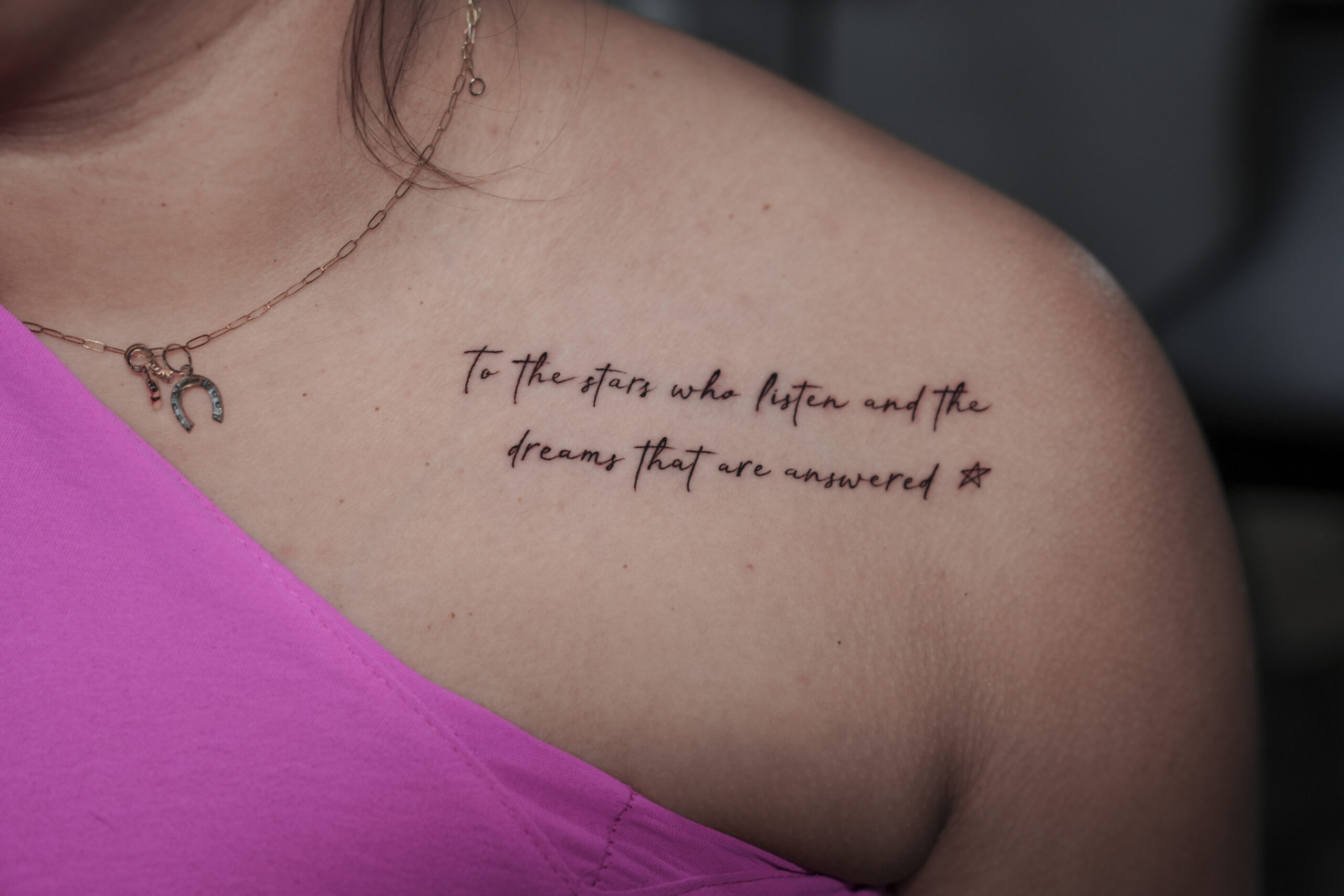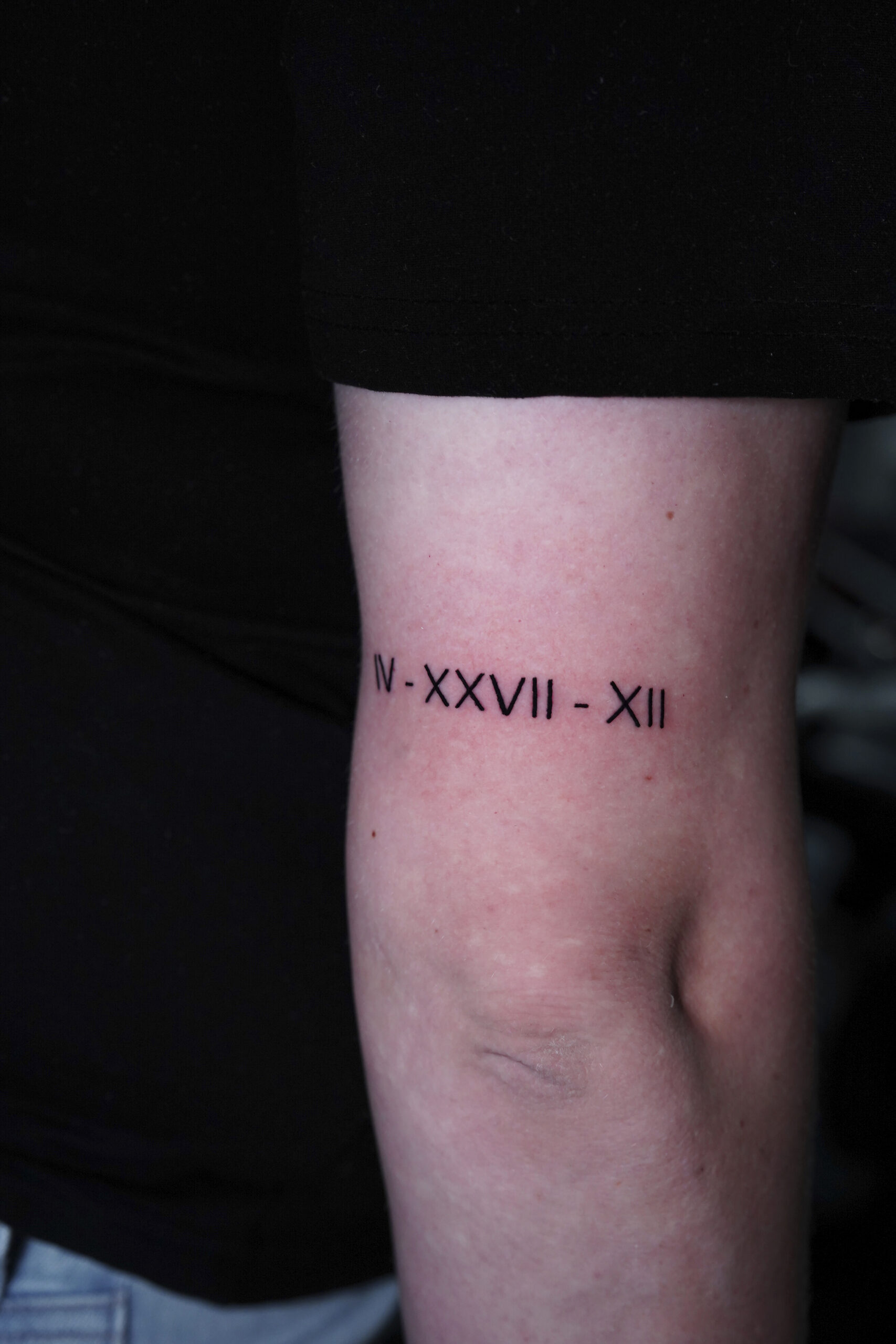Choosing the “best” place for a tattoo is a deeply personal decision, and there is no one-size-fits-all answer. Based on the practical experience of the artists at Hyper Inkers, this article will serve as a guide, providing a list of ideal tattoo placements based on four key factors: pain level, longevity, lifestyle visibility, and aesthetics.
After reading this guide, you will have a clear understanding of what to consider when selecting a tattoo spot, helping you confidently choose the perfect placement for your design.
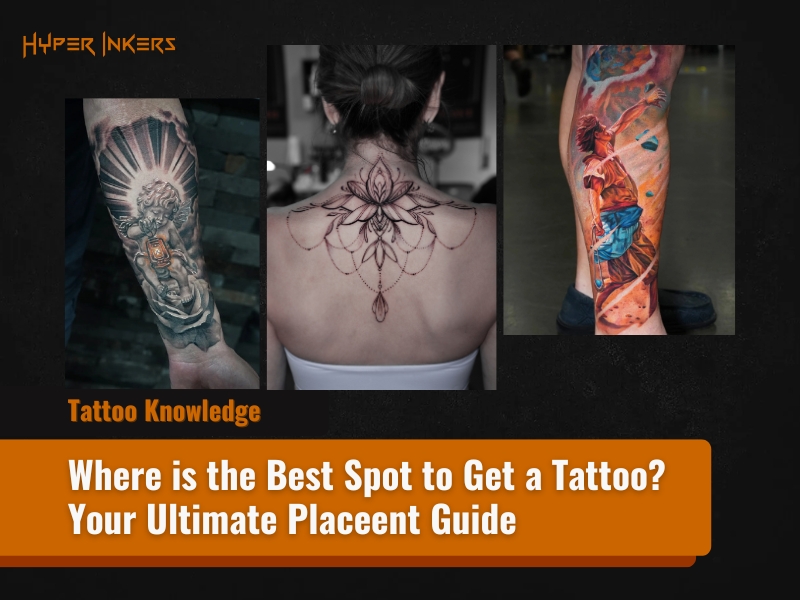
Least Painful Tattoo Spots
Pain tolerance varies significantly between individuals, but certain body locations consistently provide more comfortable tattooing experiences. These areas share common characteristics: substantial muscle cushioning, thicker skin layers, and fewer concentrated nerve endings. Understanding why these spots hurt less helps first-time clients make informed decisions and build confidence for their tattoo journey.
- Outer Arm (Biceps and Forearms): This is a classic arm tattoo placement because it offers good muscle cushioning and thicker skin, providing a natural buffer against the needle’s impact. It is an ideal choice for beginners seeking a comfortable and positive first experience.
- Outer Thigh: With substantial muscle and fat tissue, the outer thigh creates a very comfortable tattooing environment. It is an excellent choice for larger designs without the challenge of extended discomfort.
- Upper Back: The area between the shoulder blades has thick skin and significant muscle coverage. It is consistently rated as one of the most comfortable locations by thousands of clients.
- Calf: The strong muscle tissue and thick skin of the calf make this location particularly comfortable, especially for detailed work that may require longer sessions to complete.
Learn more: Our complete tattoo pain chart to see how every placement ranks and find the perfect spot for your comfort level.

Most Durable Tattoo Spots
A tattoo’s longevity depends heavily on its placement, with certain areas naturally resisting fading and maintaining crisp lines for decades. The most durable spots share key protective characteristics: they receive minimal direct sun exposure, experience reduced friction from clothing or movement, and have a stable skin structure that doesn’t stretch significantly over time.
- Shoulders and Upper Arms: These are relatively stable areas with minimal daily sun exposure and friction. They provide excellent long-term ink retention for both small and large designs.
- Upper Back: The center of the upper back experiences minimal movement and has limited UV exposure. This makes it an ideal location for preserving intricate artwork and color vibrancy over the years.
- Inner Forearm: Naturally less exposed to the sun than the outer forearm, this area is also resistant to stretching from muscle or fat changes, helping to maintain the design’s integrity.
- Upper Thighs: This spot offers a perfect balance of size, stability, and sun protection. It serves as an ideal canvas for large-scale pieces that require long-term preservation.
- Calves: As a large and stable canvas with minimal sun exposure, the calf is an excellent choice for preserving vertical designs and other detailed artwork.
- Behind the Ear: This location is well-protected from both sun and friction, making it a perfect spot for small, detailed work that requires precision preservation.

Most Concealable Tattoo Spots
For many, professional and social flexibility is key, making a hidden tattoo placement that allows for easy concealment a top priority. The most concealable locations offer complete privacy under normal clothing while providing the freedom to display your artwork in appropriate settings. This gives you maximum control over your tattoo’s visibility.
- Inner Arm (Bicep): This spot is completely hidden by standard sleeves in professional settings but is easily revealed for social occasions when desired.
- Upper Thigh: Concealed by pants, shorts, and most other clothing options, a tattoo here is typically visible only during swimming or other athletic activities.
- Back of the Neck: Often hidden by hair or a collared shirt, this location allows for easy display with an updo hairstyle or a lower neckline for special occasions.
- Behind the Ear: This is a popular location for minimalist tattoos, as it can be completely concealed by natural hair styling or kept private with strategic positioning.
- Ribcage: As a large area easily concealed by all types of clothing, the ribcage offers complete privacy while providing a substantial canvas for artistic expression.

Most Attractive Tattoo Spots
Certain body locations naturally enhance a tattoo’s aesthetics by complementing the body’s natural curves, muscle definition, and proportional balance. These attractive placements create visual impact through strategic positioning that works harmoniously with your movement and structure. This transforms a tattoo from simple skin decoration into an integrated artistic statement that enhances your overall appearance.
- Upper Arm and Forearm: These versatile locations offer excellent visibility and natural display opportunities. They can accommodate a wide variety of design styles, from traditional American to photorealistic portraits.
- Shoulder: This is a perfect canvas for both large statement pieces and small, meaningful designs. The natural curvature of the muscle enhances the design’s flow and visual impact.
- Back: The back is a large canvas ideal for intricate masterpieces. The upper back, in particular, provides substantial space for detailed artwork.
- Hips: This is a classic placement that offers an elegant balance of visibility and privacy, naturally complementing the body’s curves and movement.
- Collarbone: A trending location for minimalist and delicate designs, the collarbone creates an elegant aesthetic appeal that works with the natural bone structure. This makes it a contender for the best placement for fine line tattoo styles, which rely on precision and subtlety.
- Wrist: The wrist is an ideal position for small, meaningful pieces that offer constant personal visibility and are easy to display.
- Ribs: The long, vertical space of the ribs is perfect for script, flowing florals, or other elongated designs that follow the body’s natural lines.
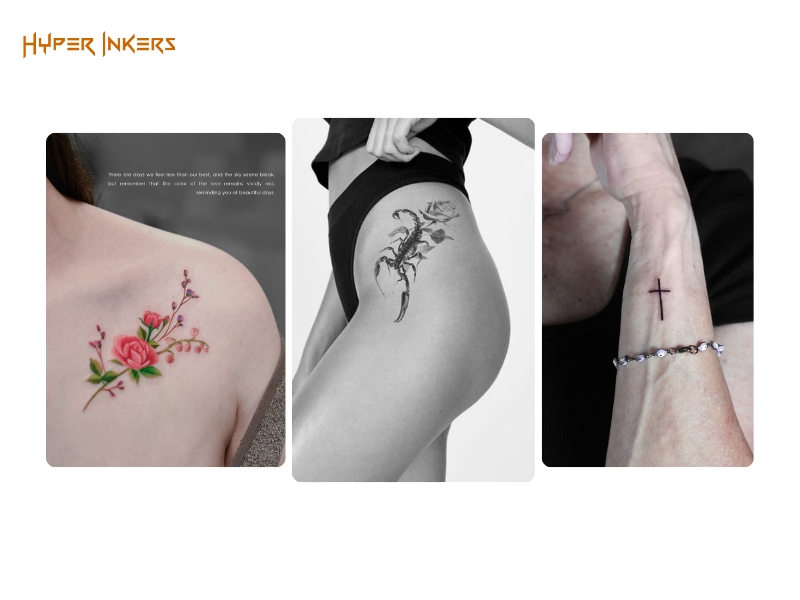
Spots to Avoid for Your First Tattoo
Certain body locations present significant challenges for first-time tattoo clients, often requiring a level of pain tolerance, healing experience, and aftercare expertise that develops over time. Choosing these high-risk areas can lead to incomplete sessions, poor healing, or a negative first experience that might discourage you from future tattooing.
- Ribs: This is one of the most painful areas due to thin skin stretched directly over the bone structure. It requires significant pain tolerance and experience in managing extended discomfort.
- Feet and Toes: These spots are prone to rapid fading from constant friction and movement. The healing process is often complicated and has high touch-up requirements.
- Hands and Fingers: The dense nerve endings in the hands and fingers create intense pain. Constant daily use leads to quick fading and a challenging healing process.
- Ankles and Shins: Thin skin directly over prominent bones creates challenging pain levels. This area can also be difficult to position comfortably during the healing period, which is why exploring a full guide to leg tattoo placement is recommended to find a more suitable spot.
- Elbows and Knees: Constant joint movement disrupts the healing process and can distort the final design’s integrity. These spots require advanced aftercare knowledge.
- Inner Thighs and Groin: These sensitive skin areas come with potential healing complications, hygiene challenges, and intimate positioning concerns during the session.
- Inner Ear: This is an extremely painful location where the thin skin may not retain ink effectively. It also carries a high risk of healing complications.
Now that you understand the key factors behind a great tattoo—from pain to longevity and concealment—explore our complete tattoo placement guide to see all these options on the body and find your perfect spot.
Why Should You Choose Hyper Inkers for Your First Tattoo?
Hyper Inkers is the ideal choice for first-time clients because we combine world-class artistry with a commitment to your comfort and confidence. Our team understands the questions and concerns you have, and we are dedicated to providing a supportive and professional environment from the initial consultation to the final aftercare instructions.
Here is what makes Hyper Inkers stand out:
- Award-Winning Expertise: Our team of professional artists has more than 15 years of experience and has earned over 40 trophies and 20+ world convention awards for their craft.
- Unmatched Safety Standards: We use high-quality sterilization techniques and adhere to strict sanitation practices to guarantee a clean and safe environment for every client.
- Personalized Guidance: We specialize in helping you choose the perfect design and placement, ensuring your unique ideas are brought to life exactly as you envision them.
- Creative Excellence: Each artist offers a unique style, blending traditional and modern techniques to create a one-of-a-kind masterpiece with every tattoo.

Ultimately, the best spot for your tattoo is not found on a chart, but at the intersection of your personal priorities. By considering your own tolerance for pain, your desire for a long-lasting design, your lifestyle visibility needs, and your unique aesthetic goals, you now have the tools to make an informed and confident decision. The final step is to bring your ideas to a professional who can provide expert guidance. We invite you to consult with our award-winning team at one of the best tattoo places in San Antonio. At Hyper Inkers, we are passionate about helping you find that perfect placement, ensuring your vision becomes a work of art you will cherish for a lifetime.


